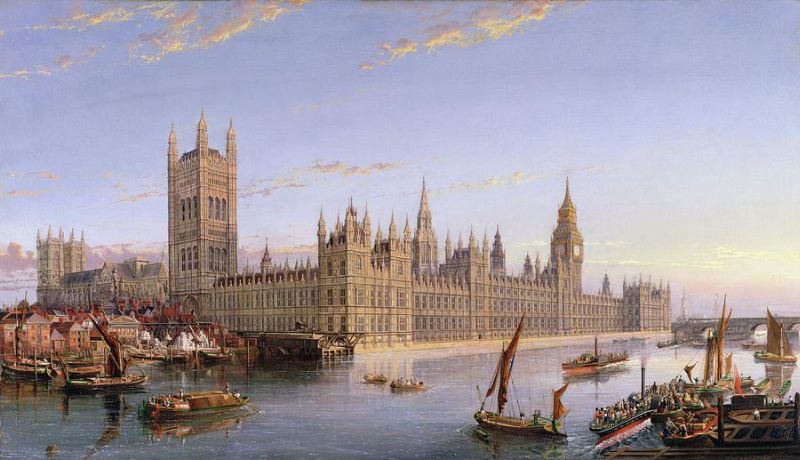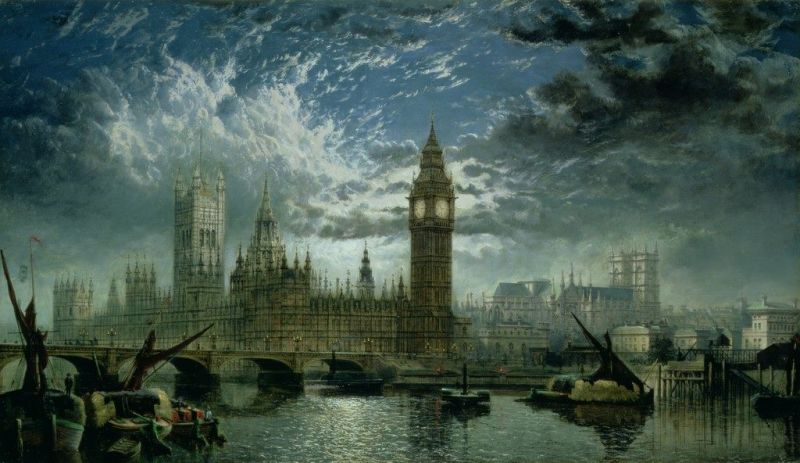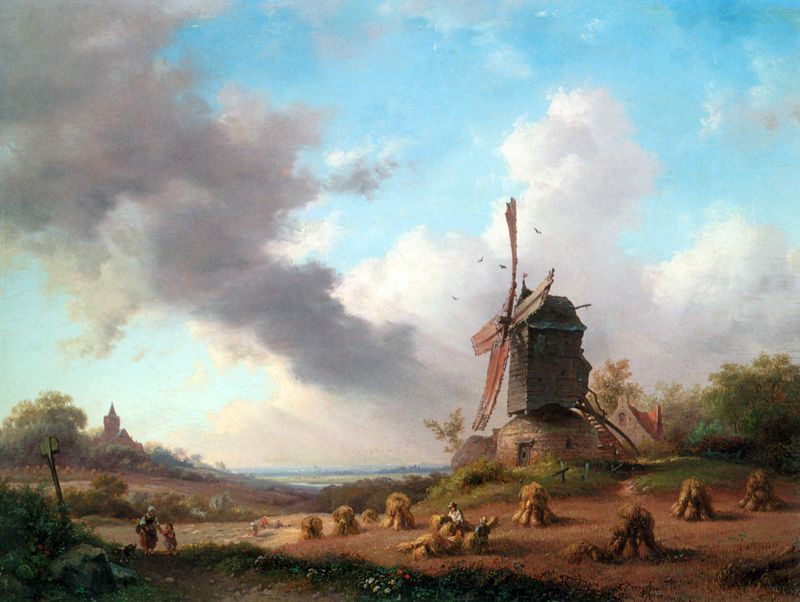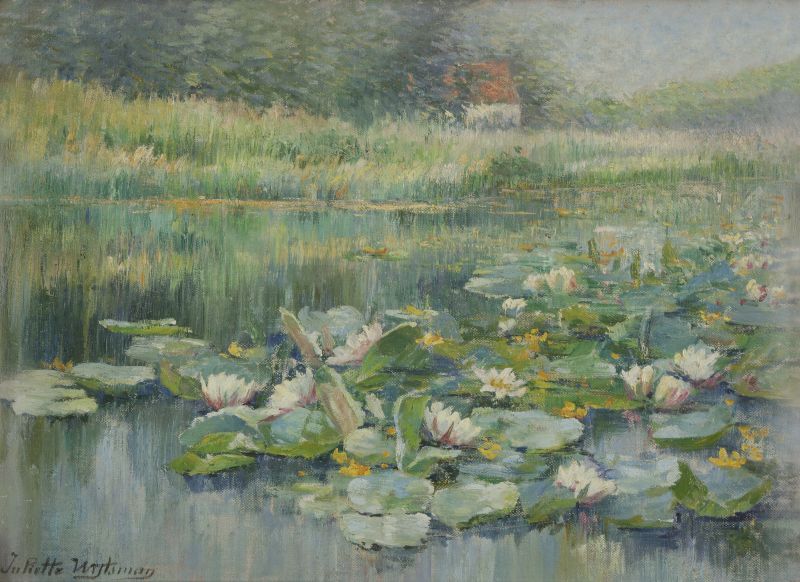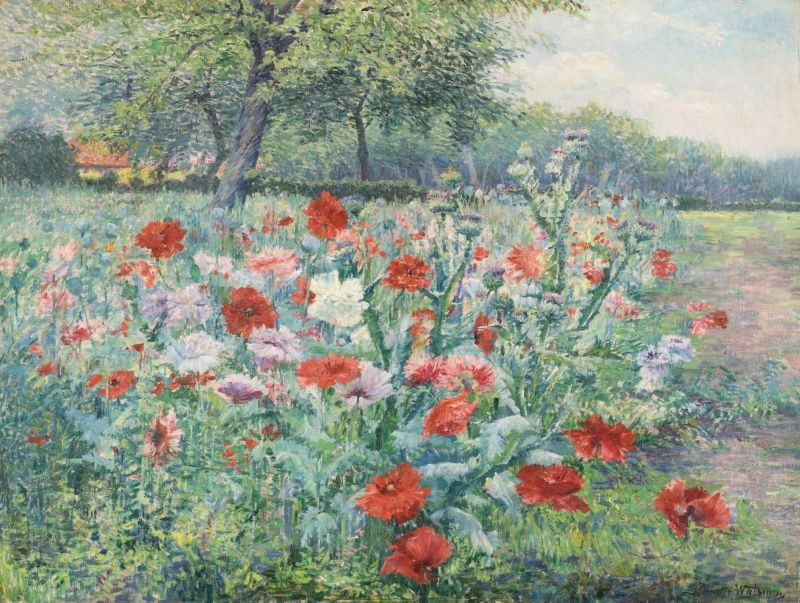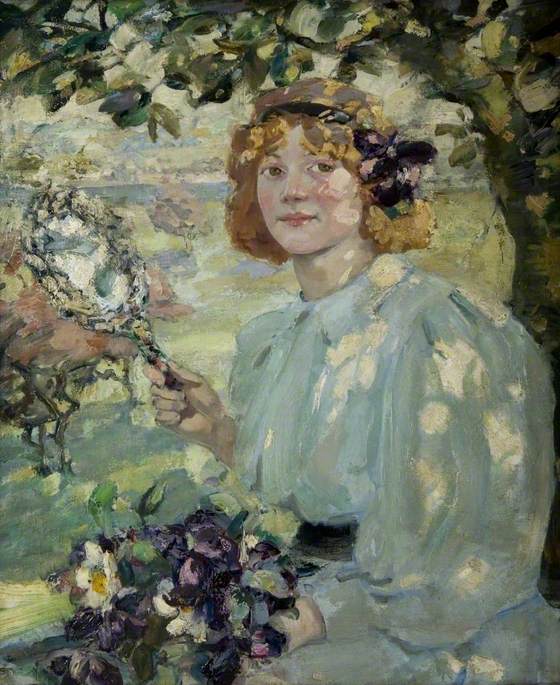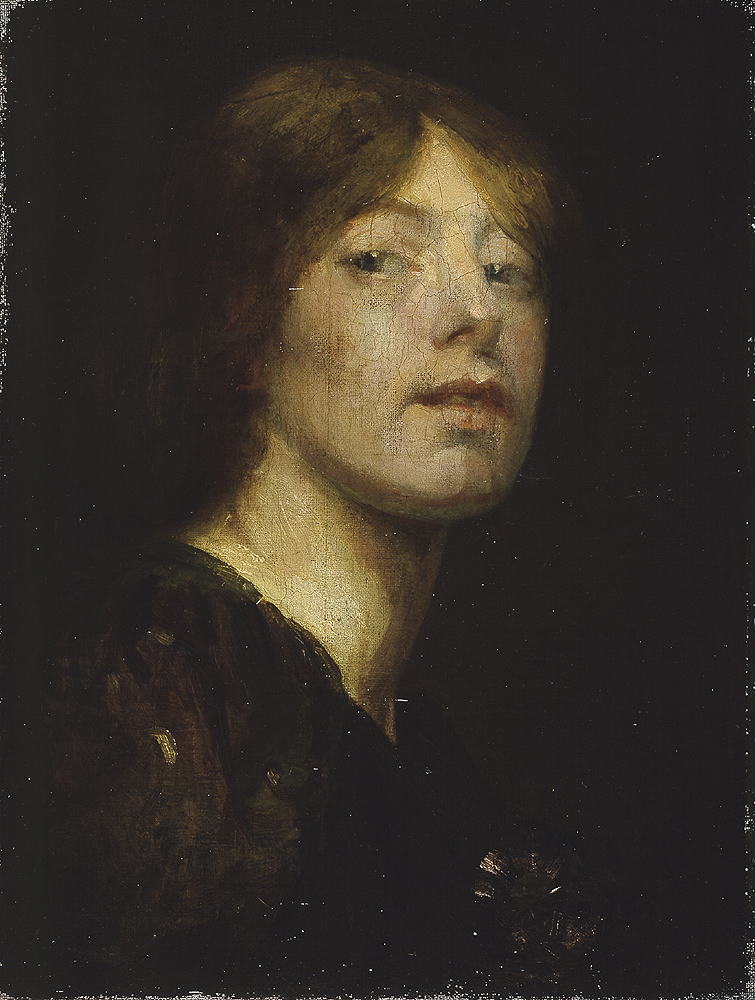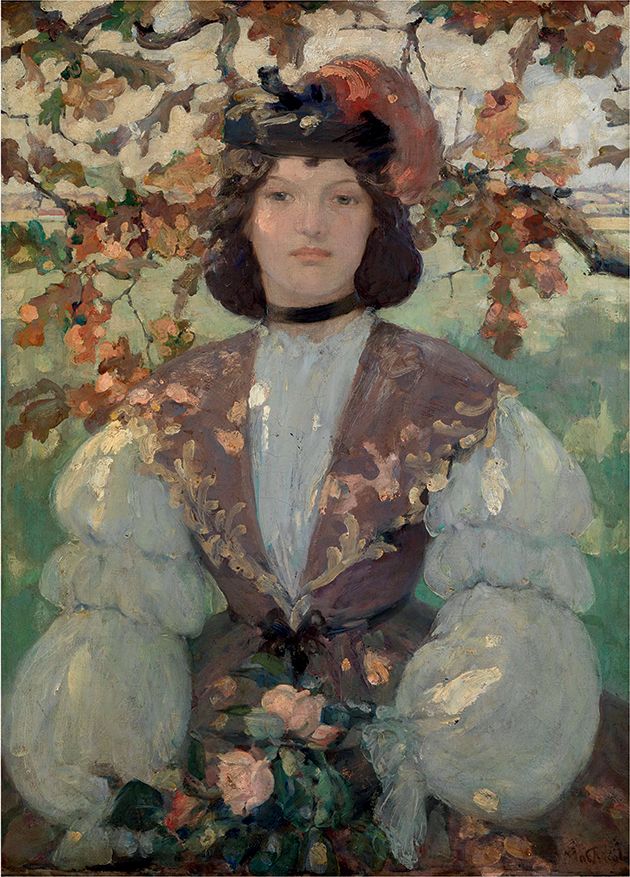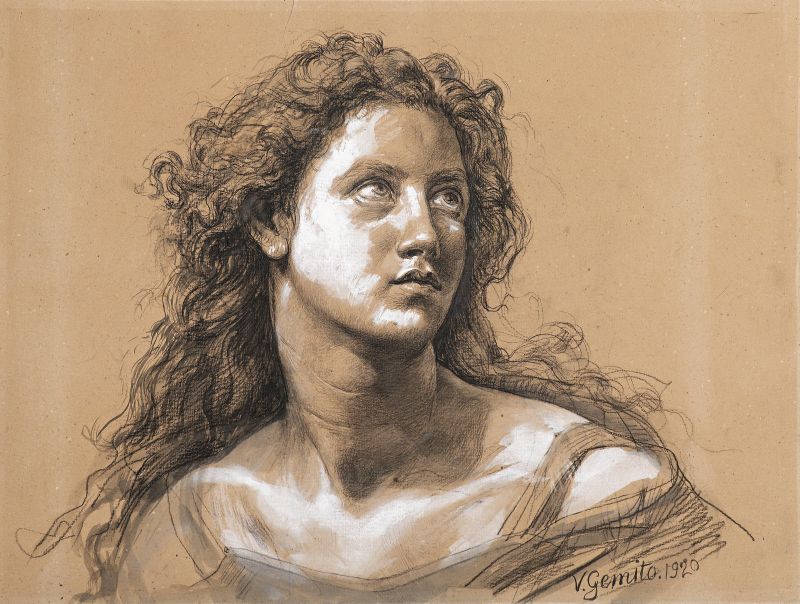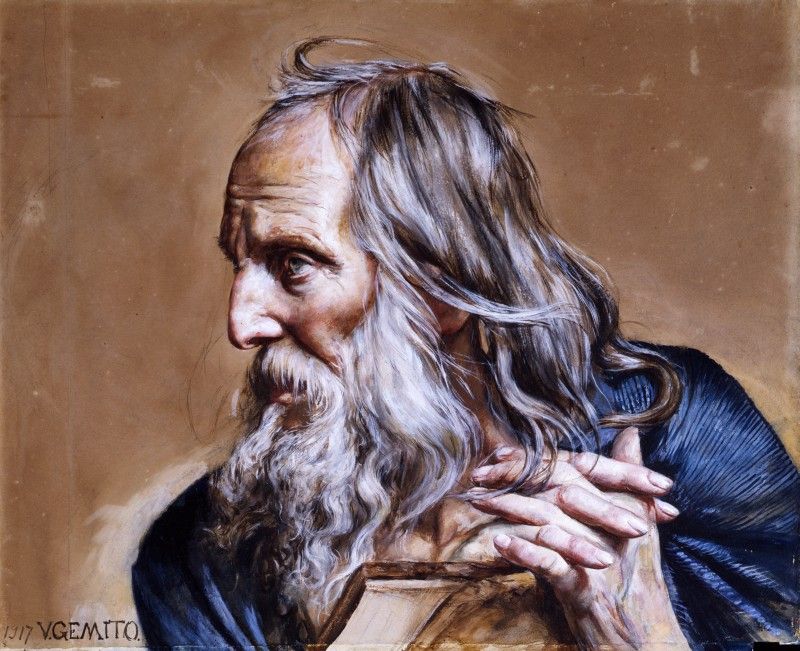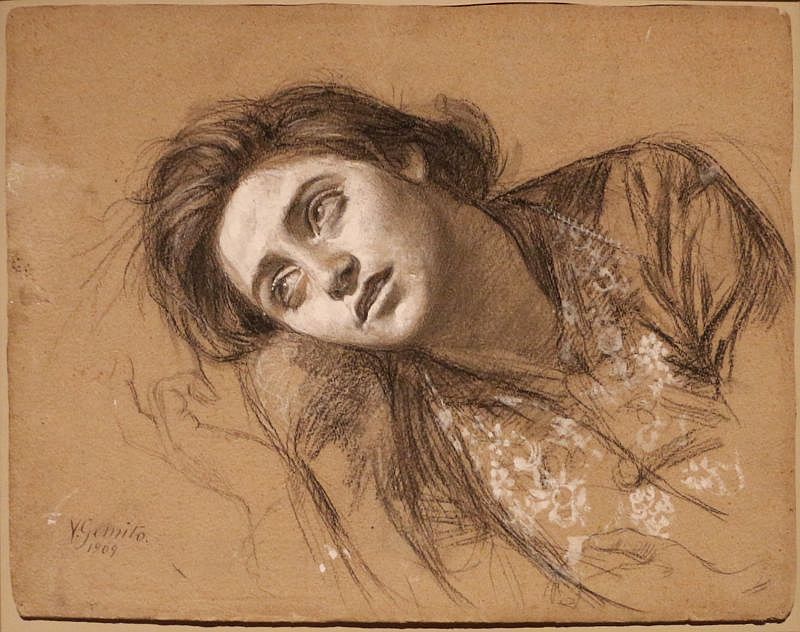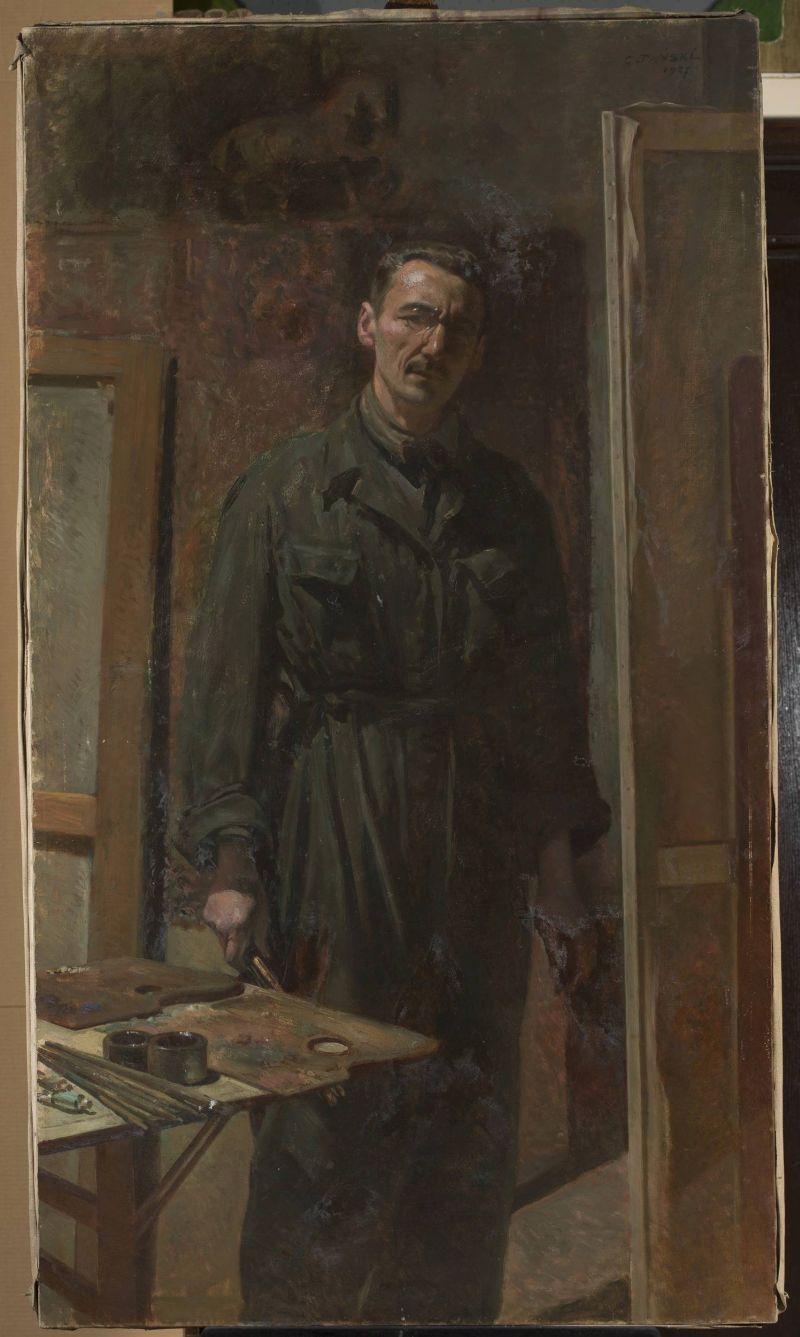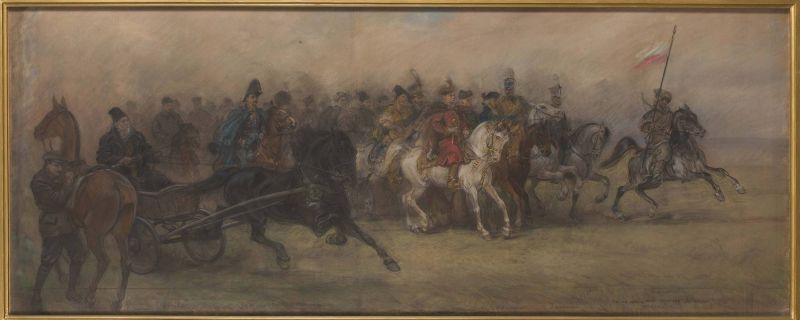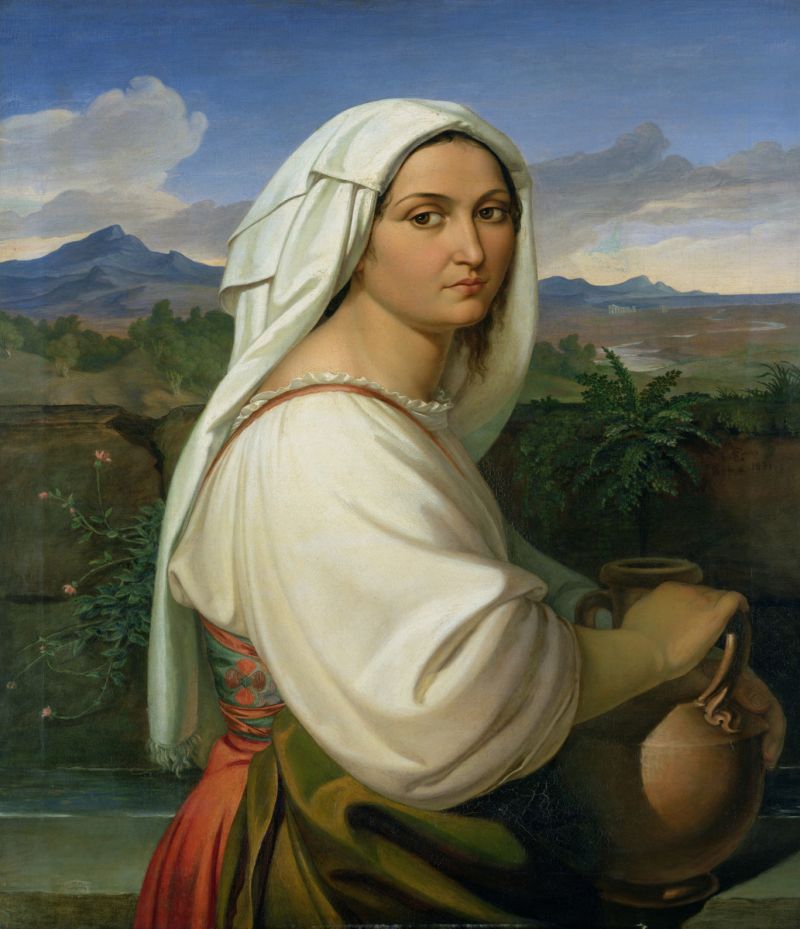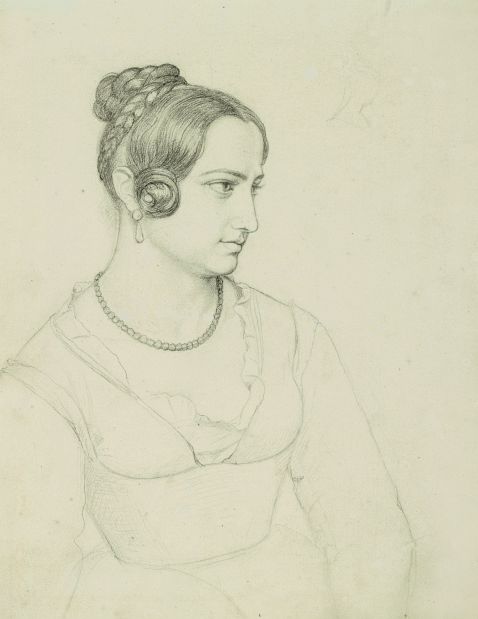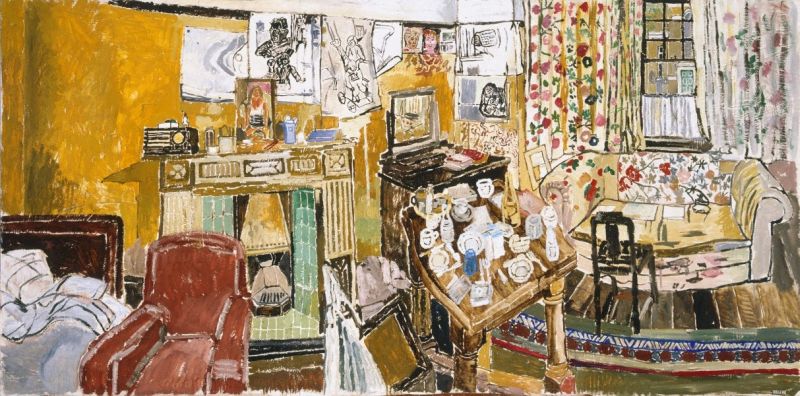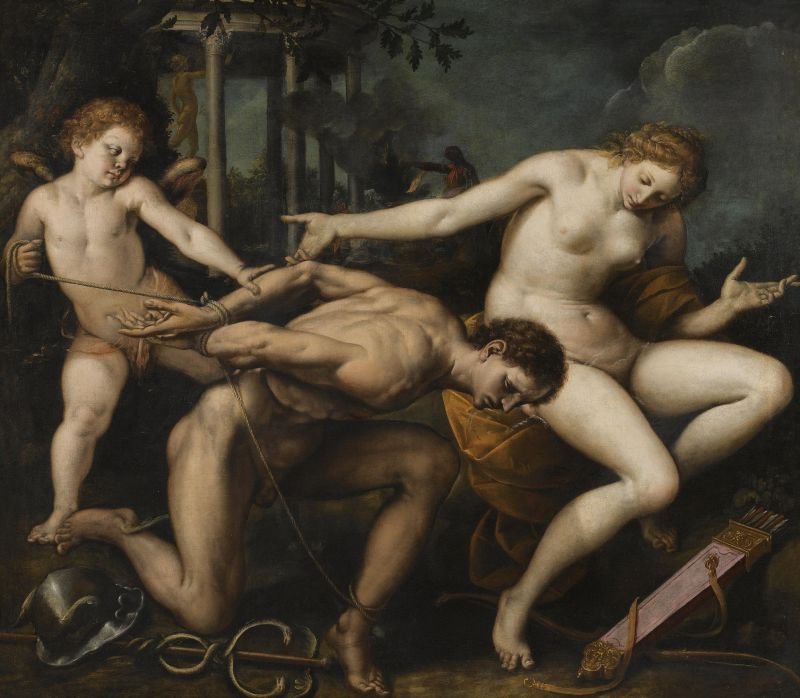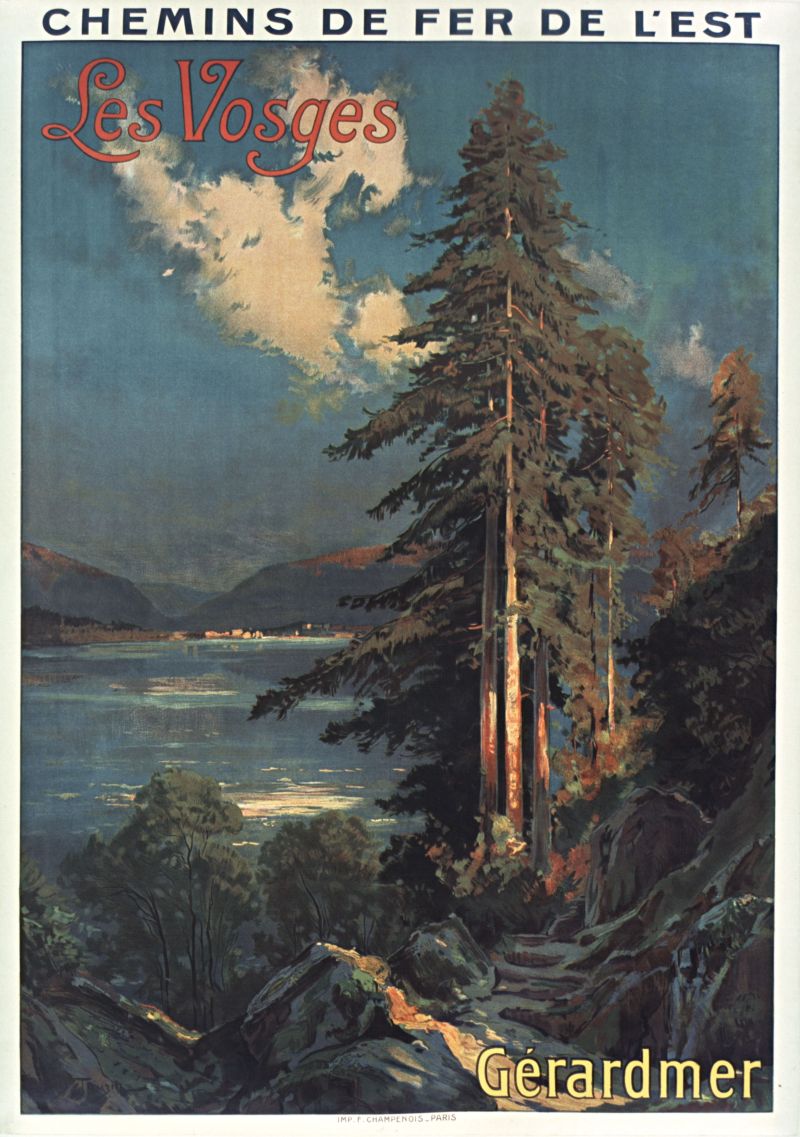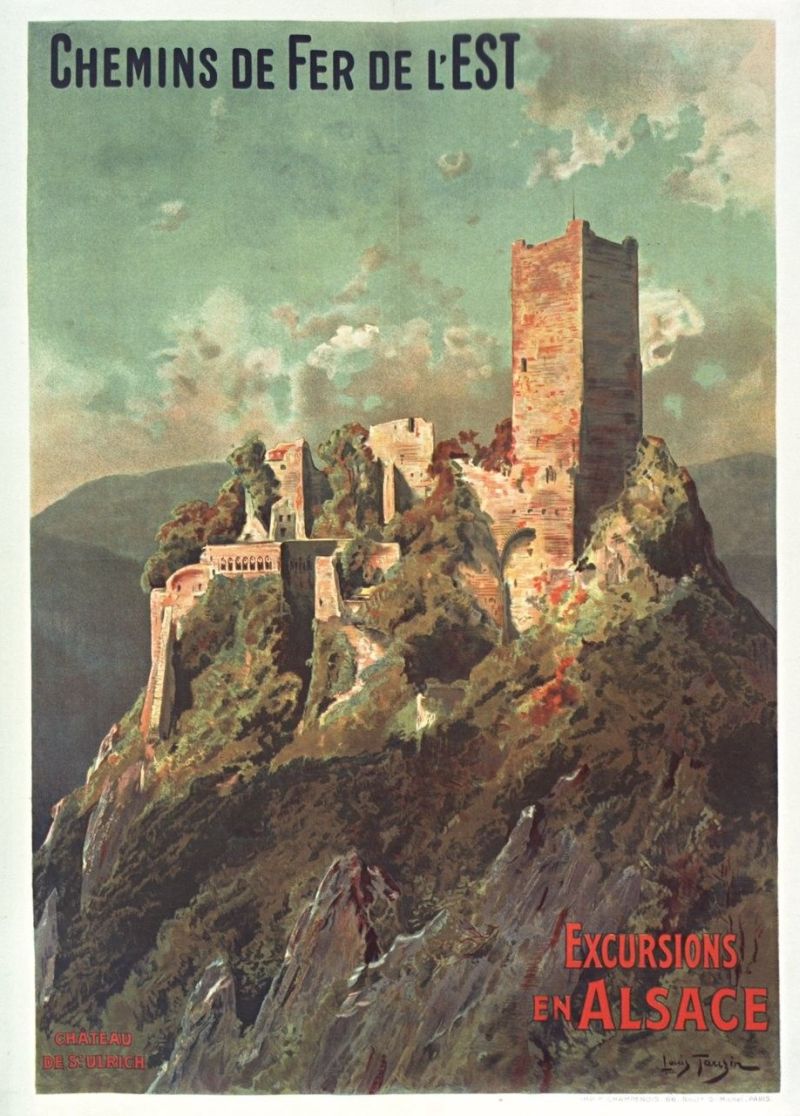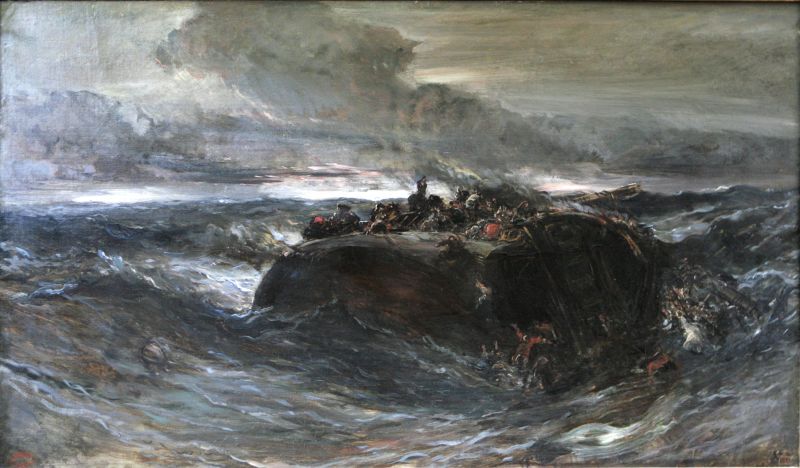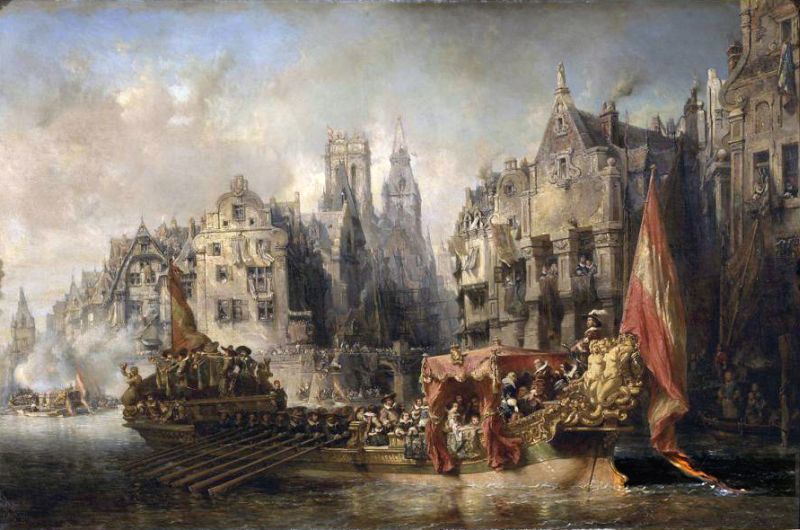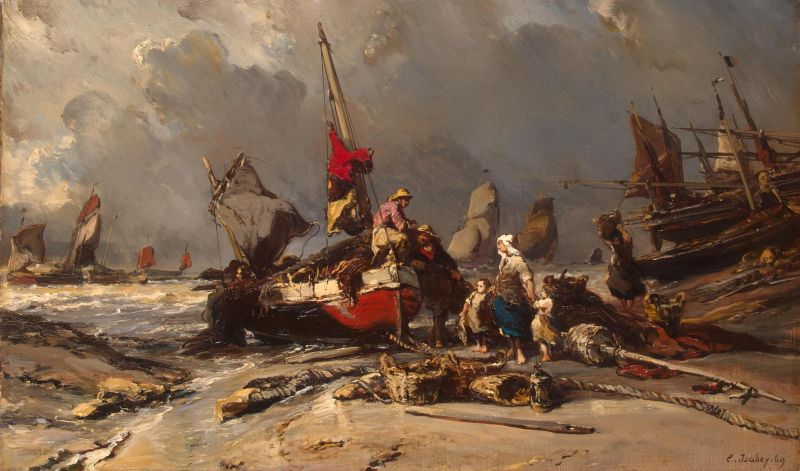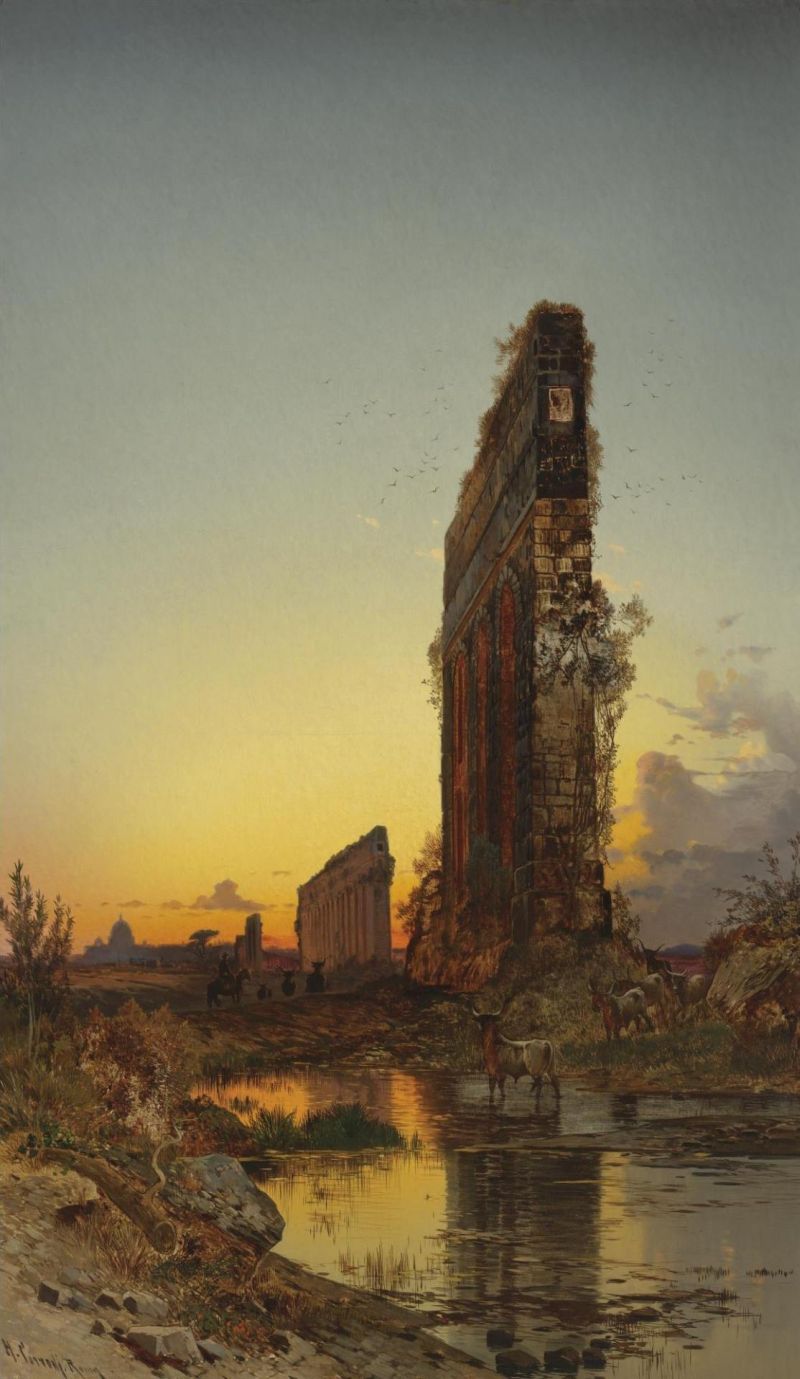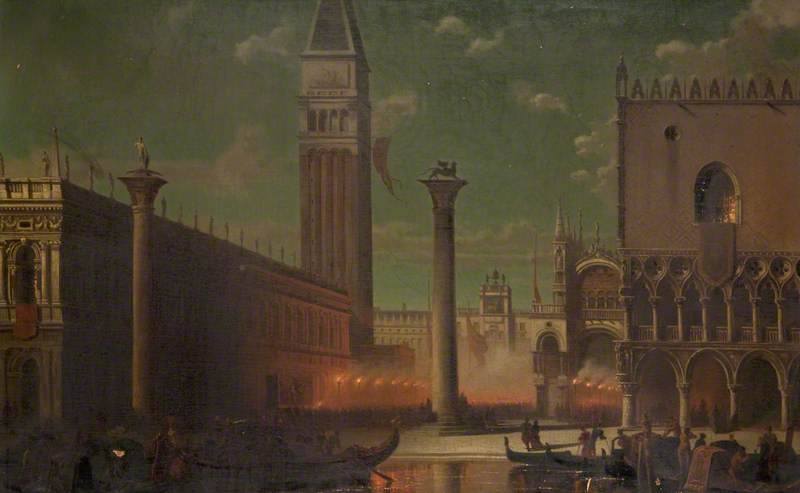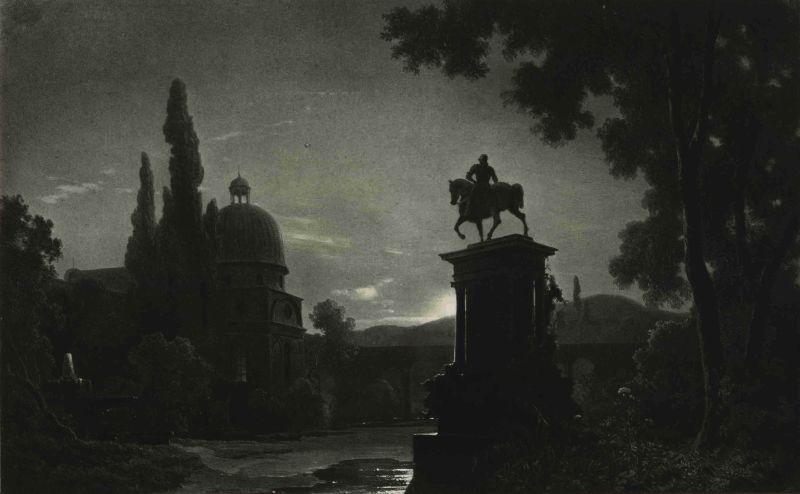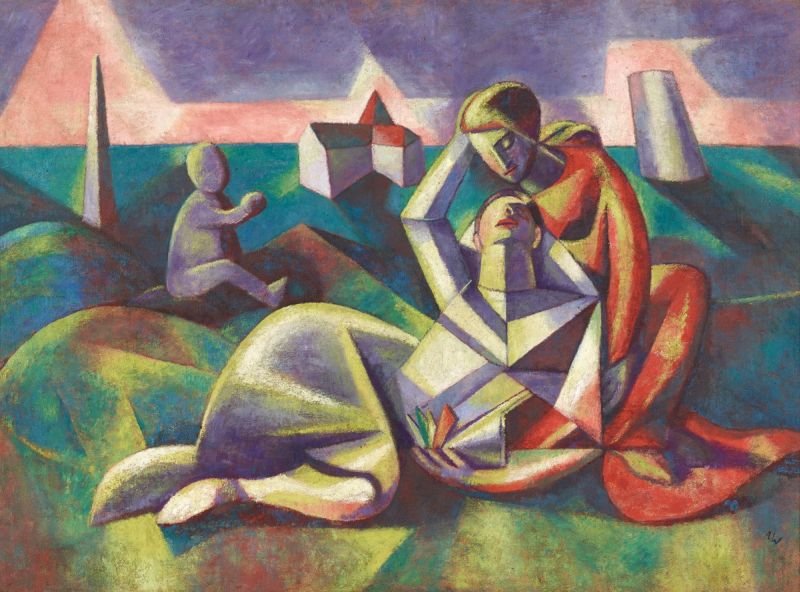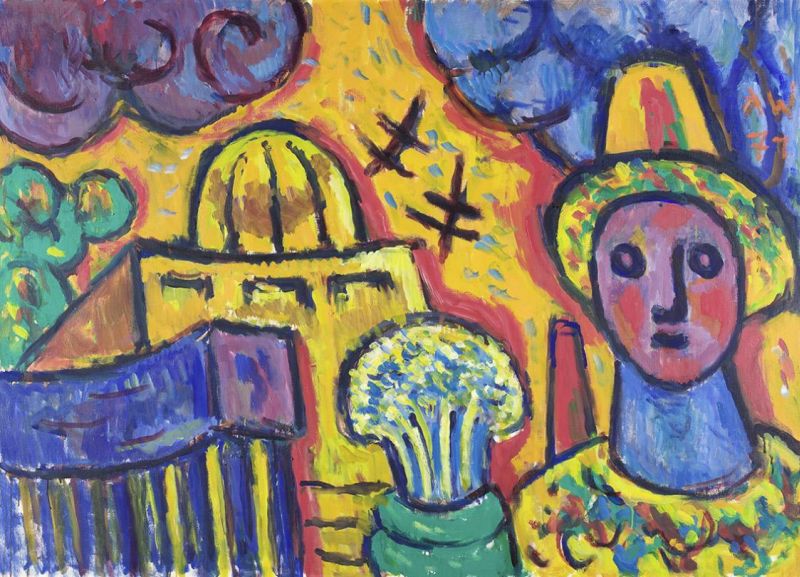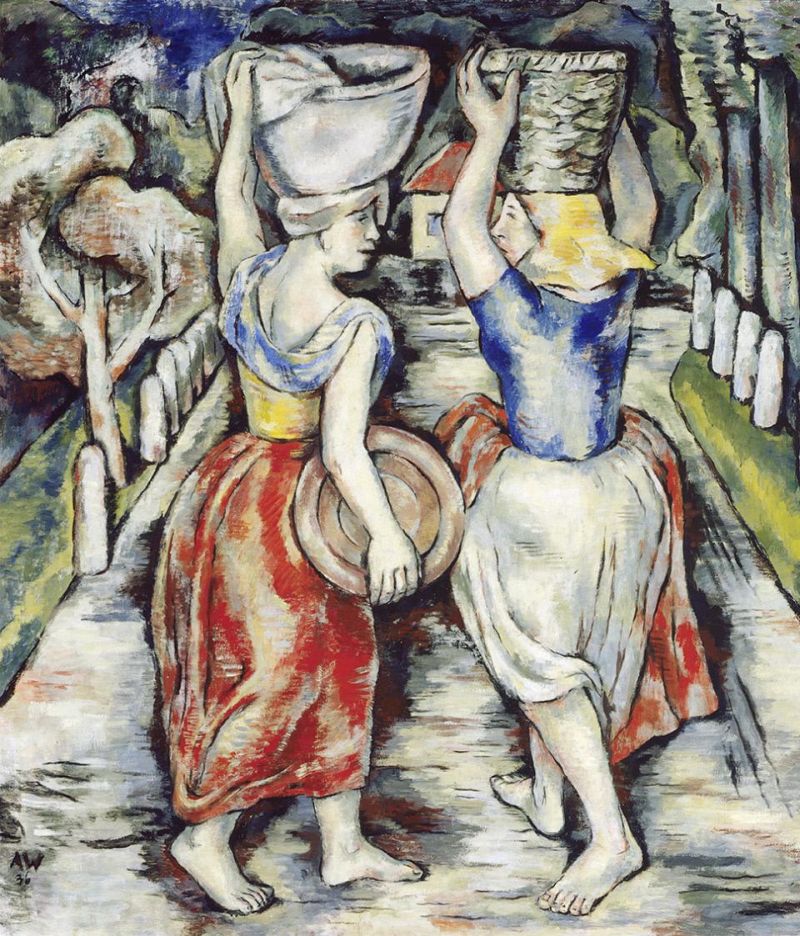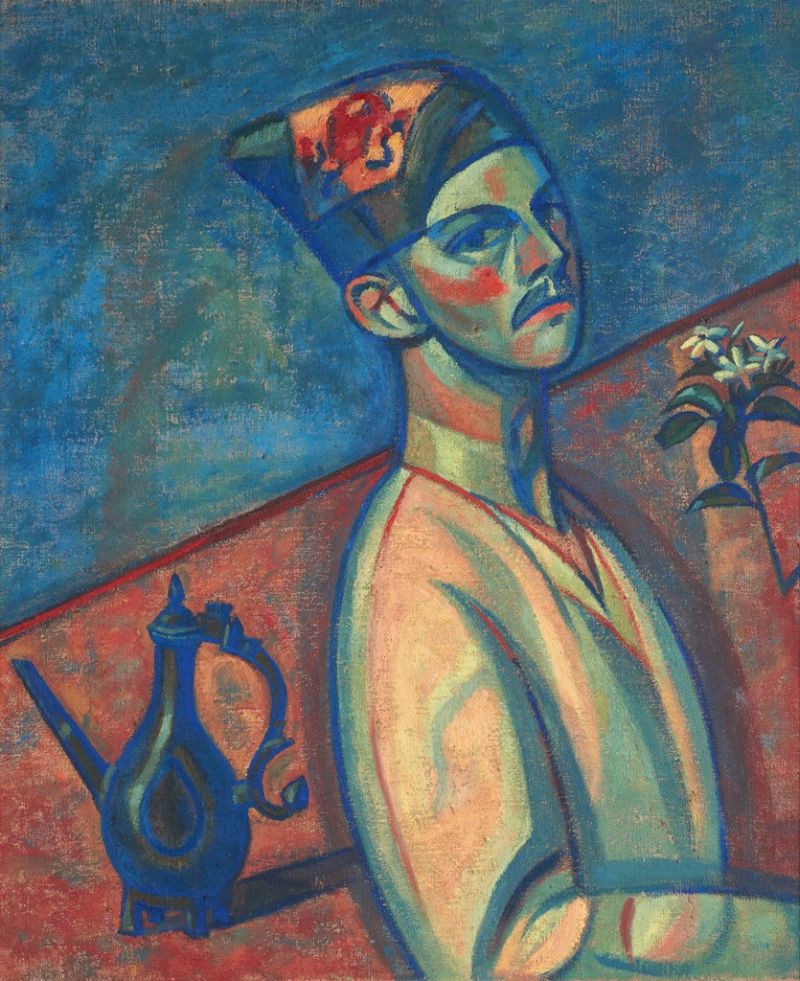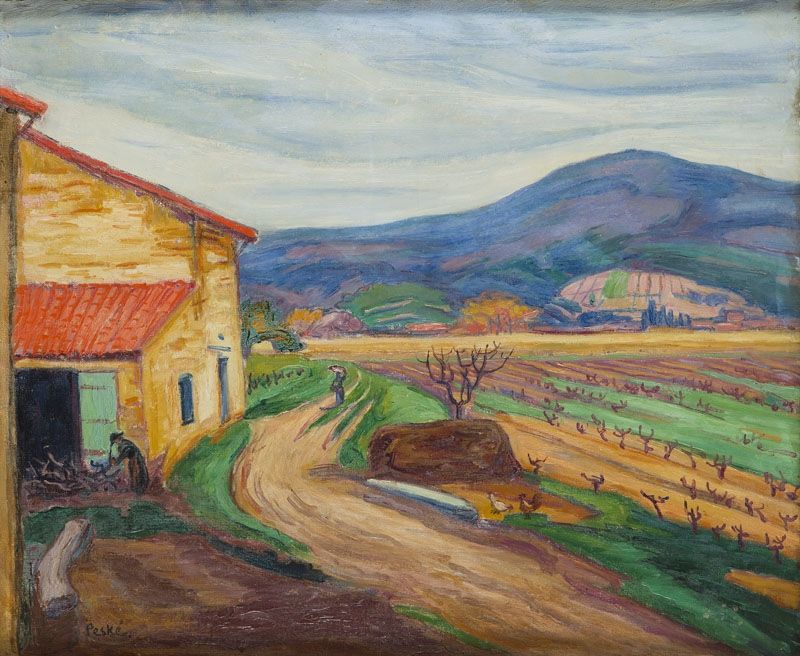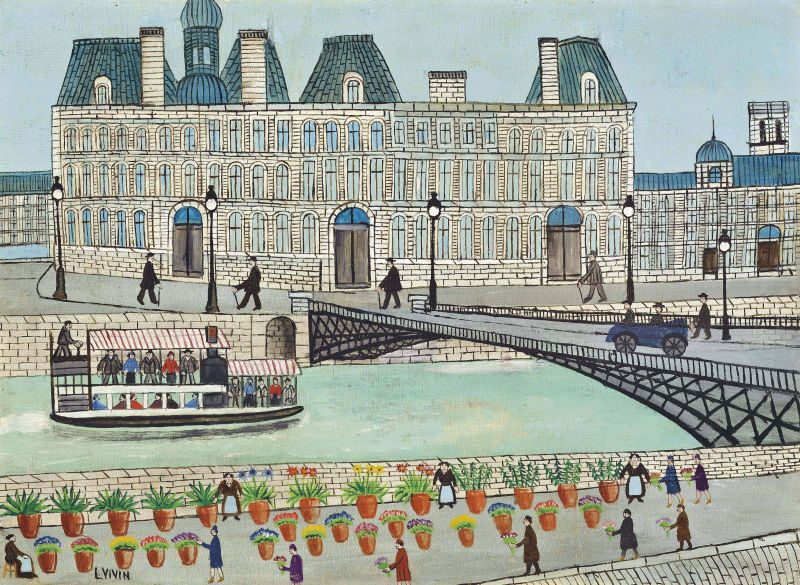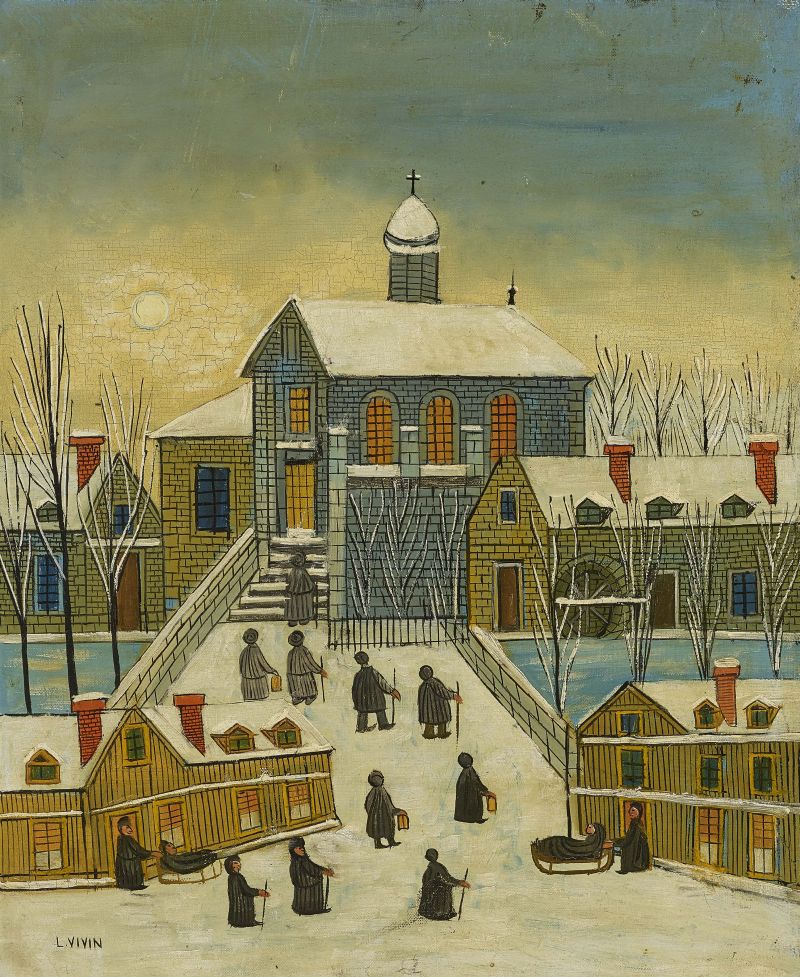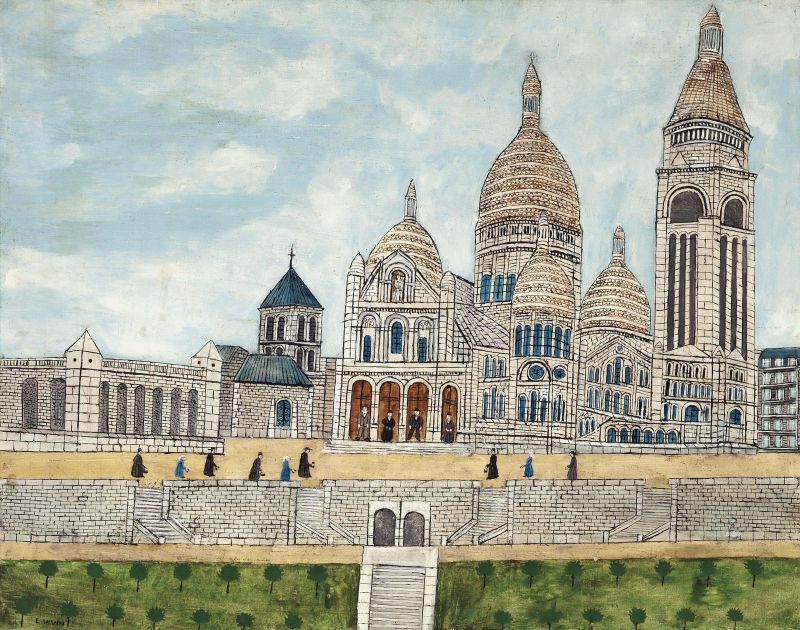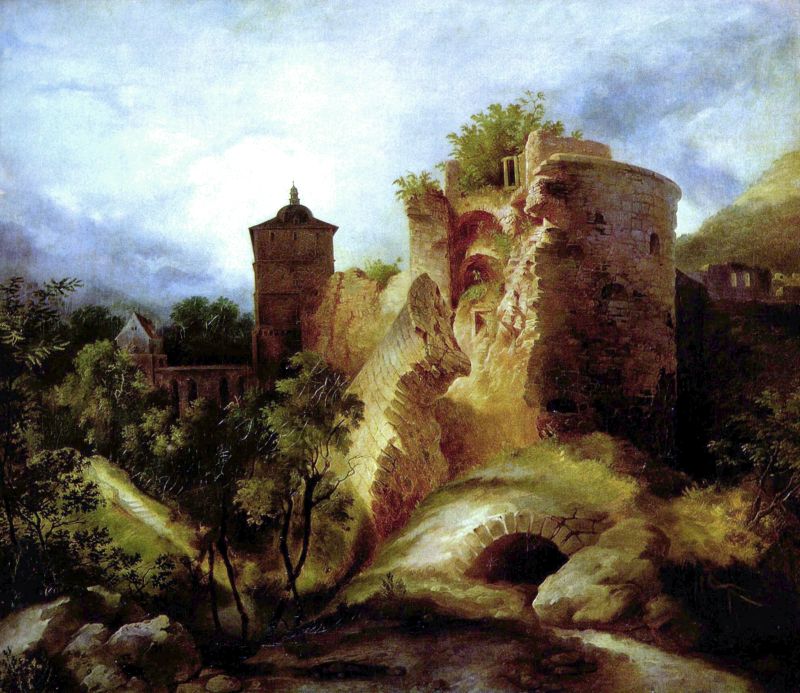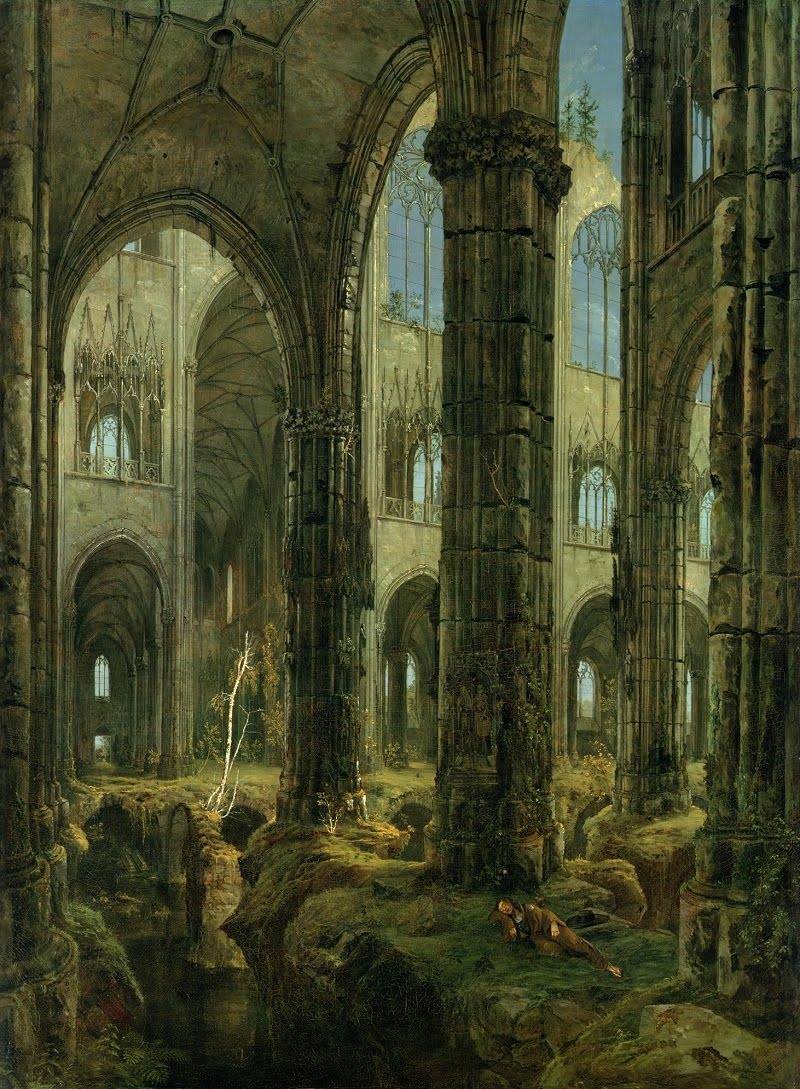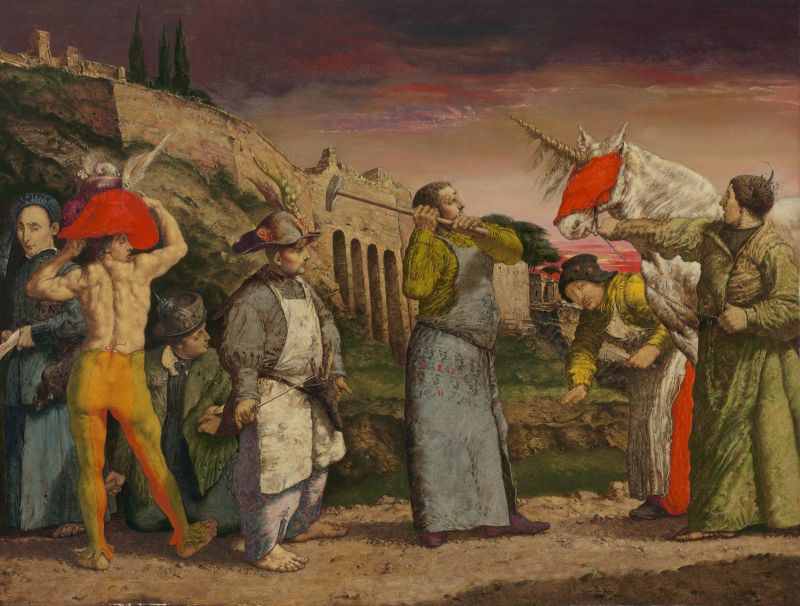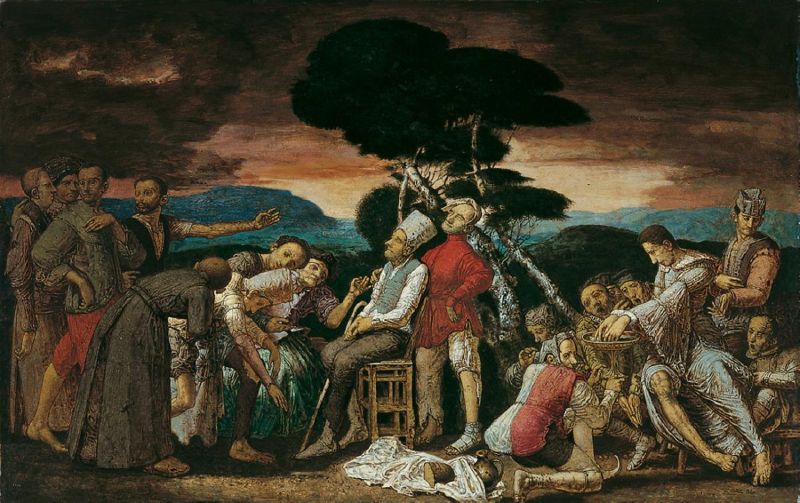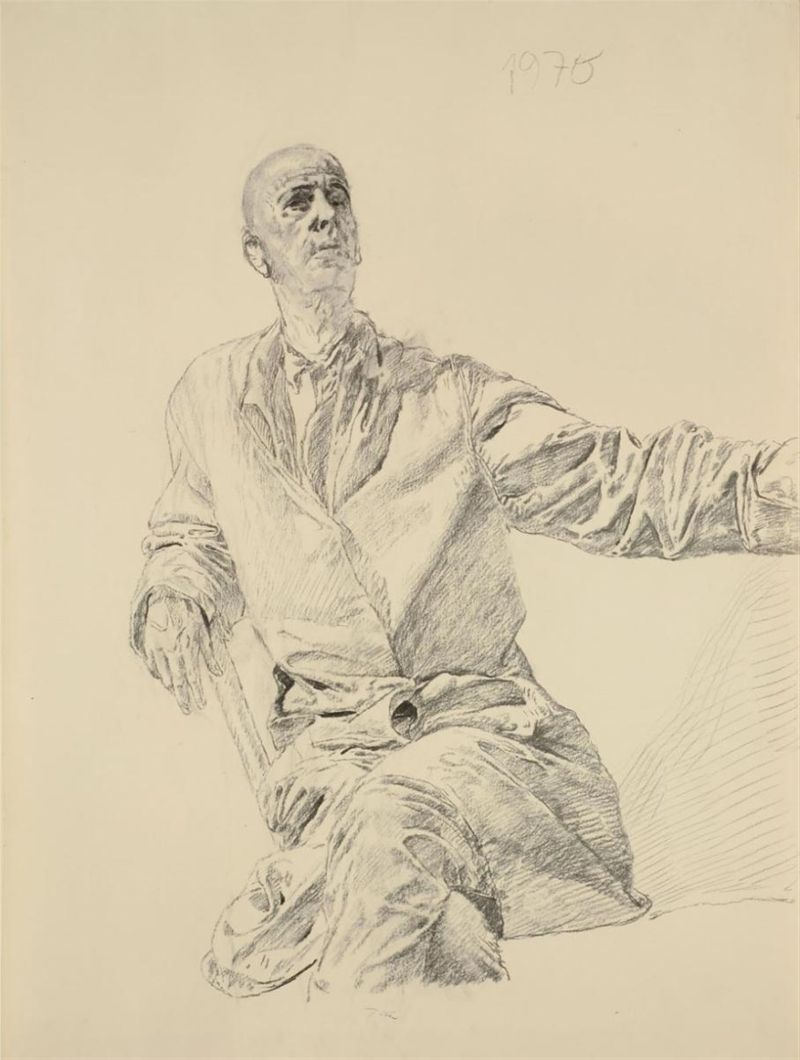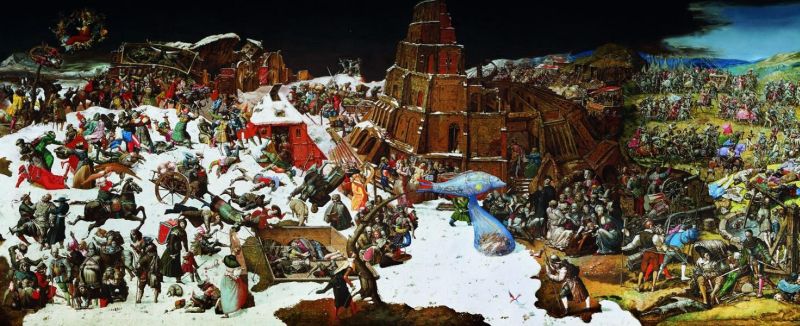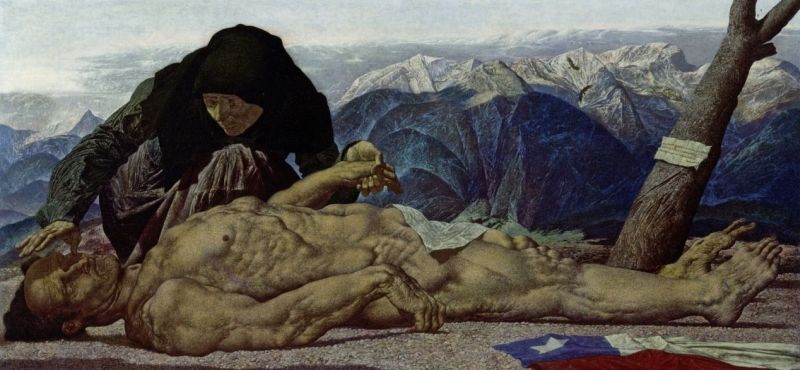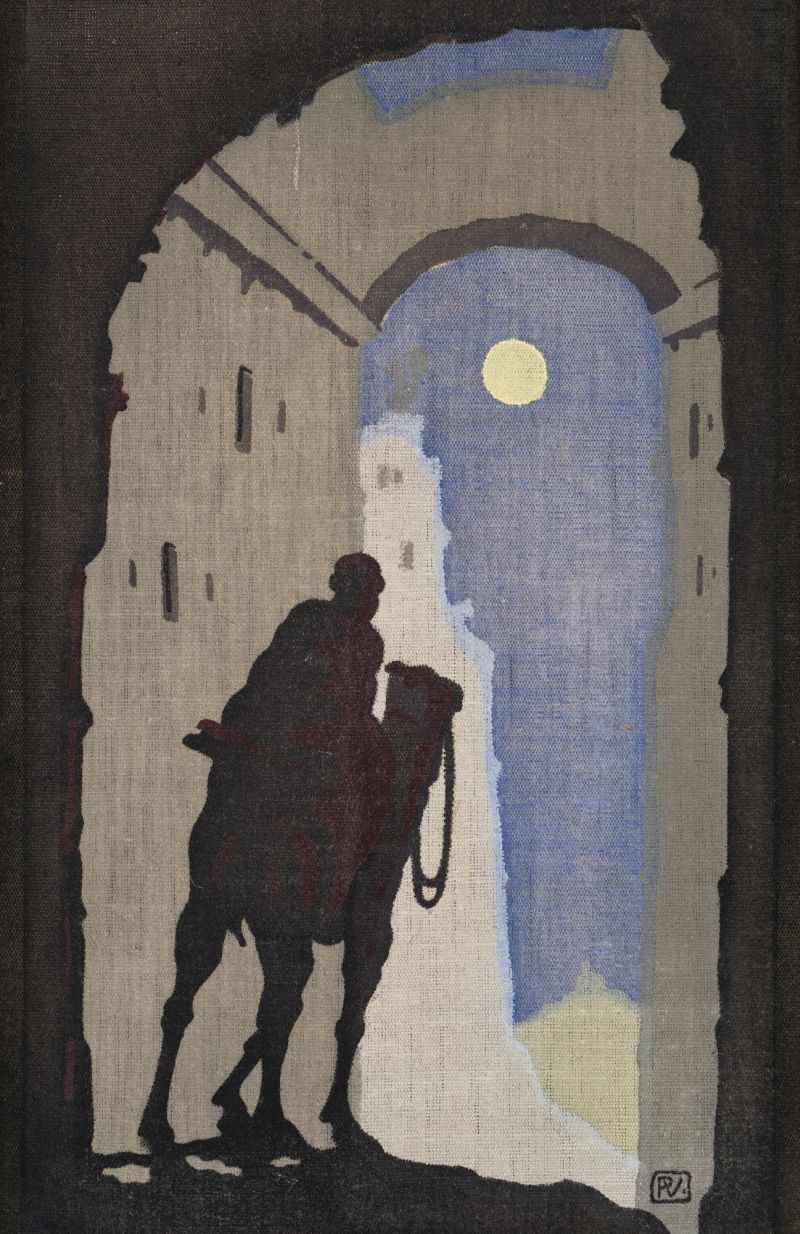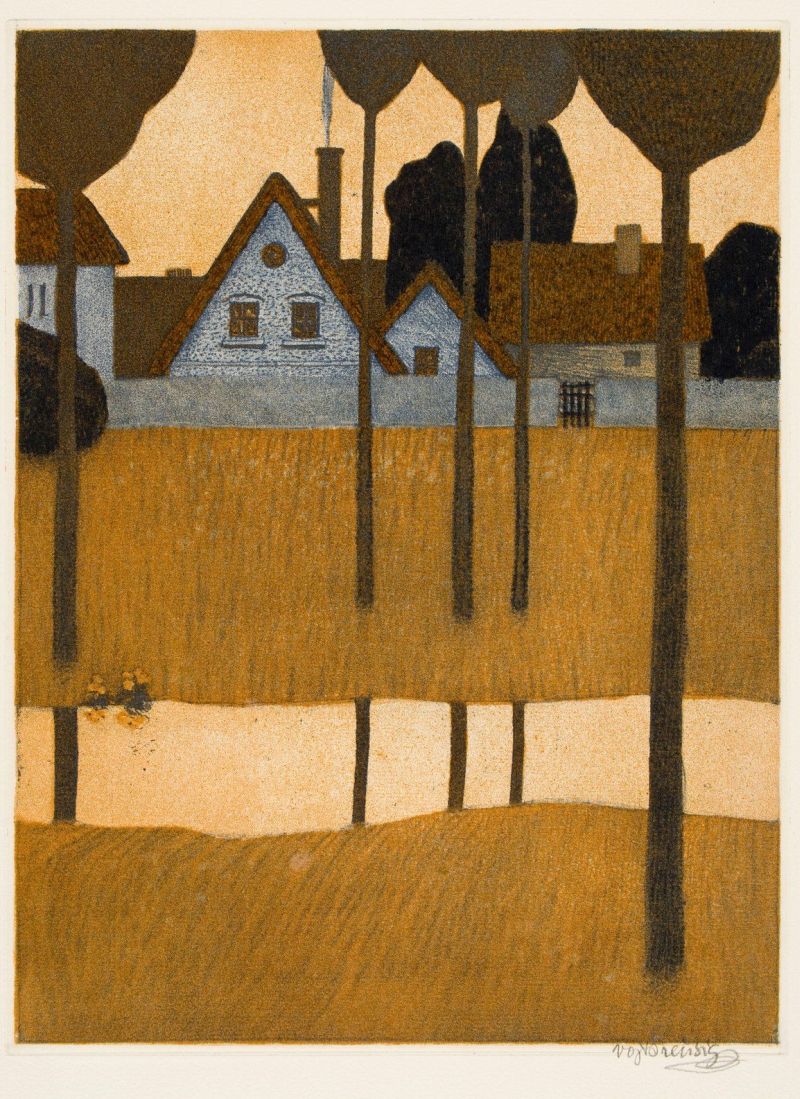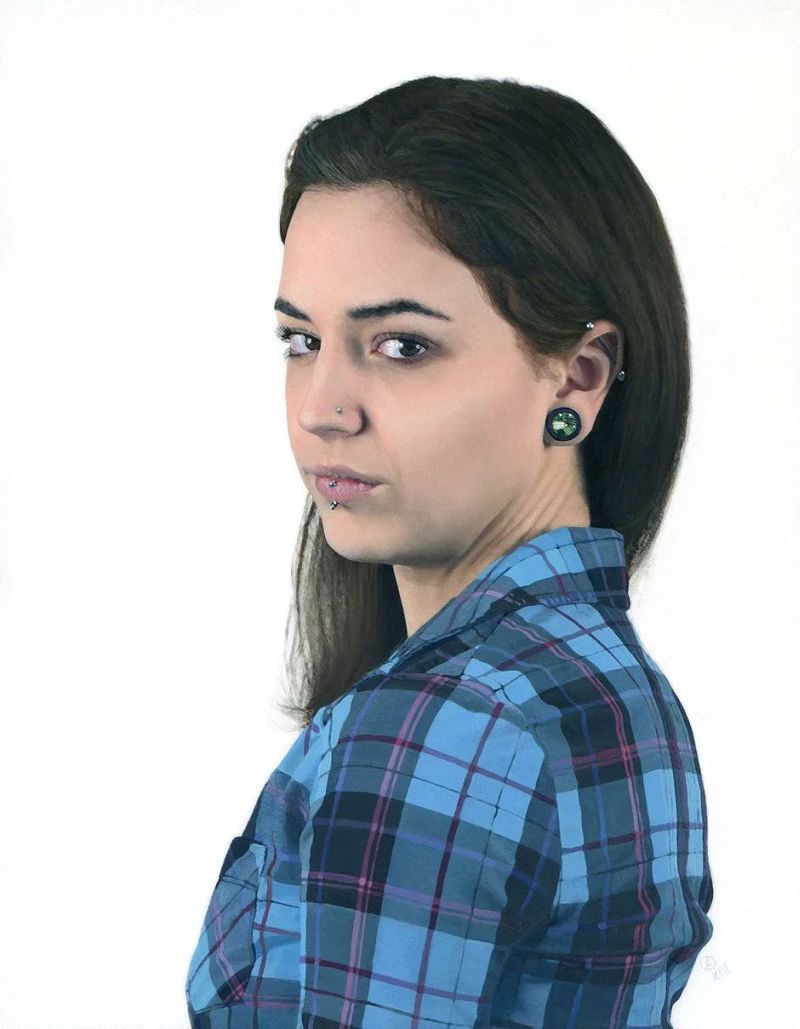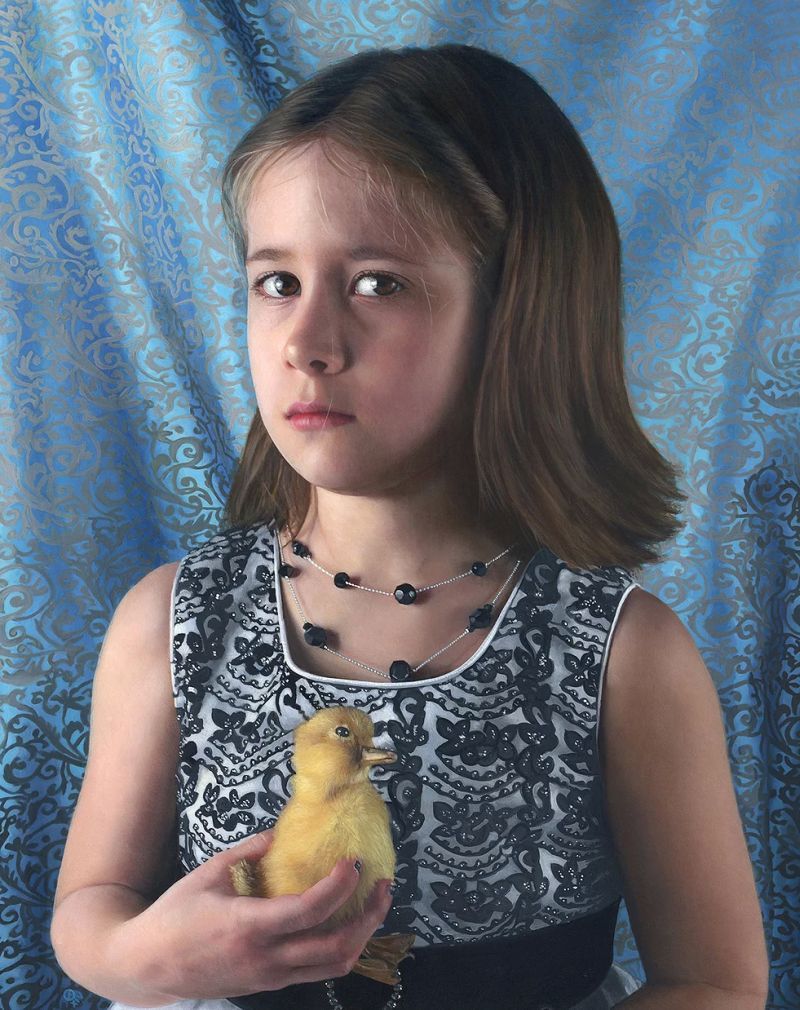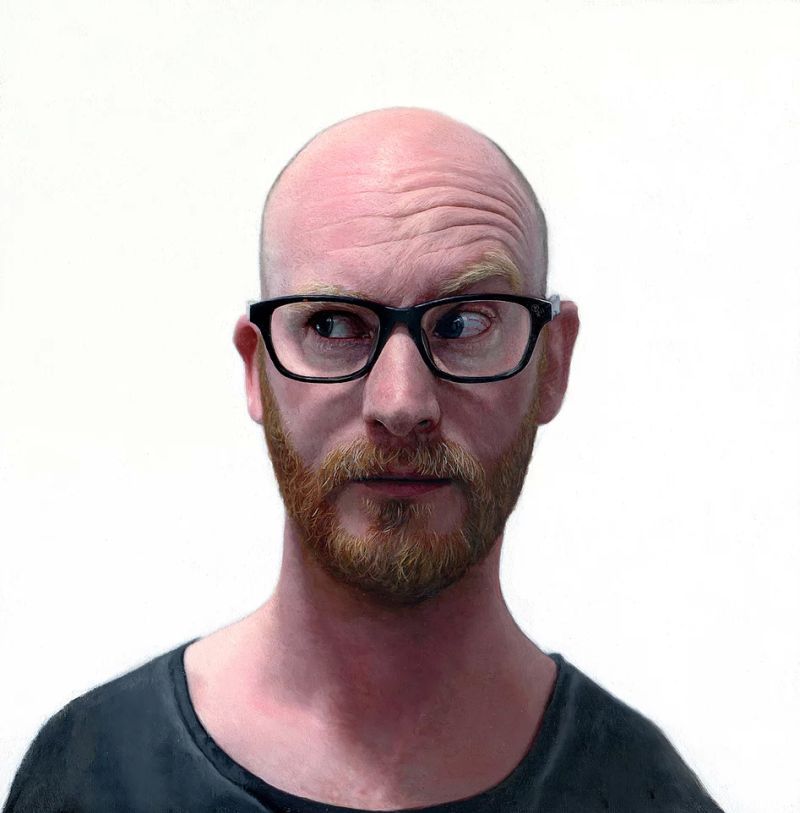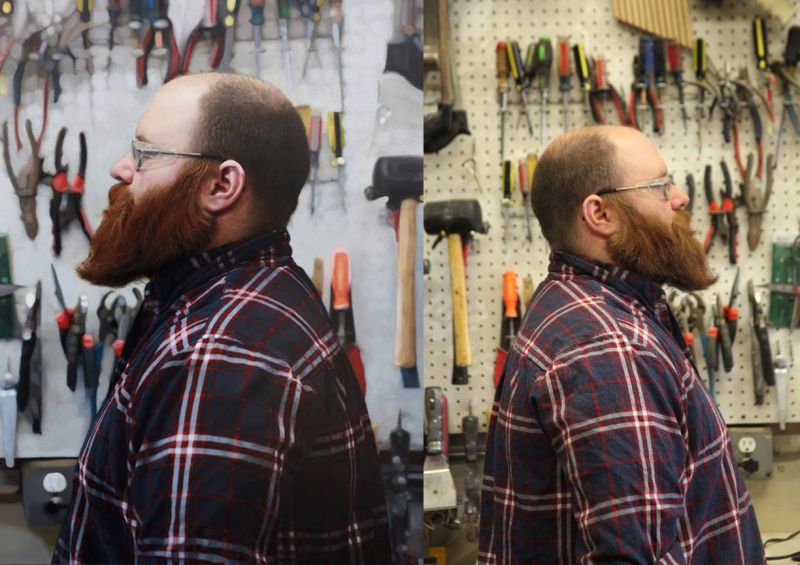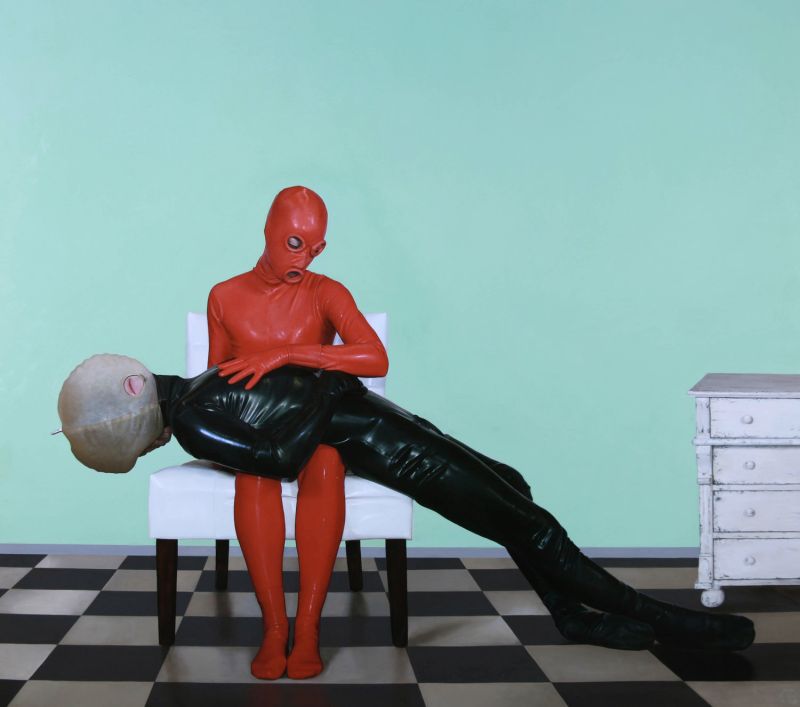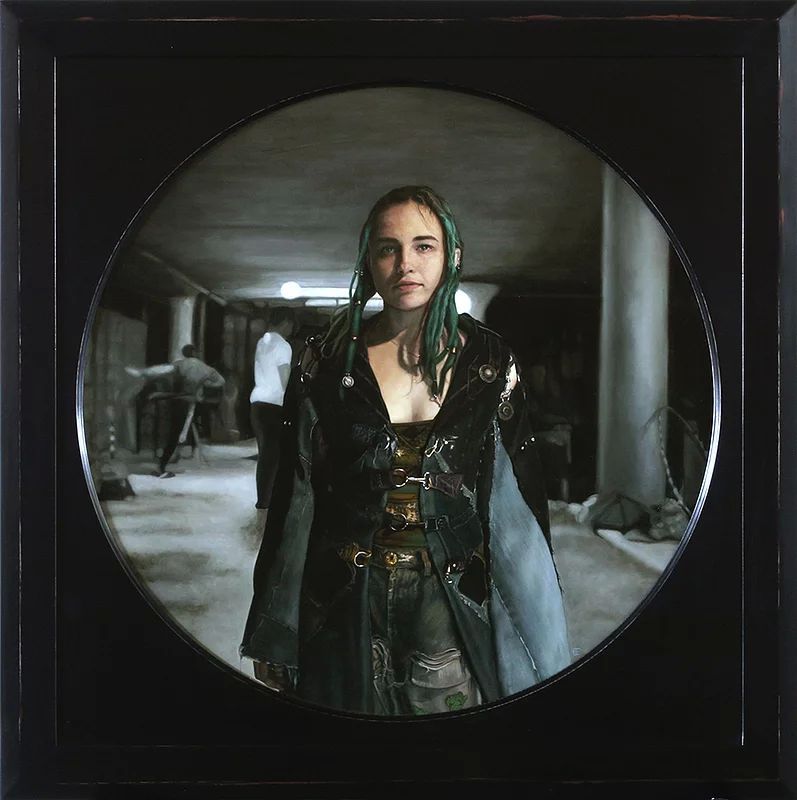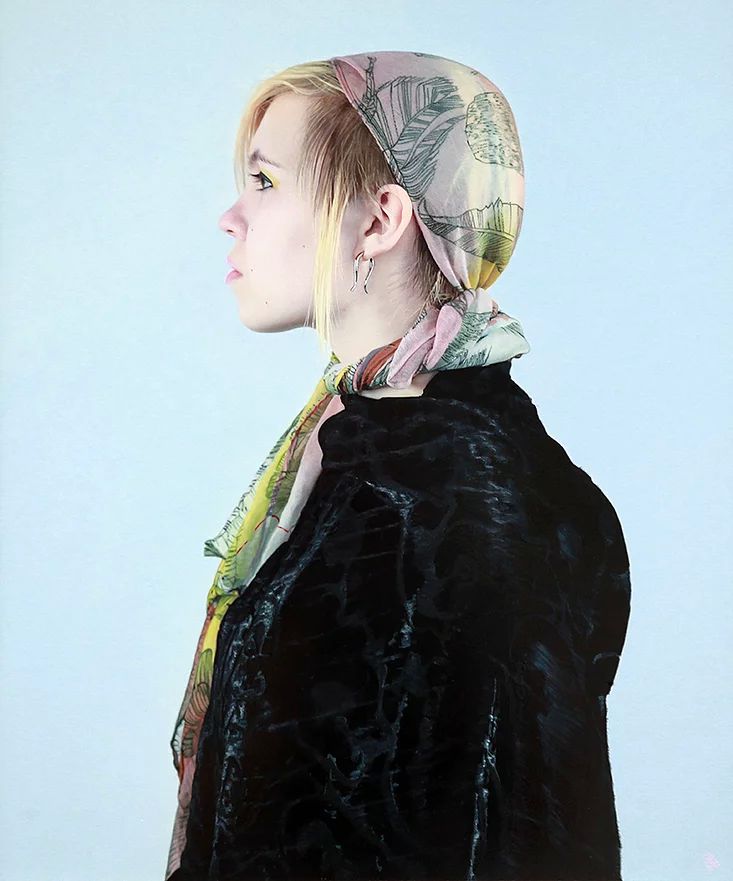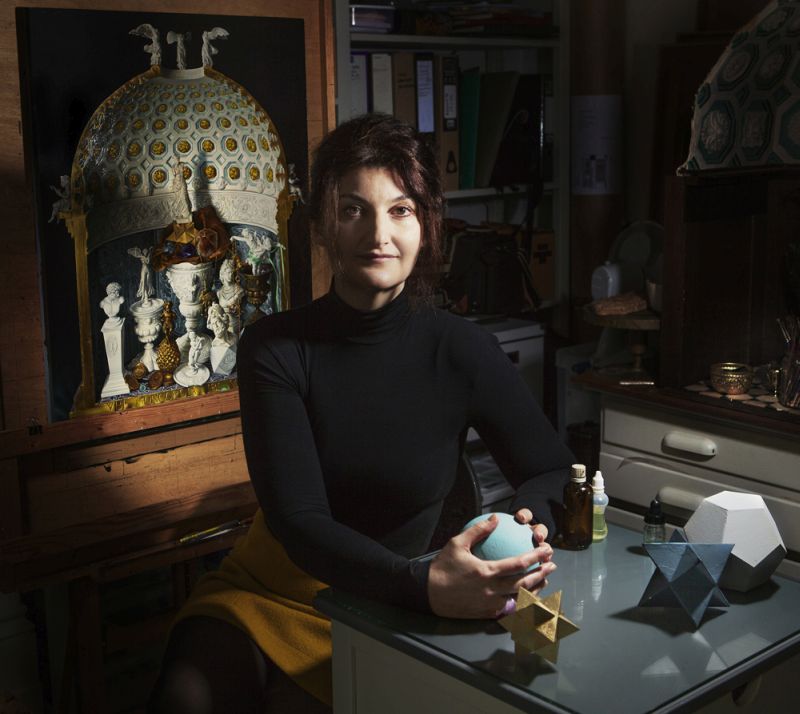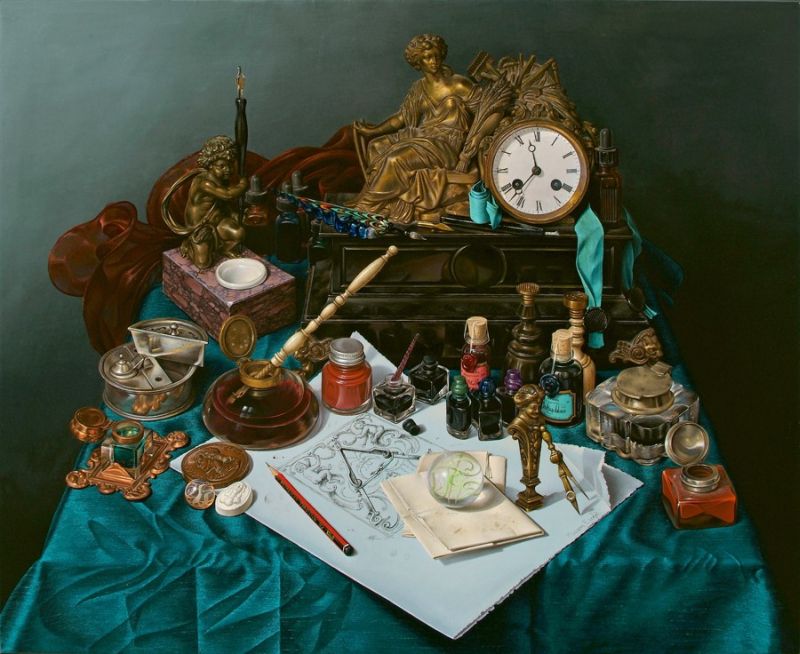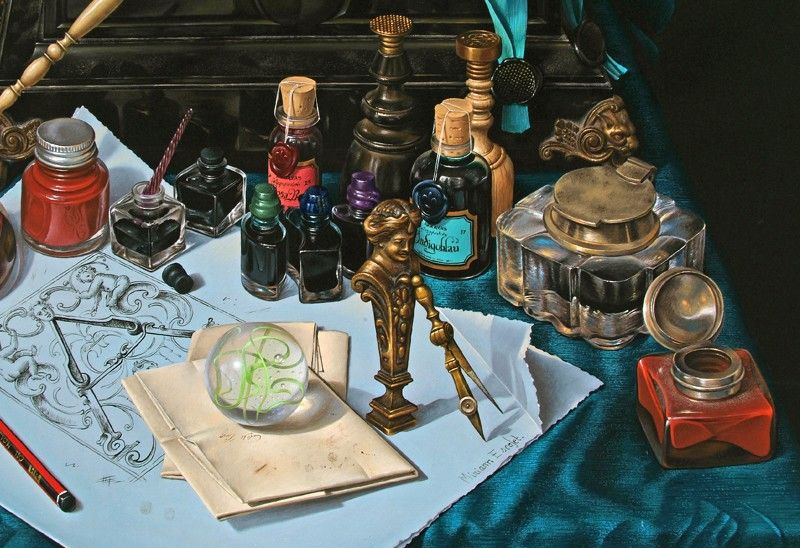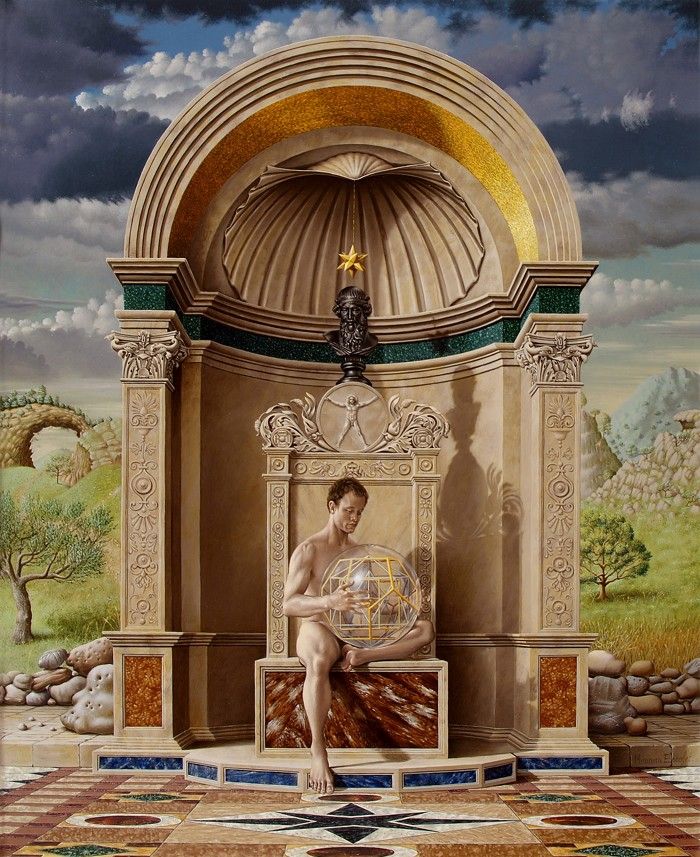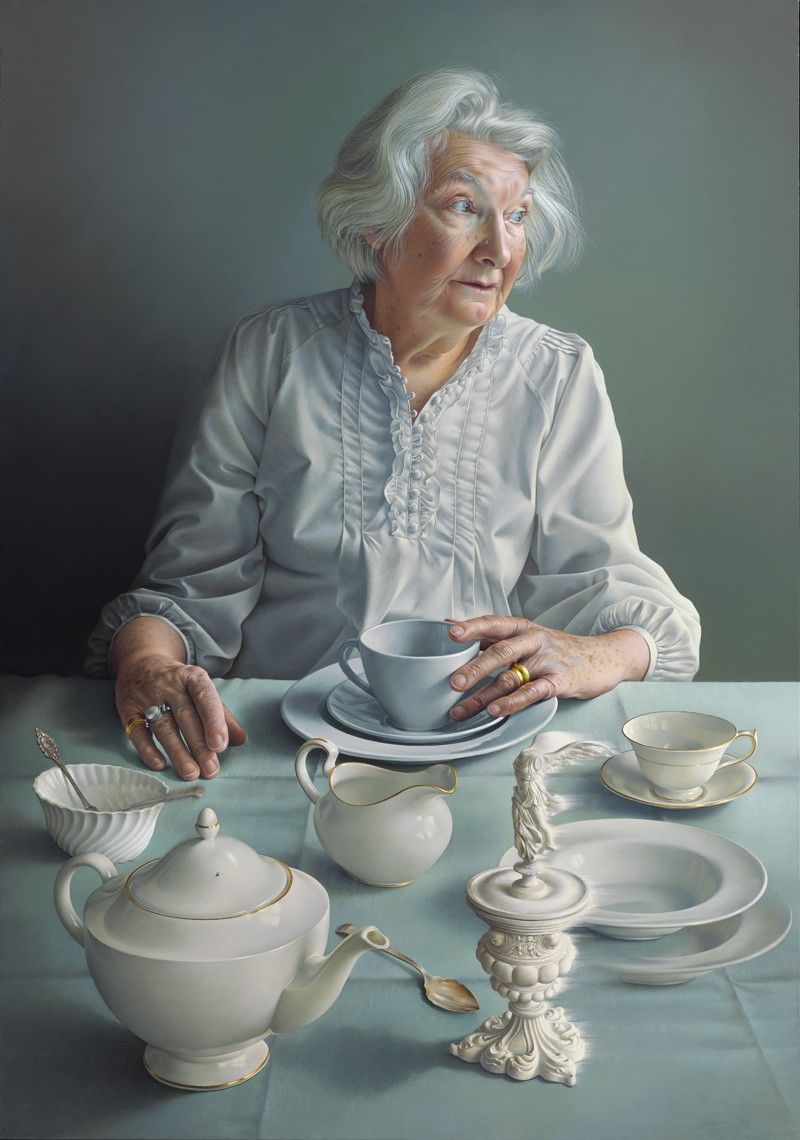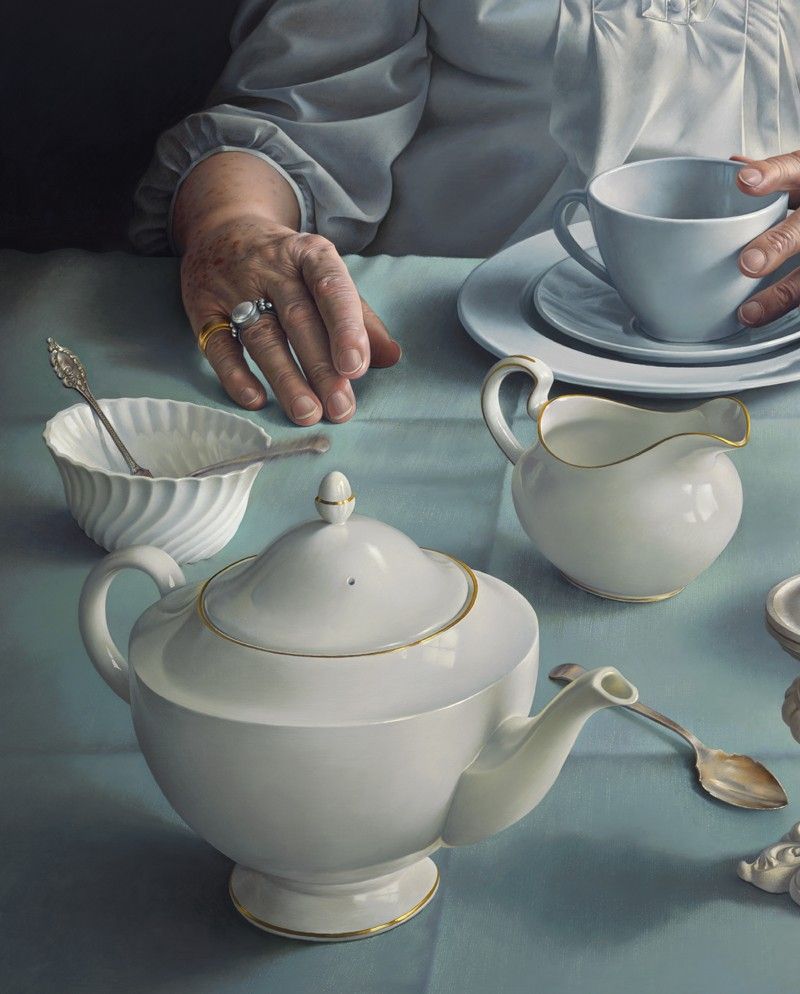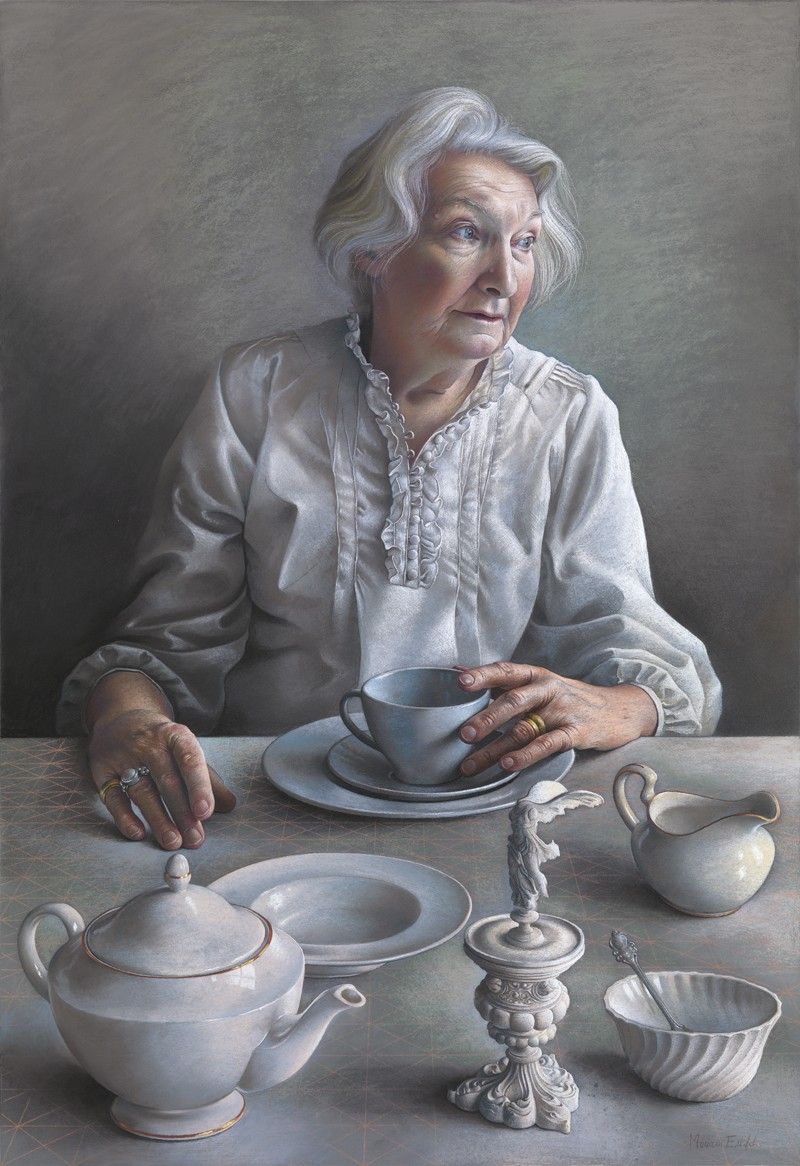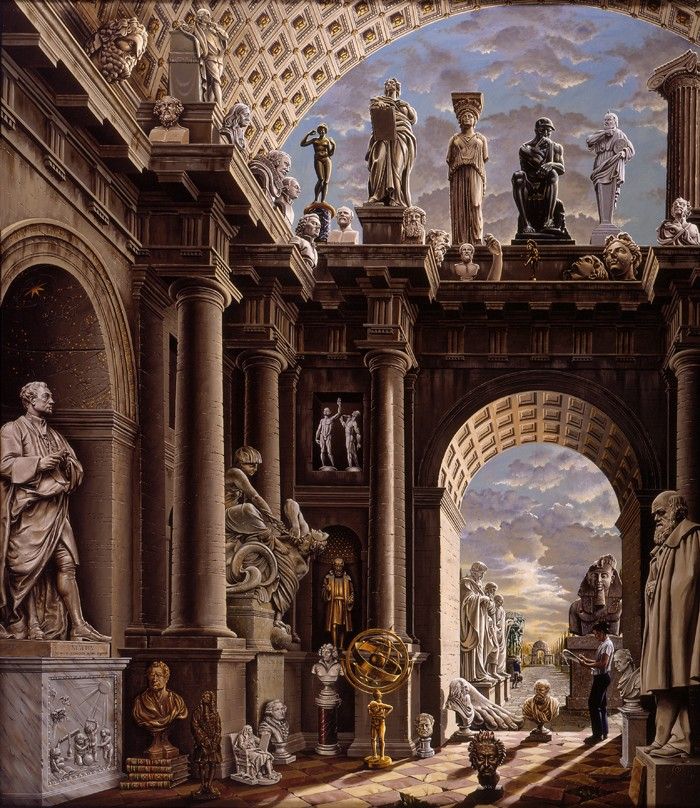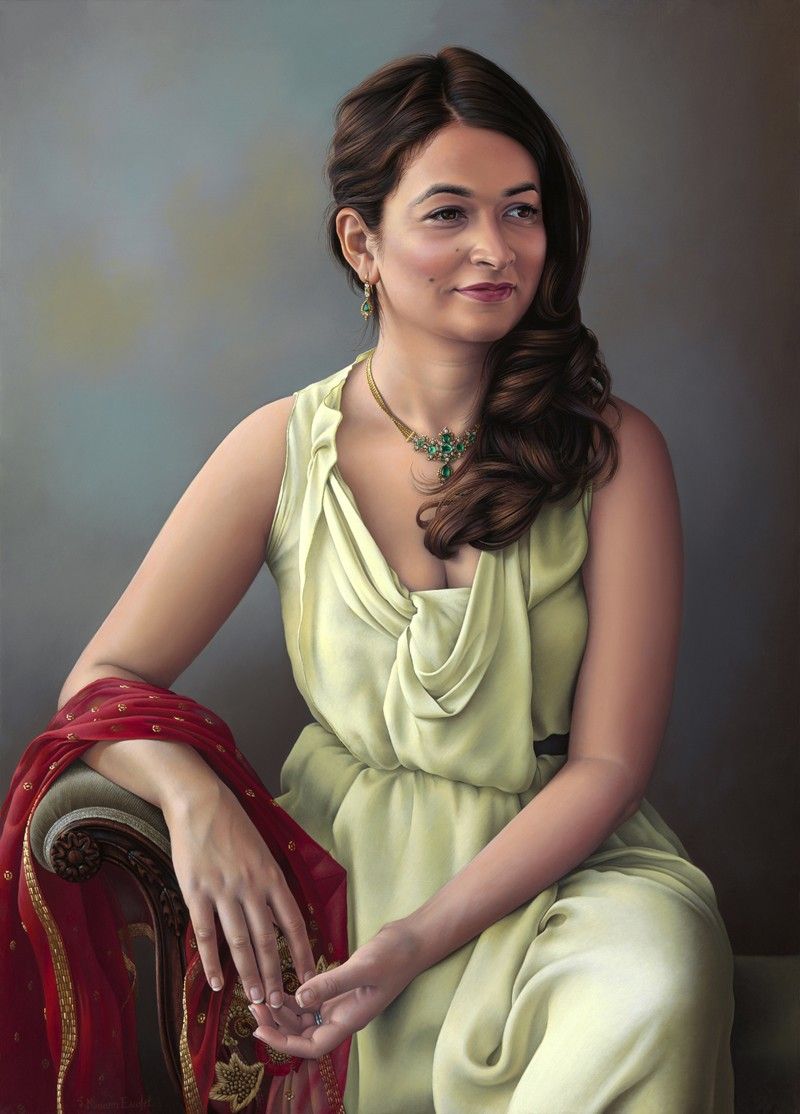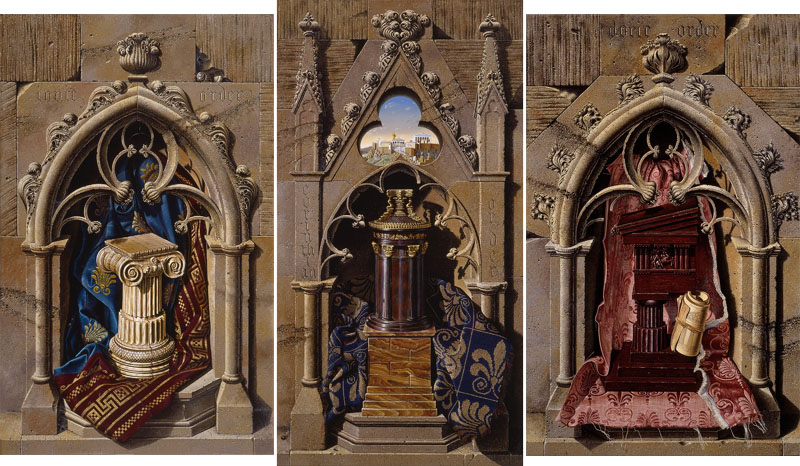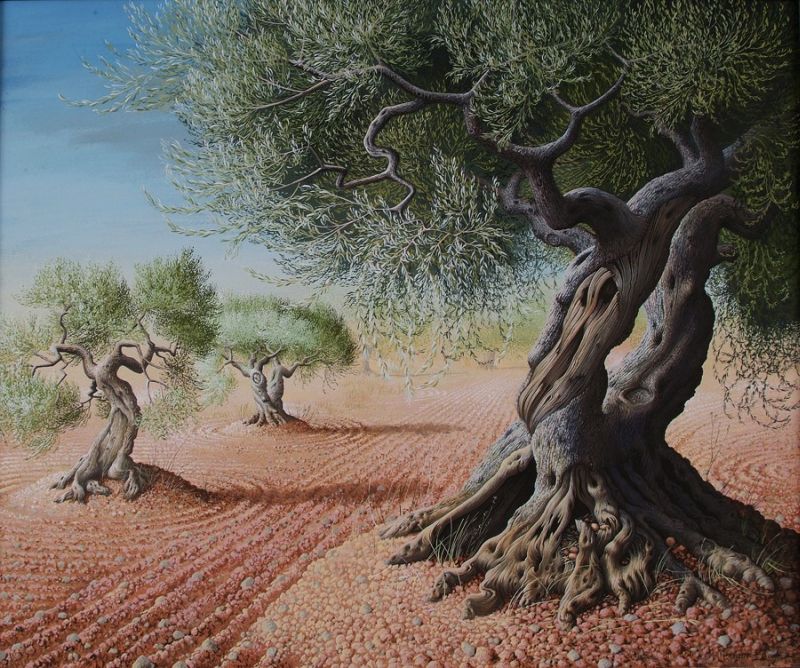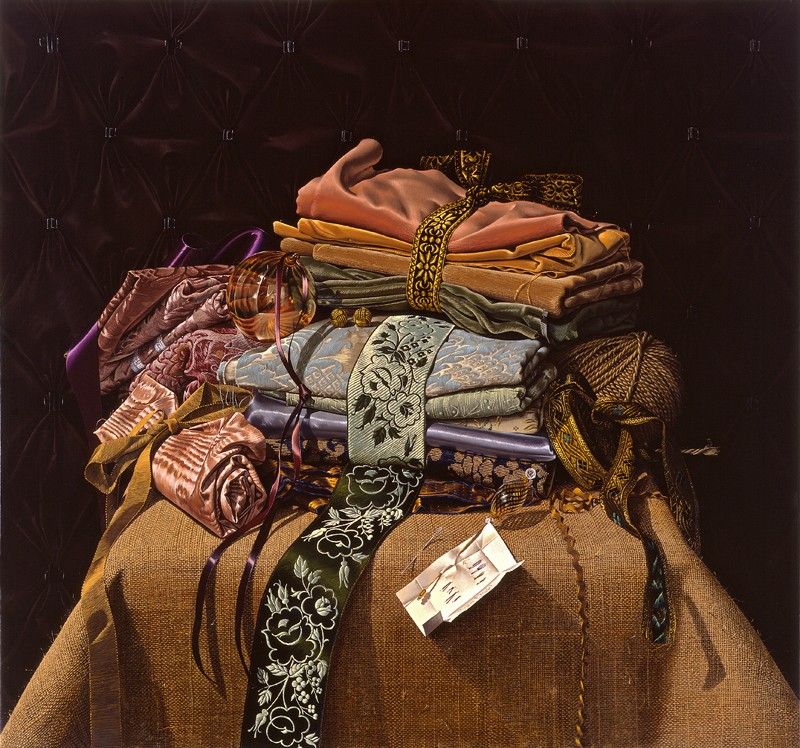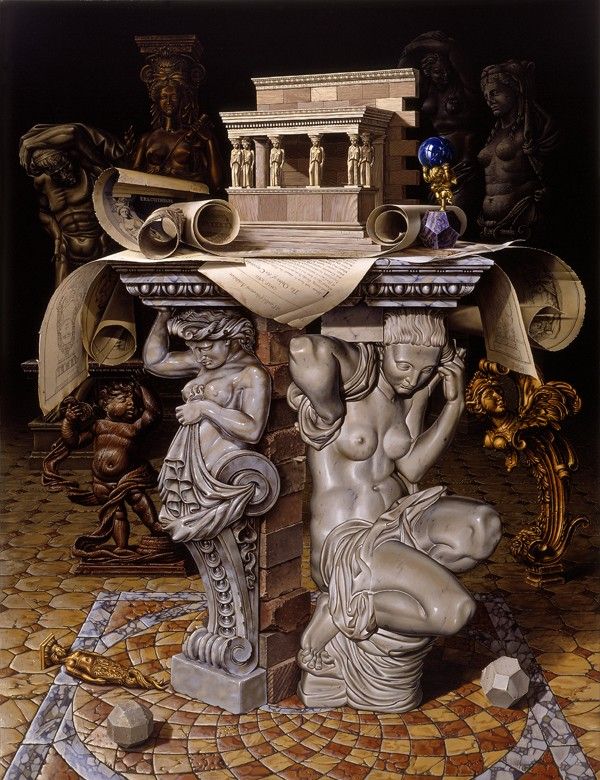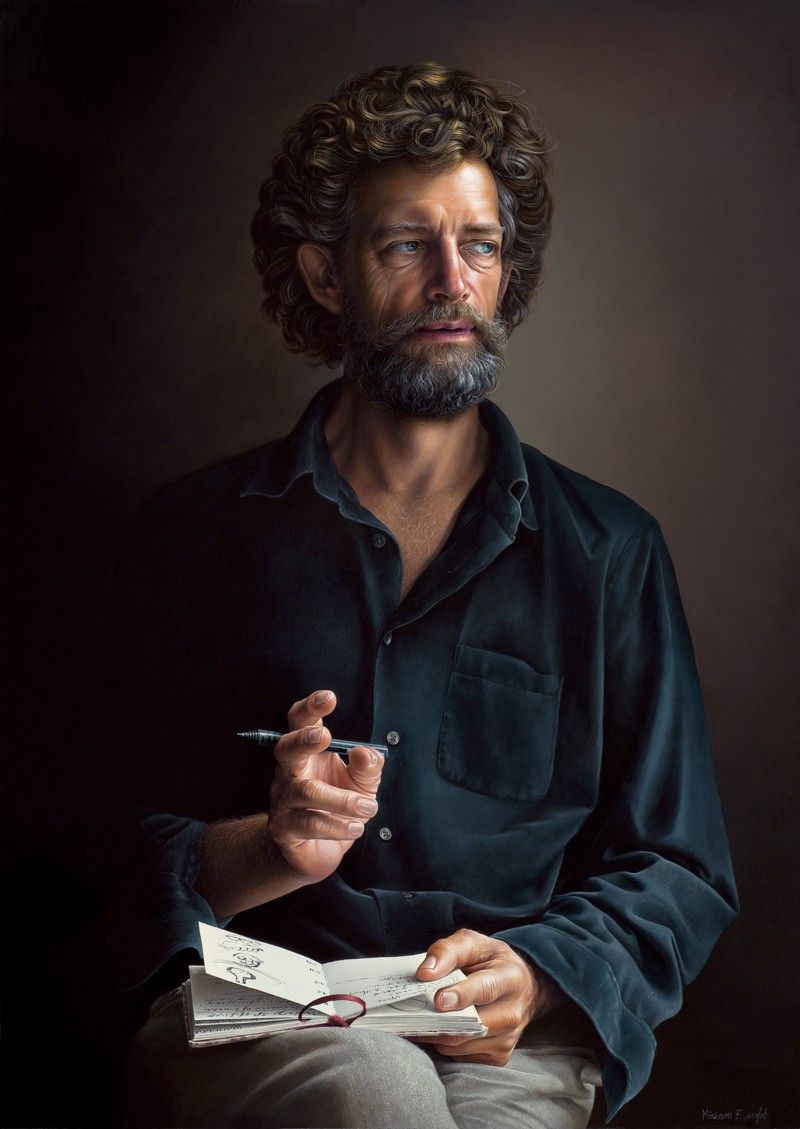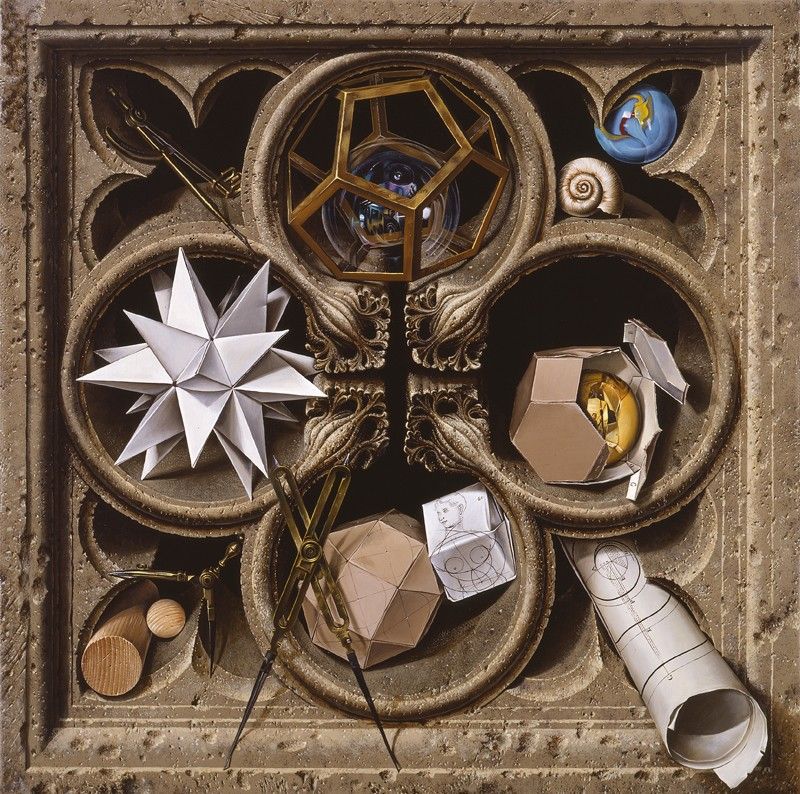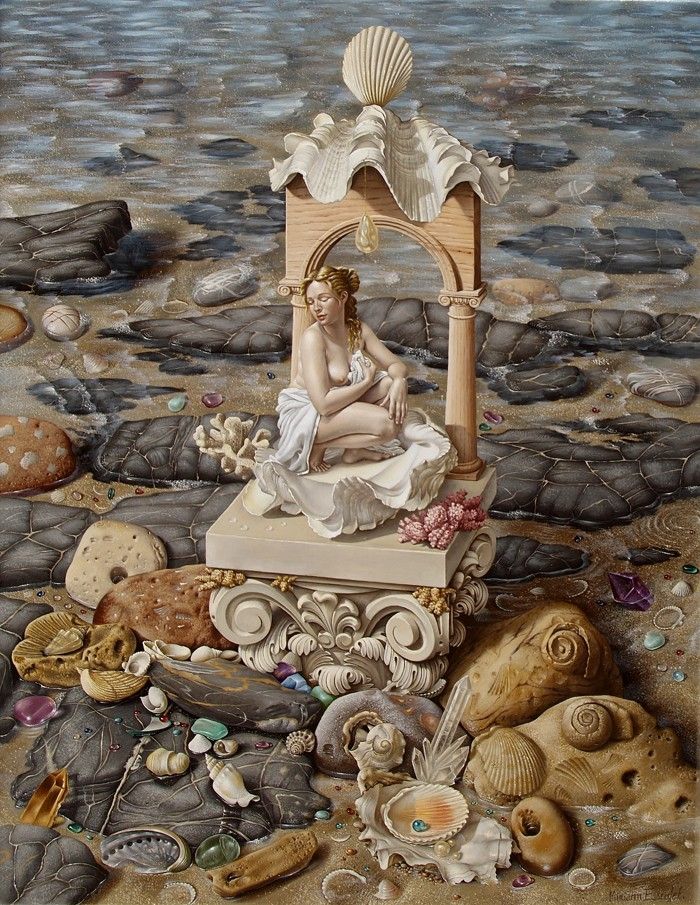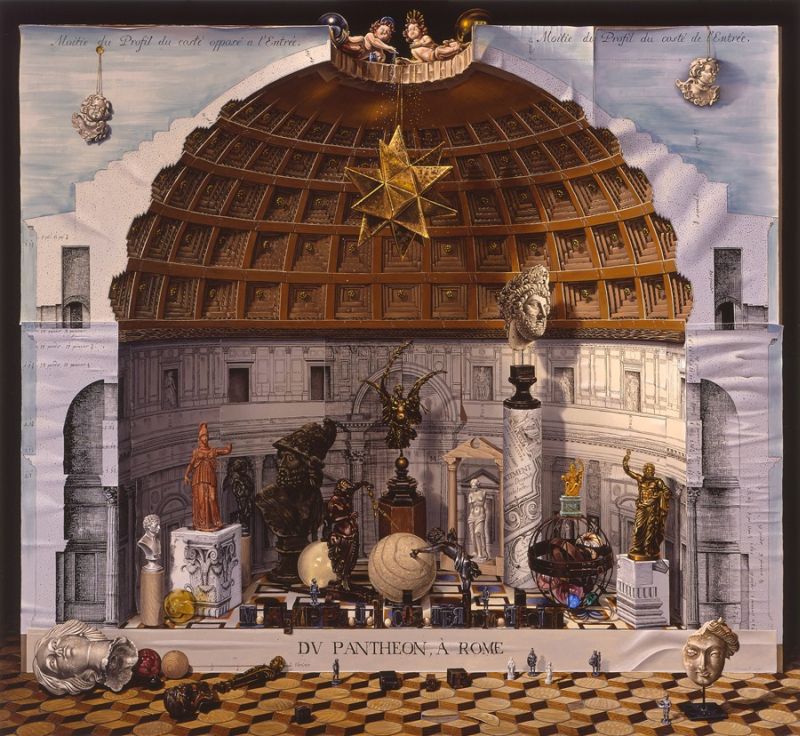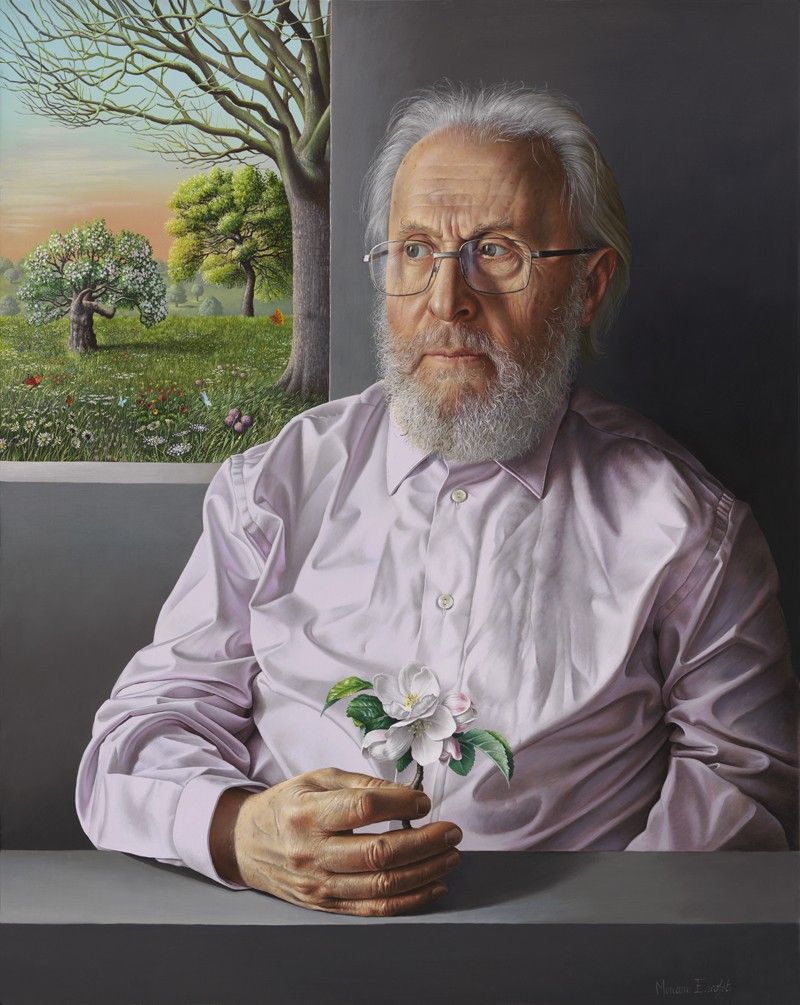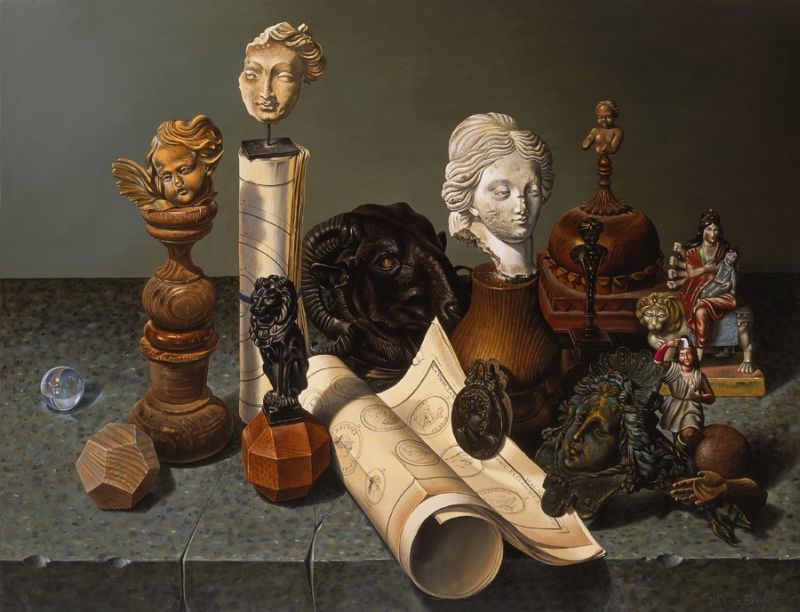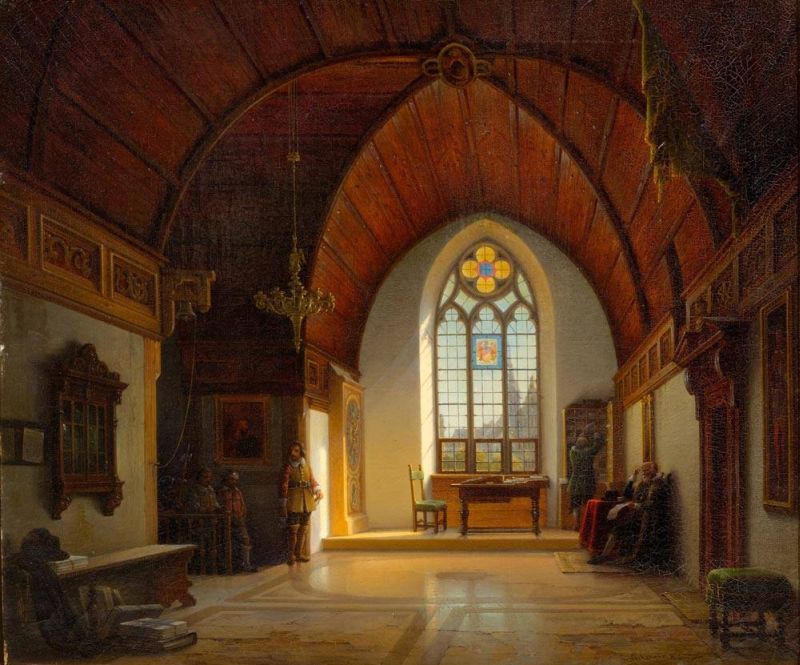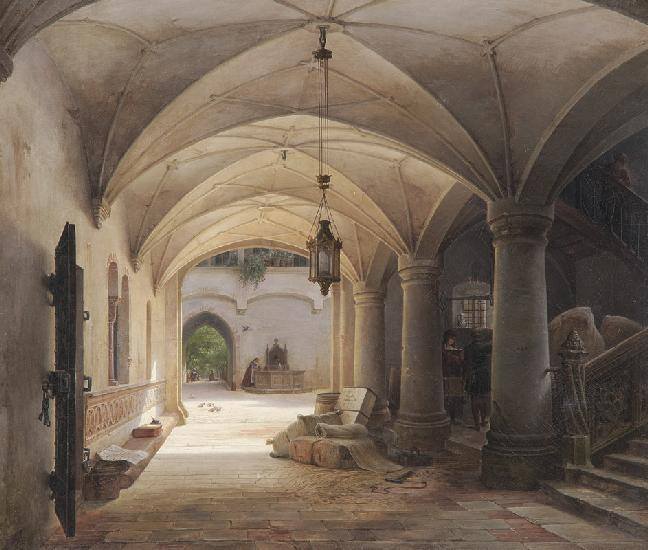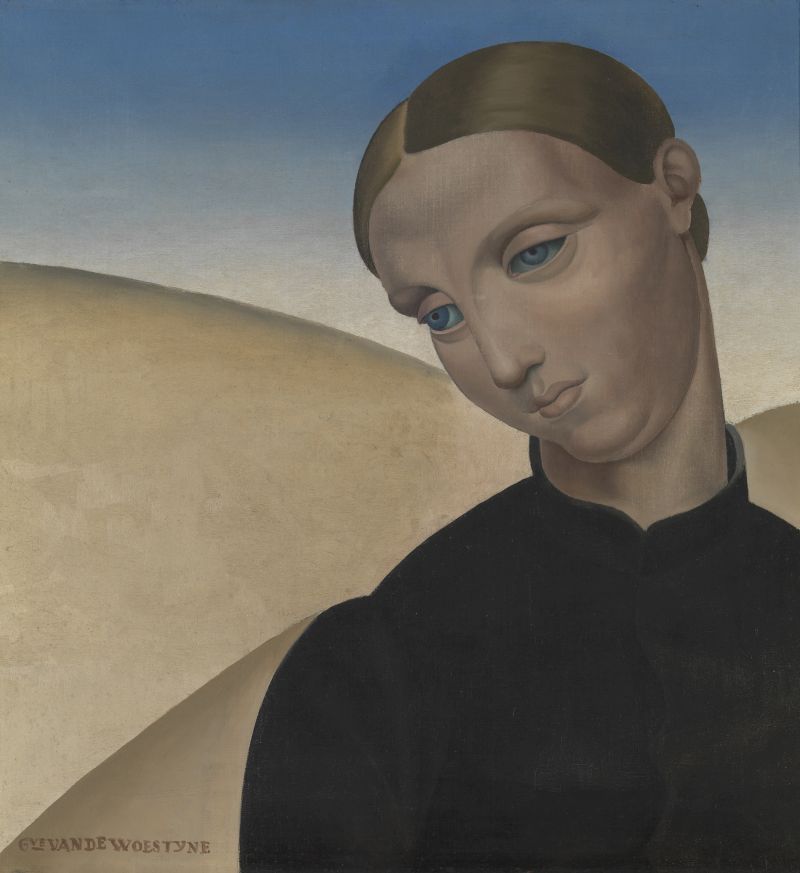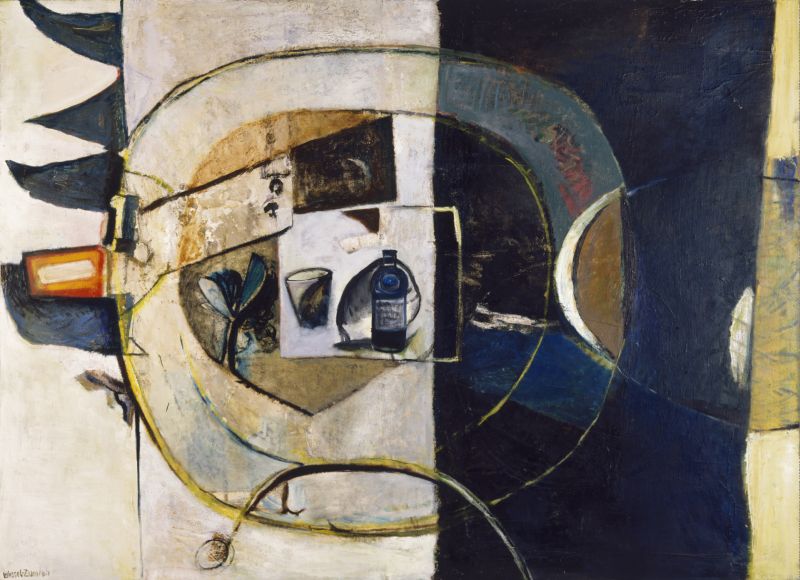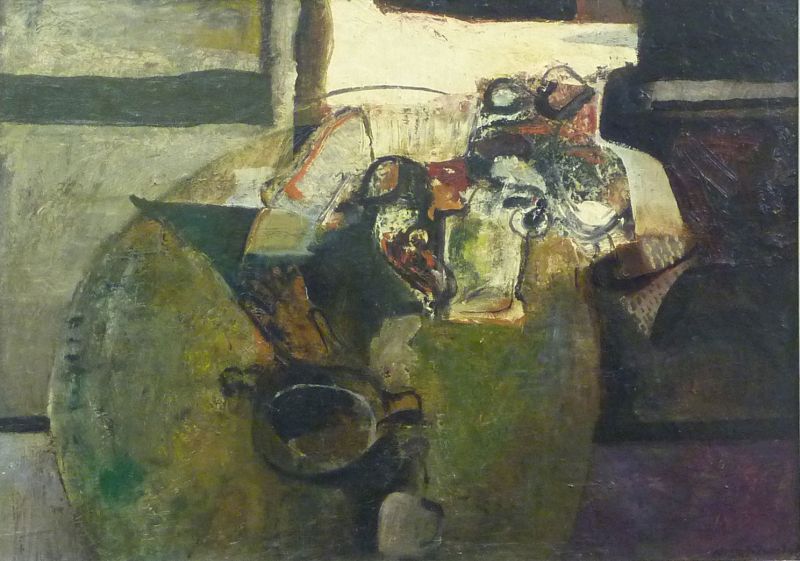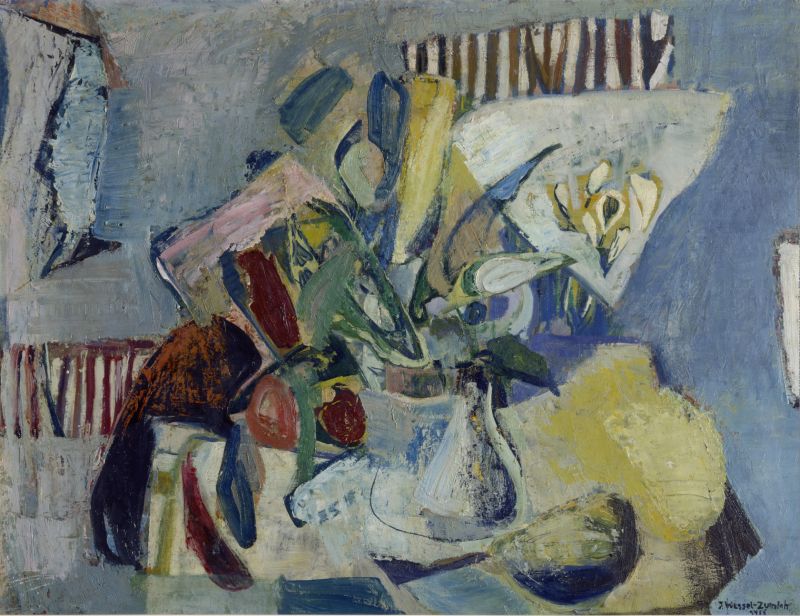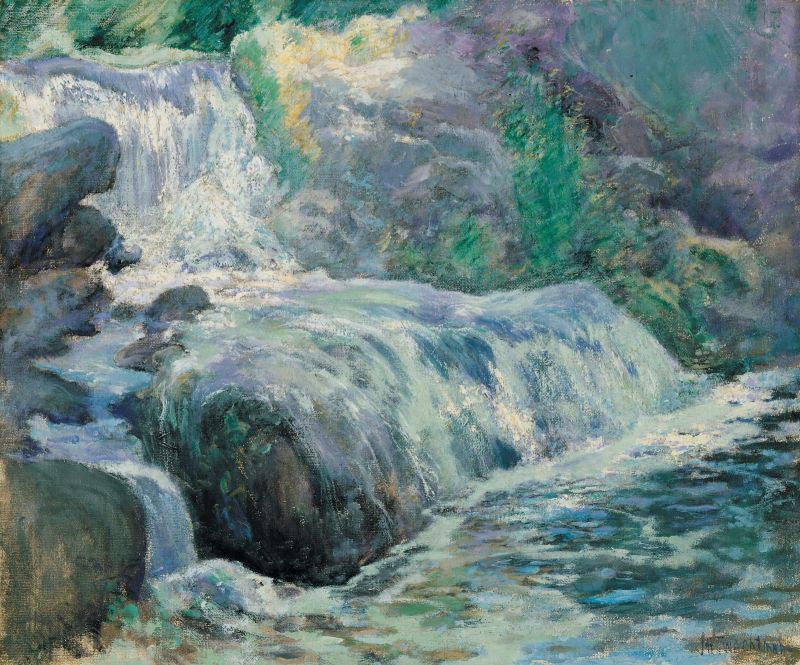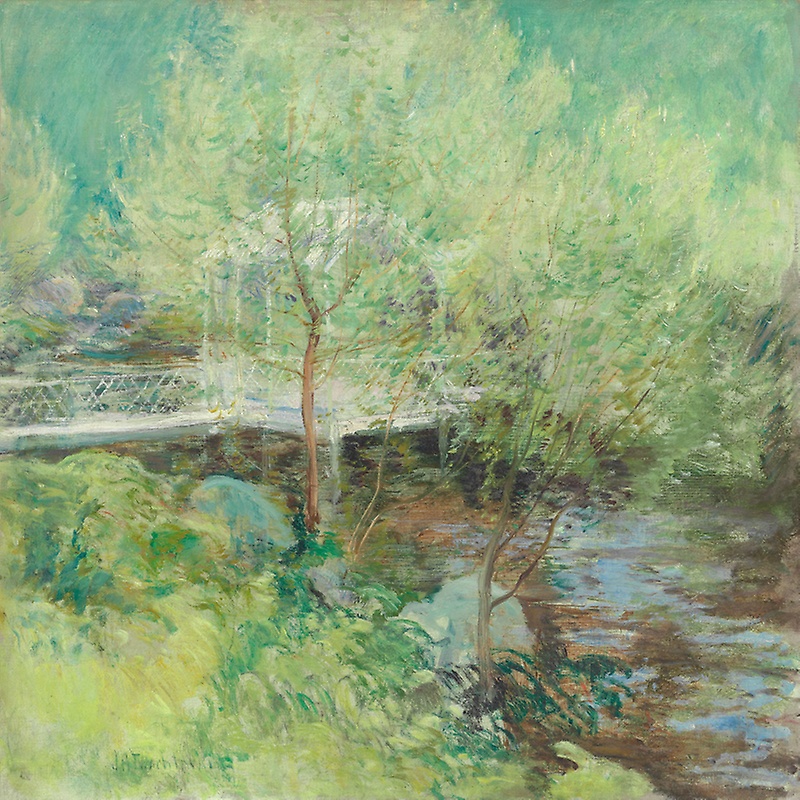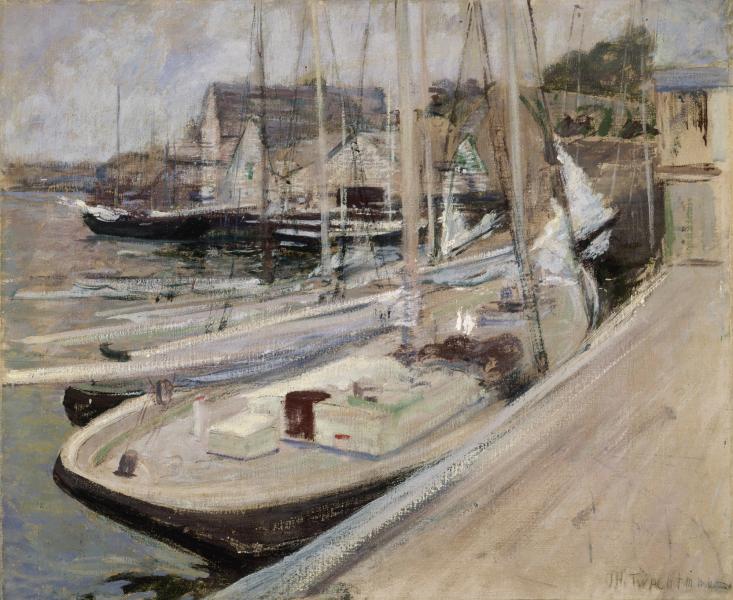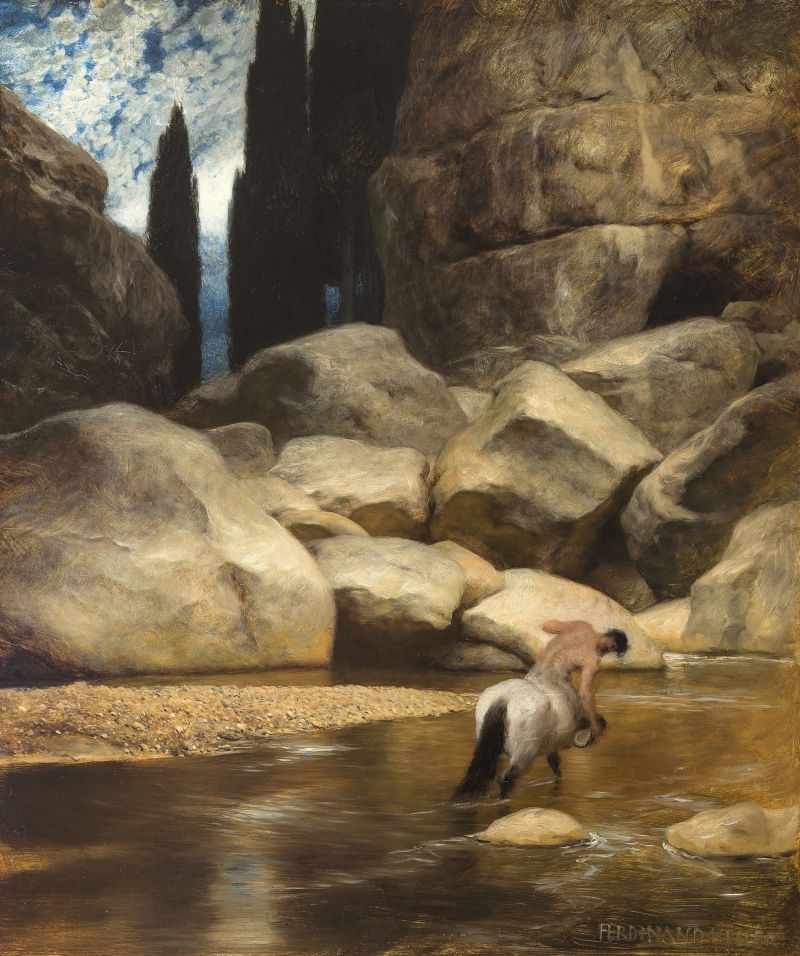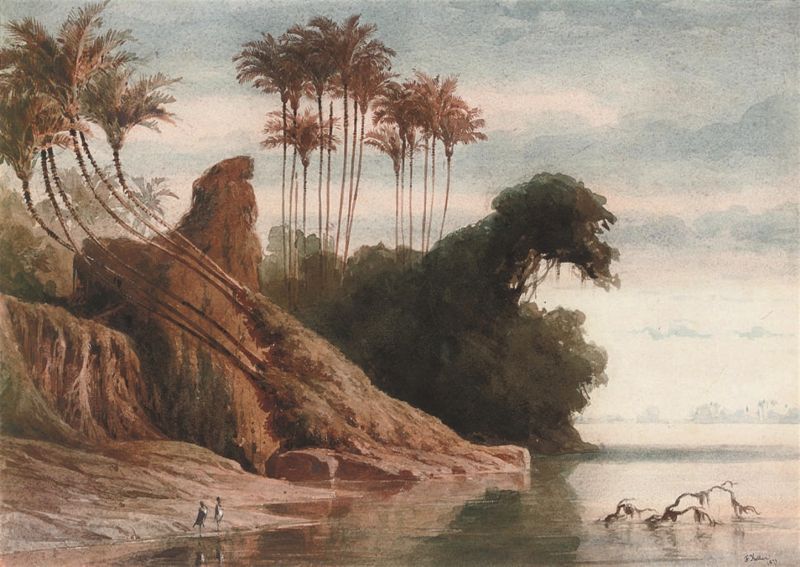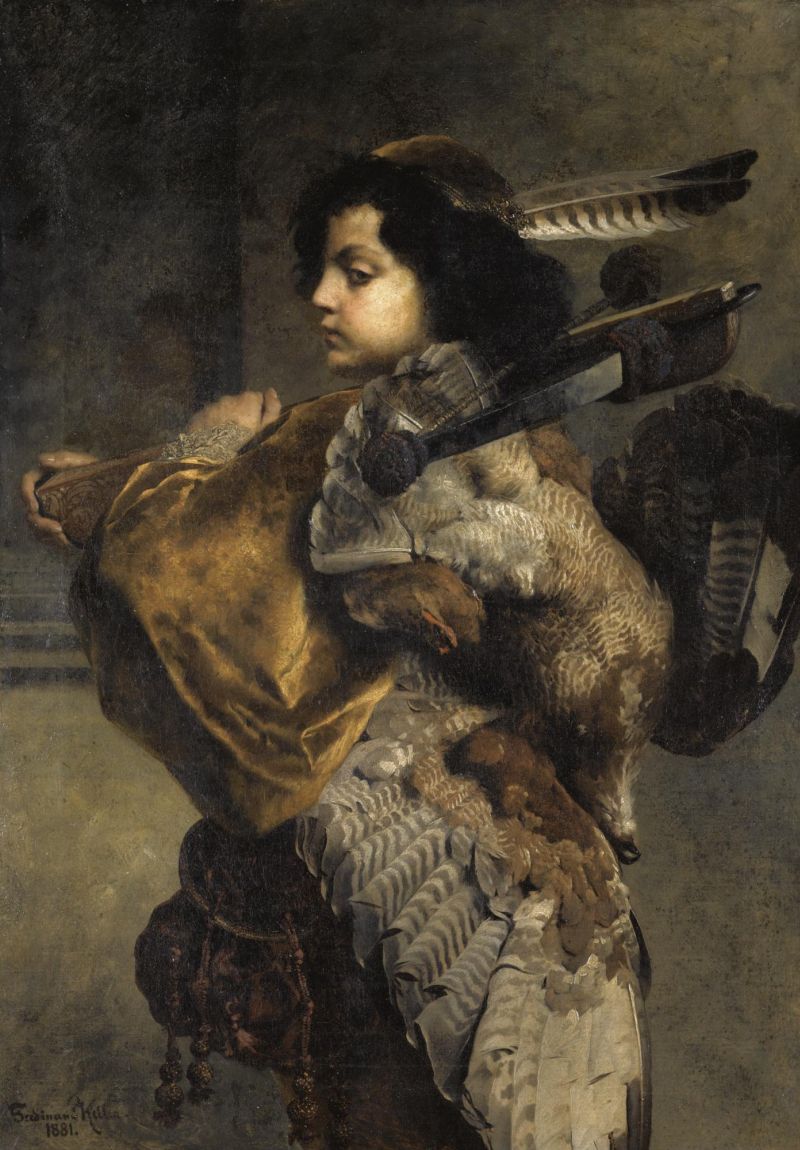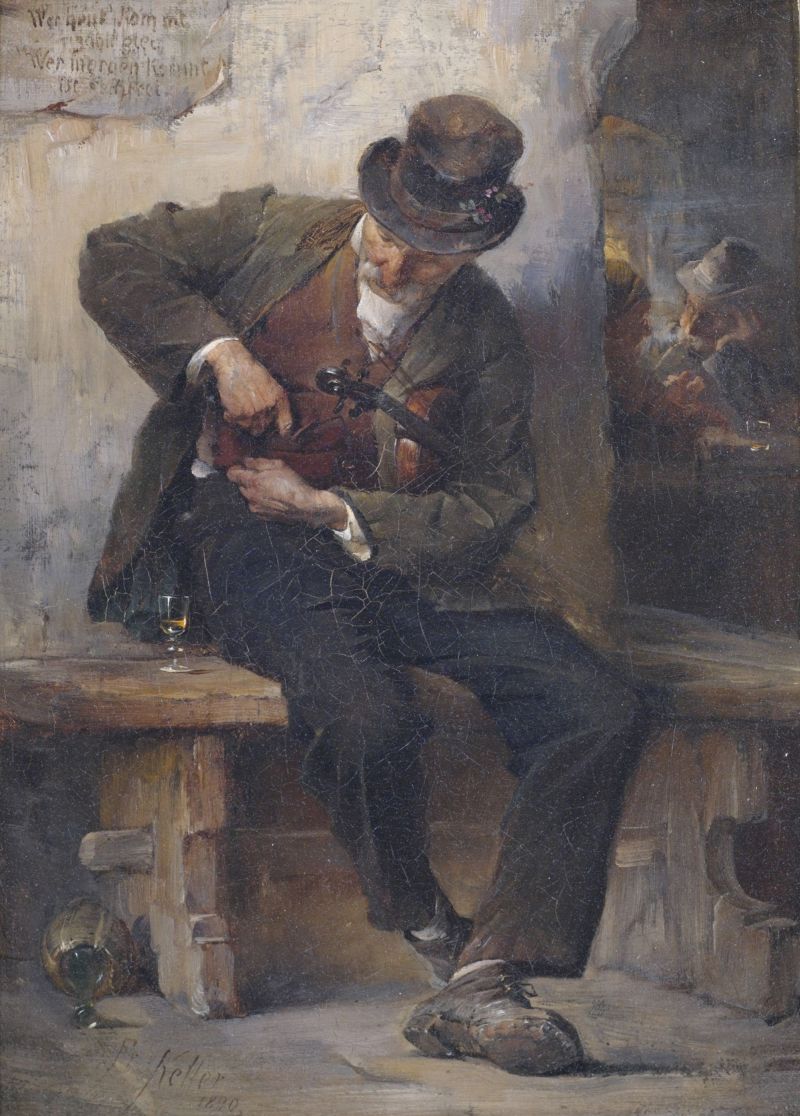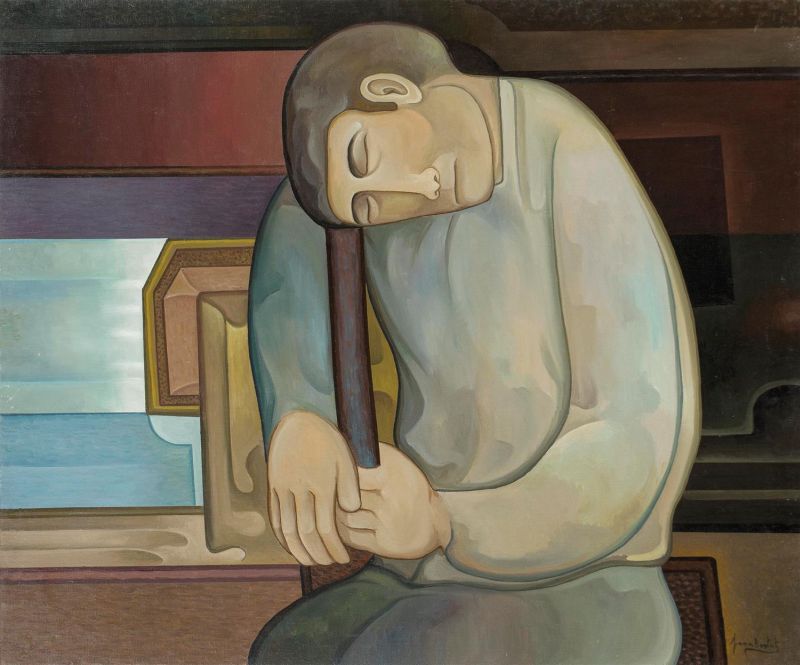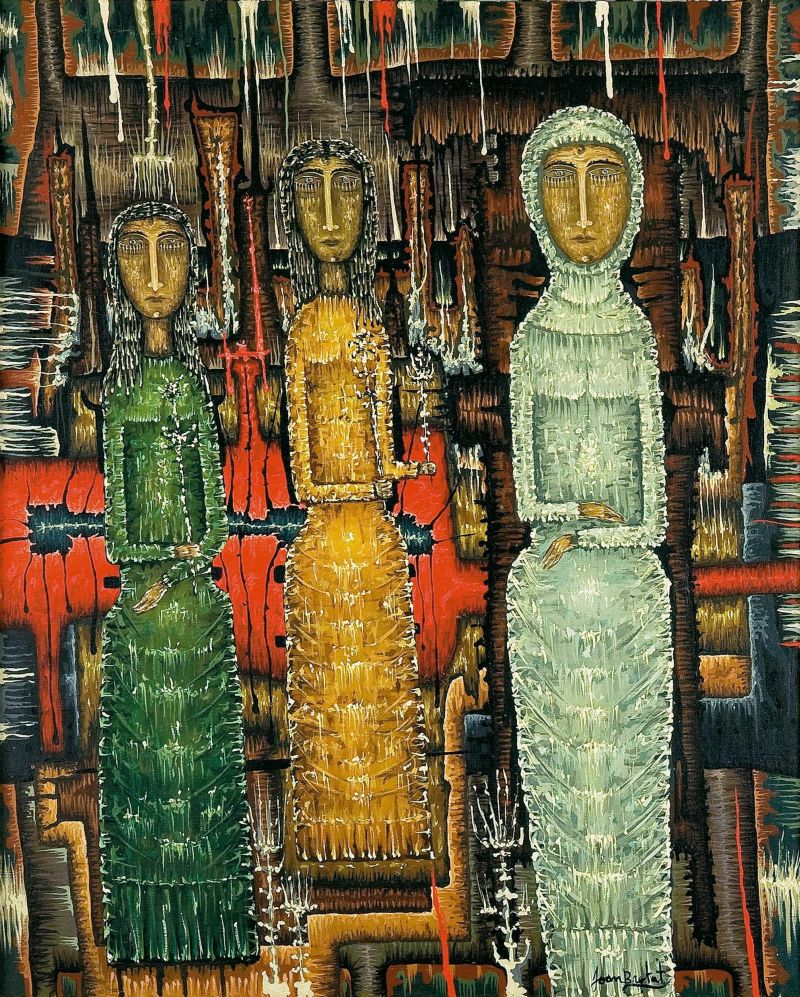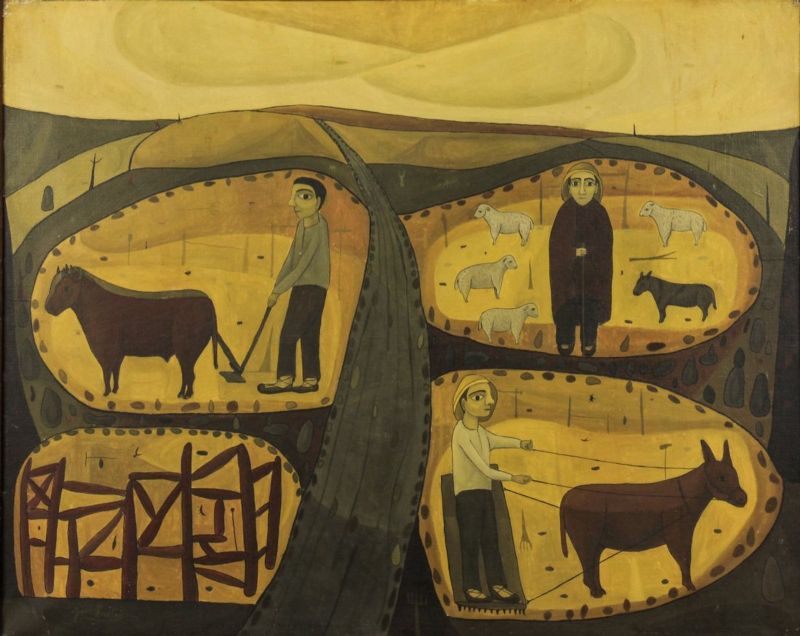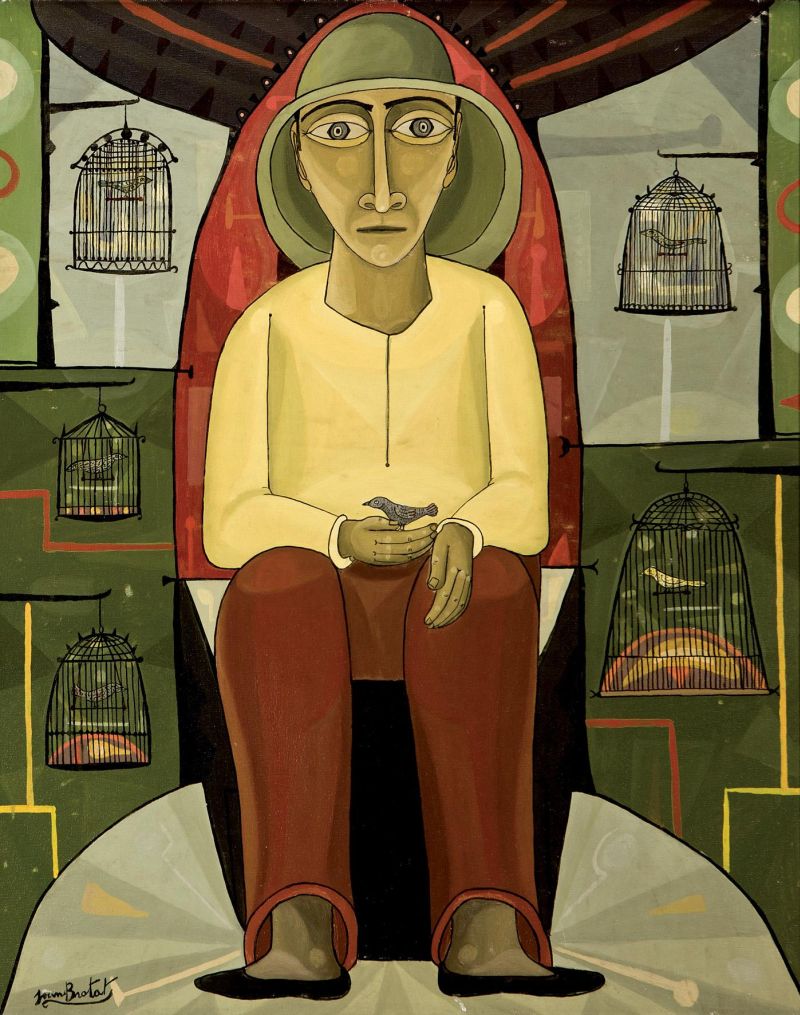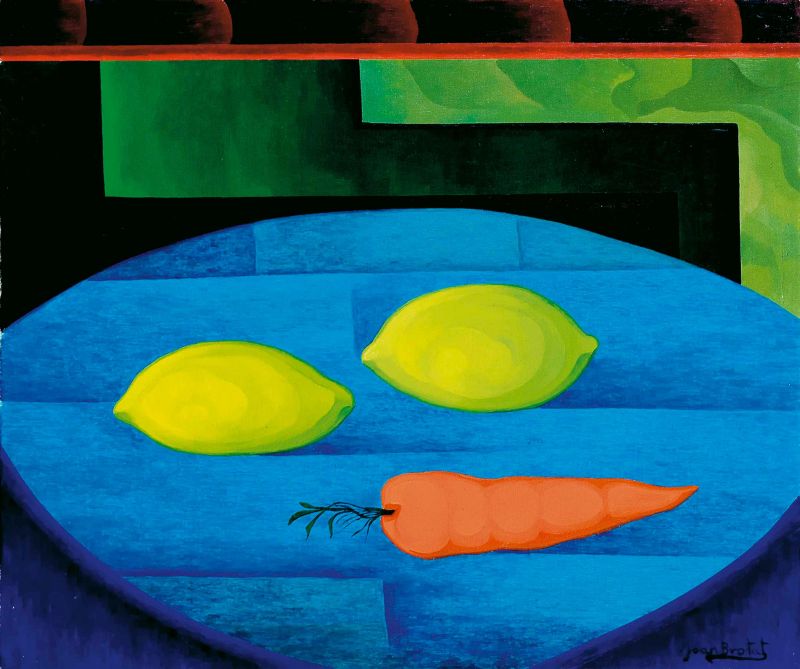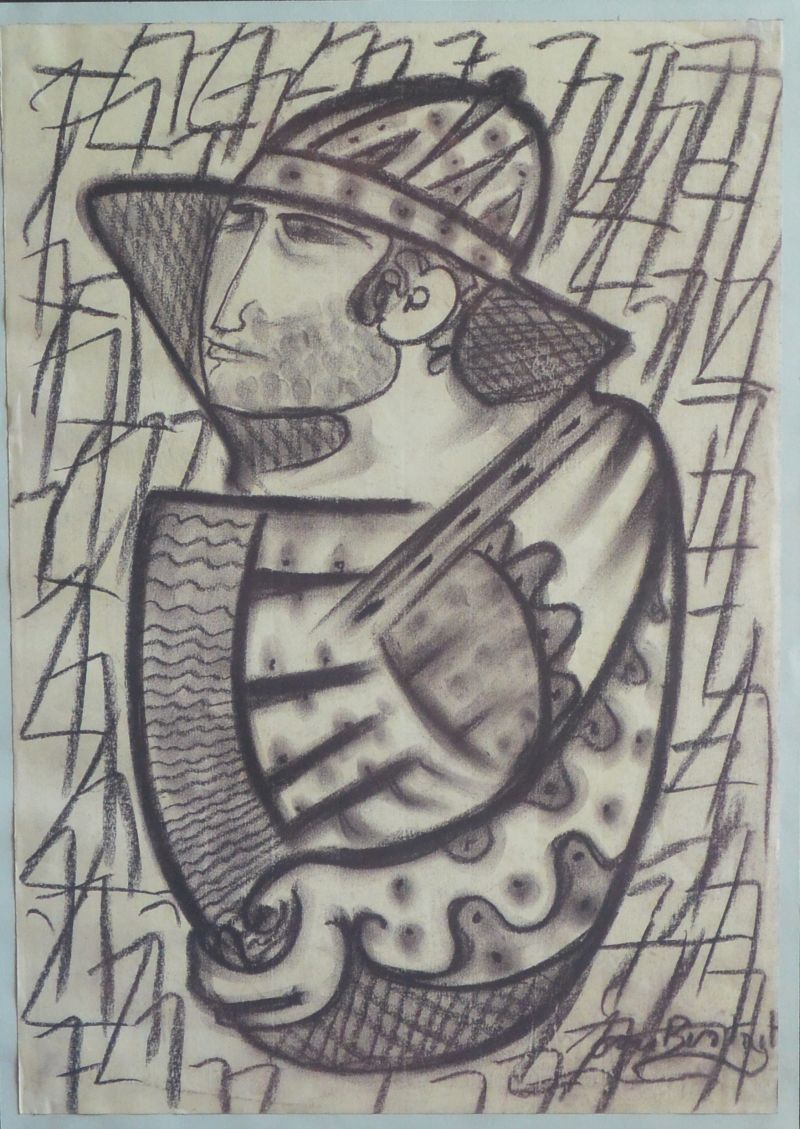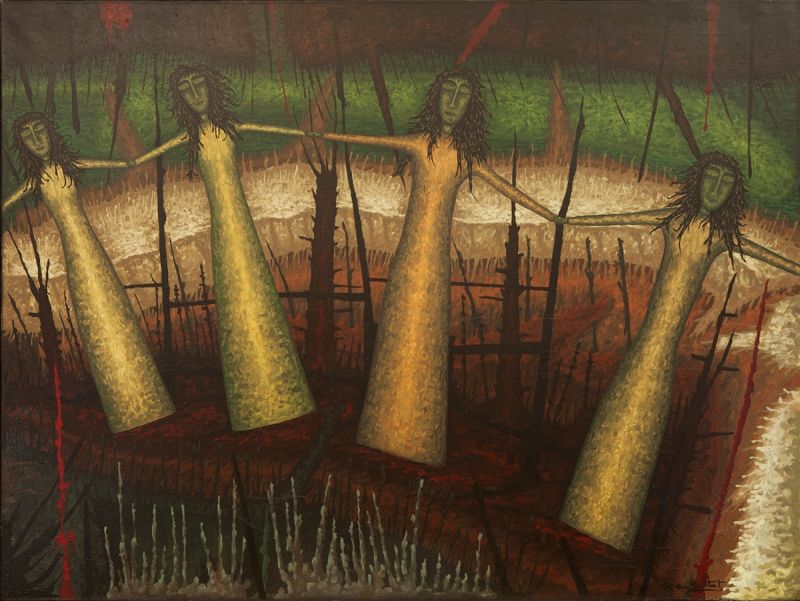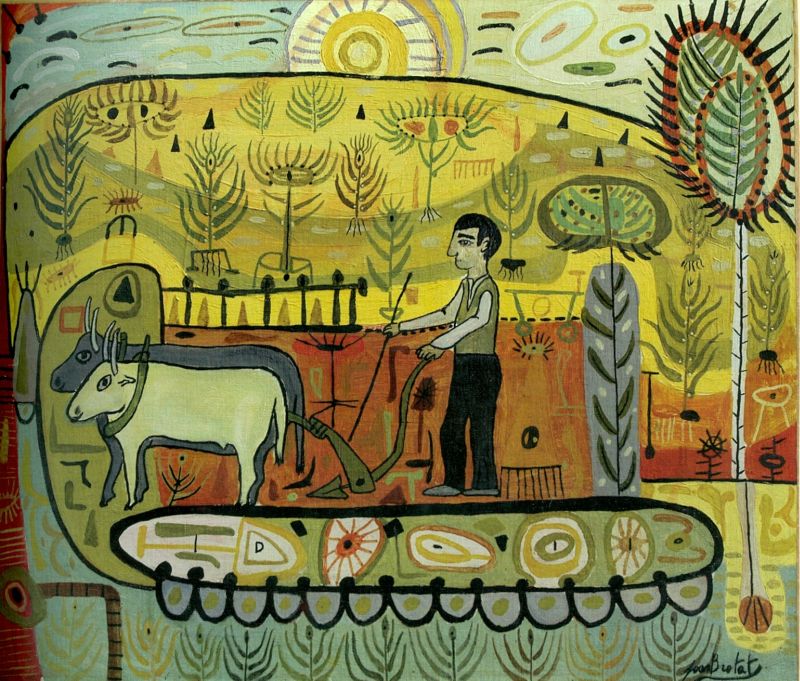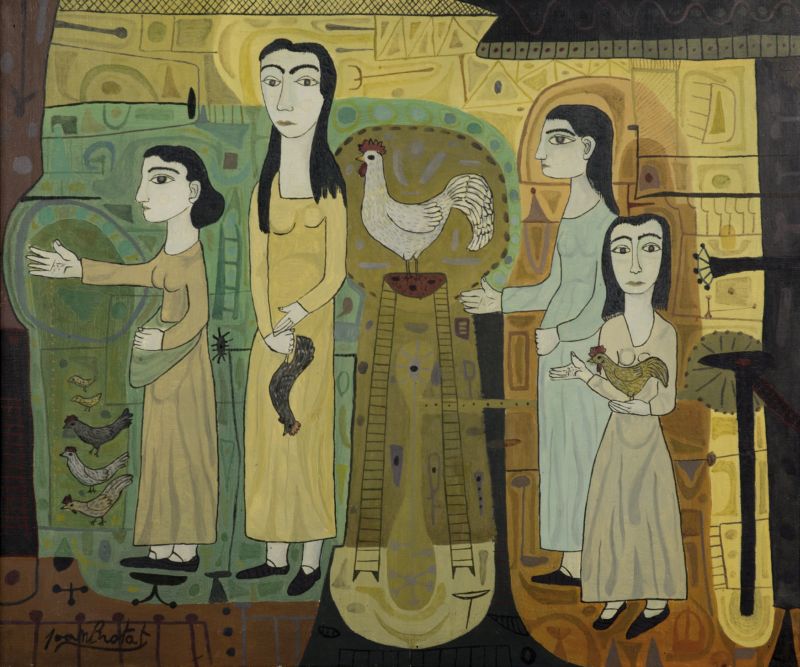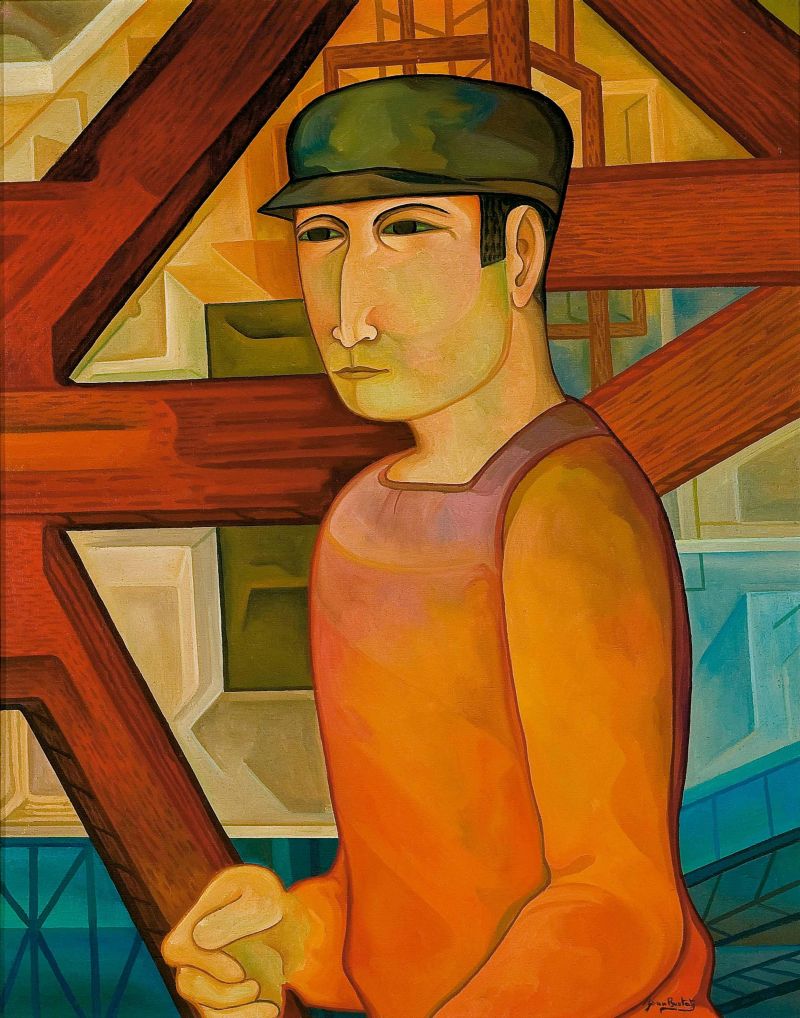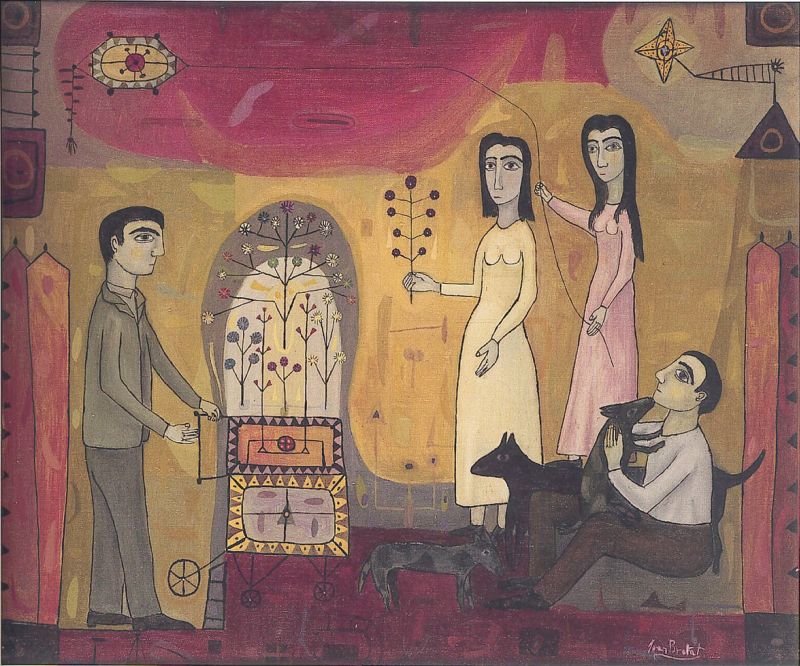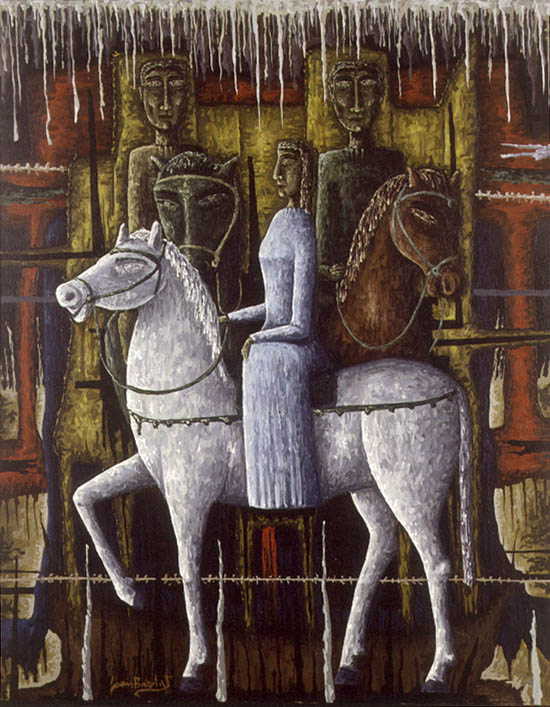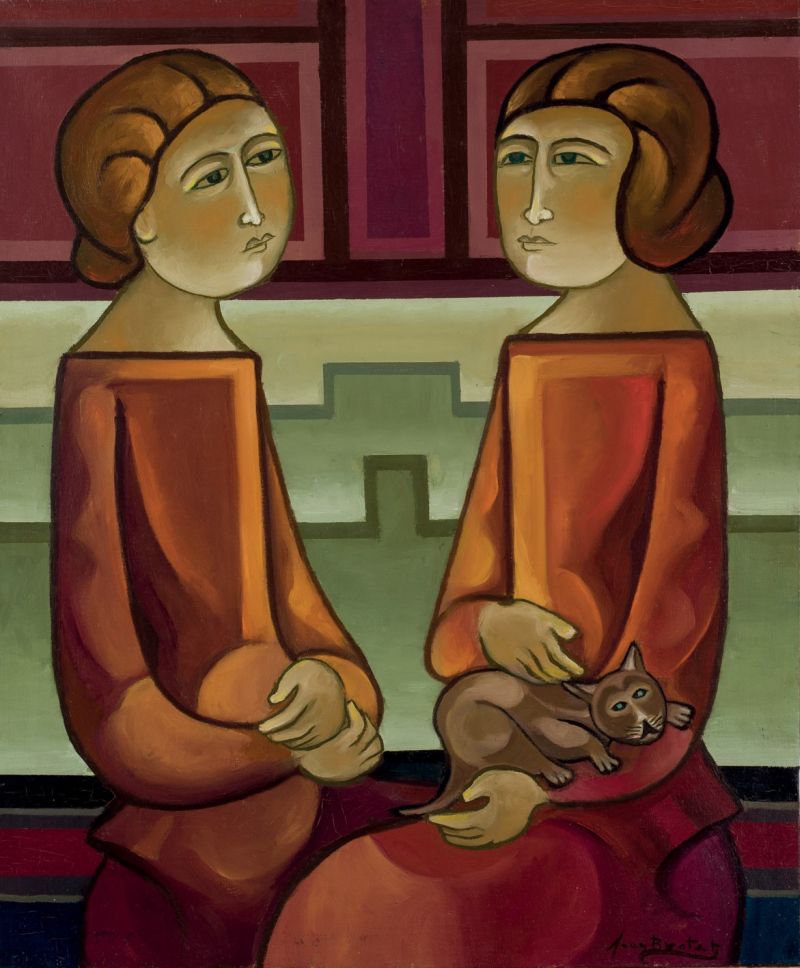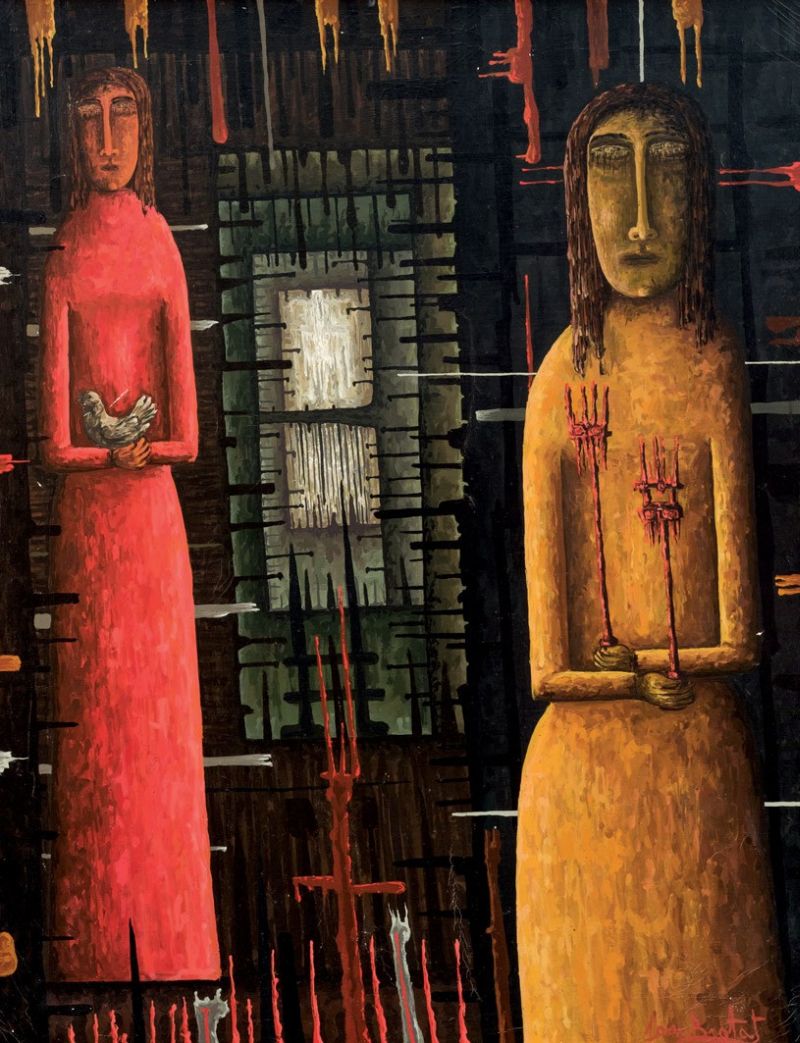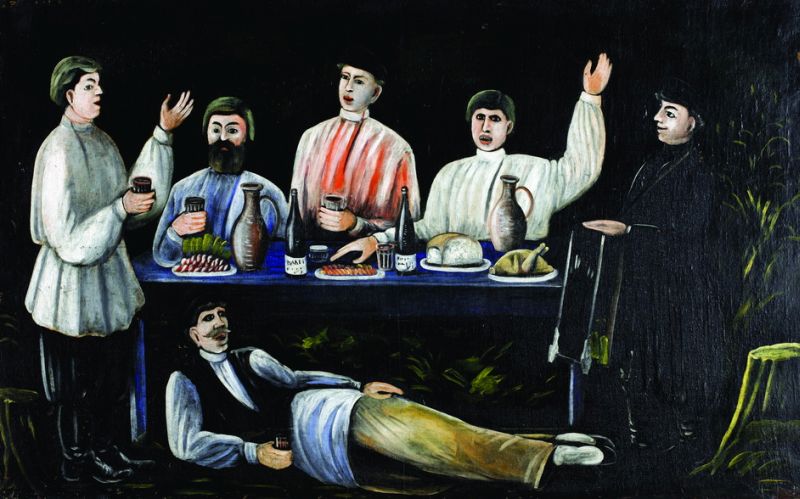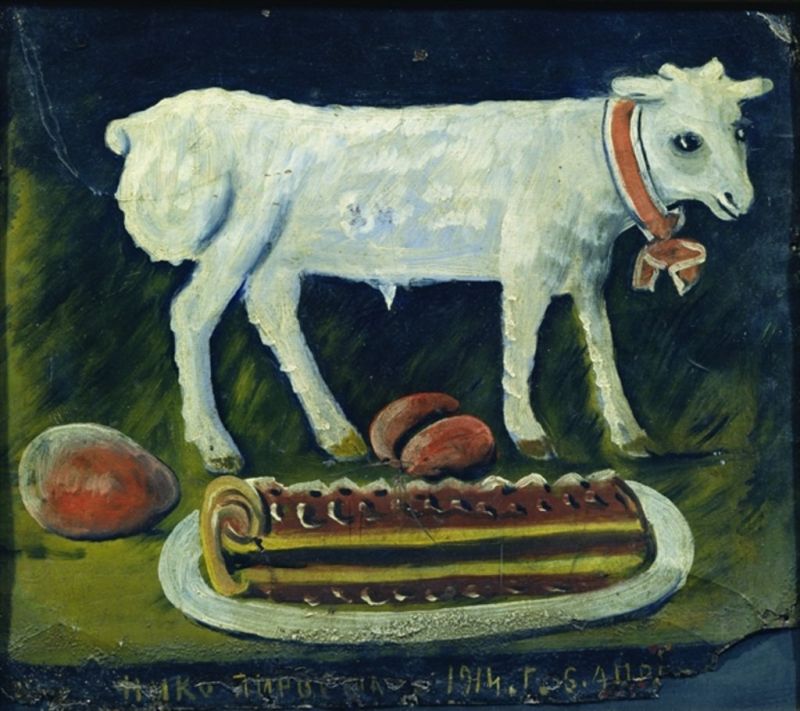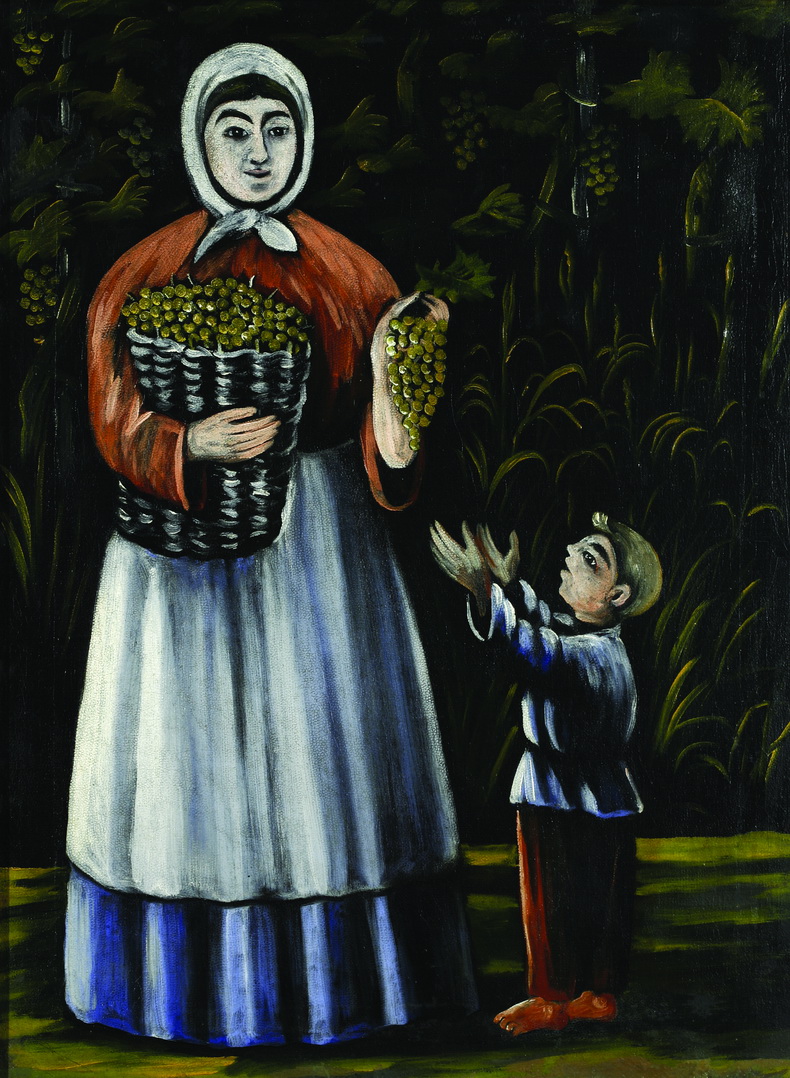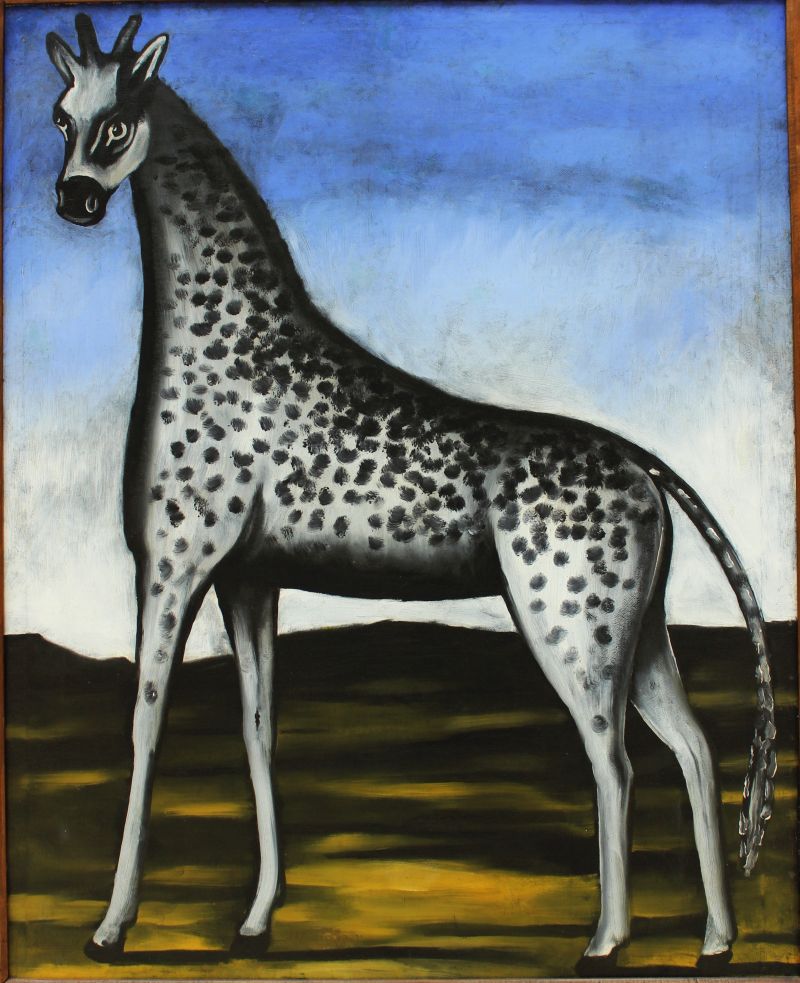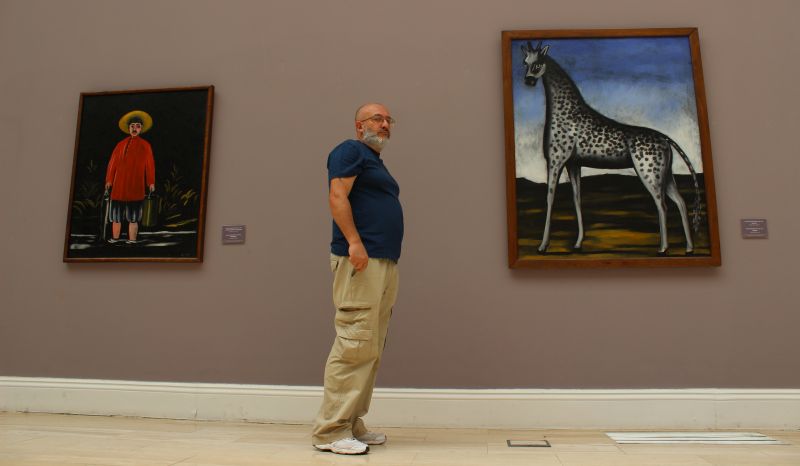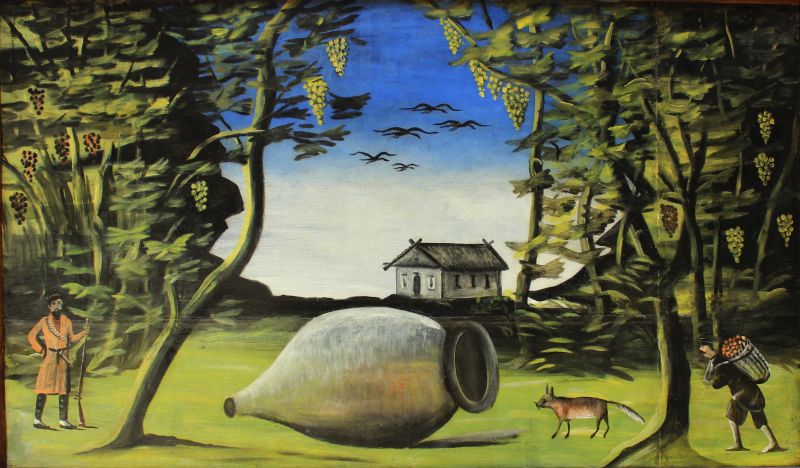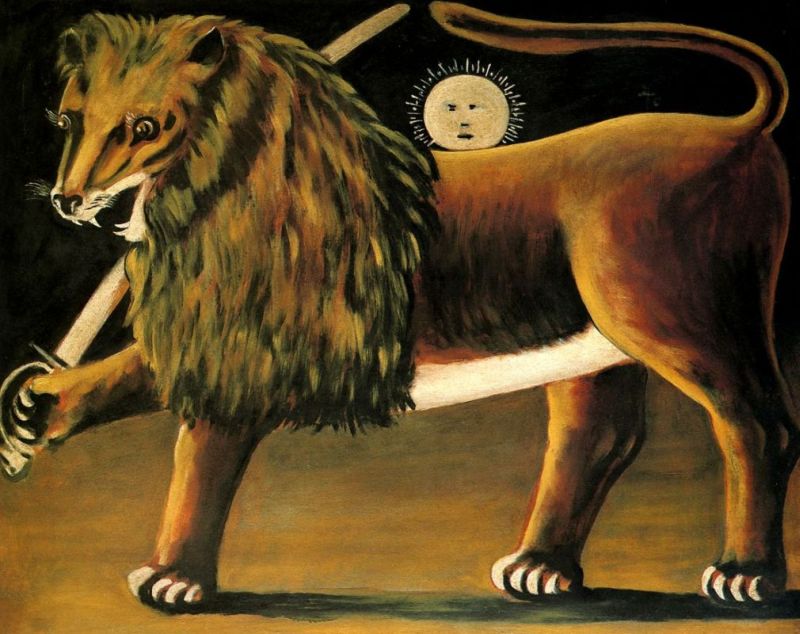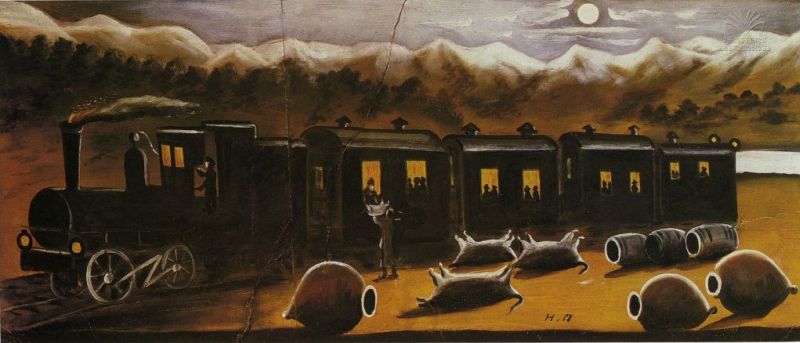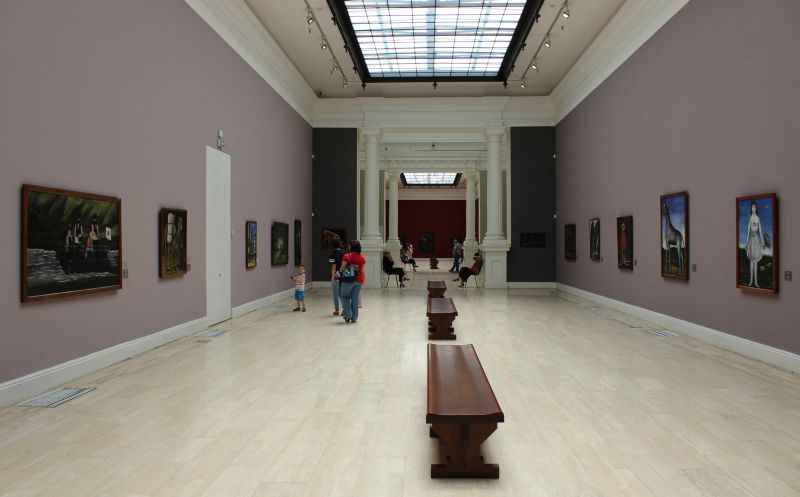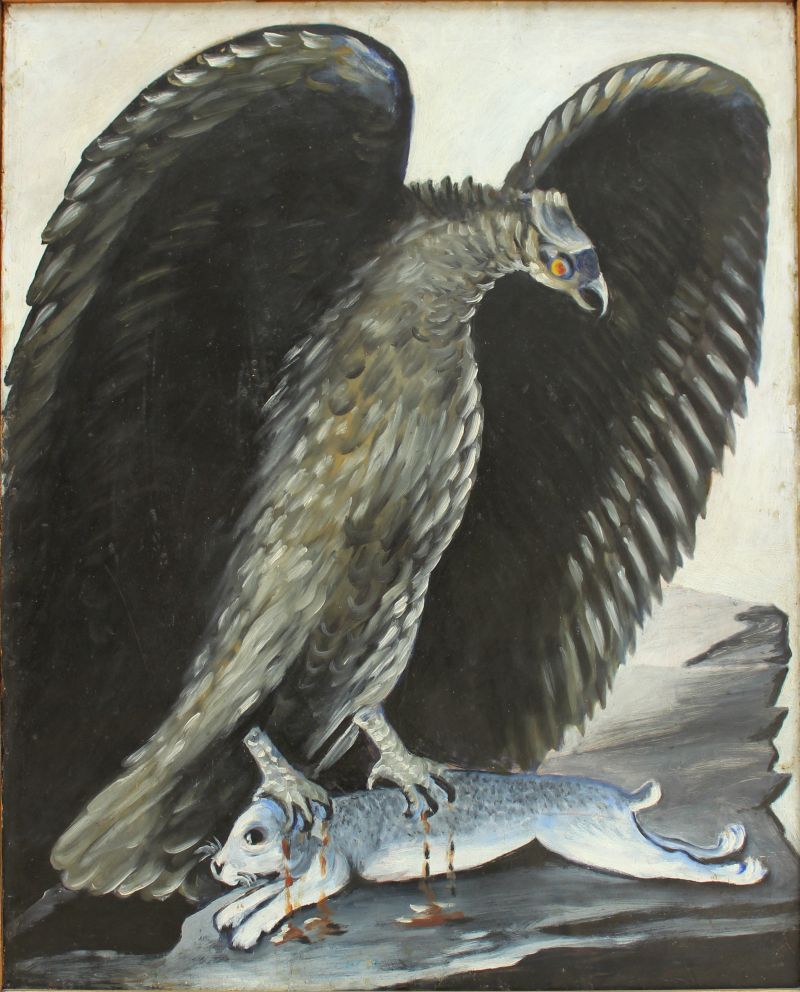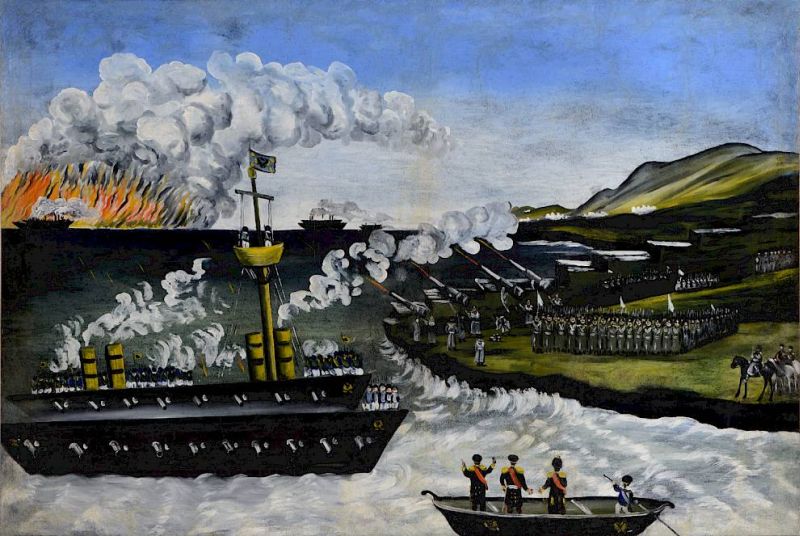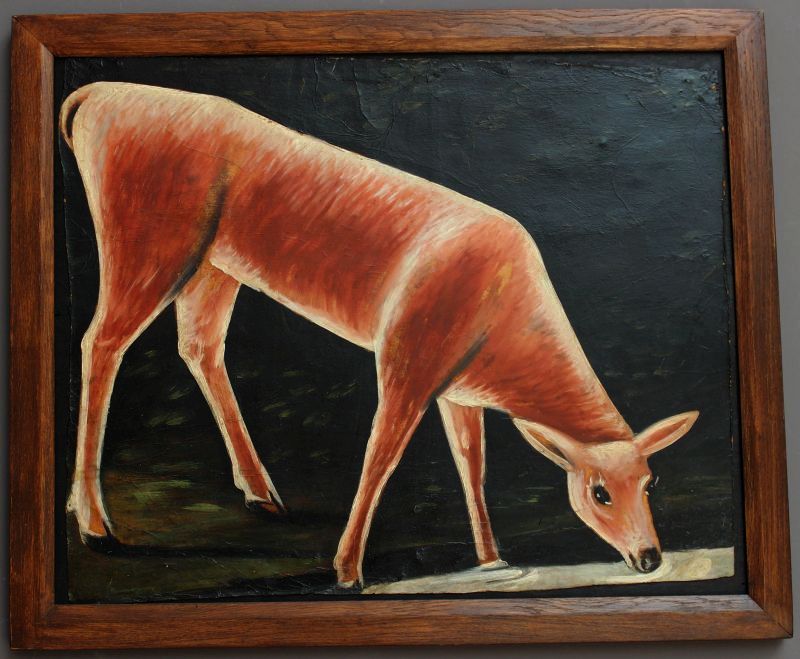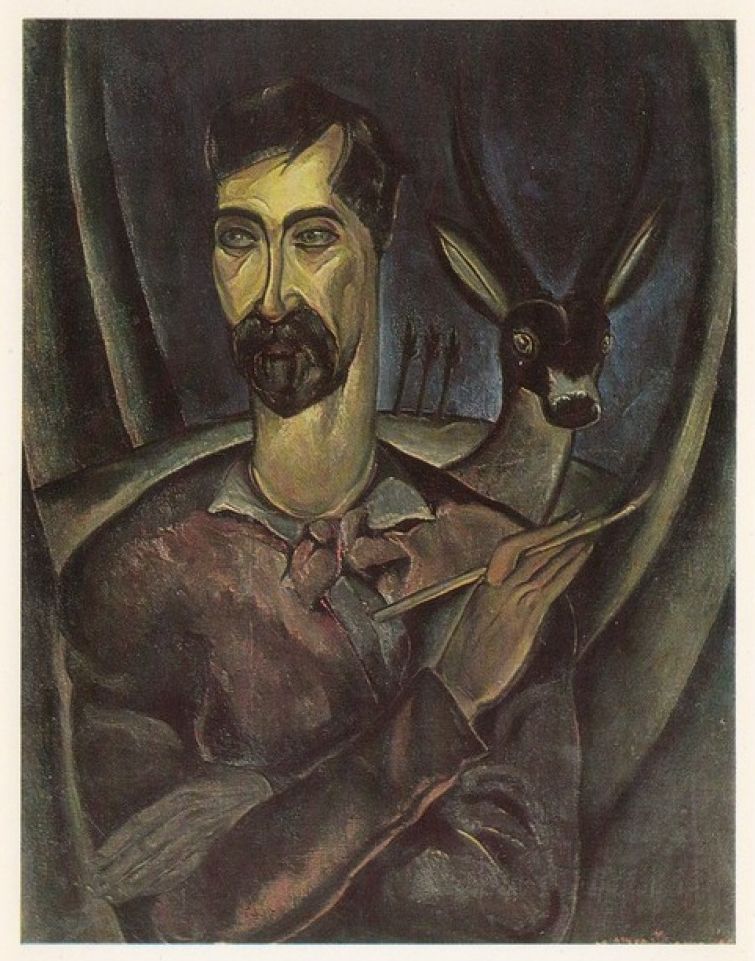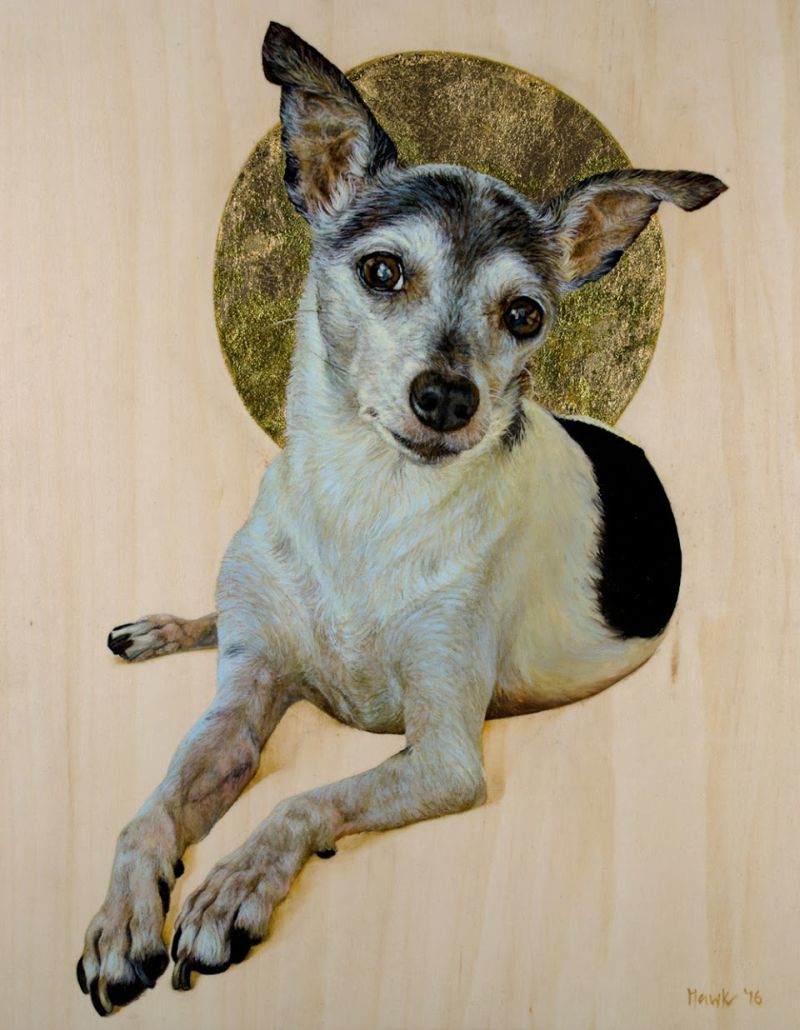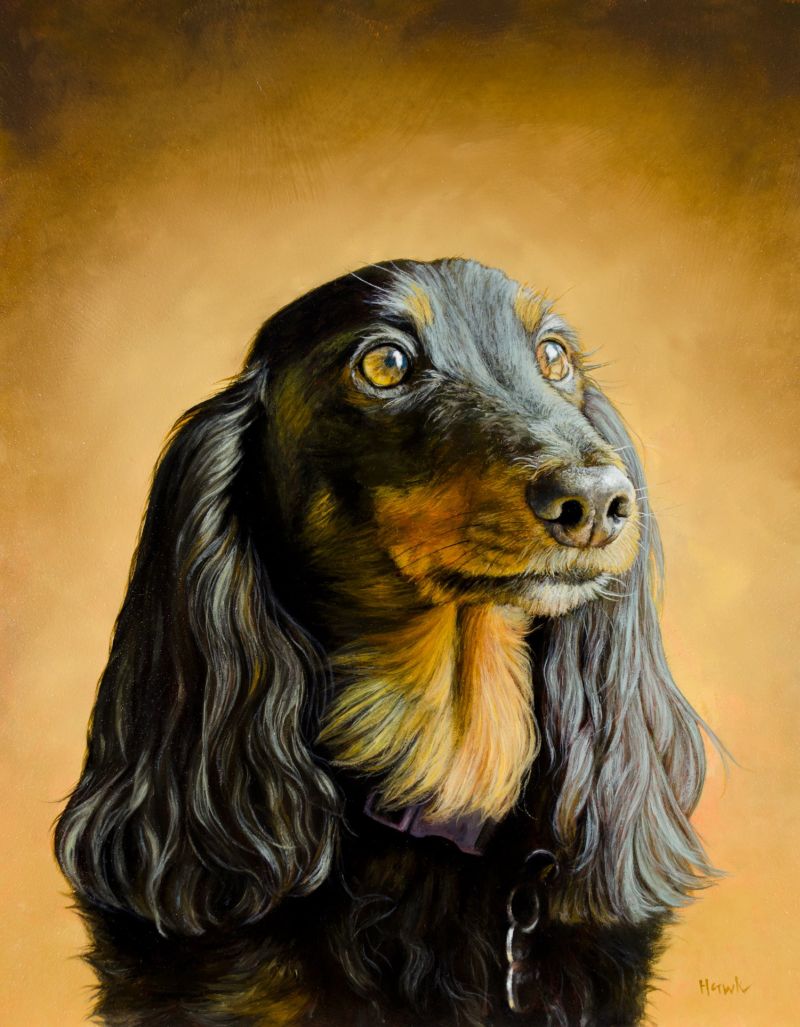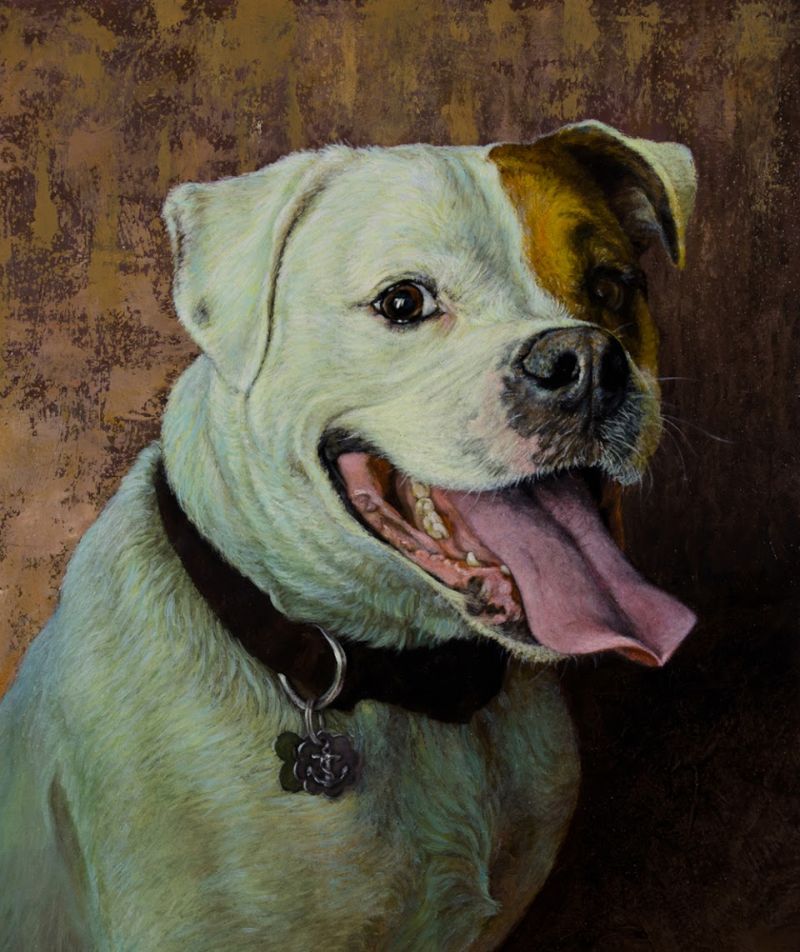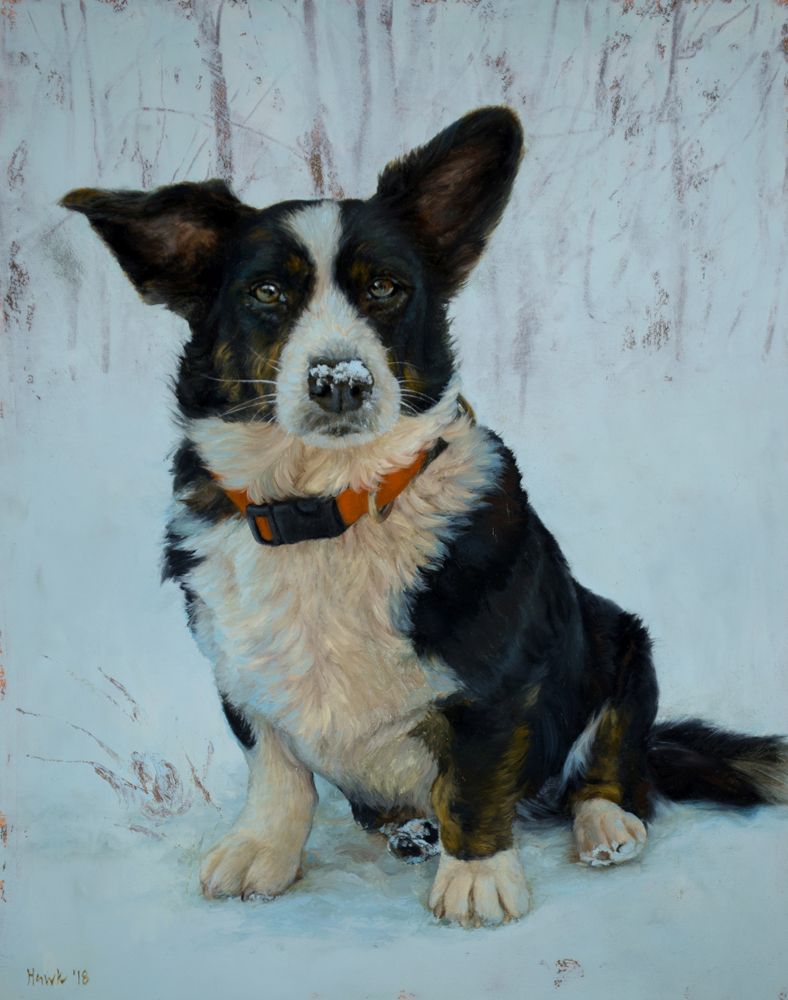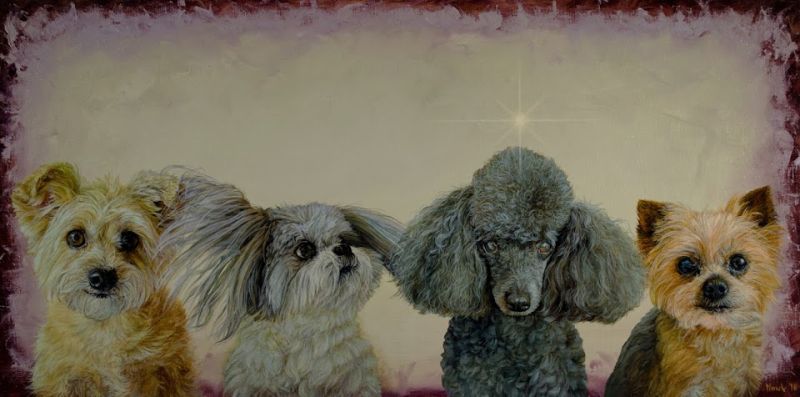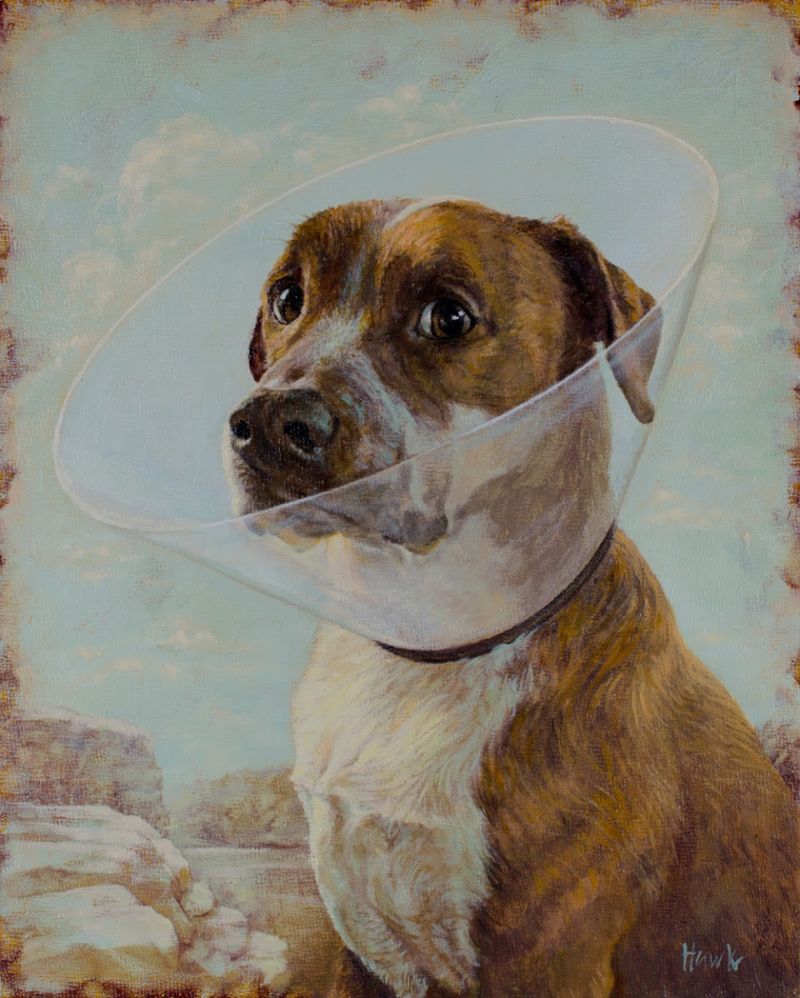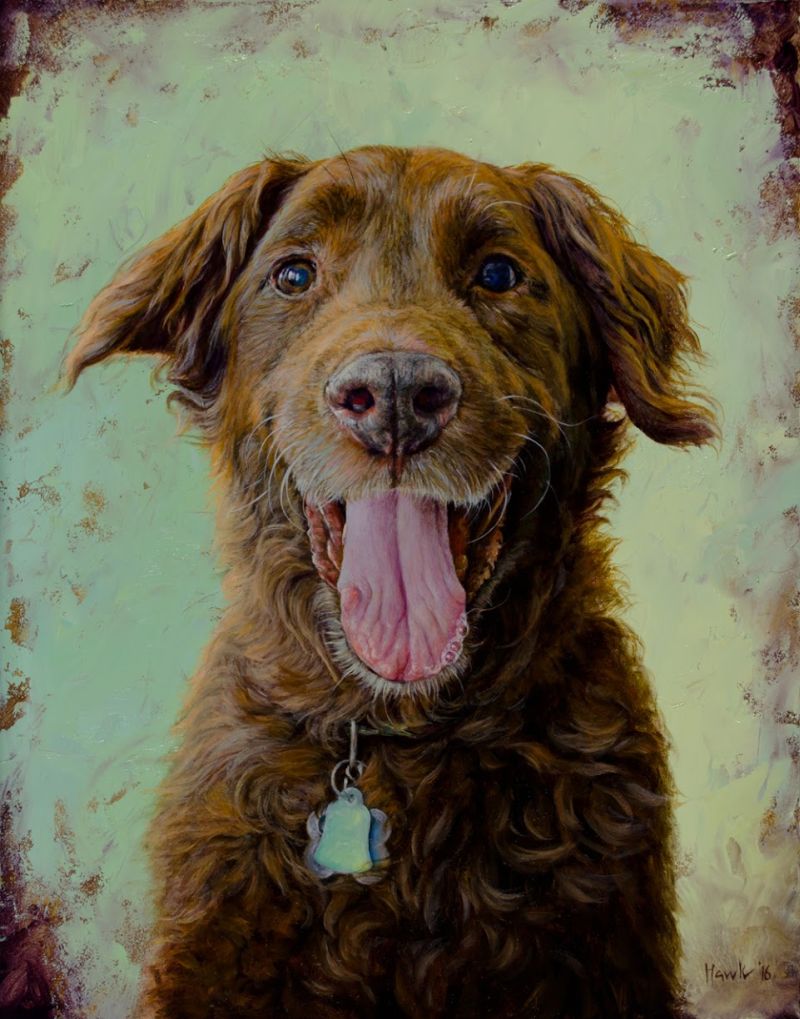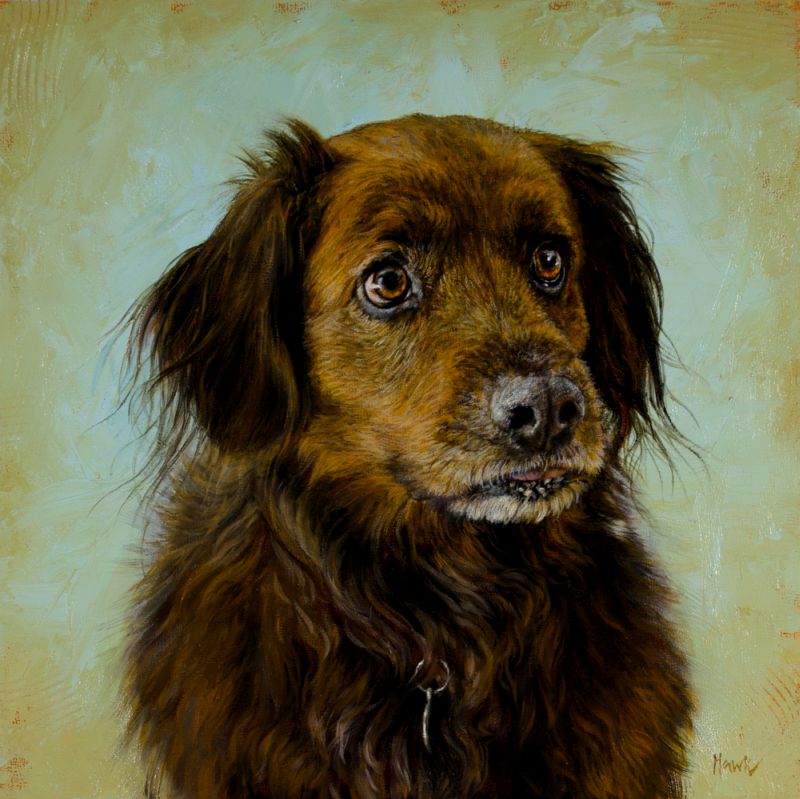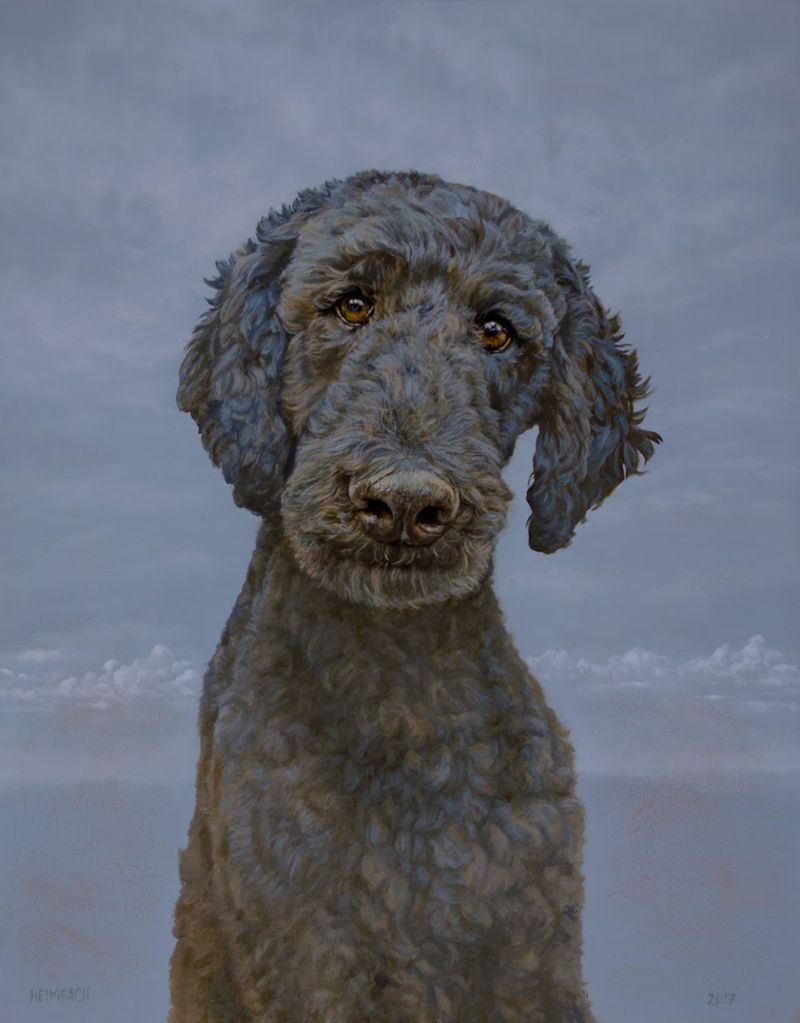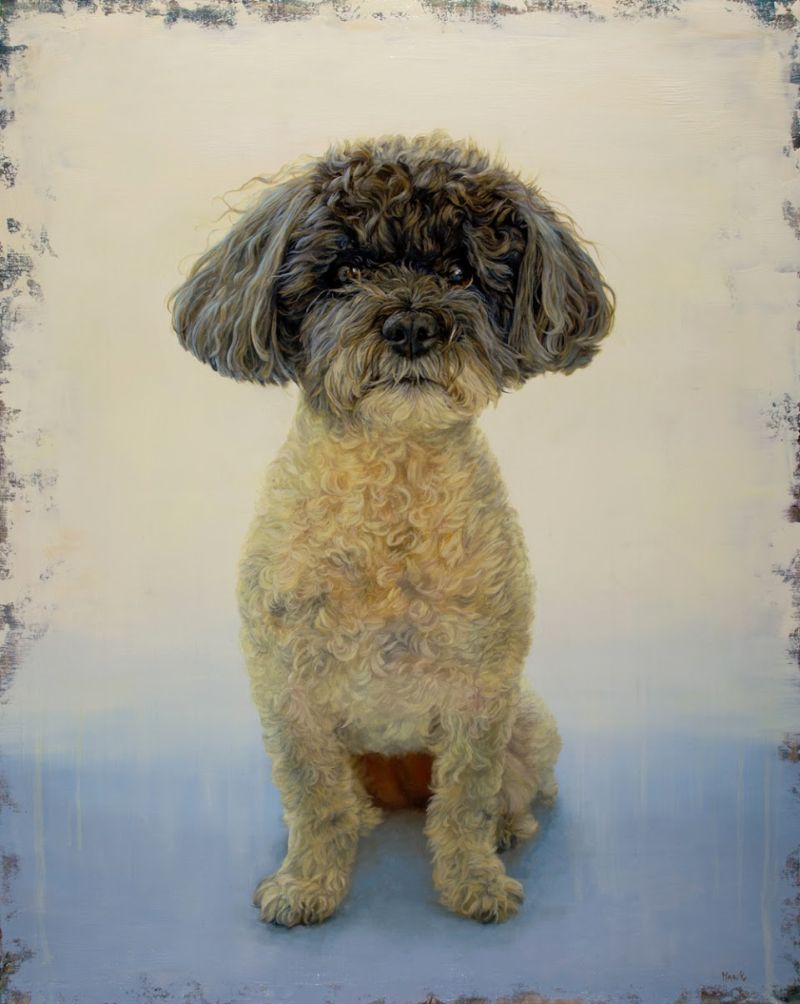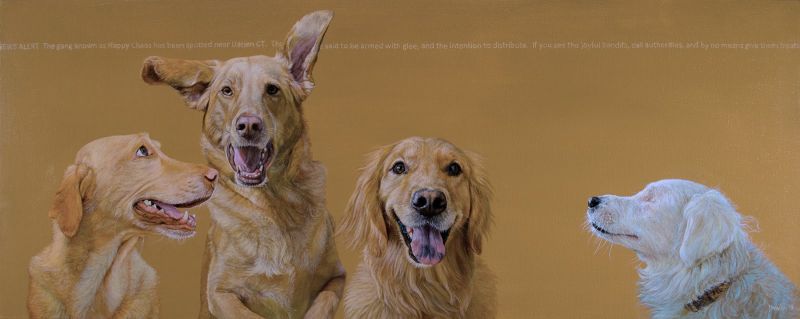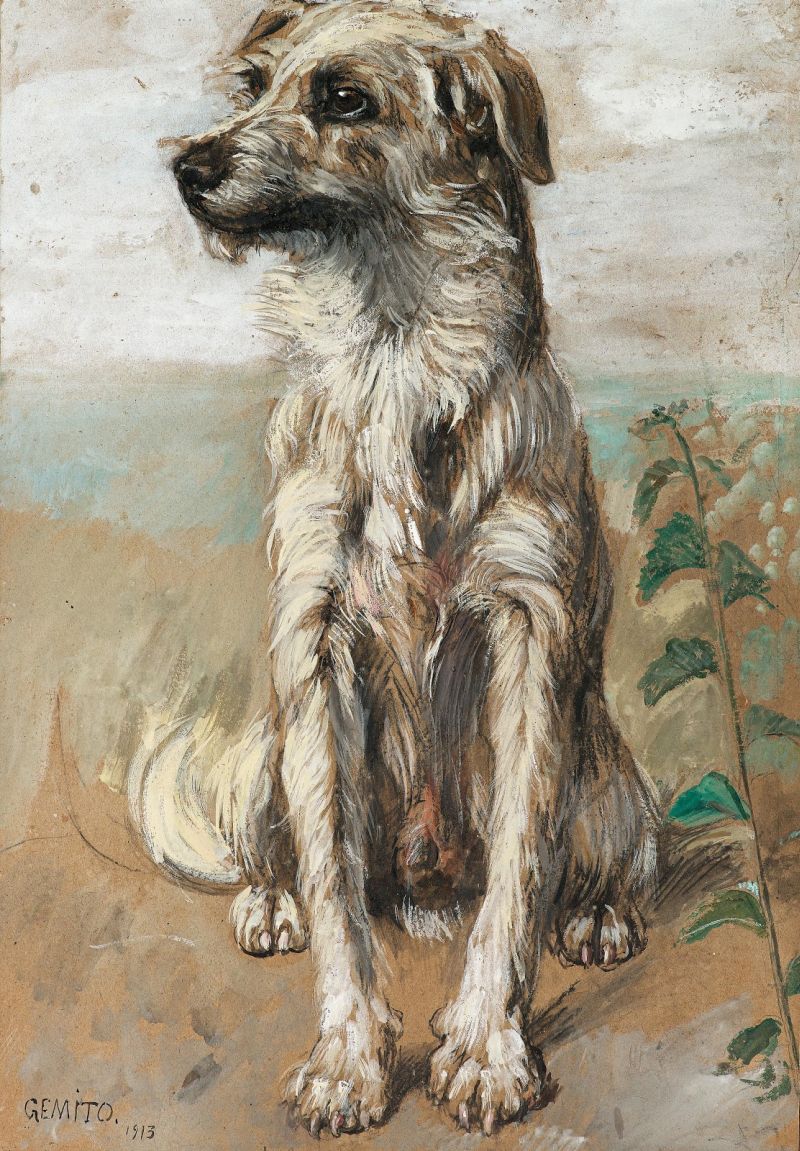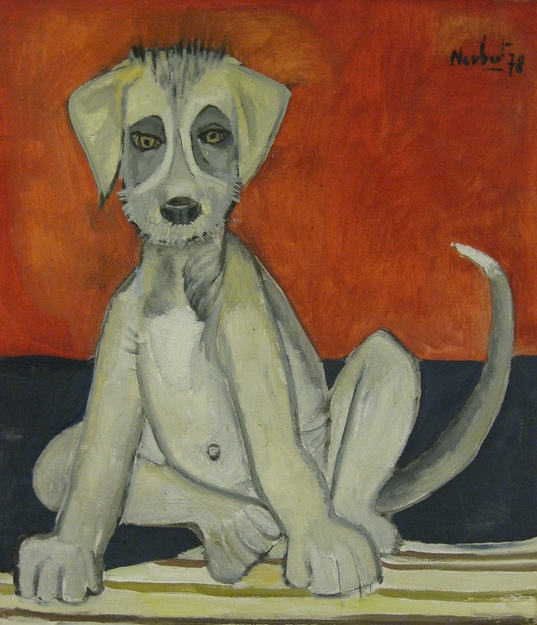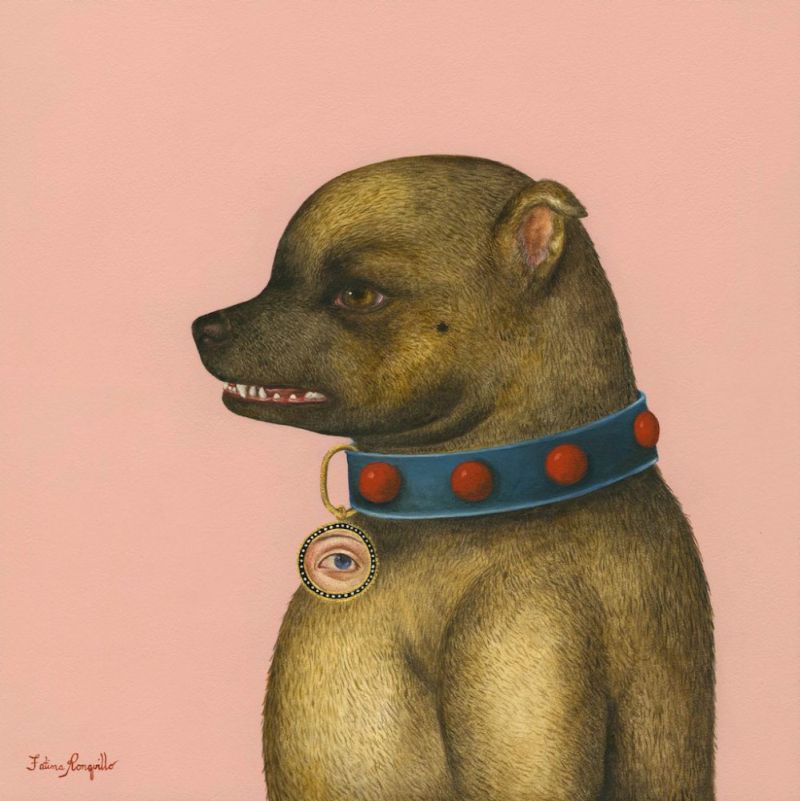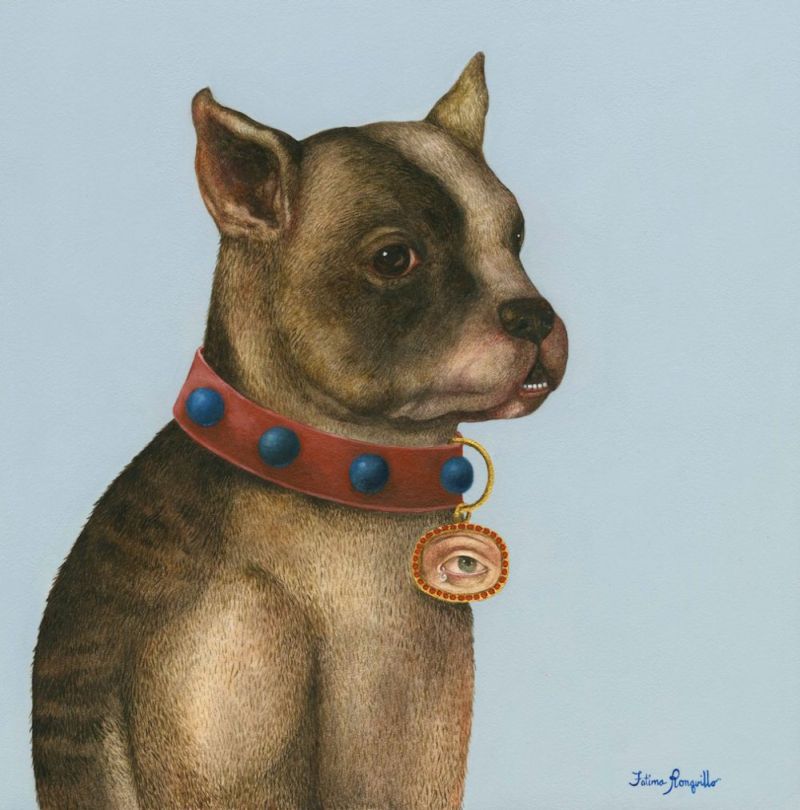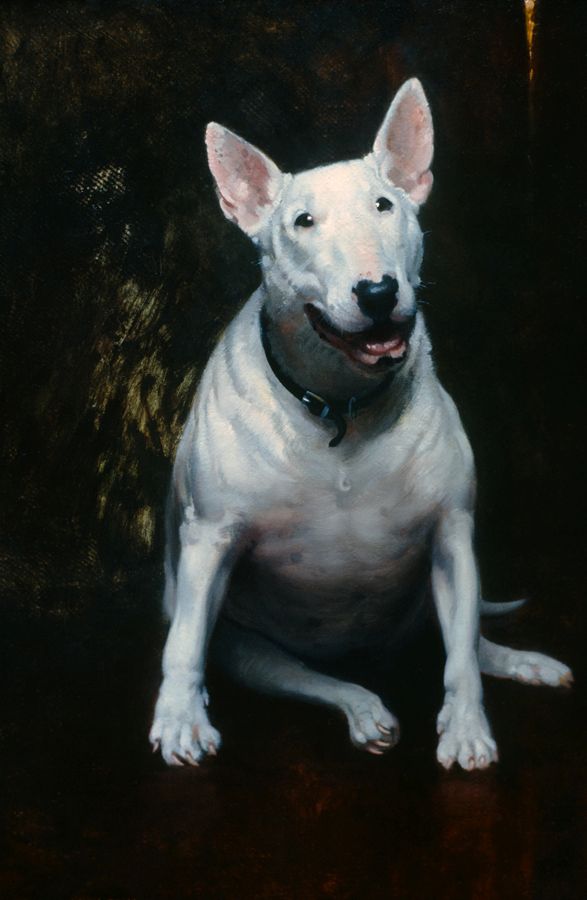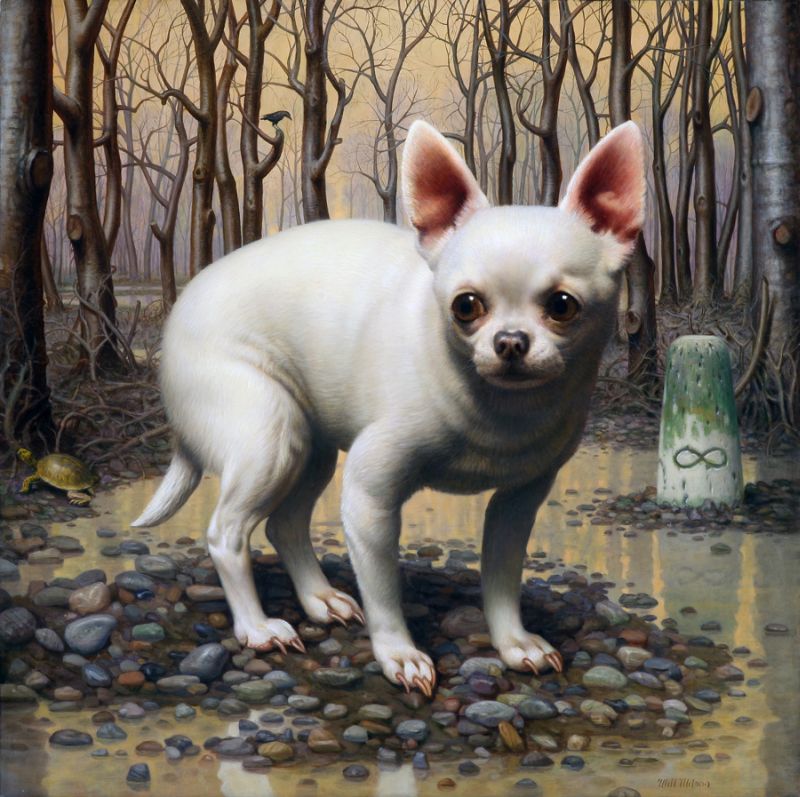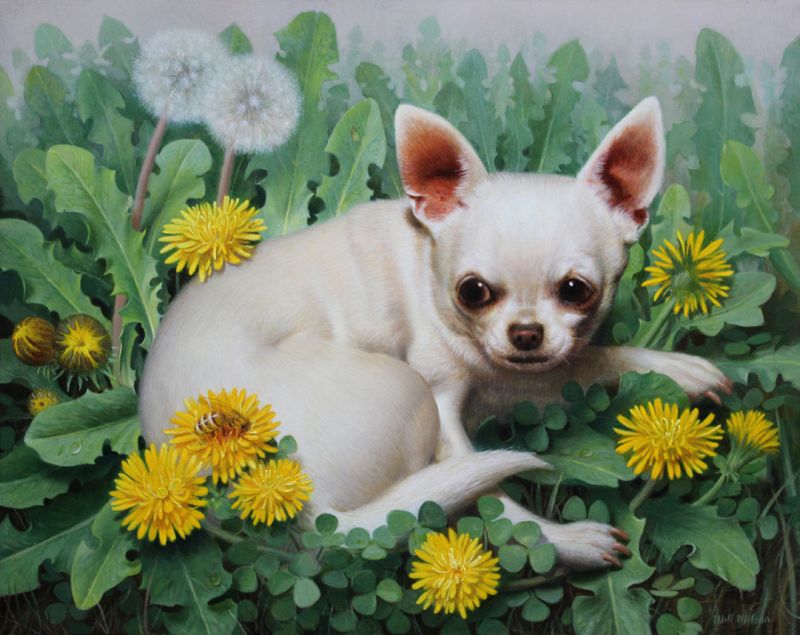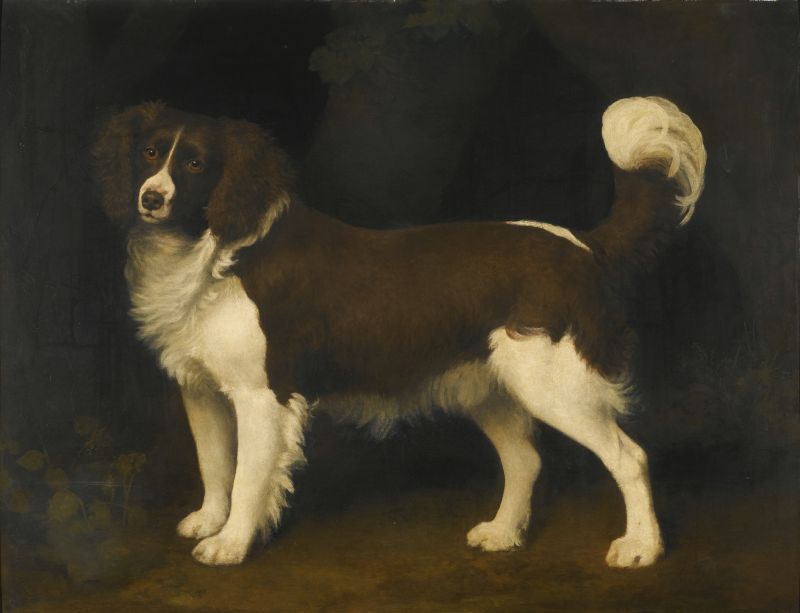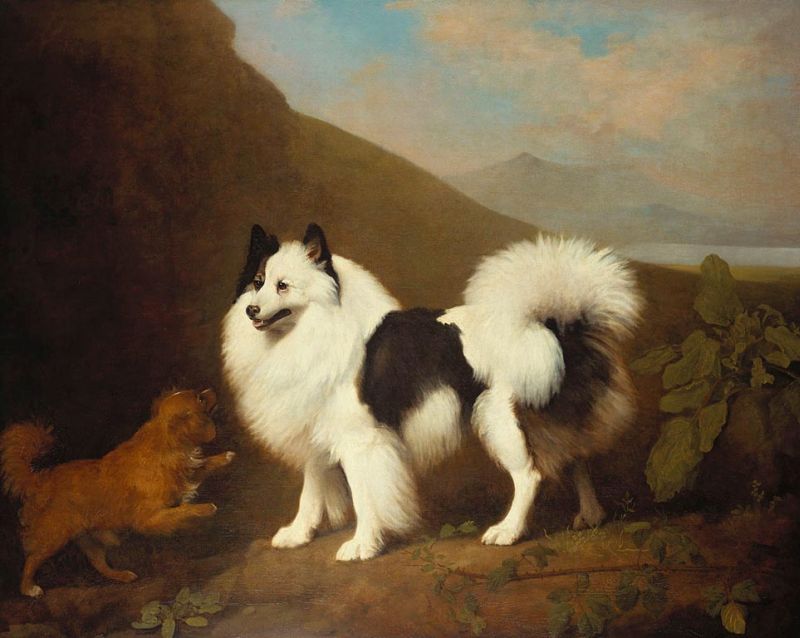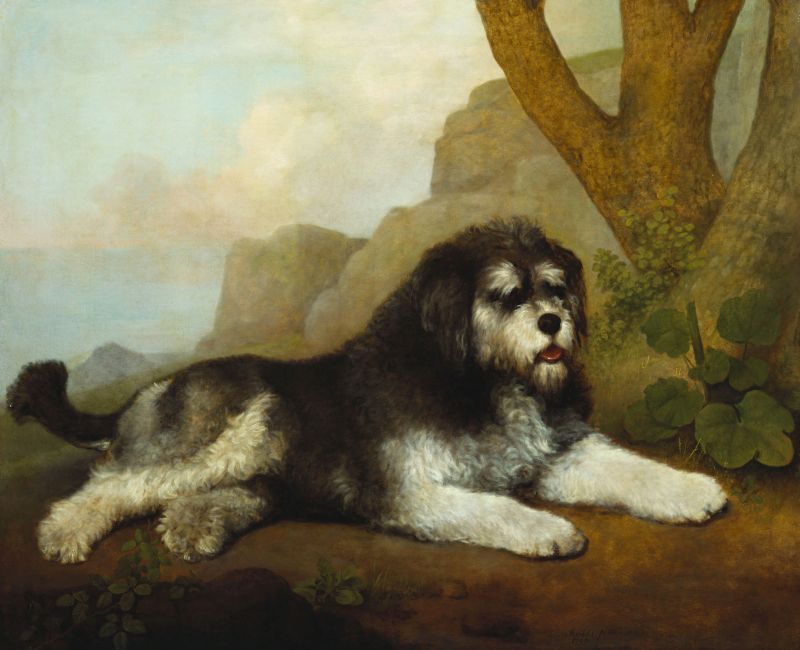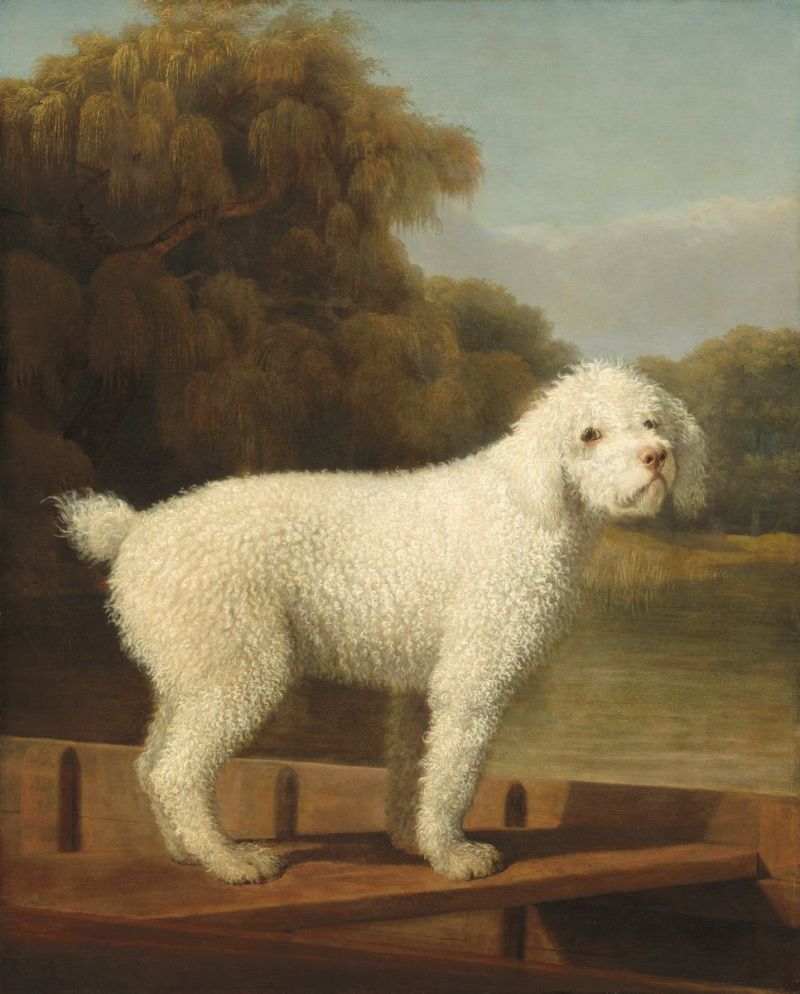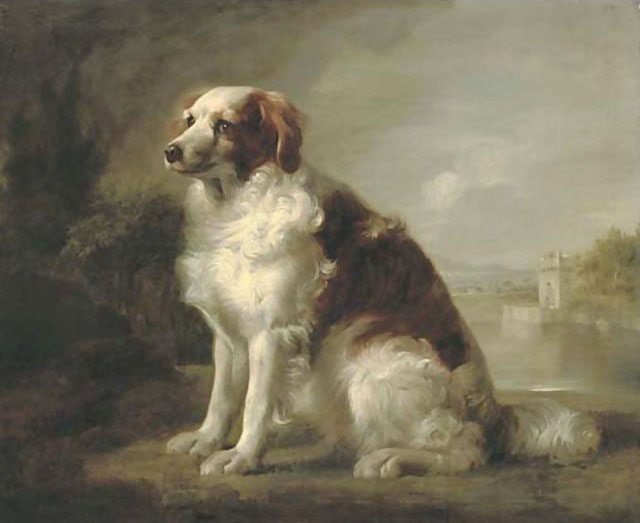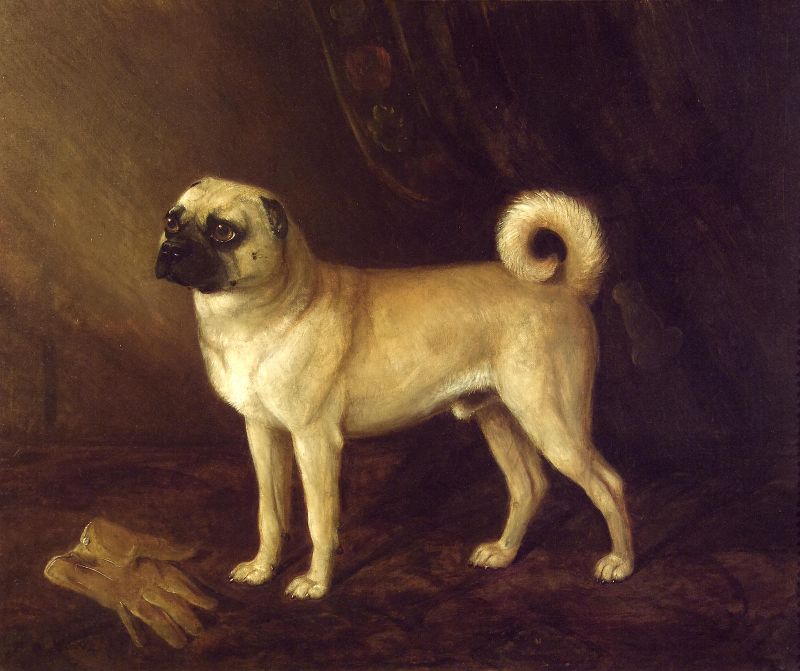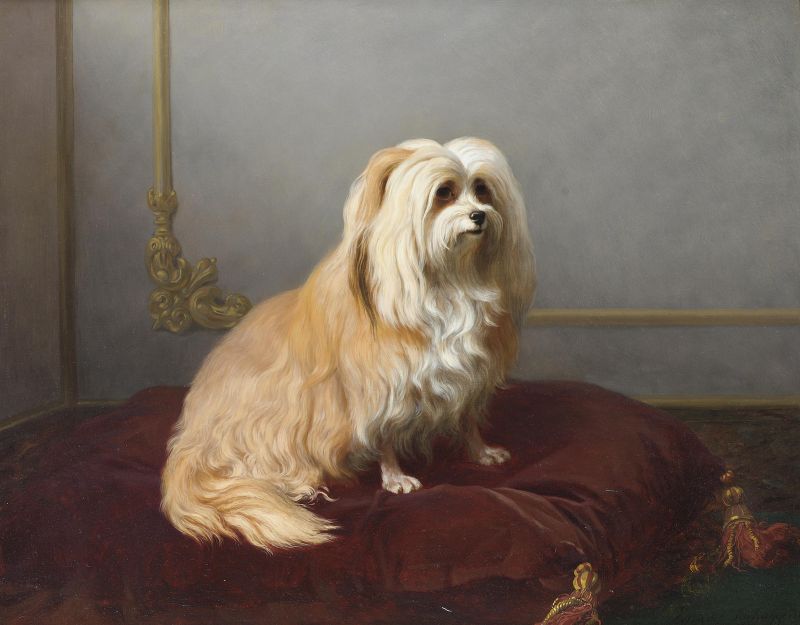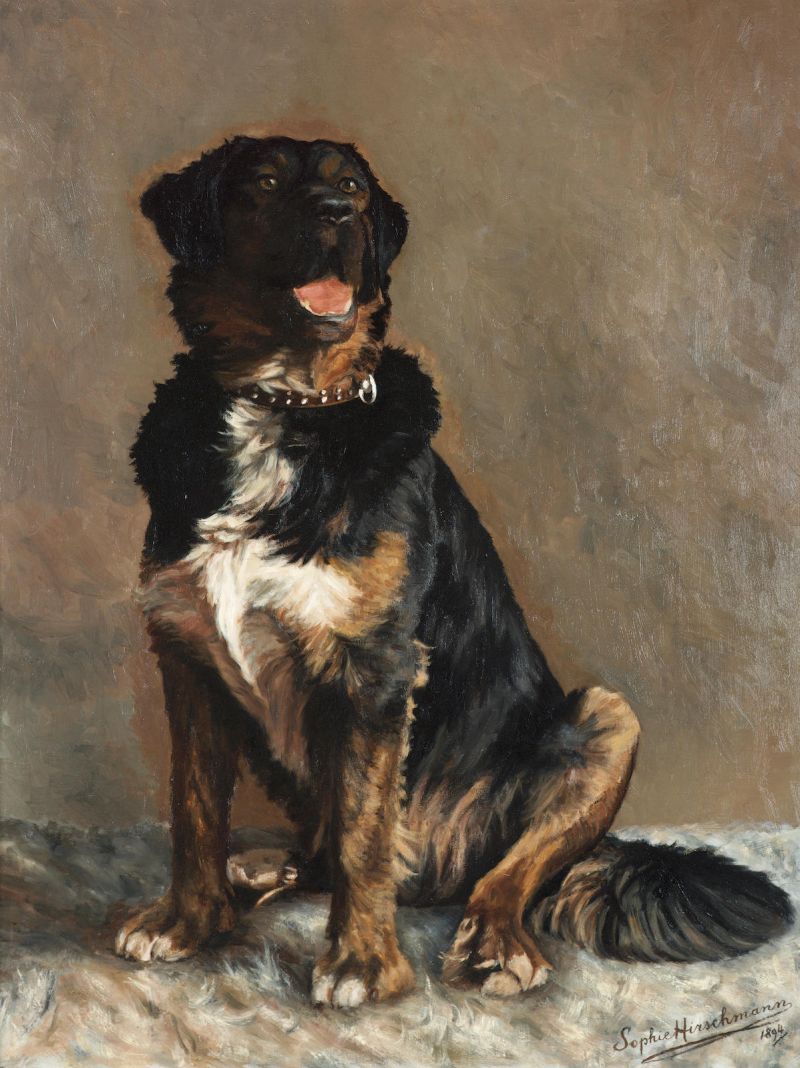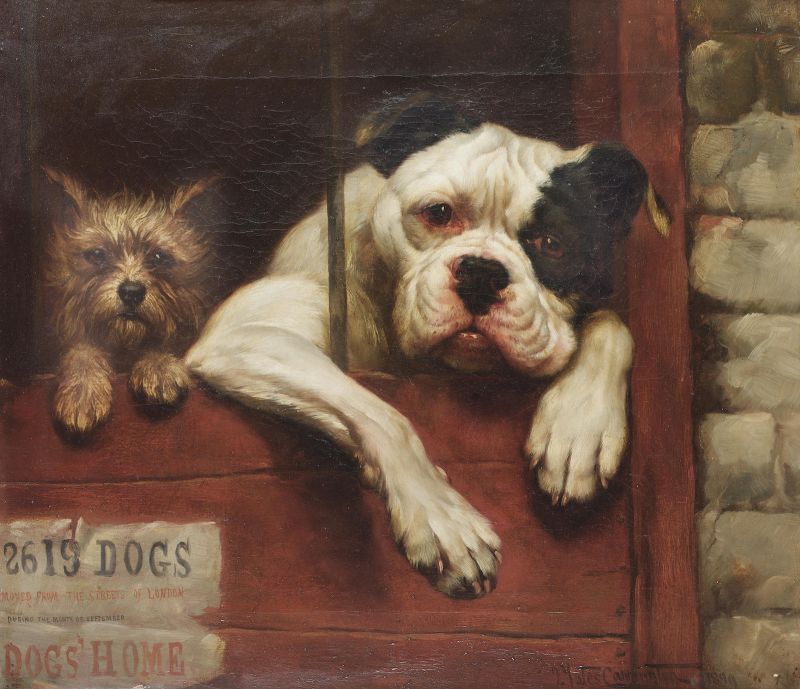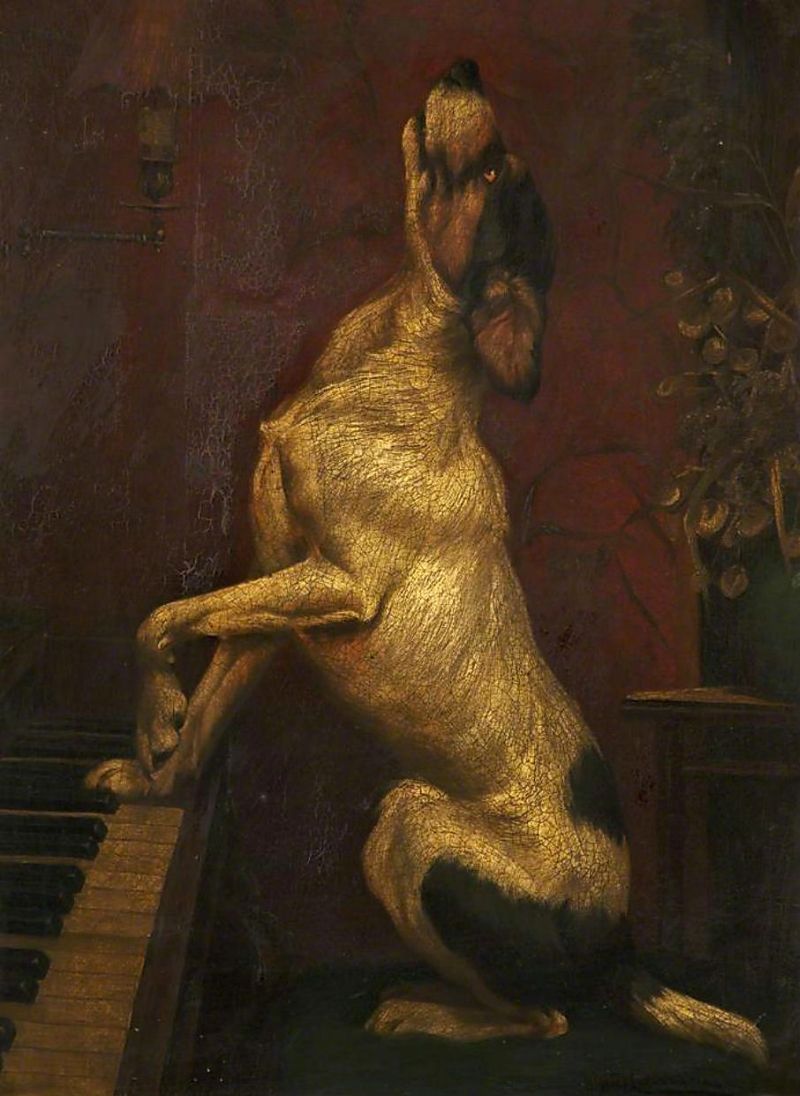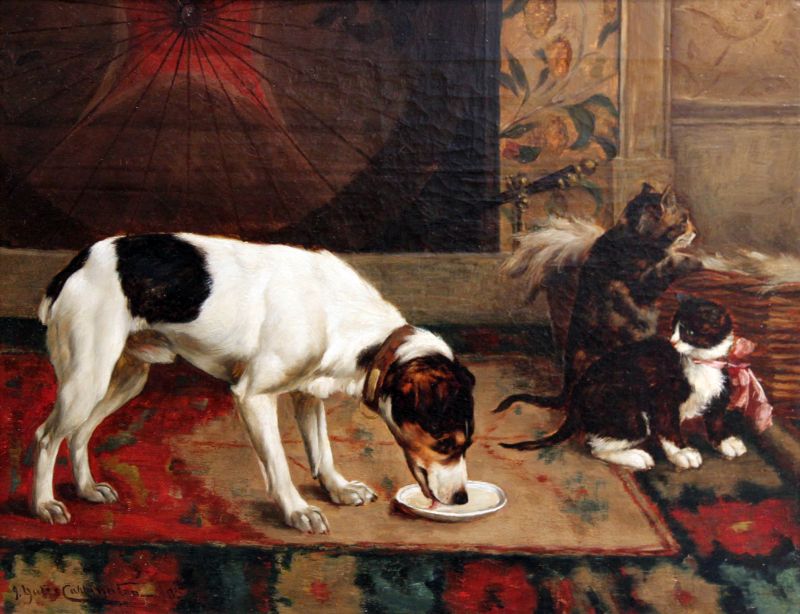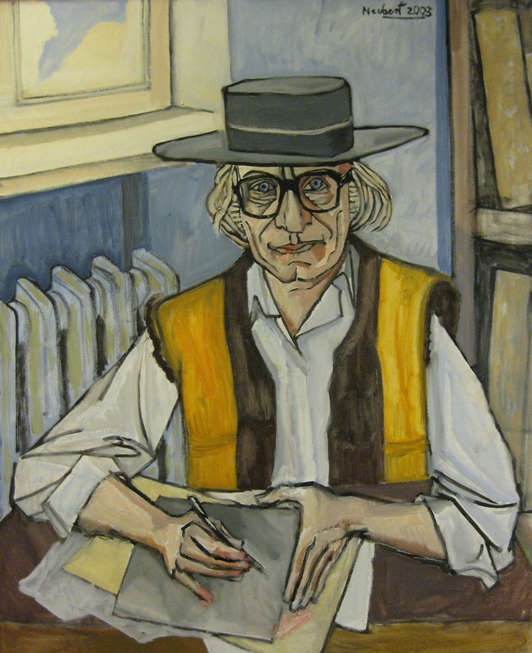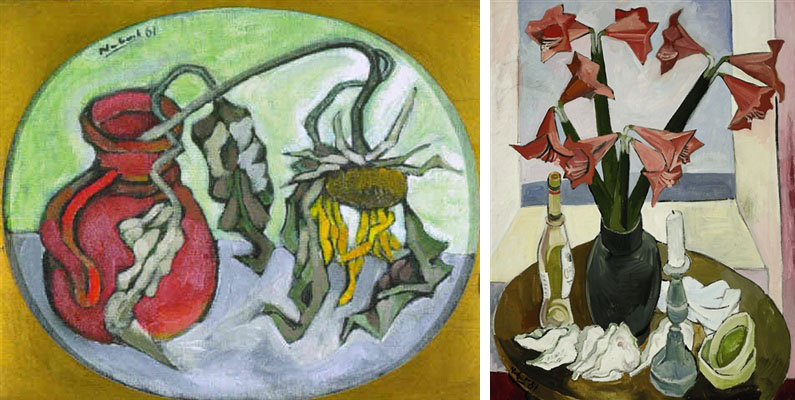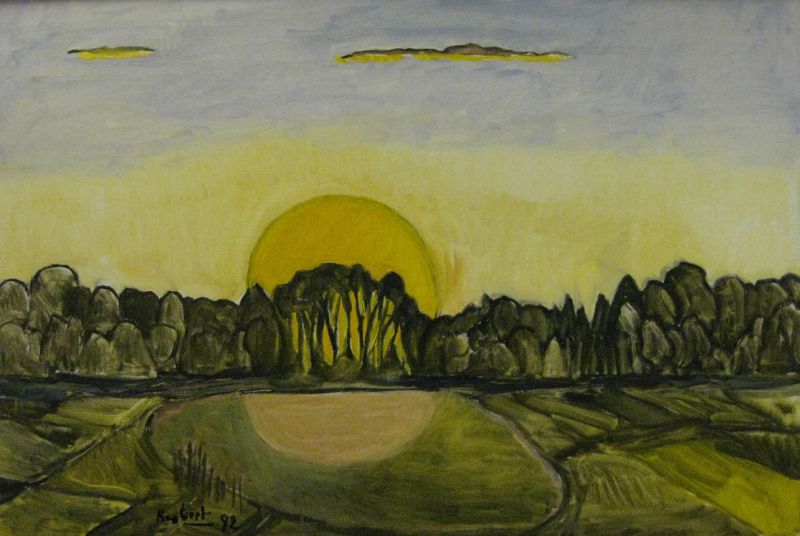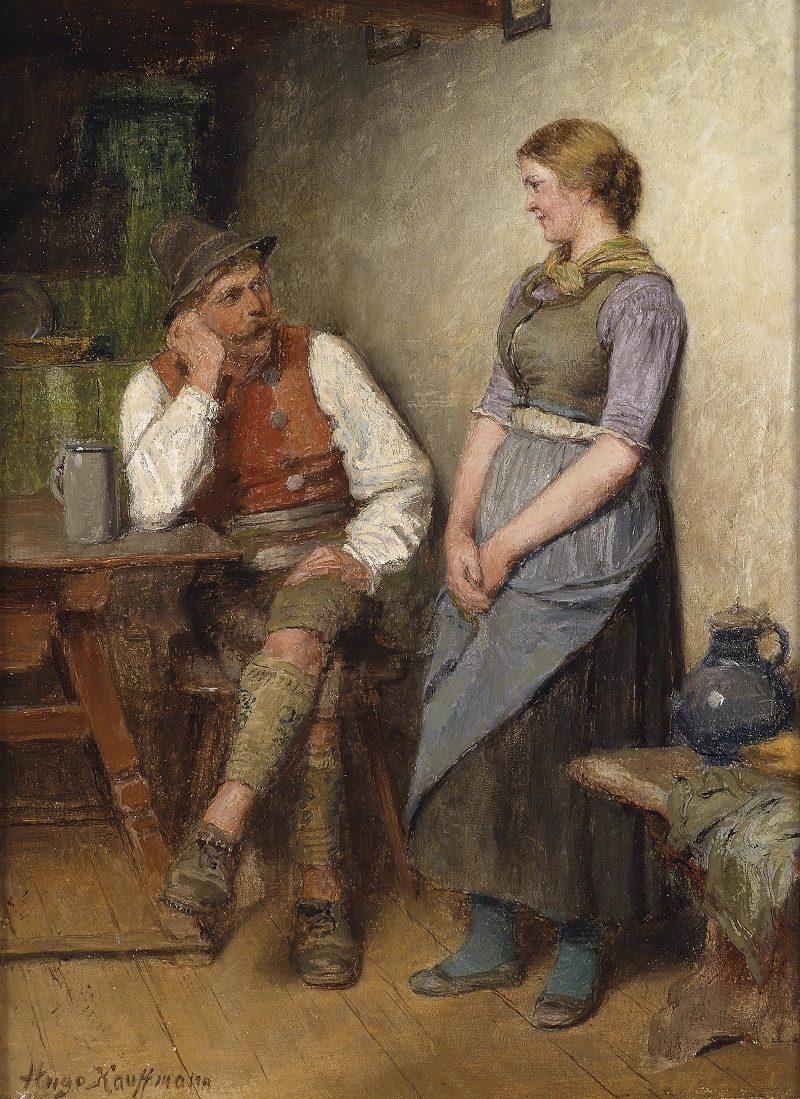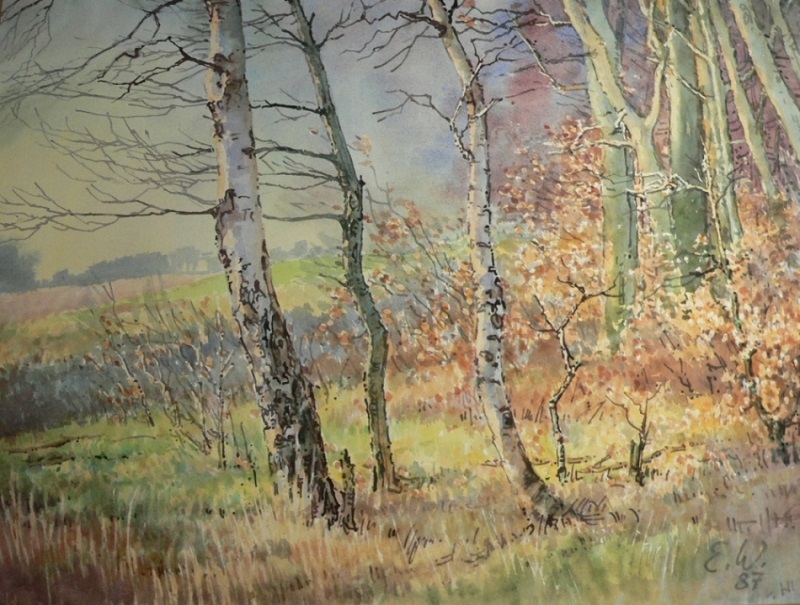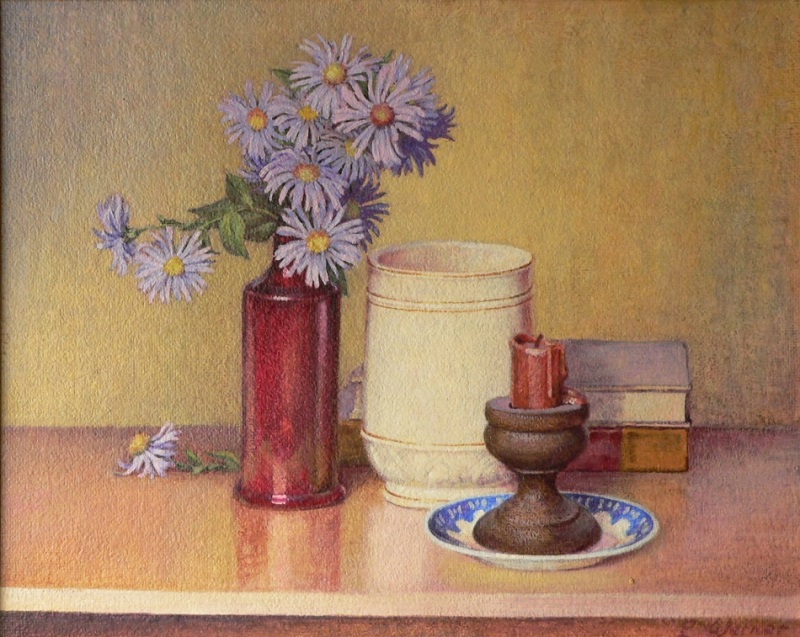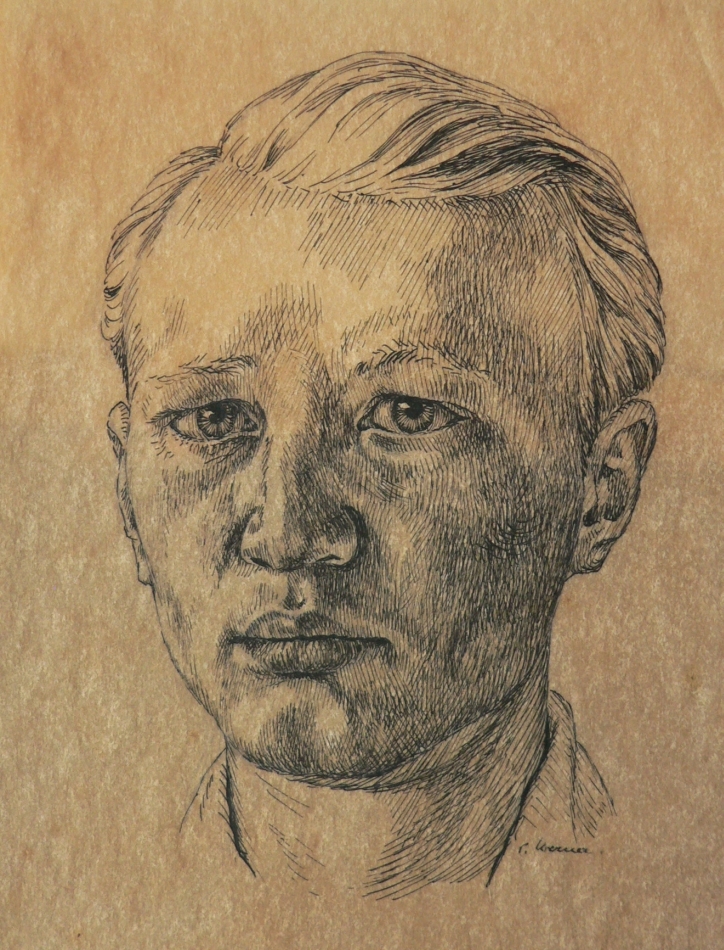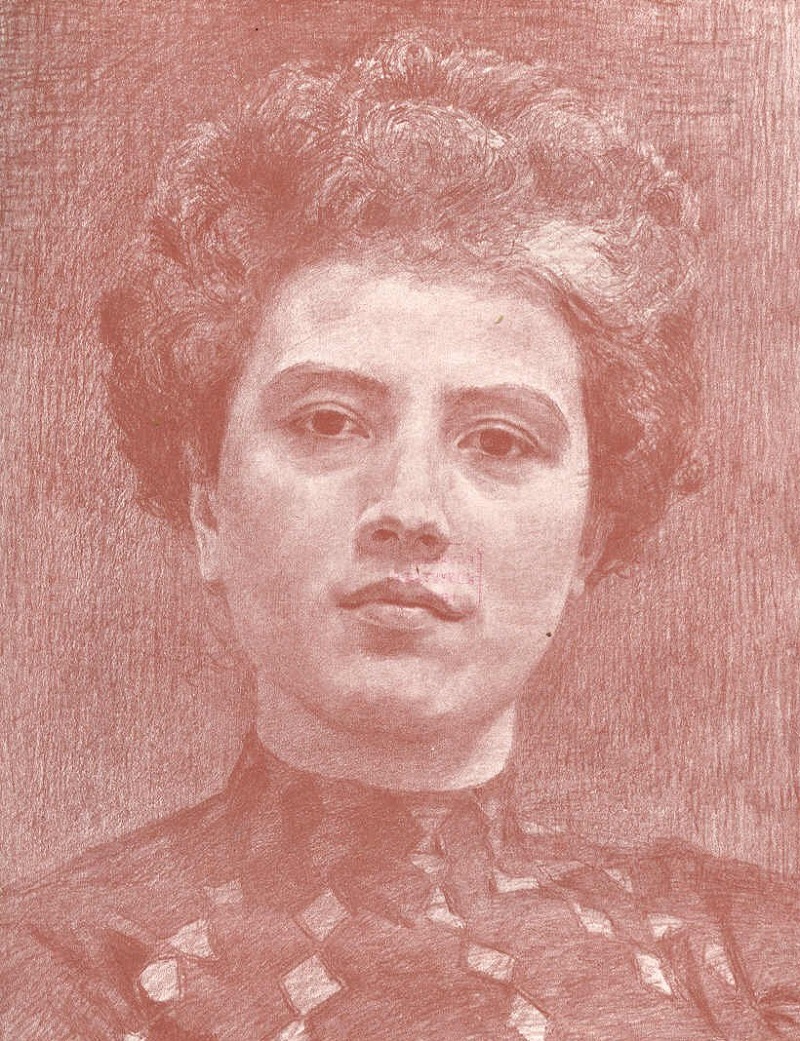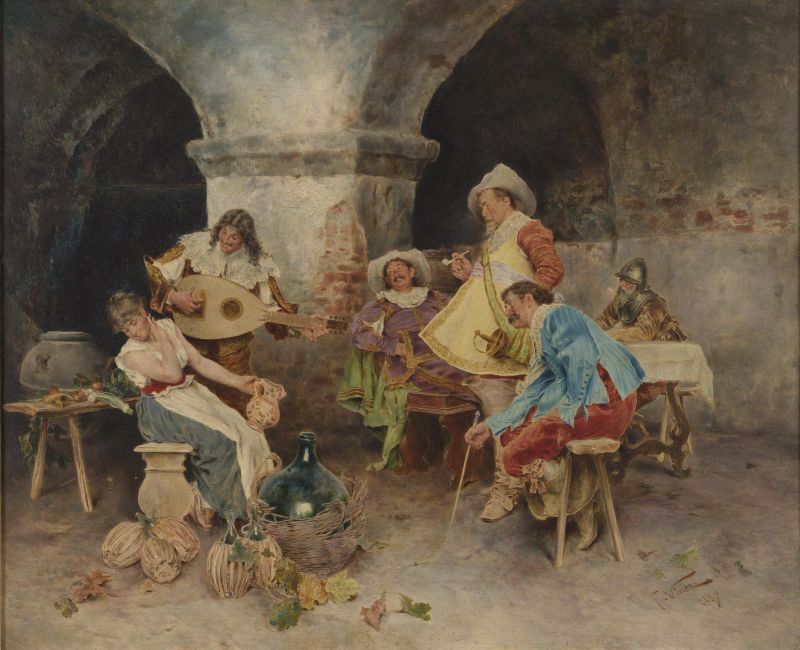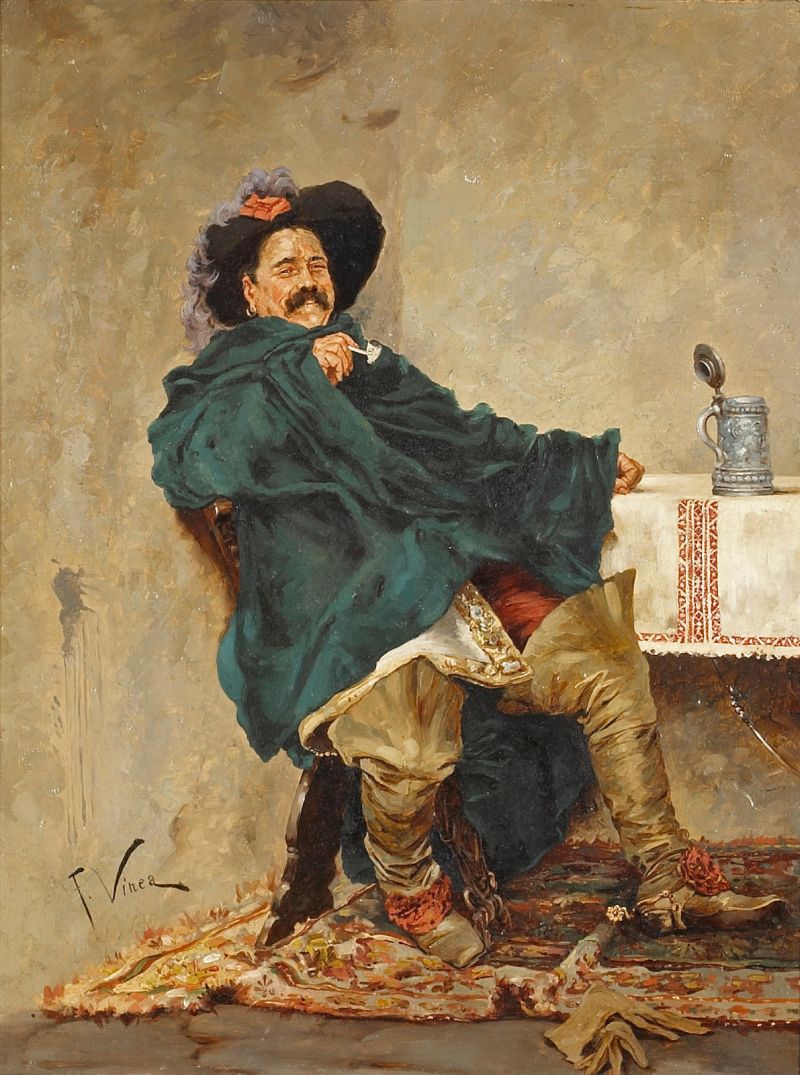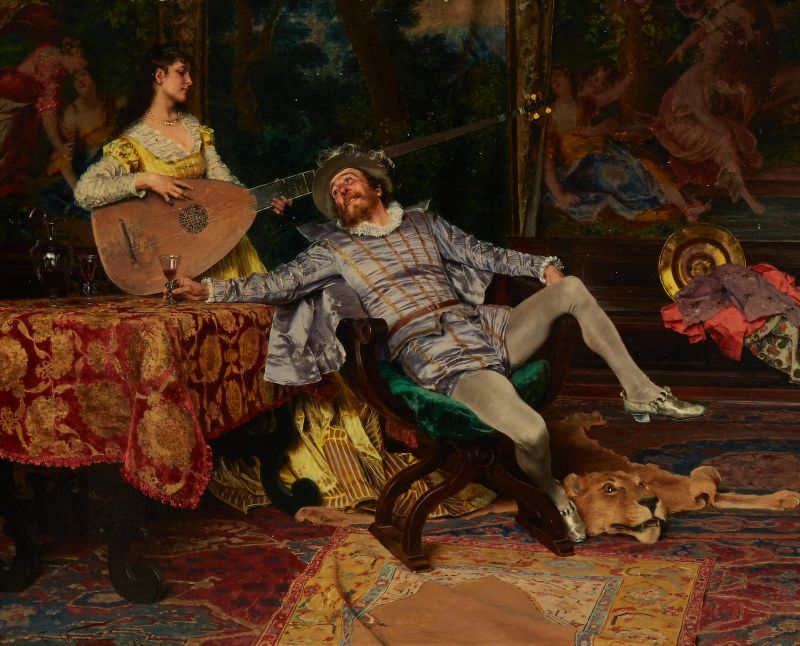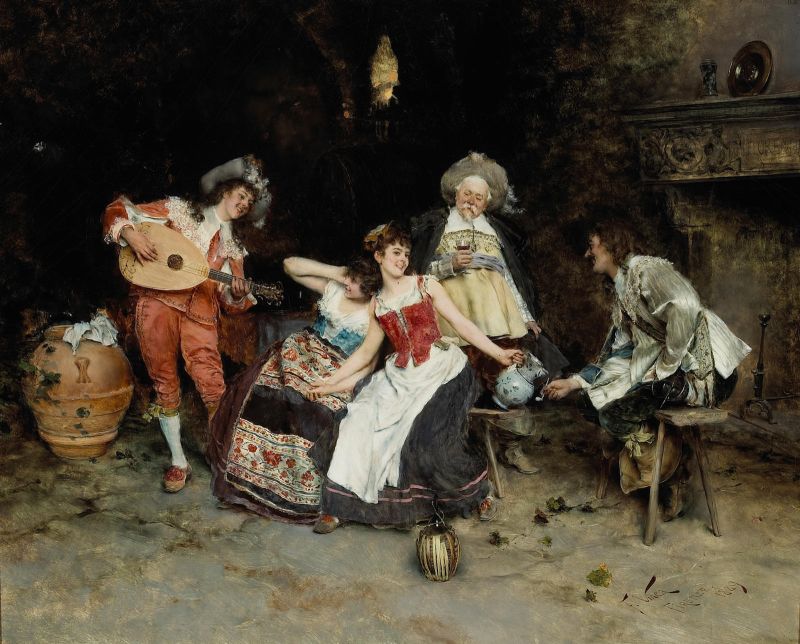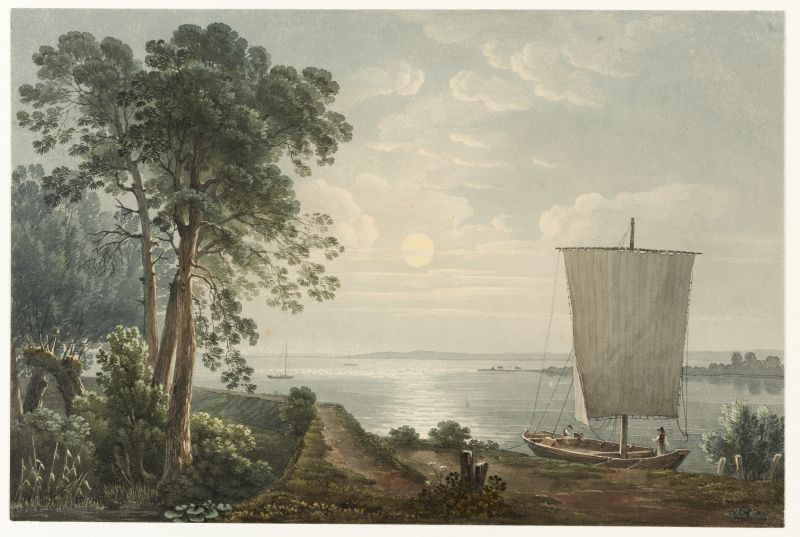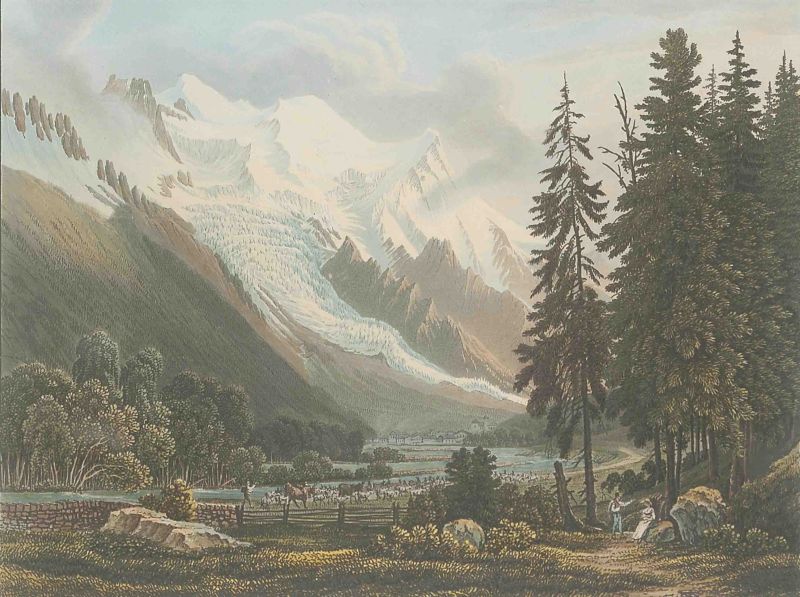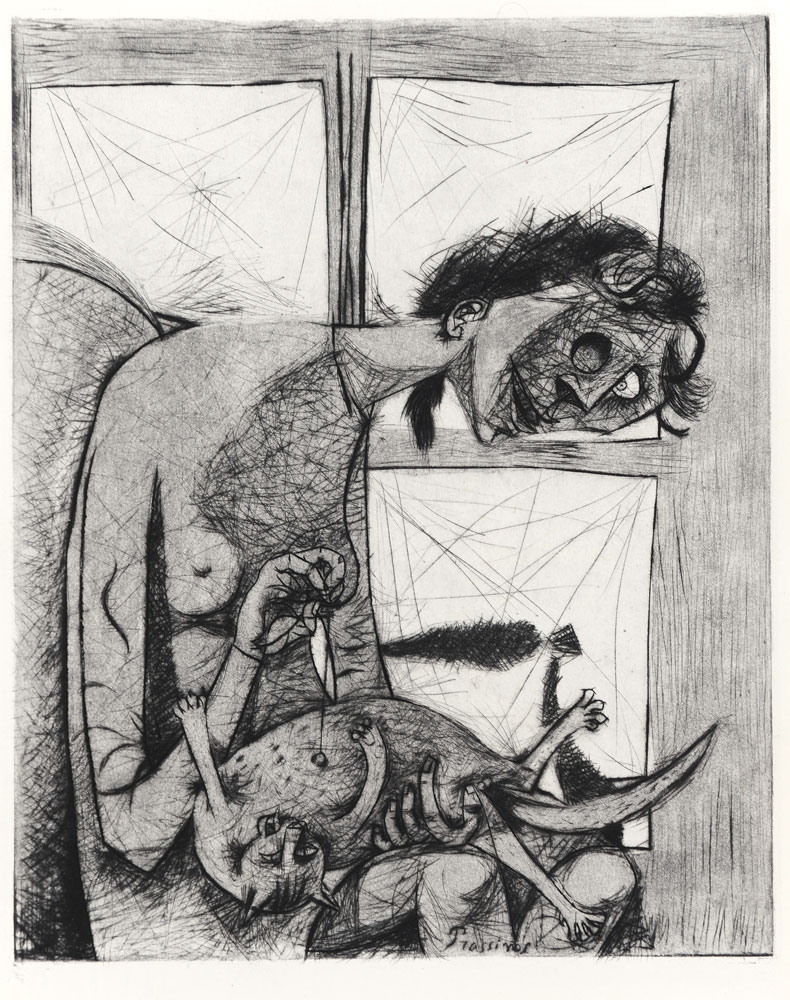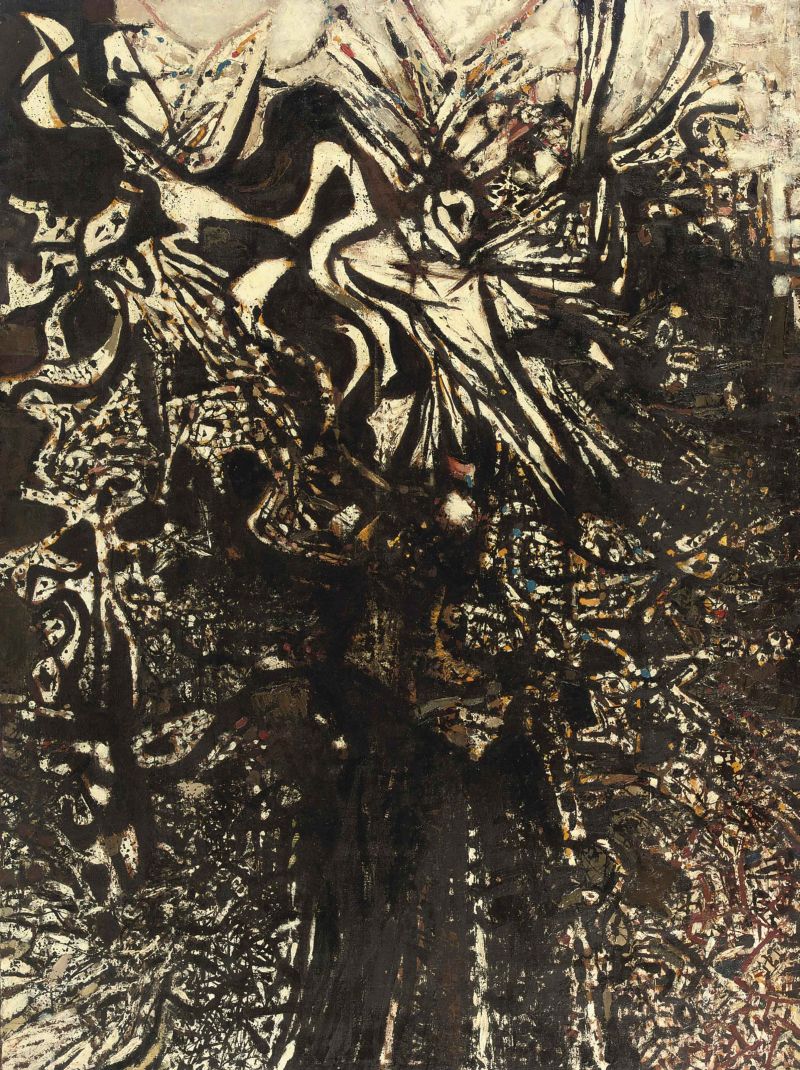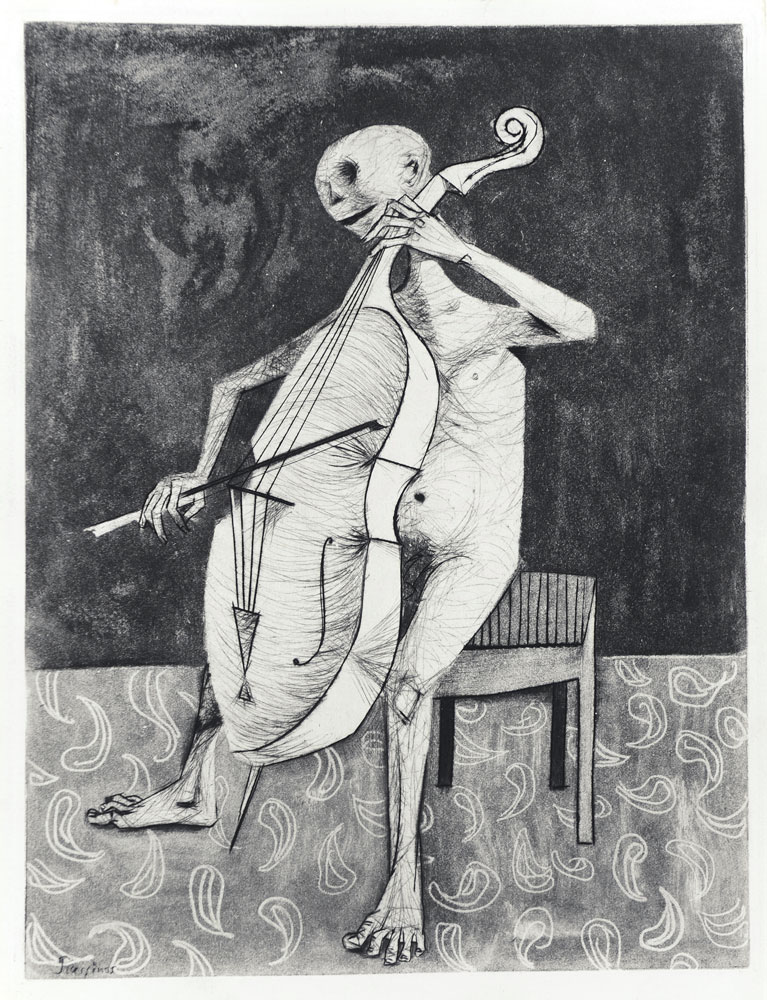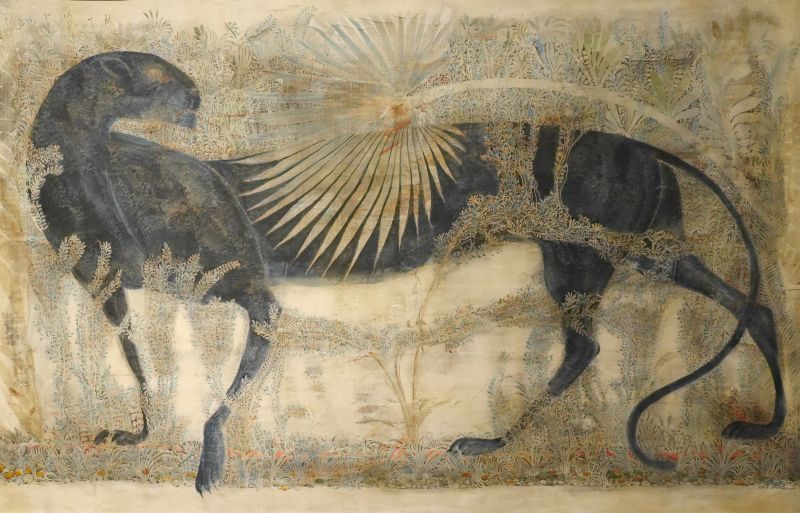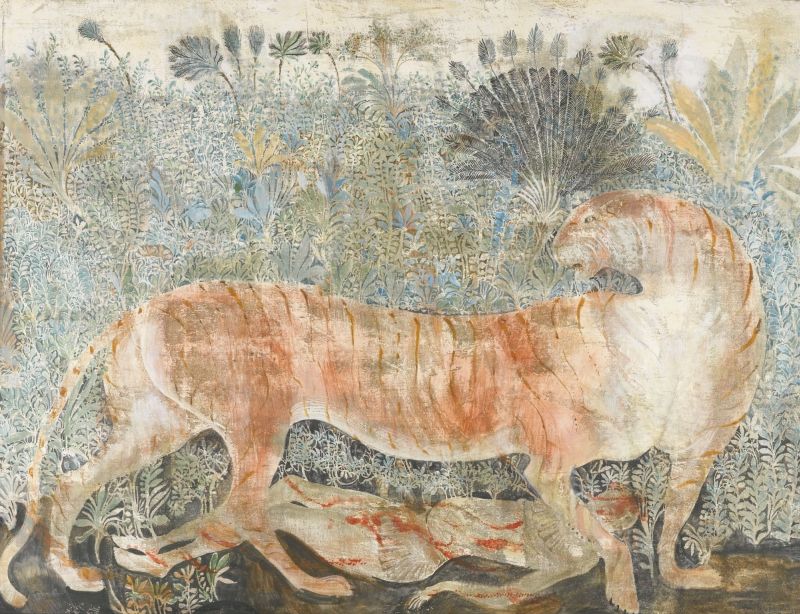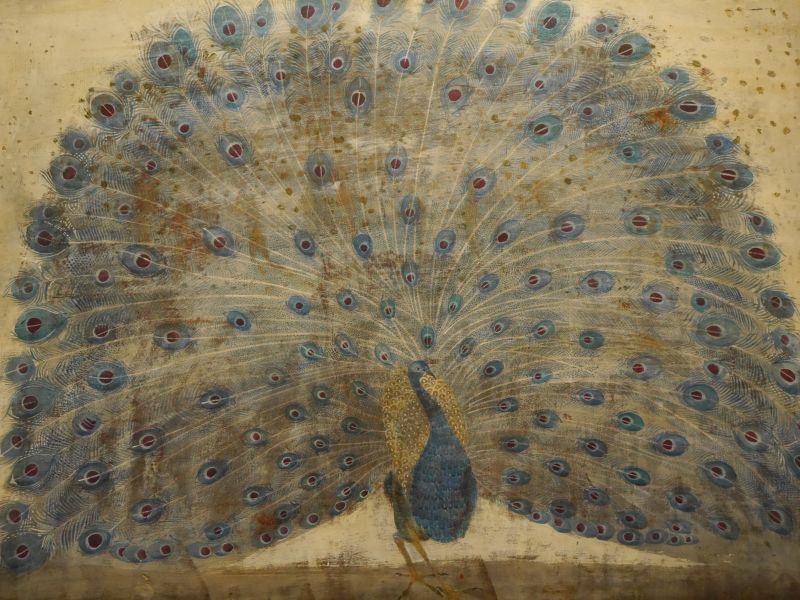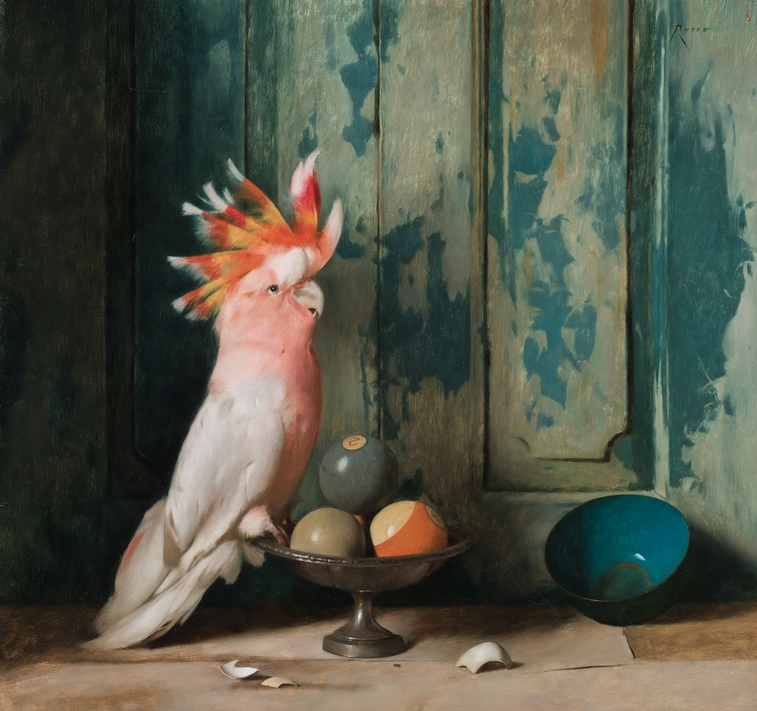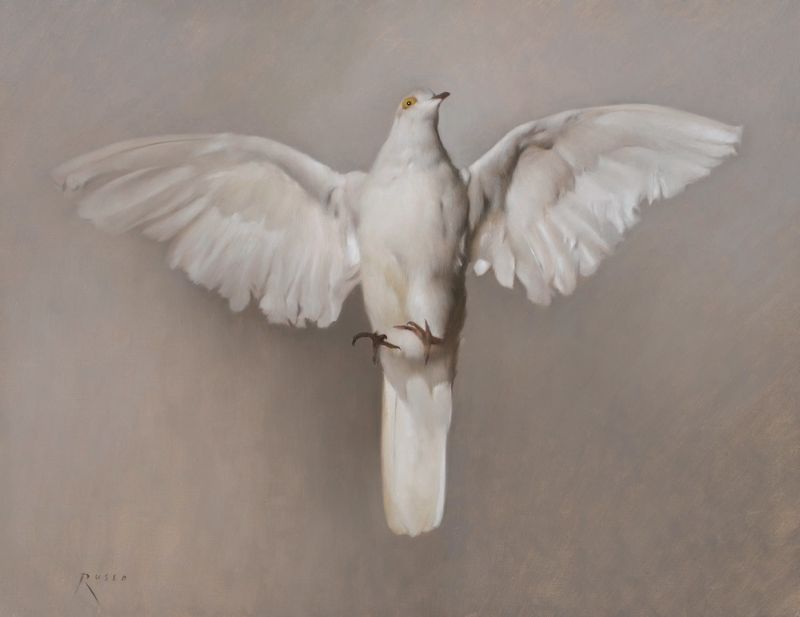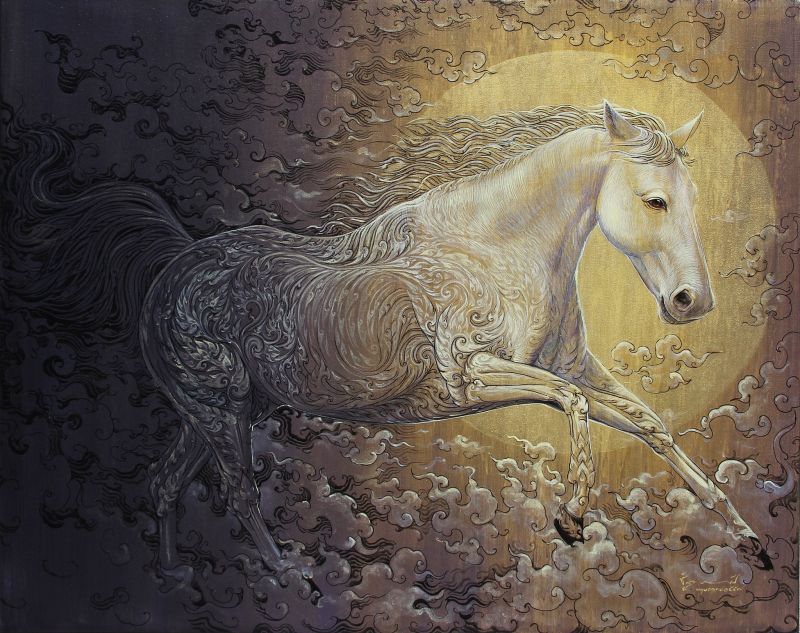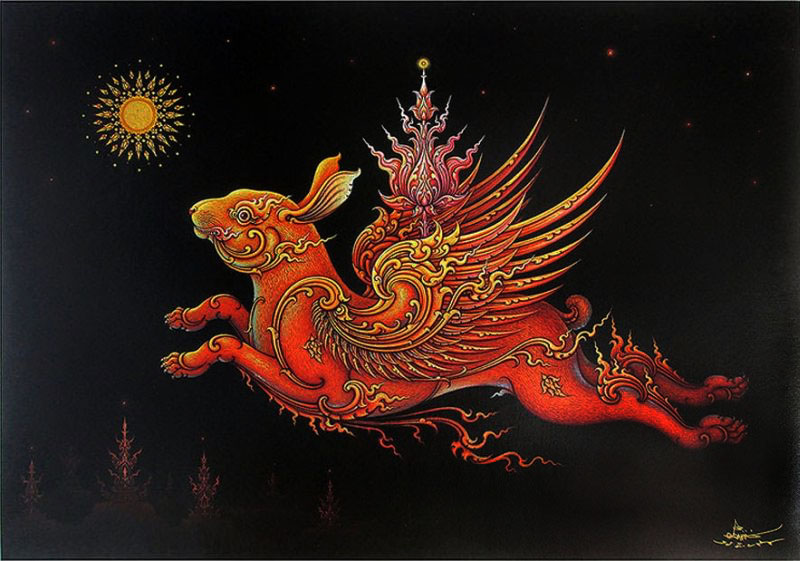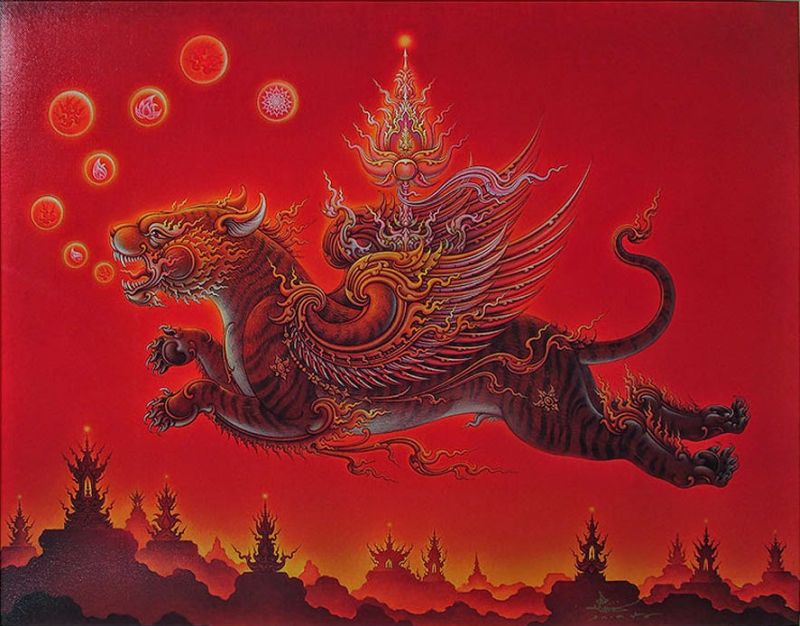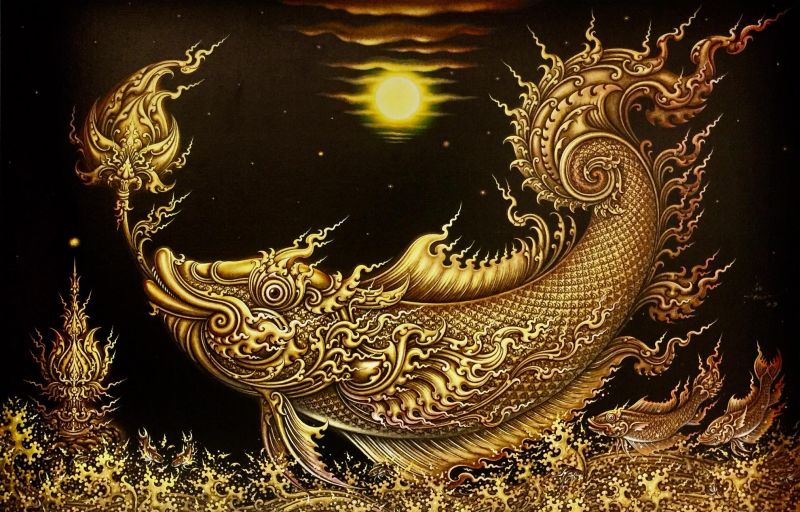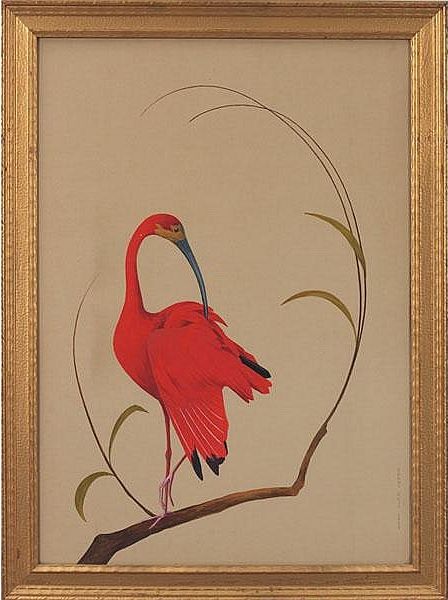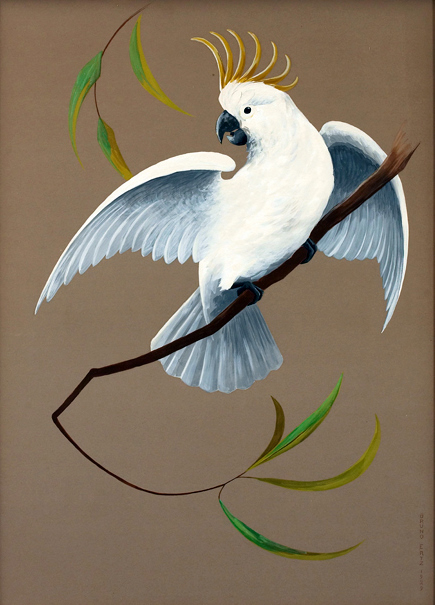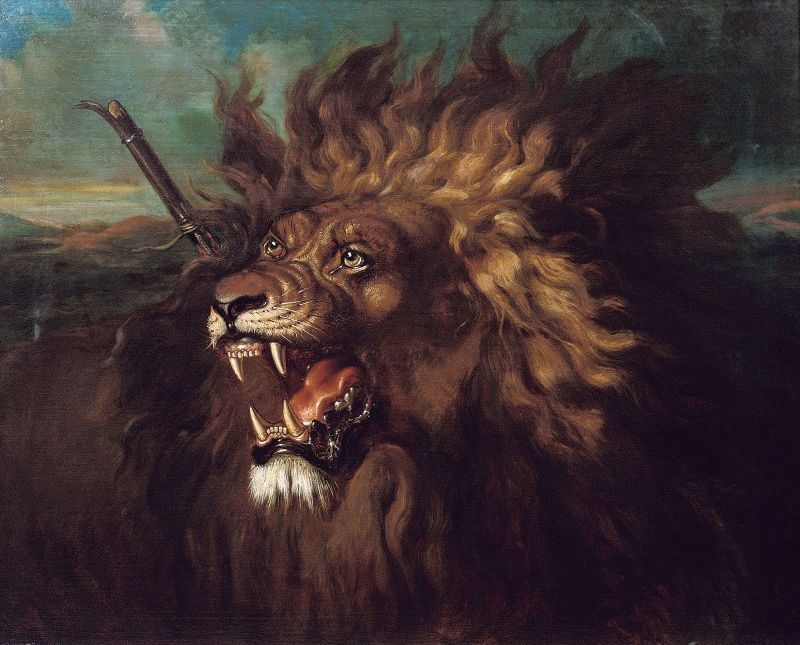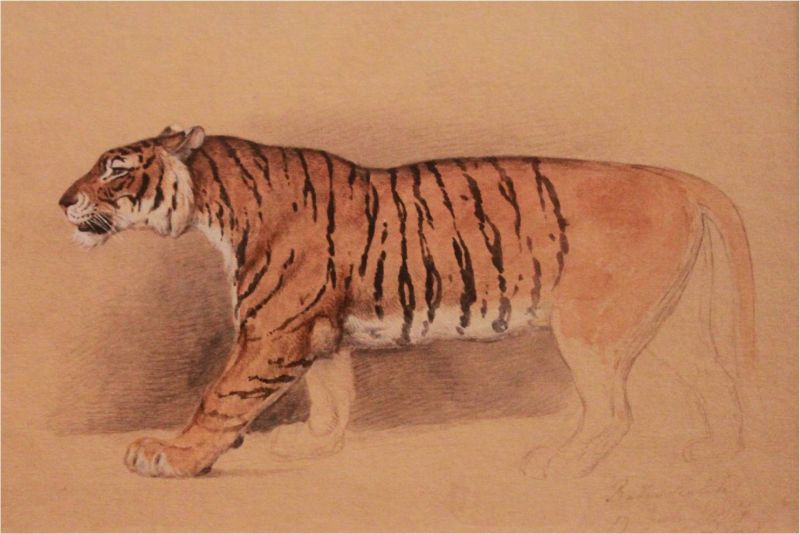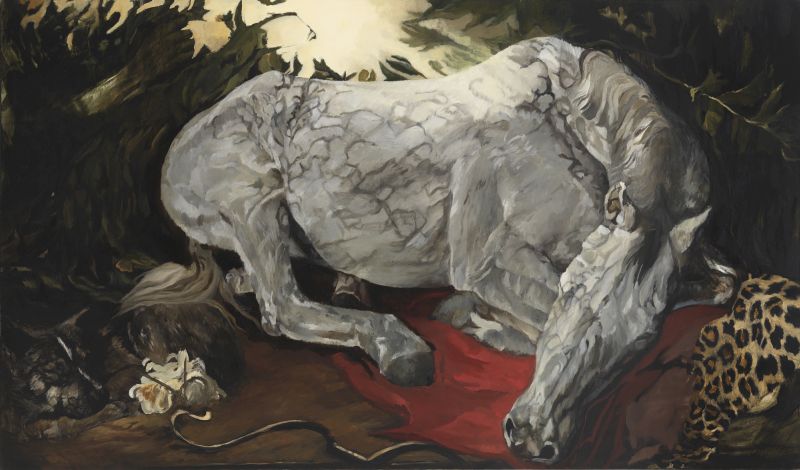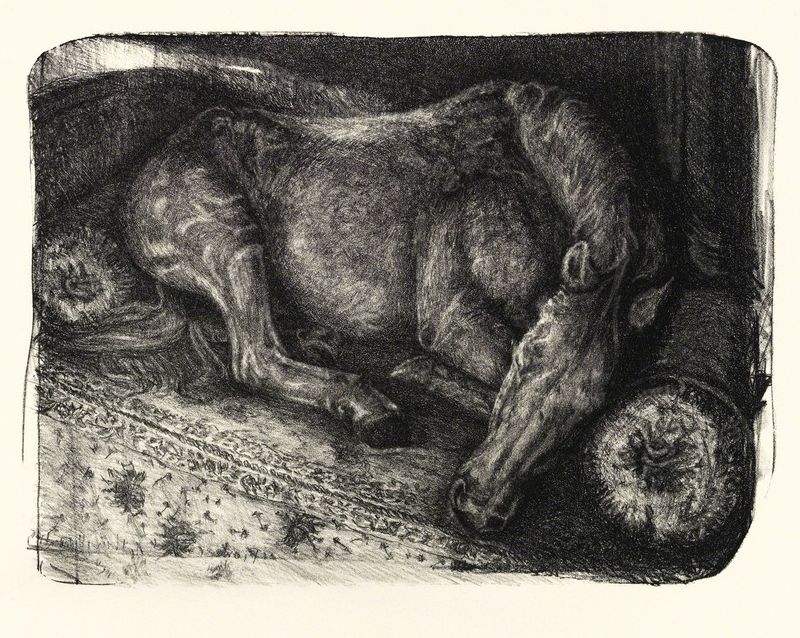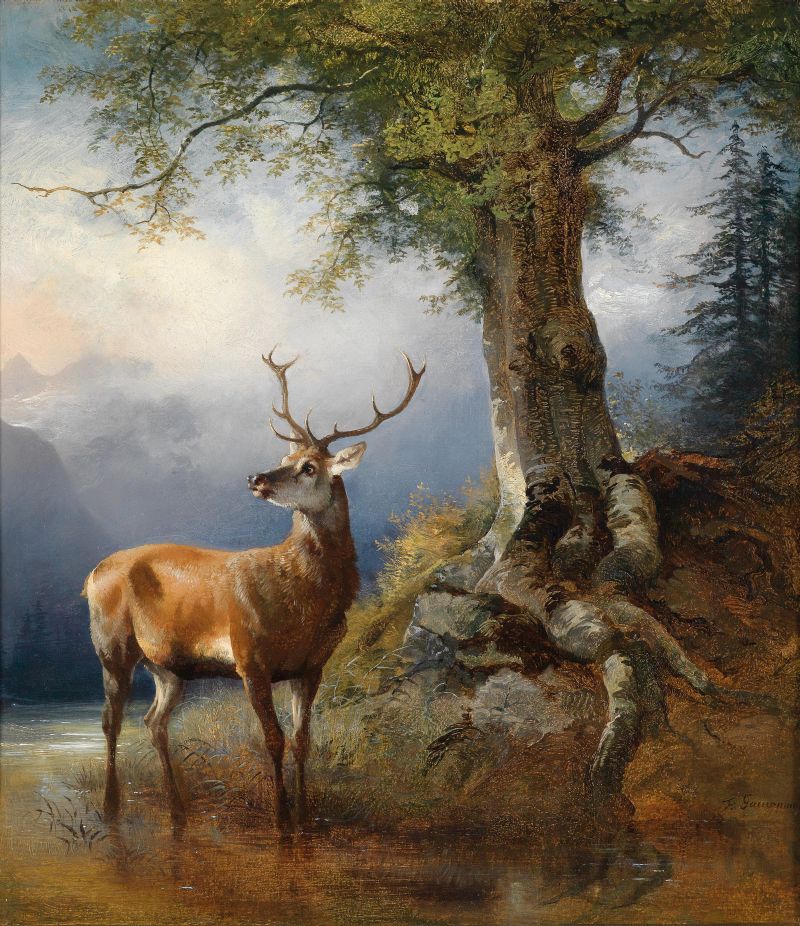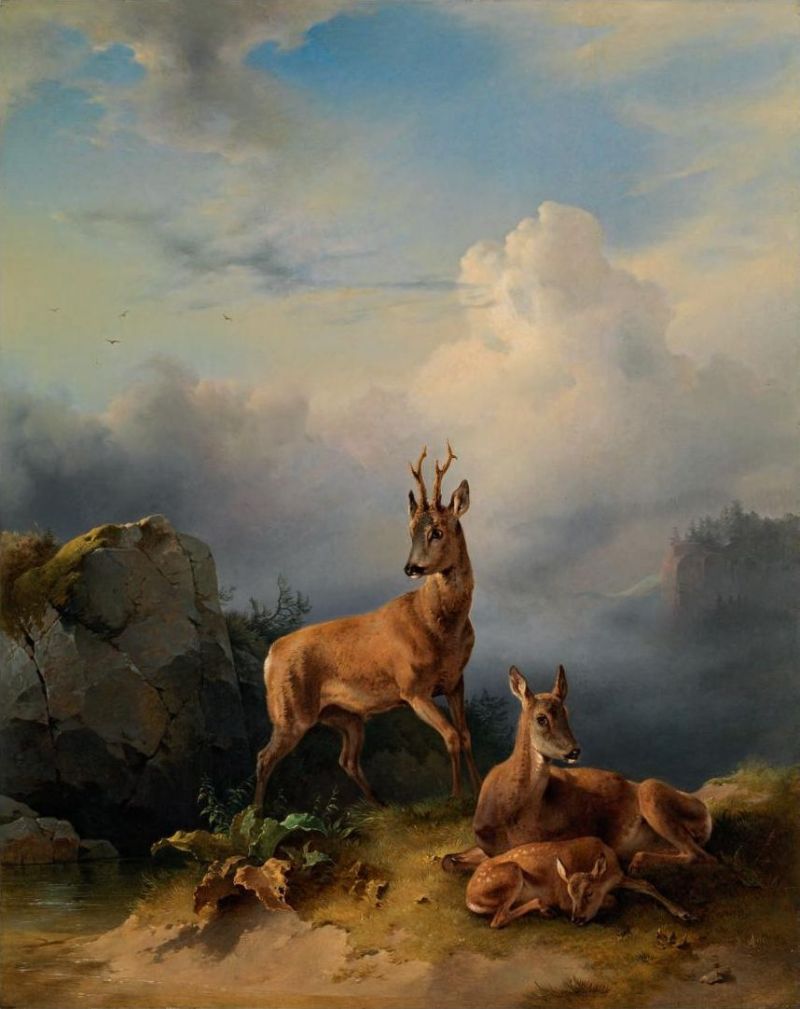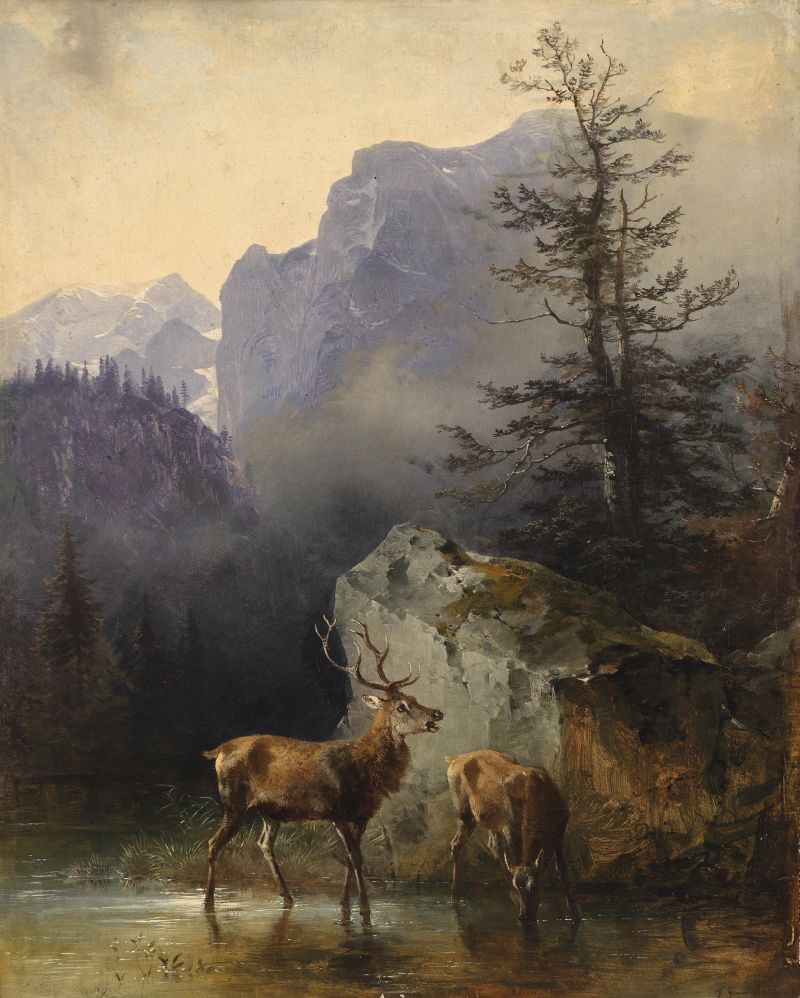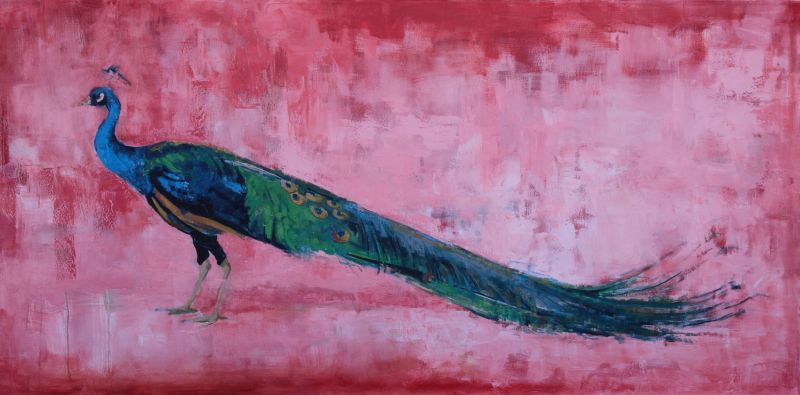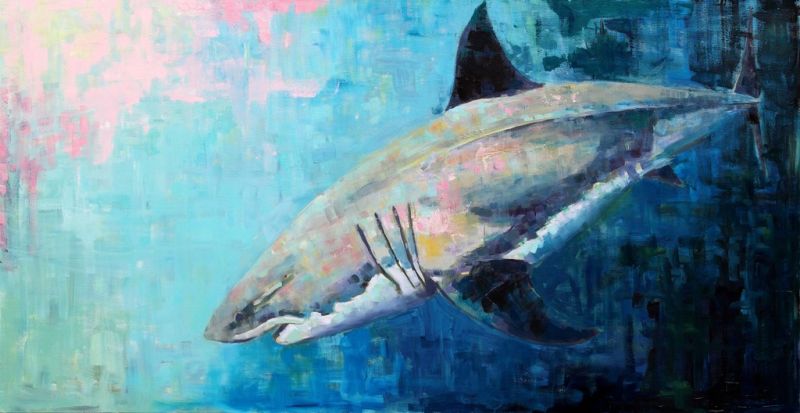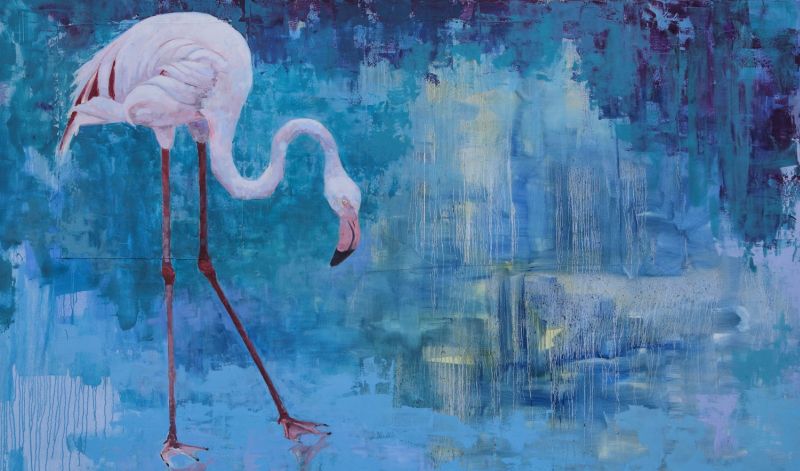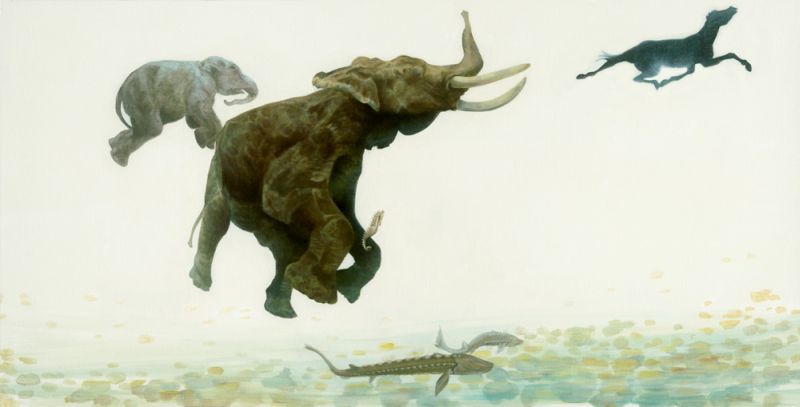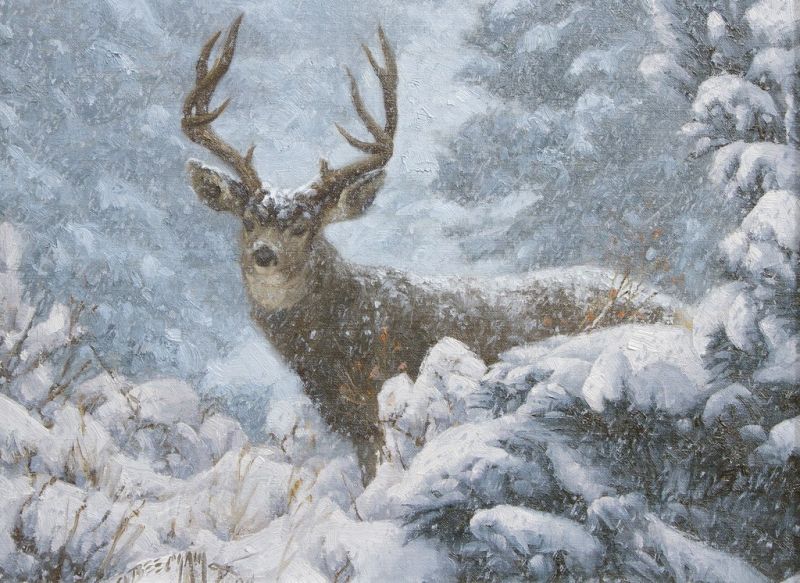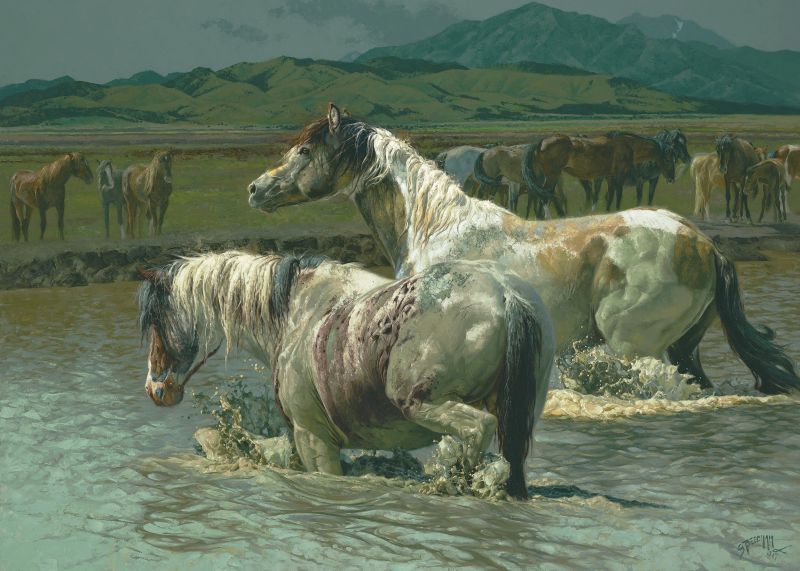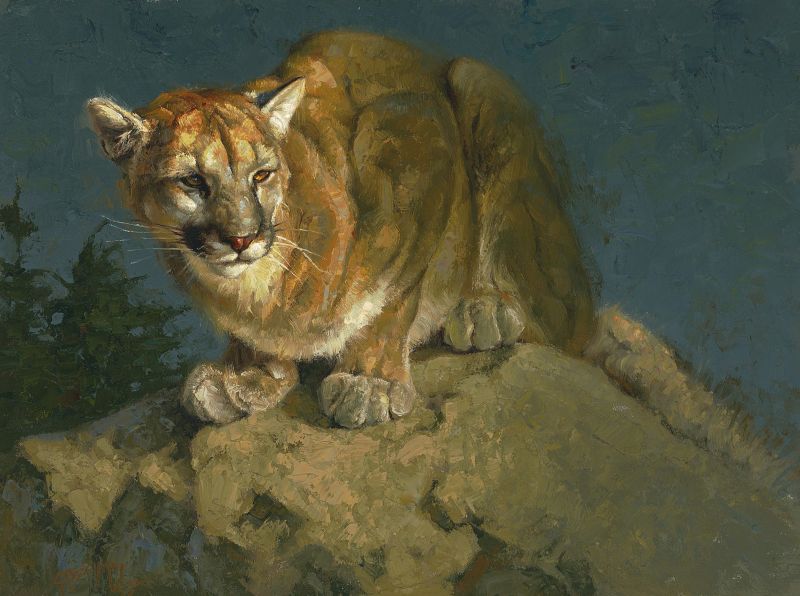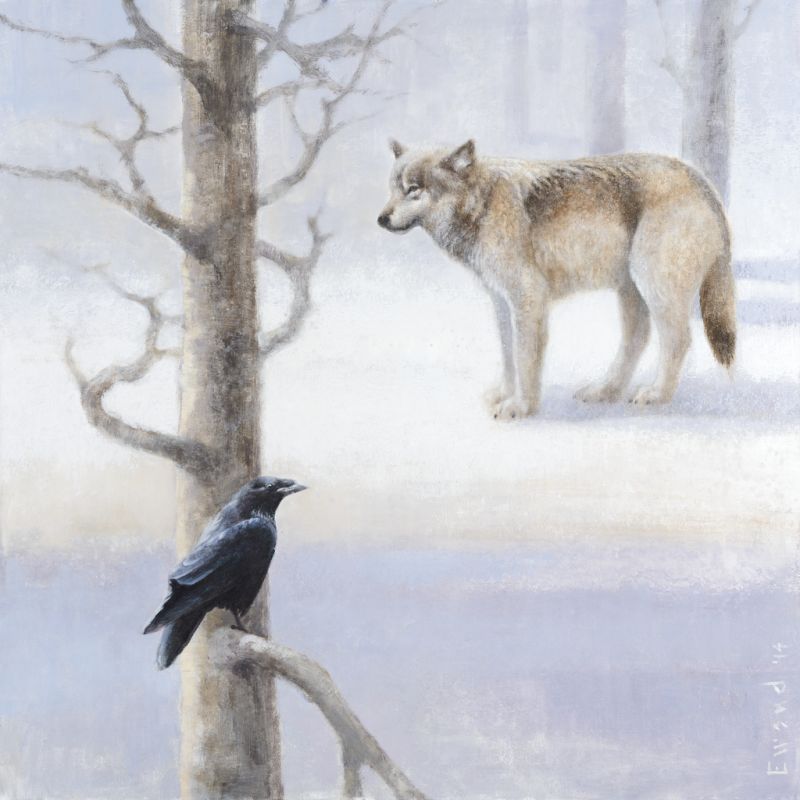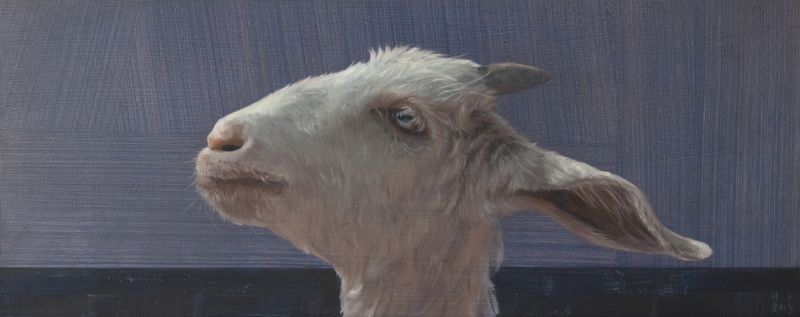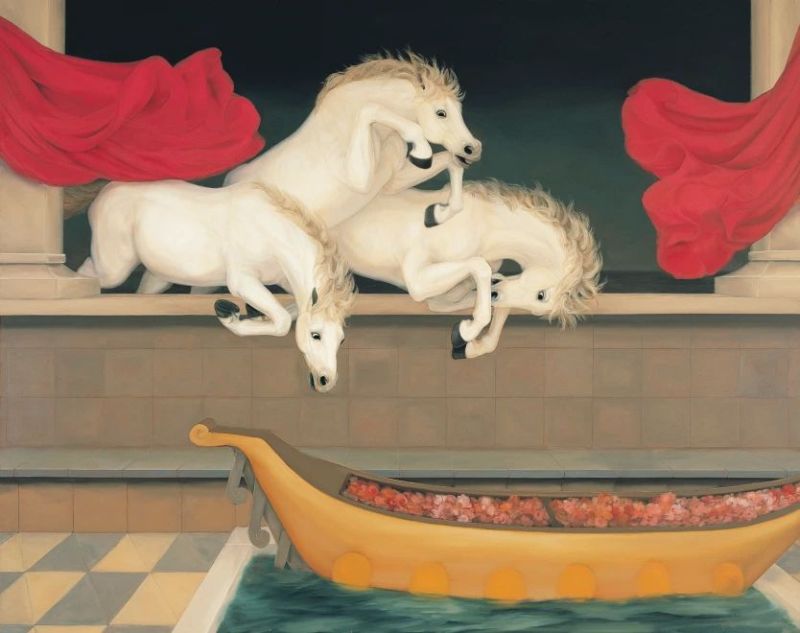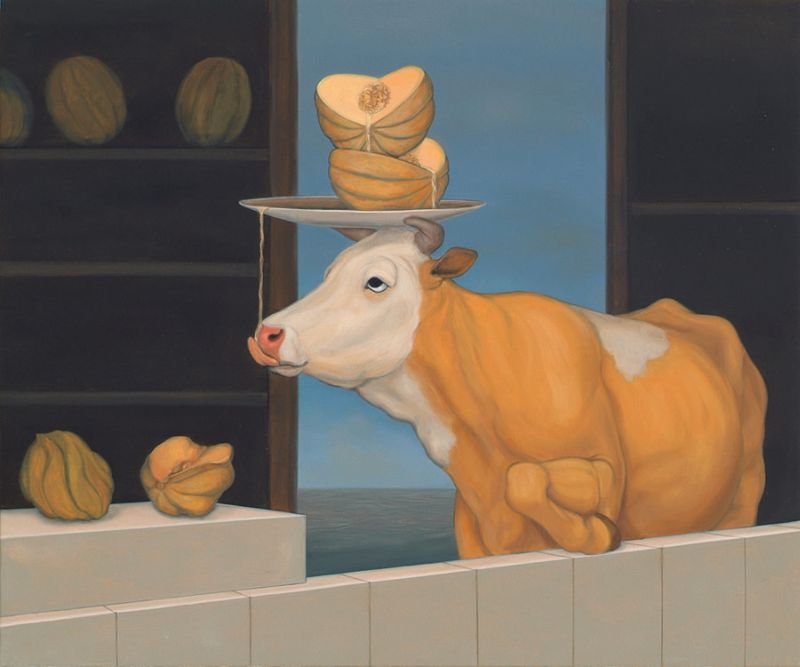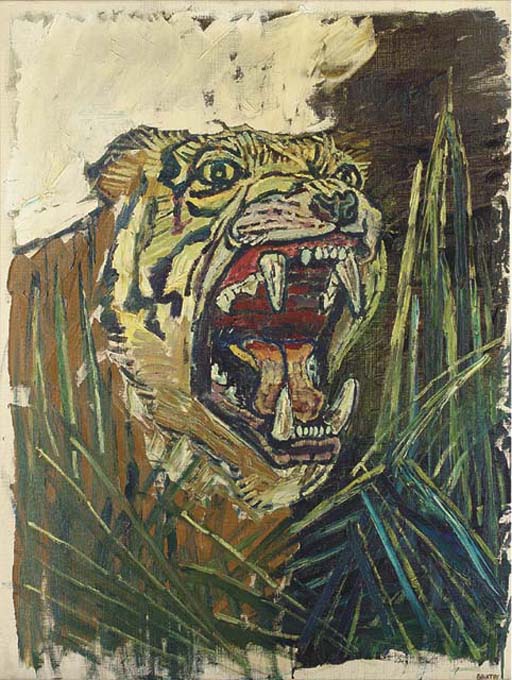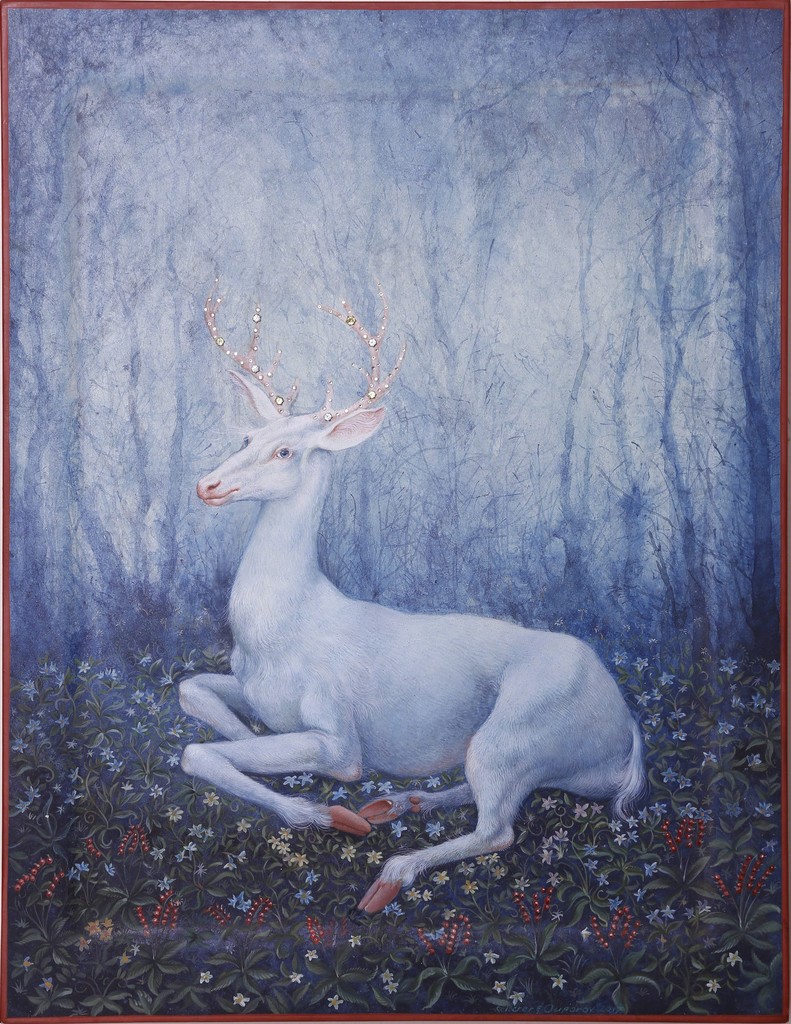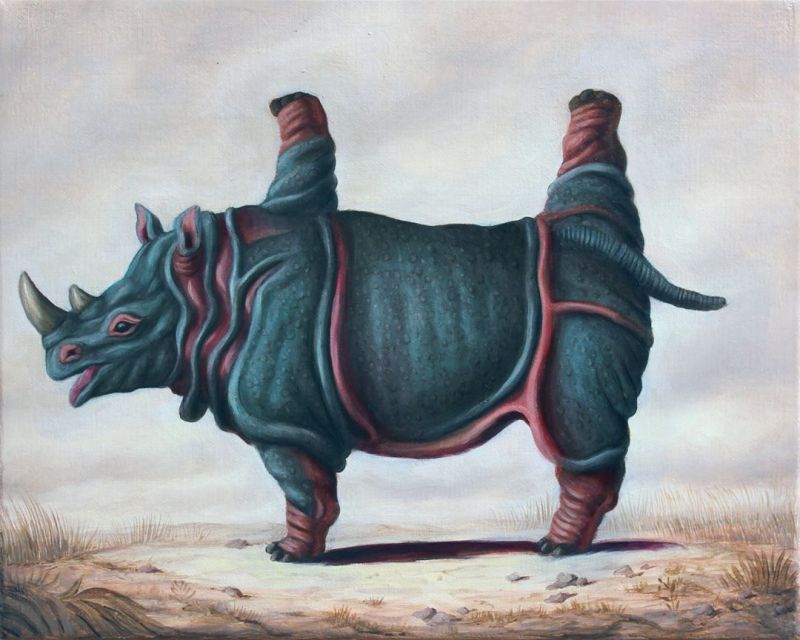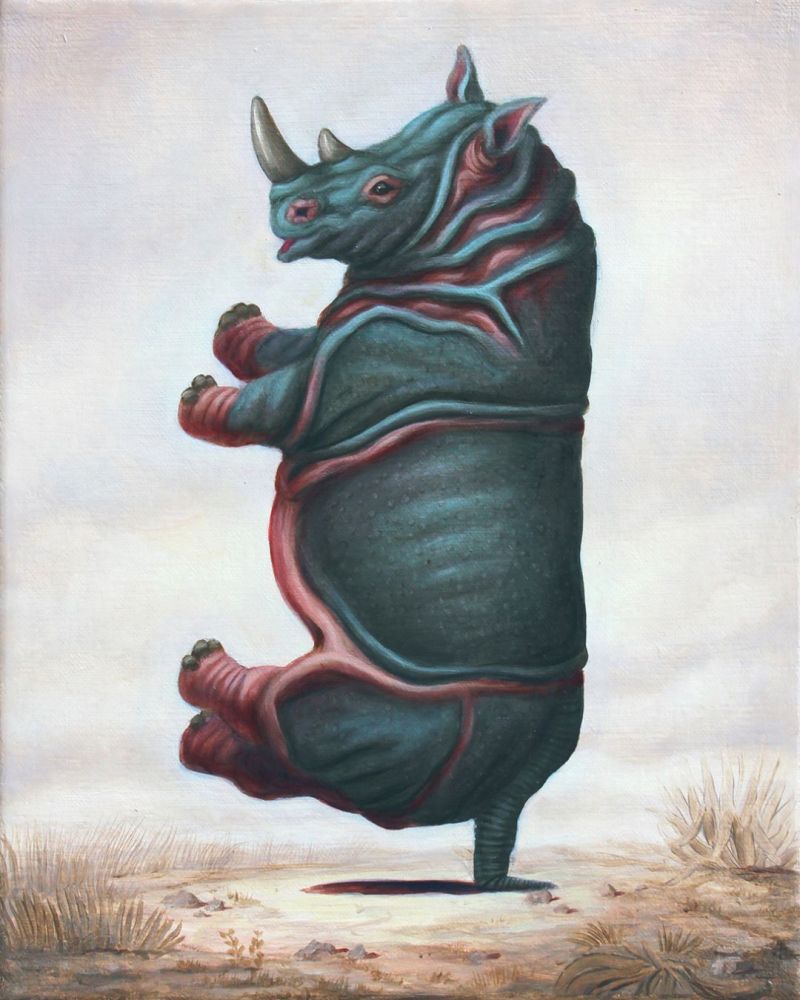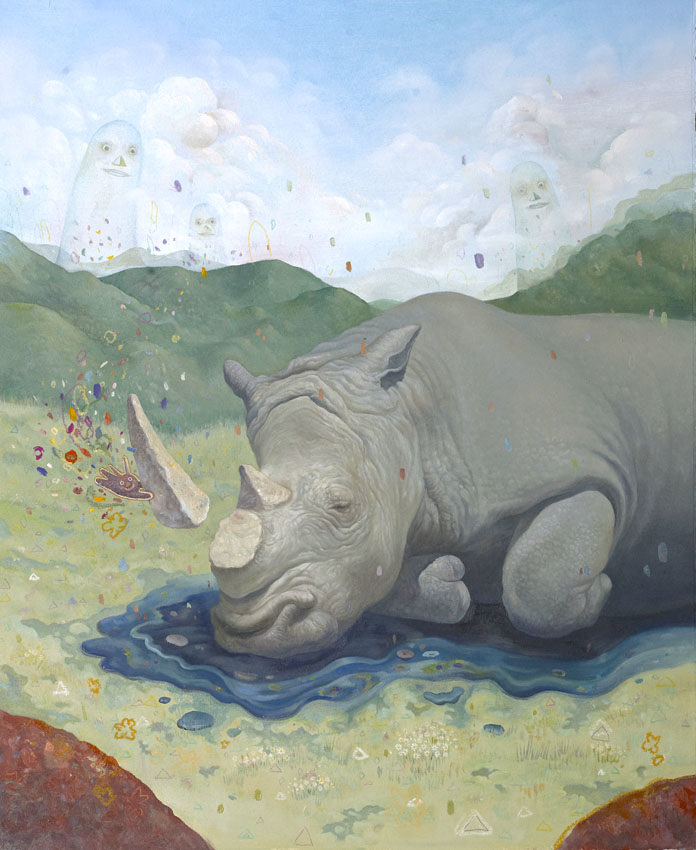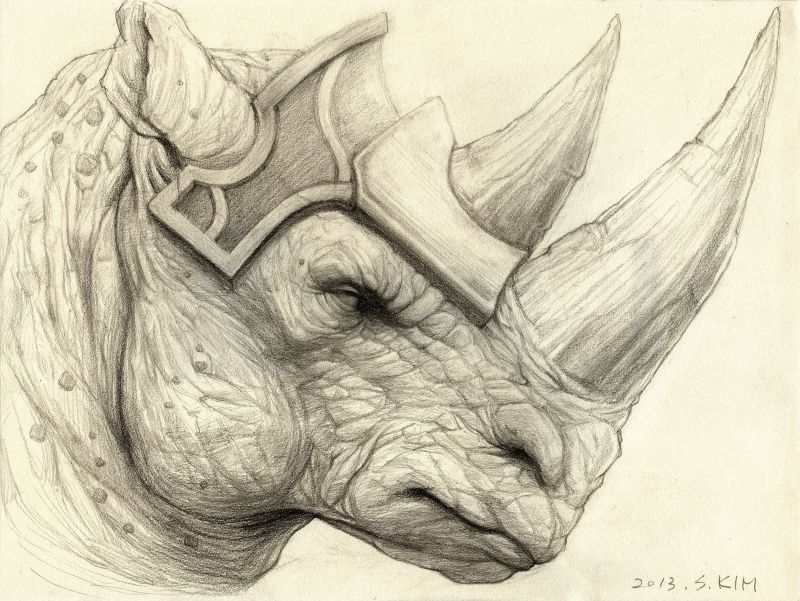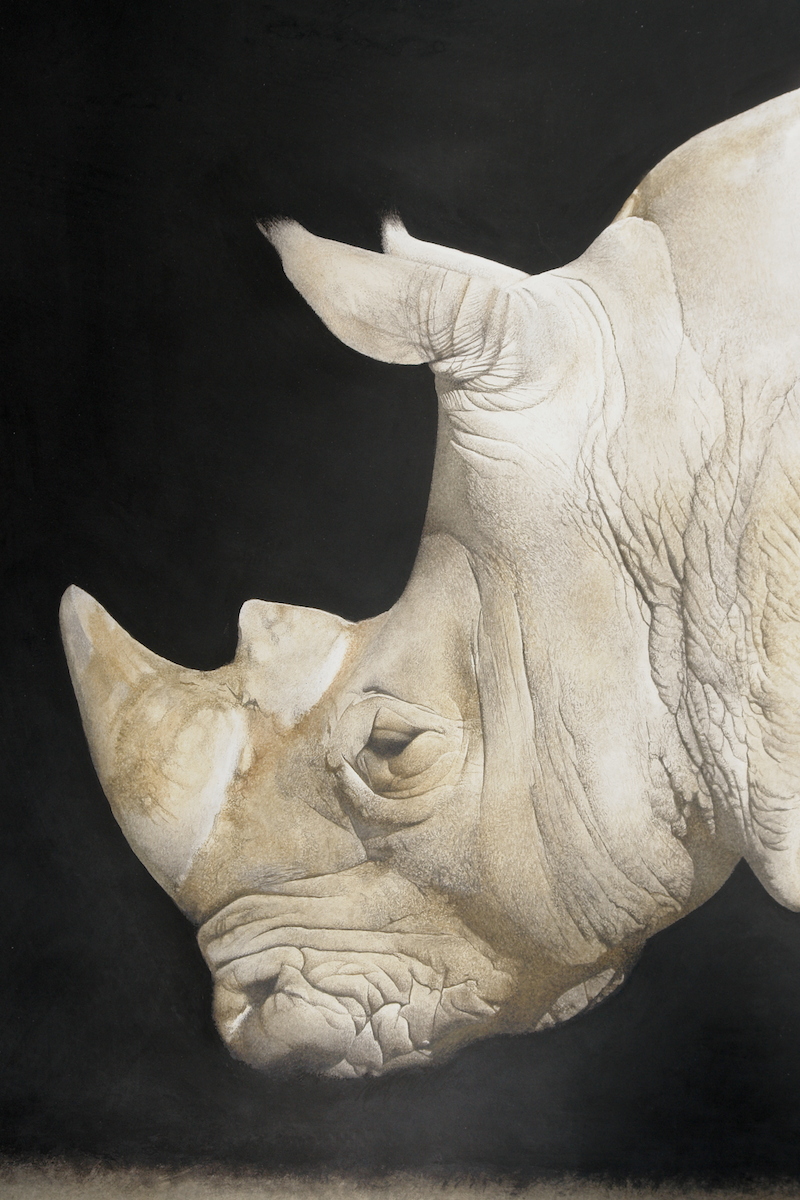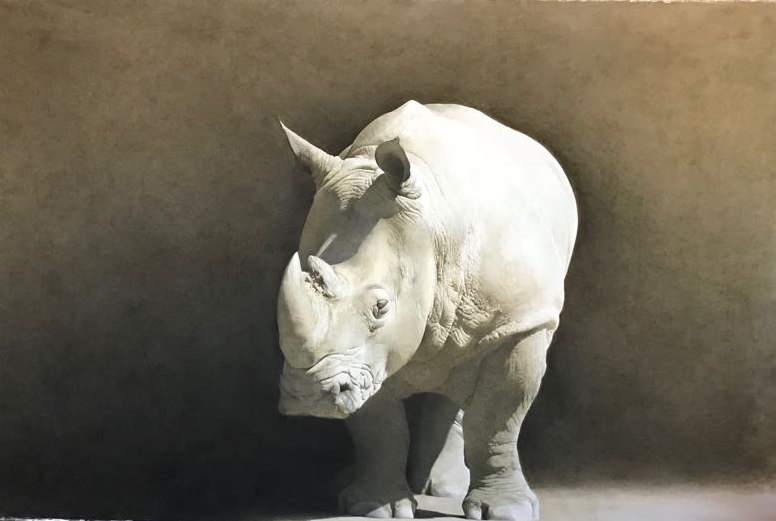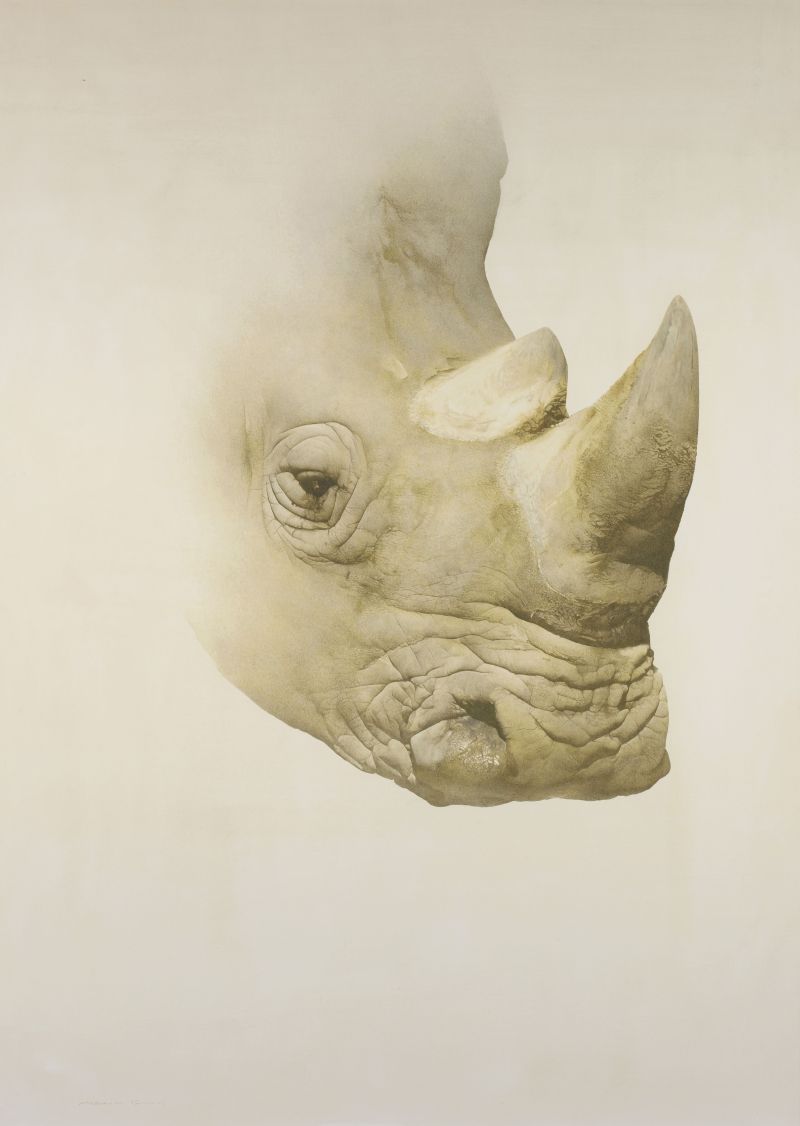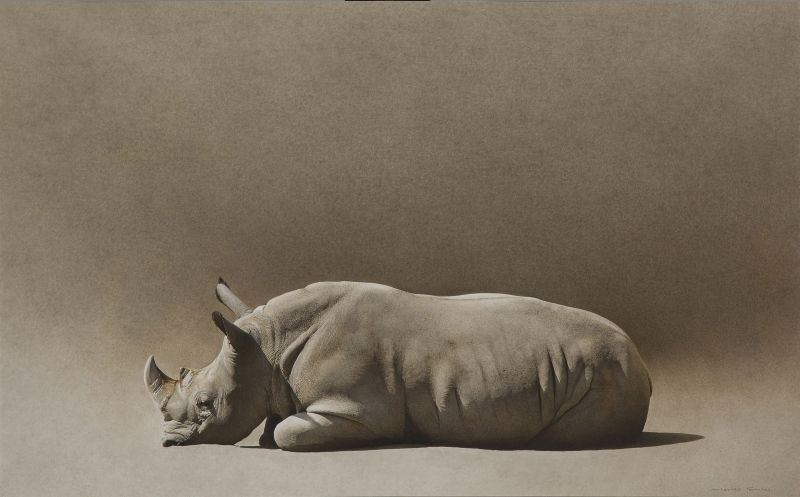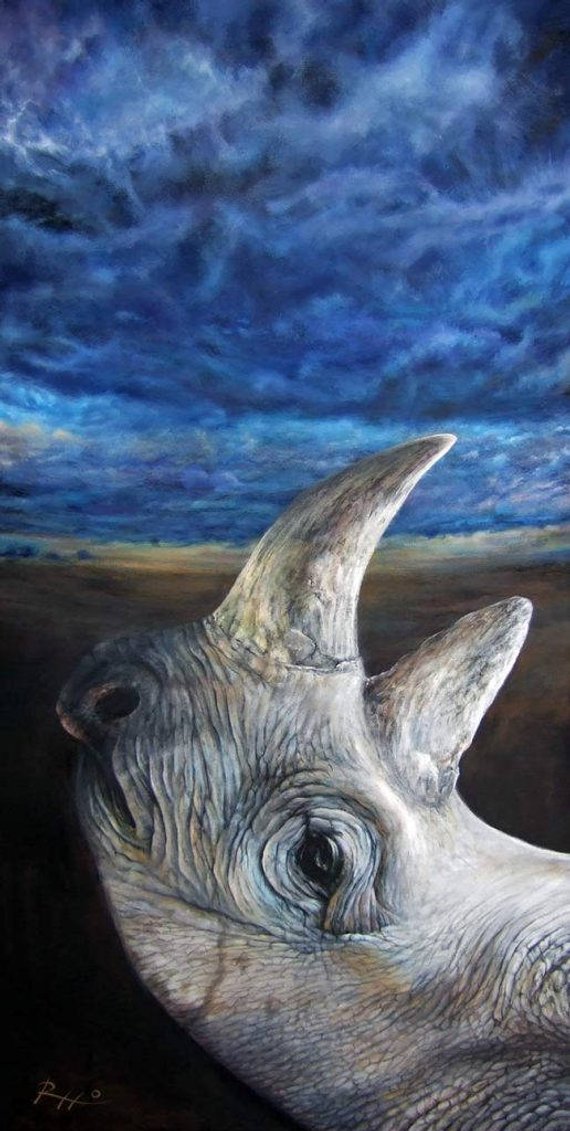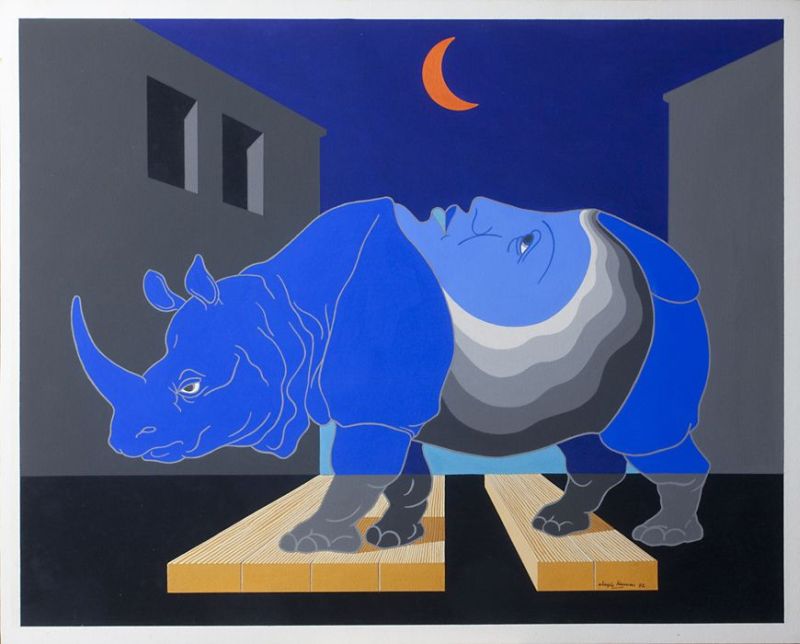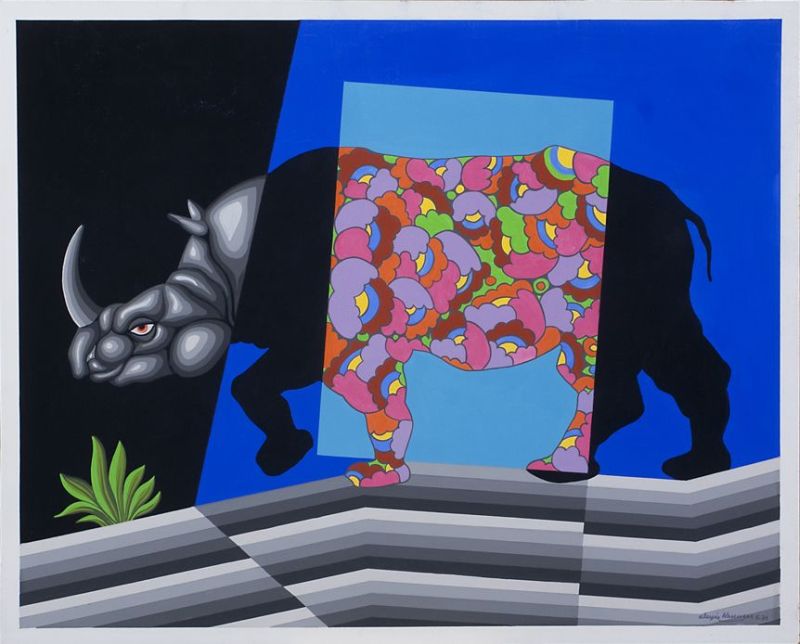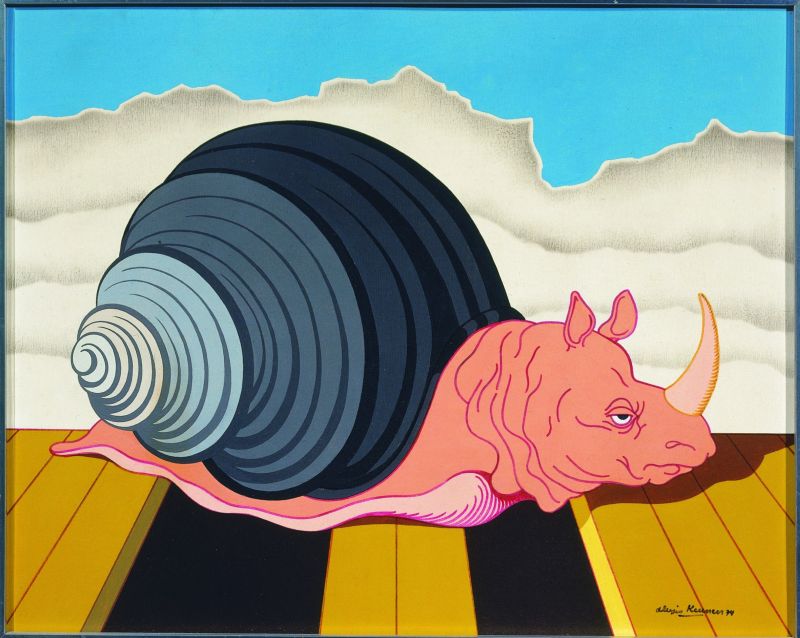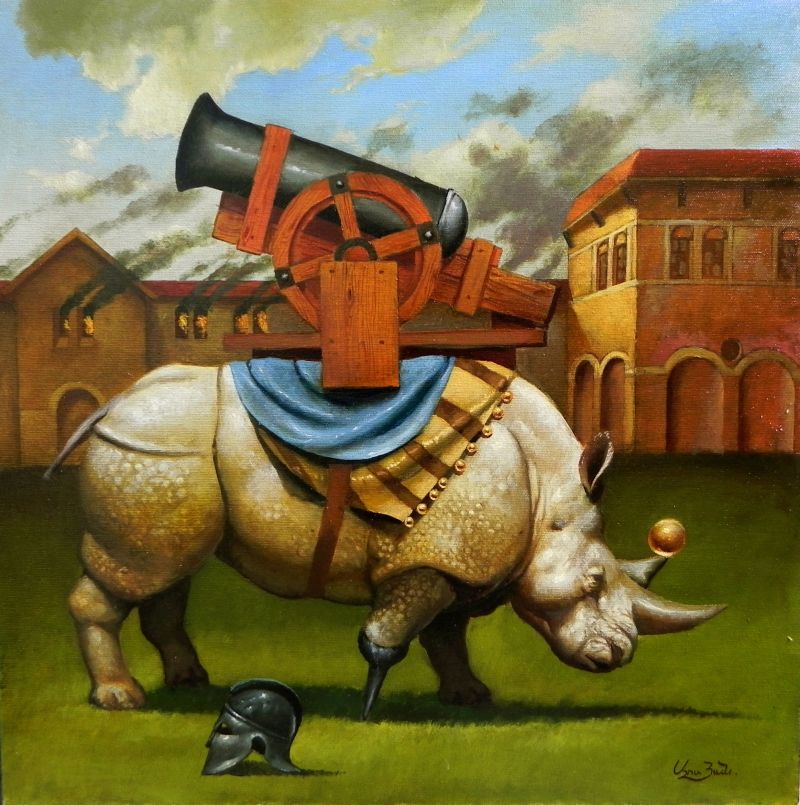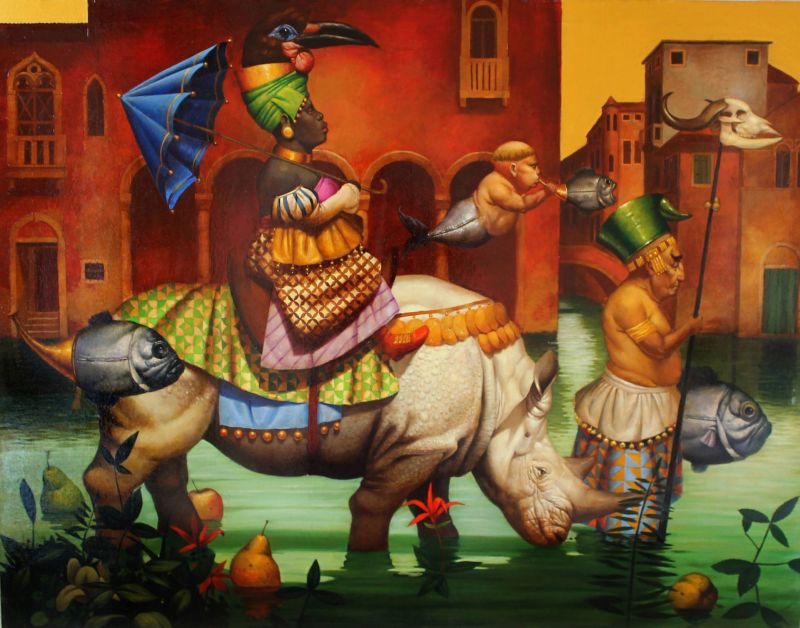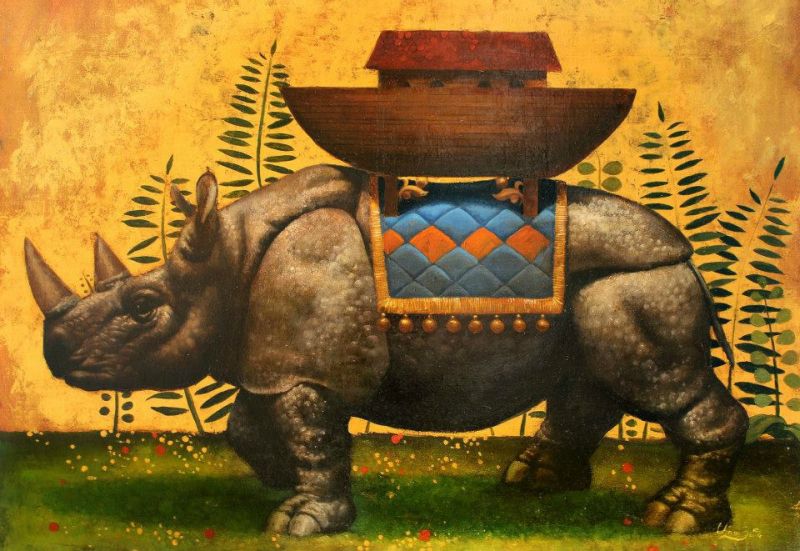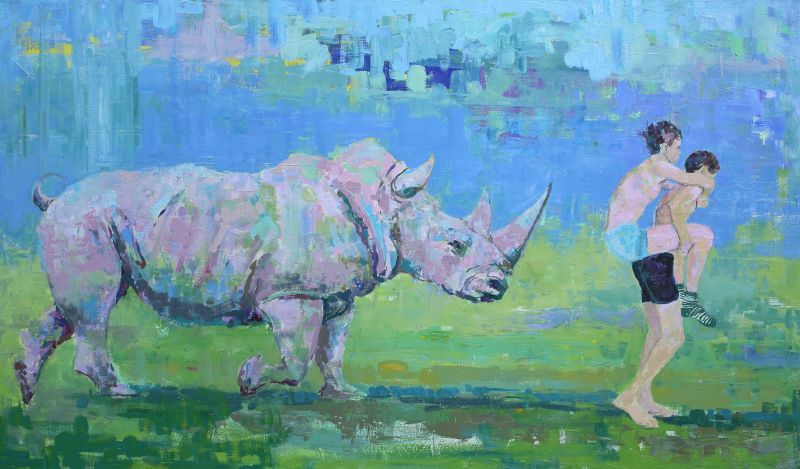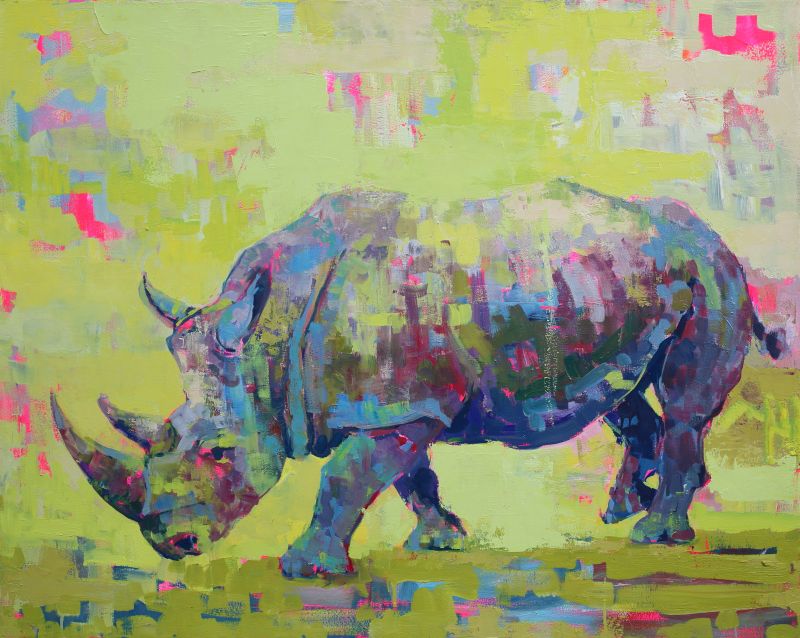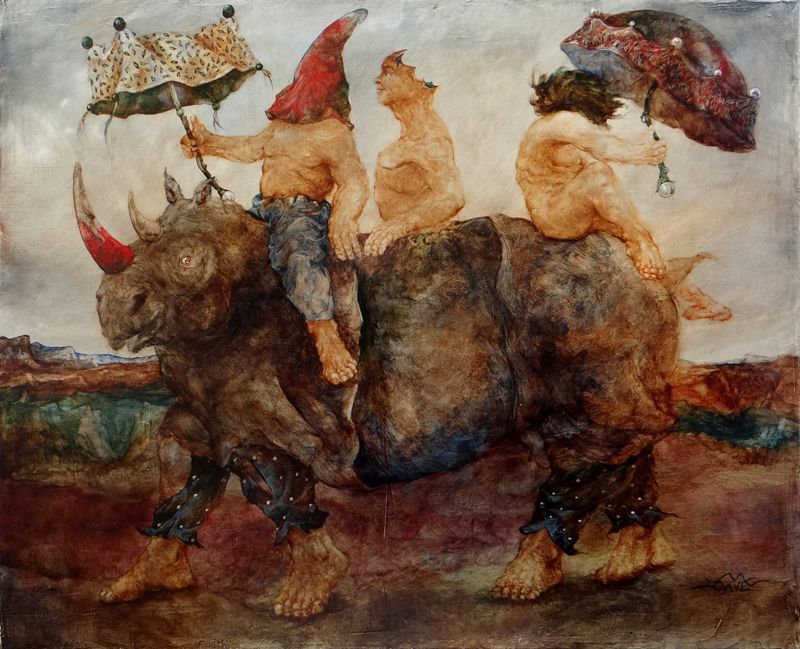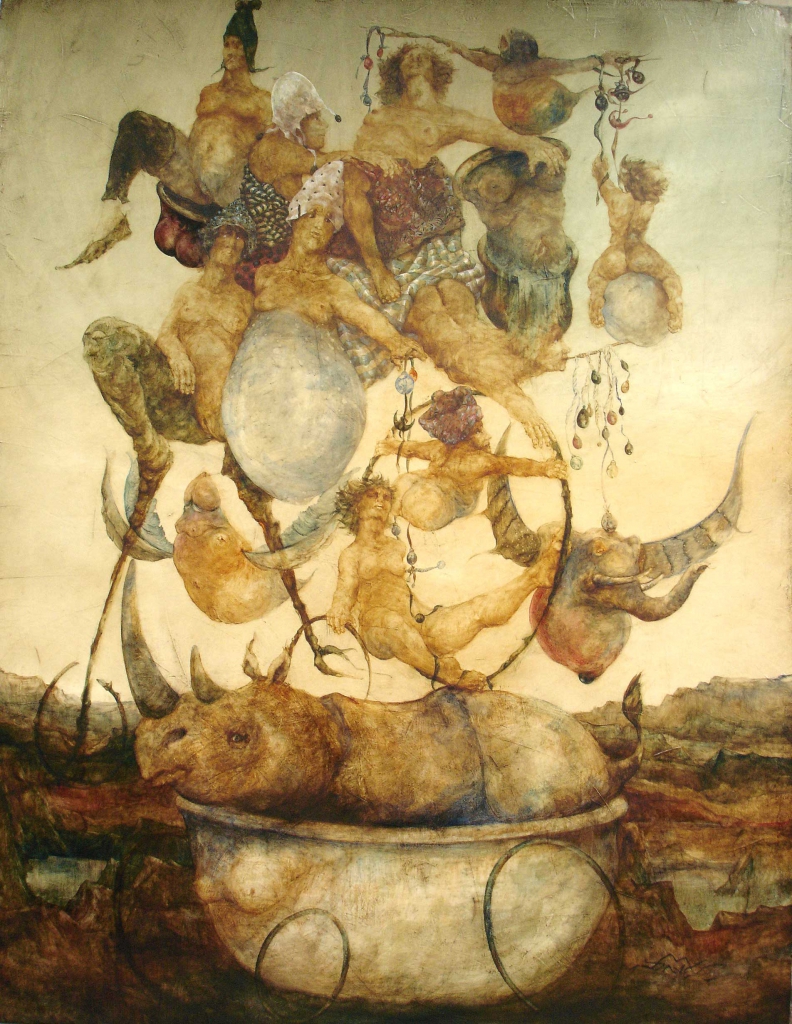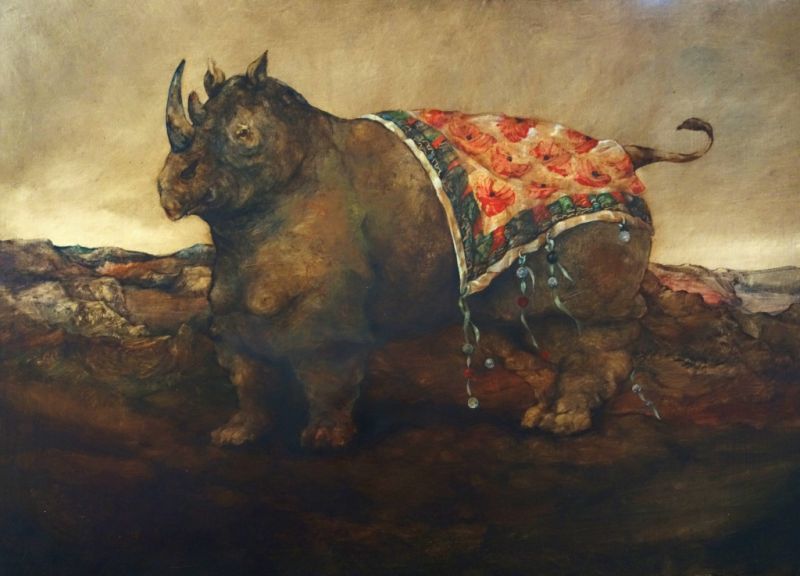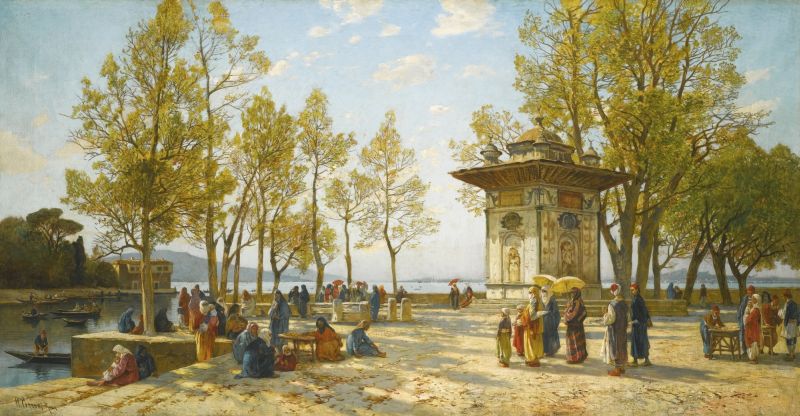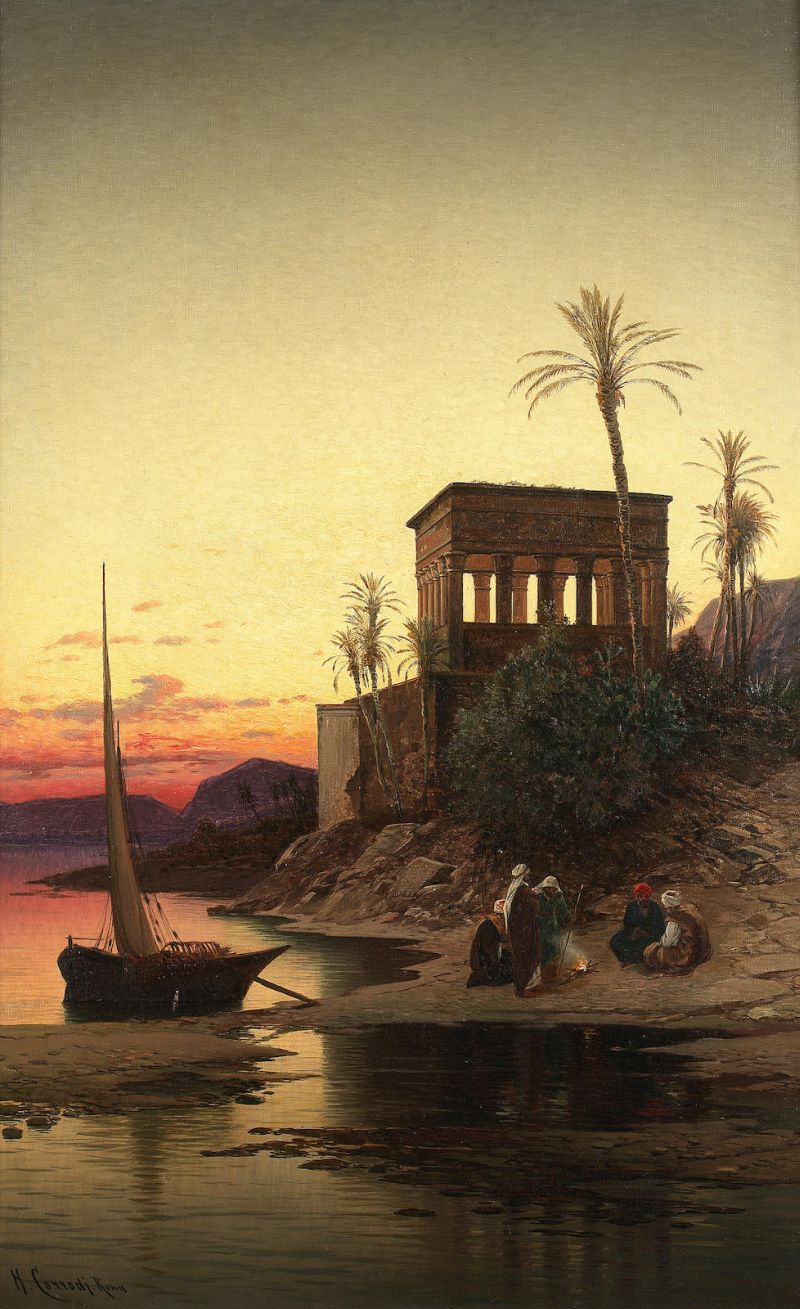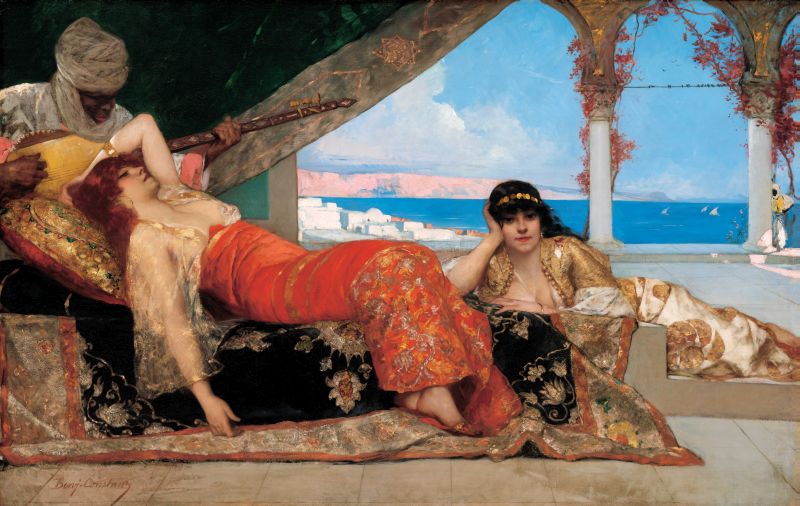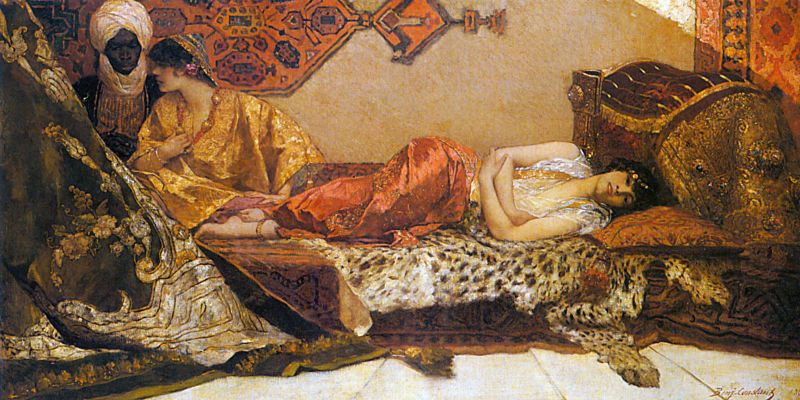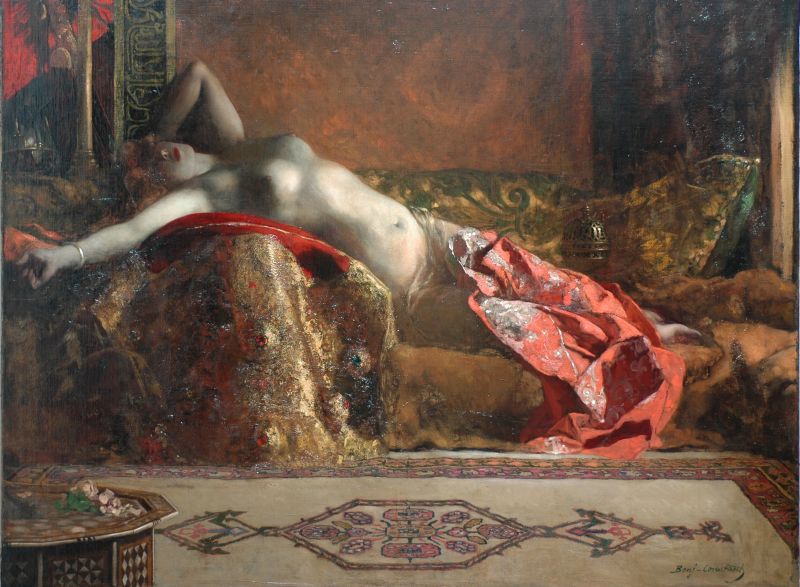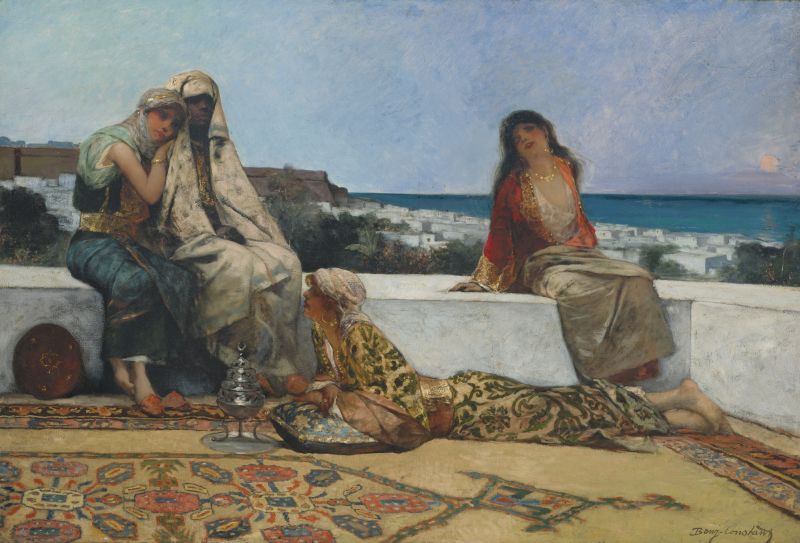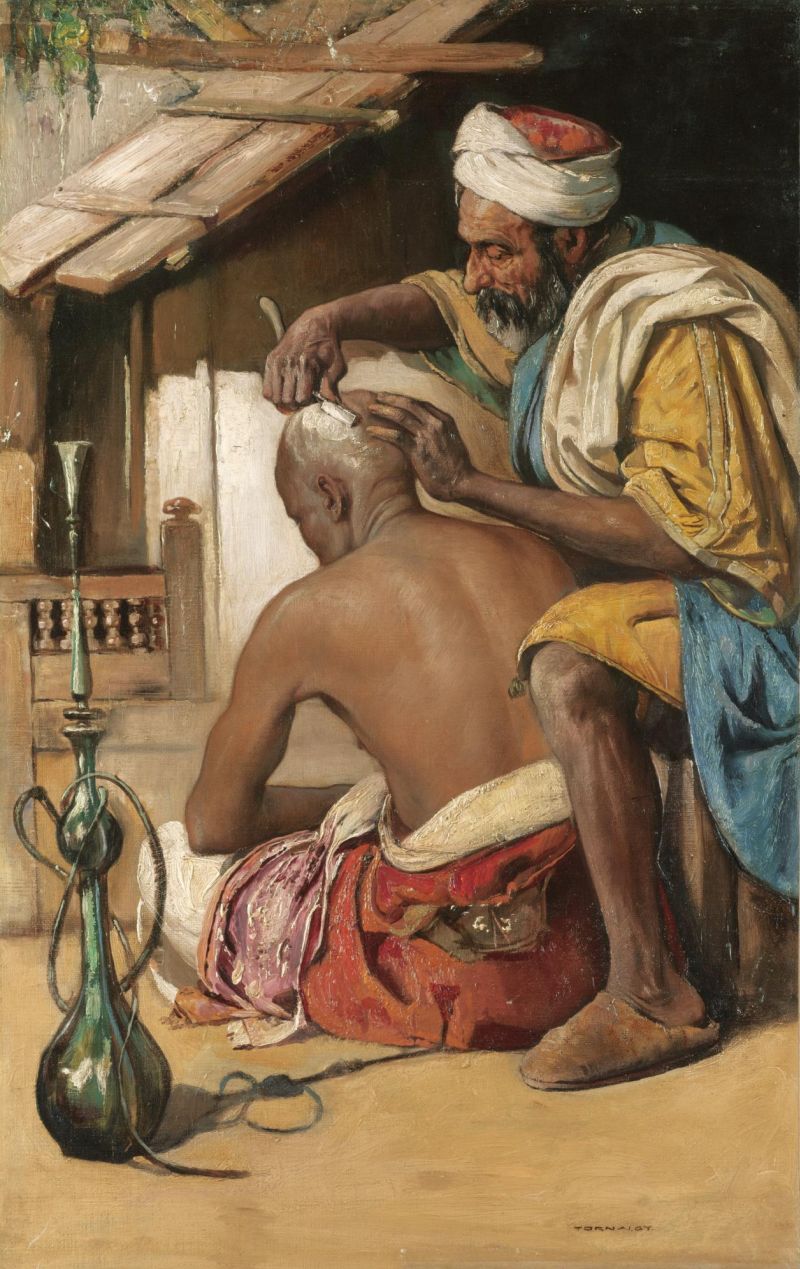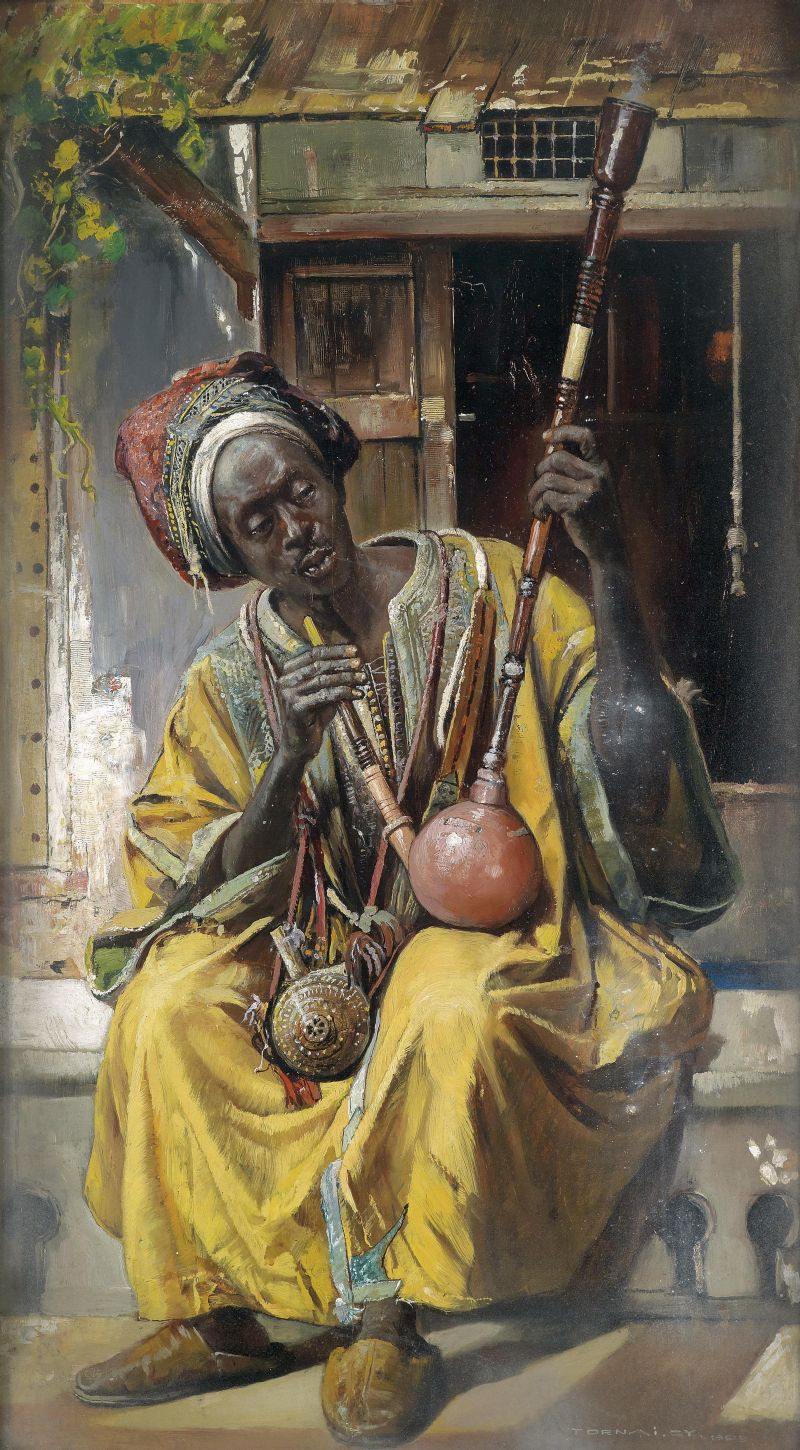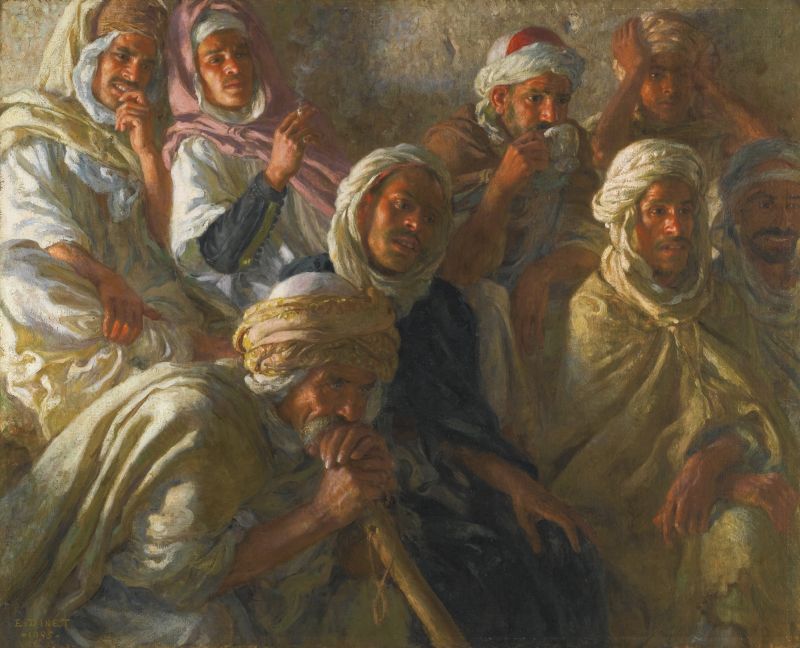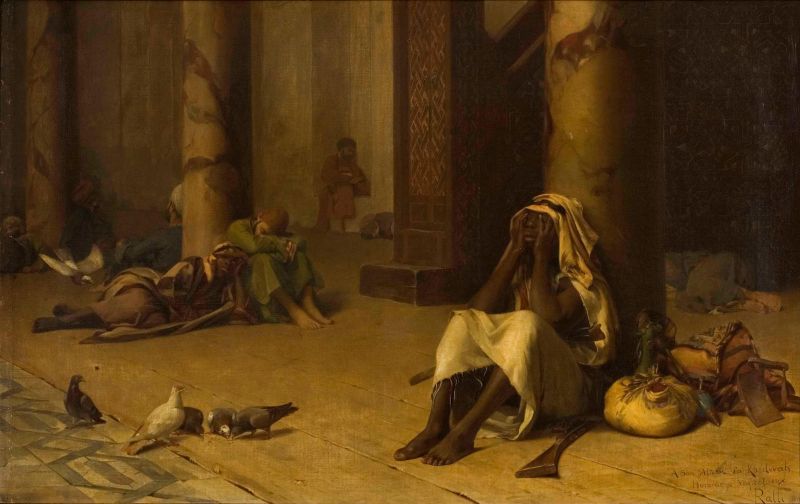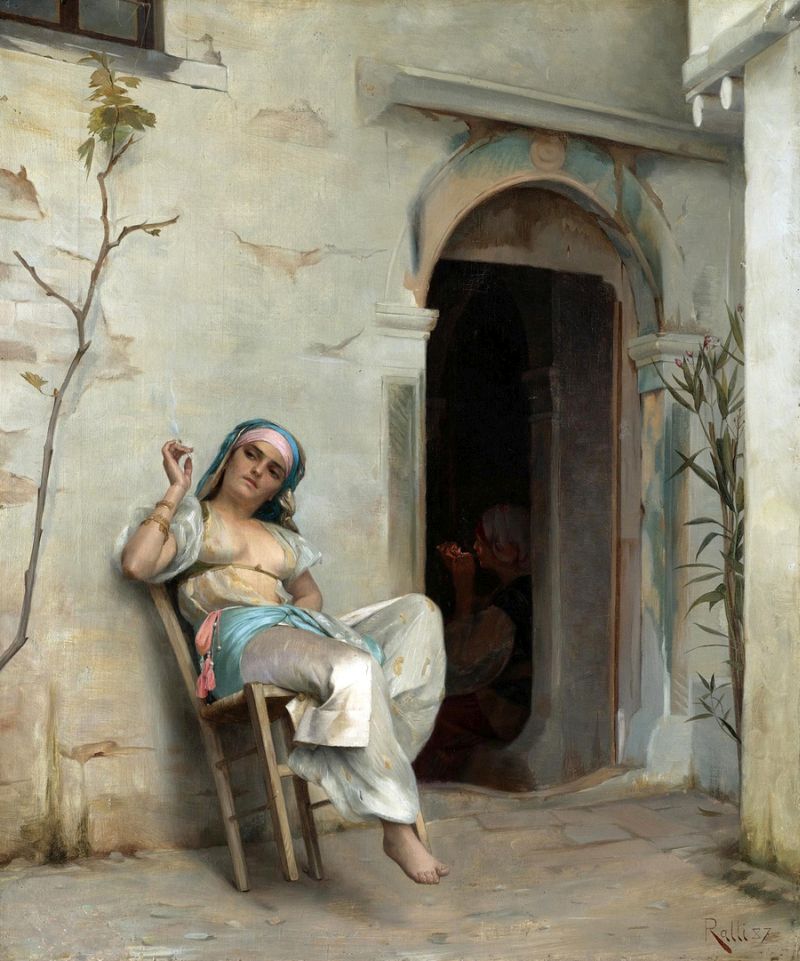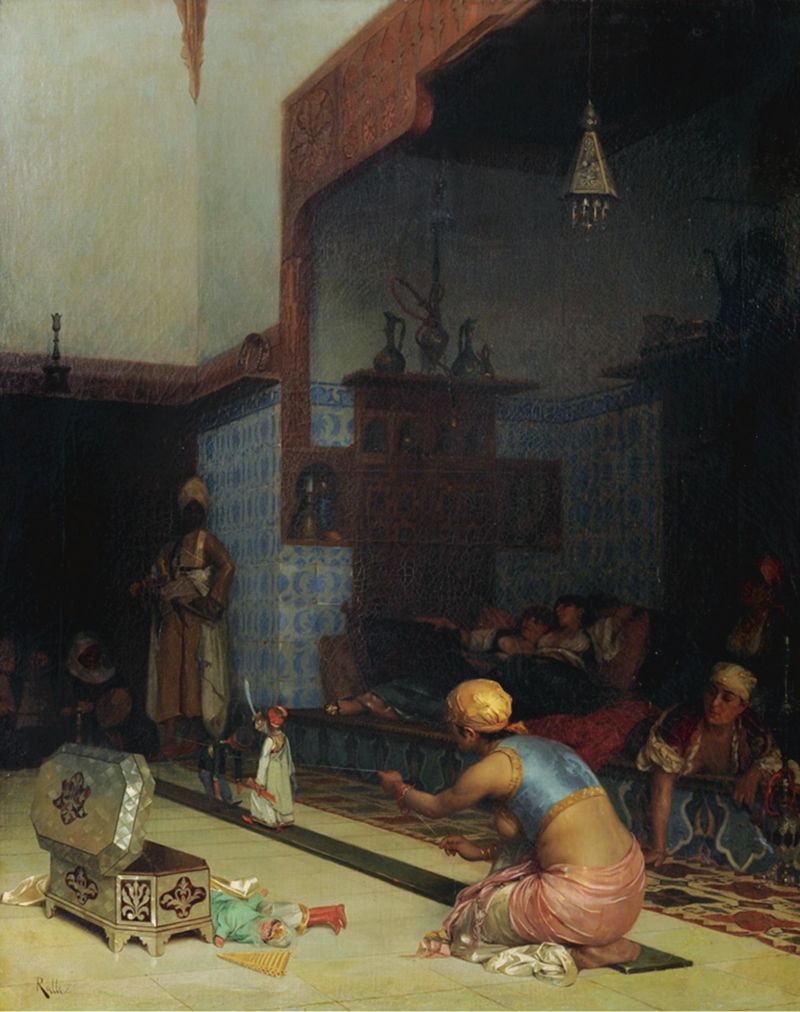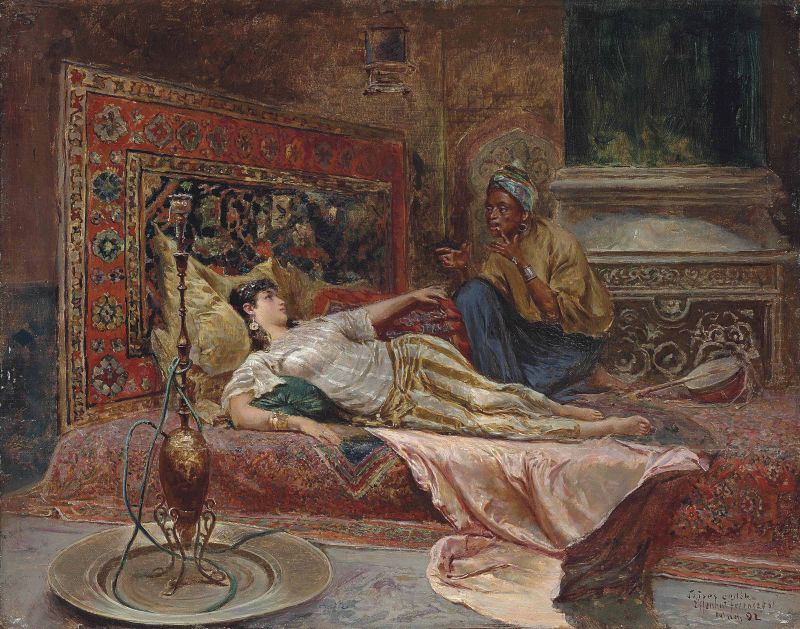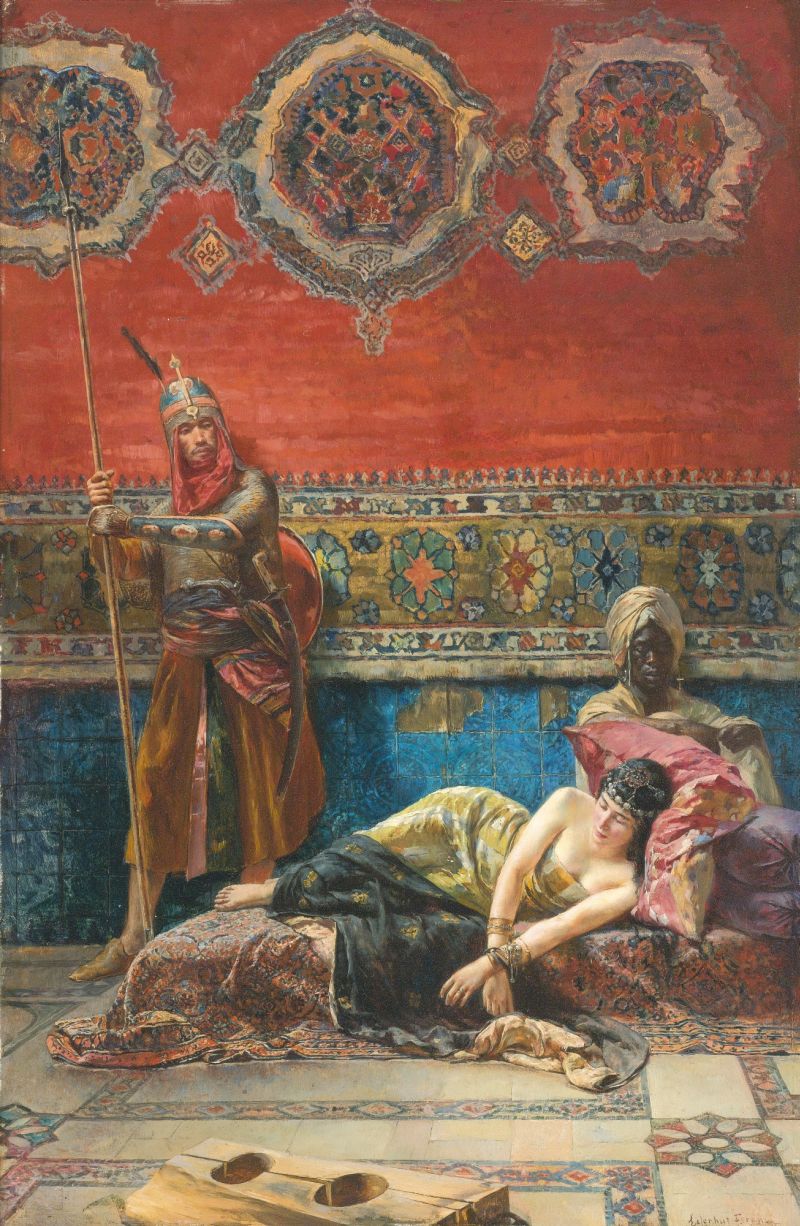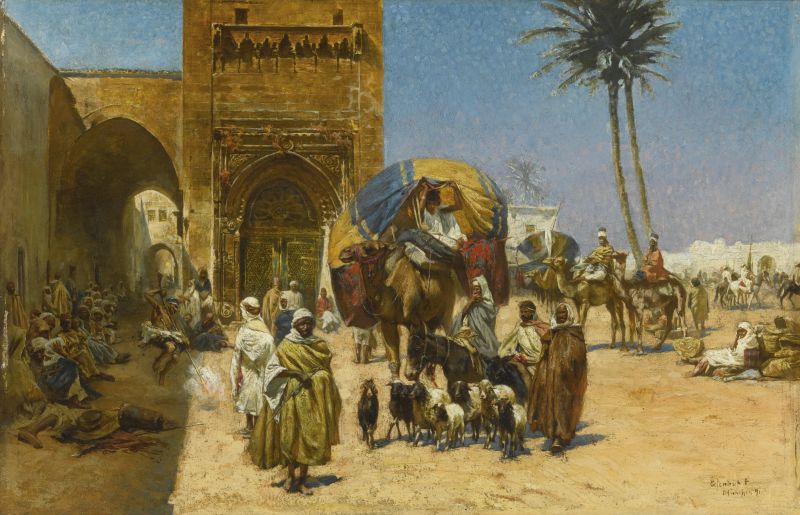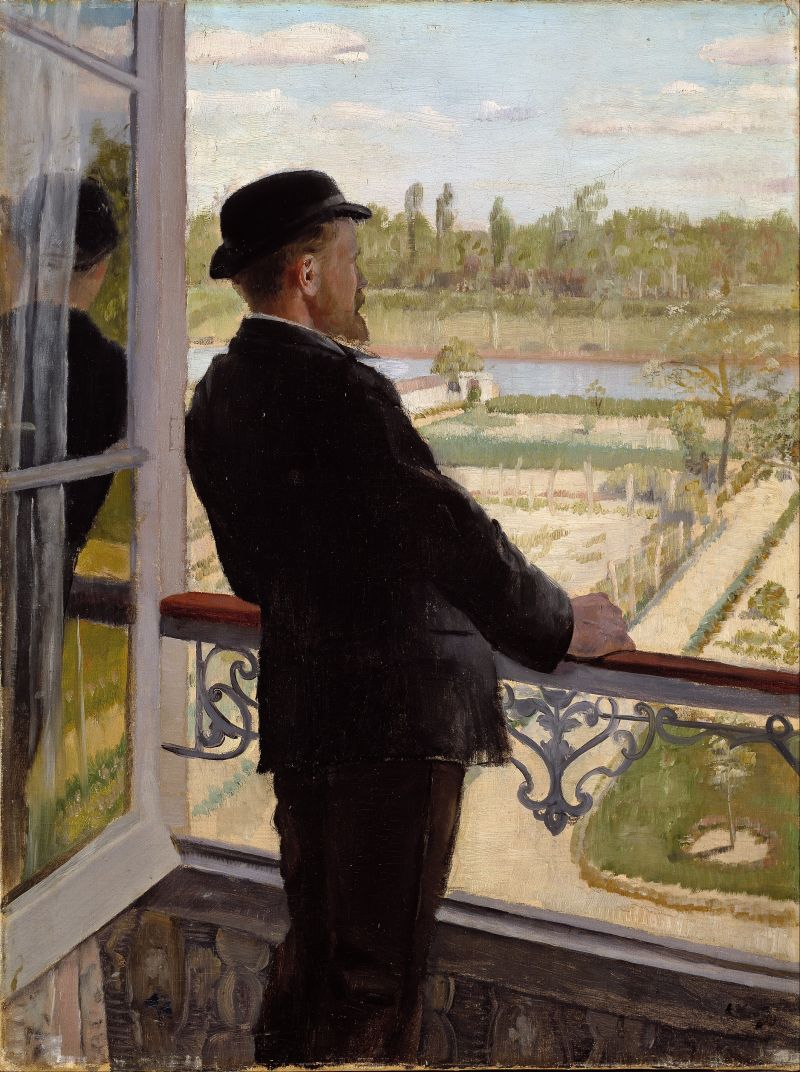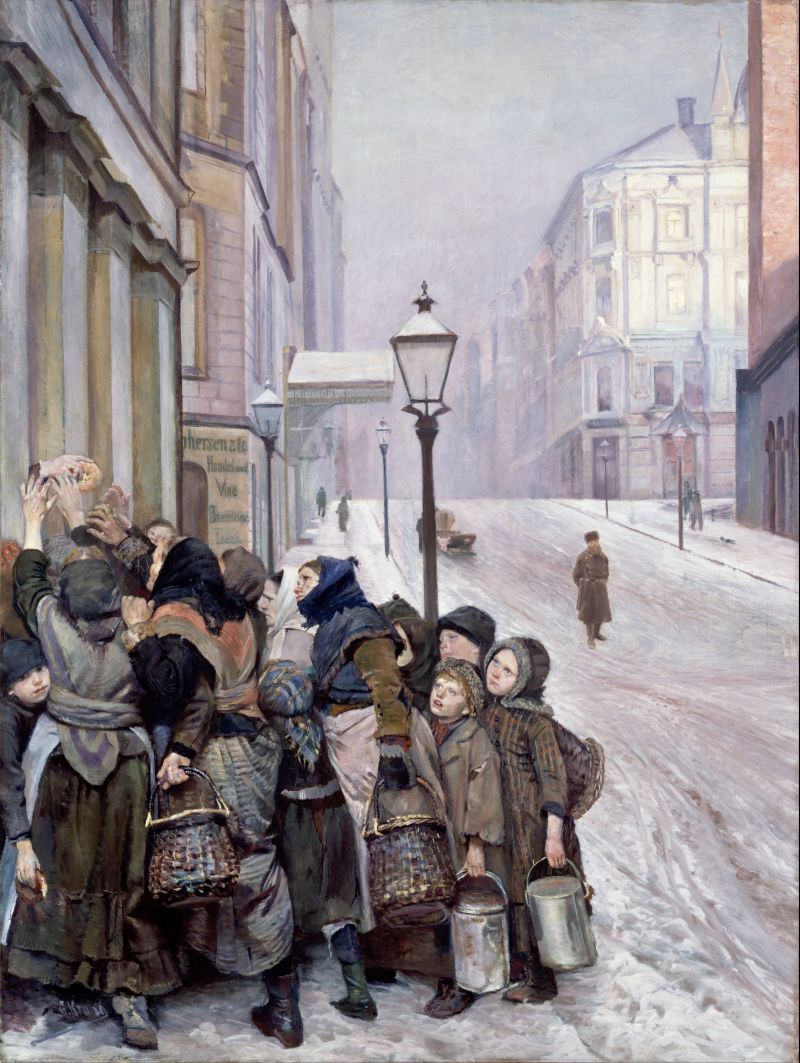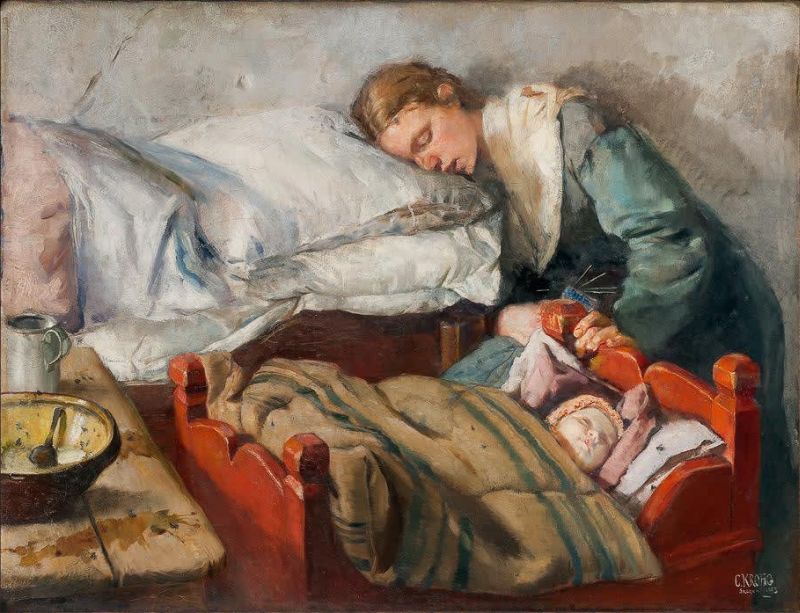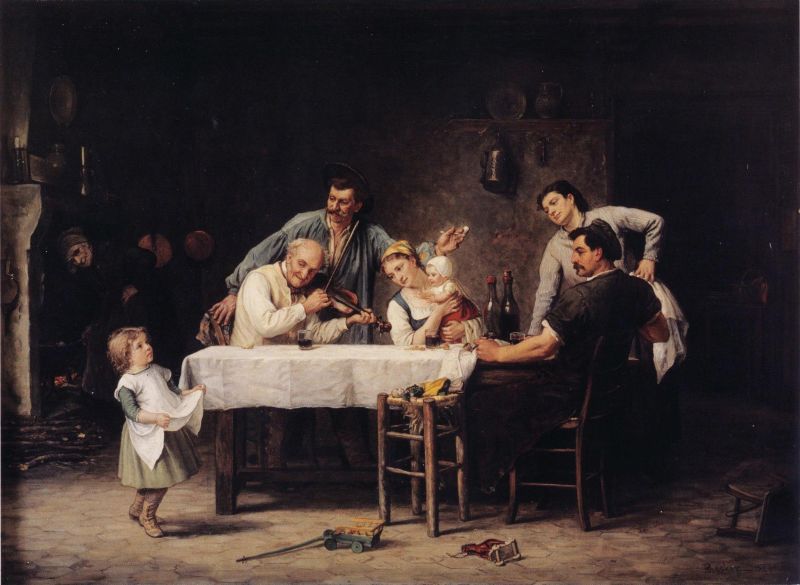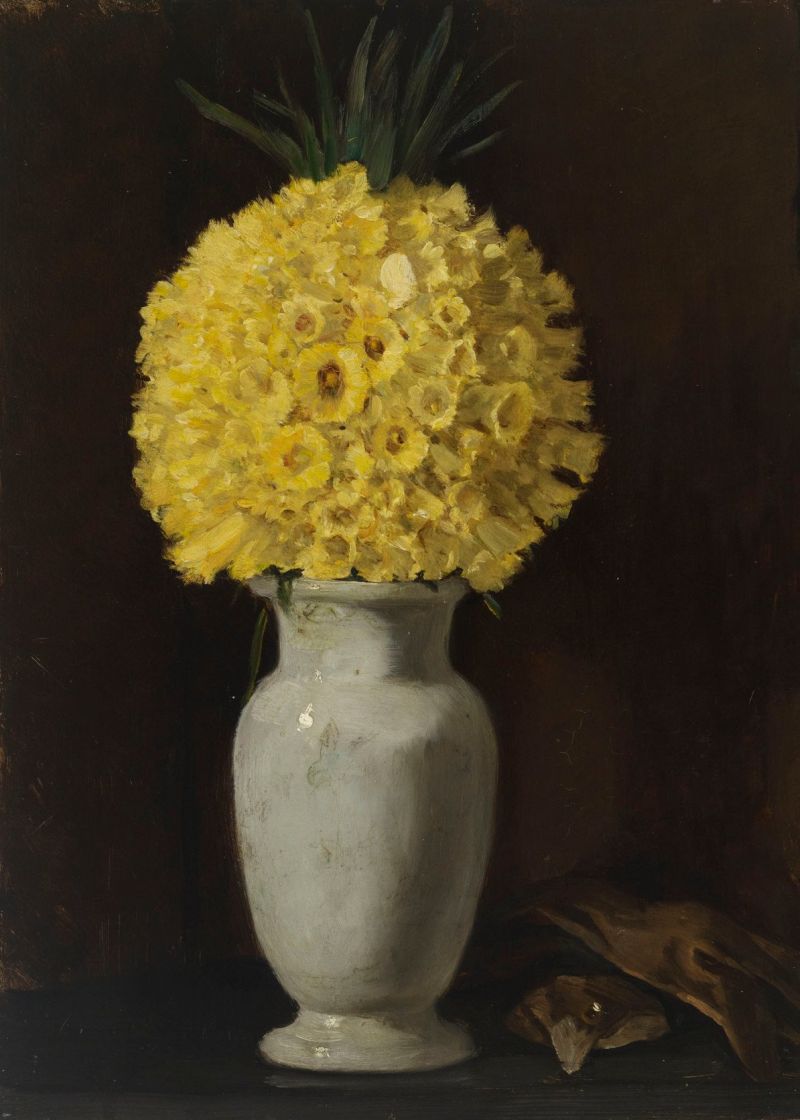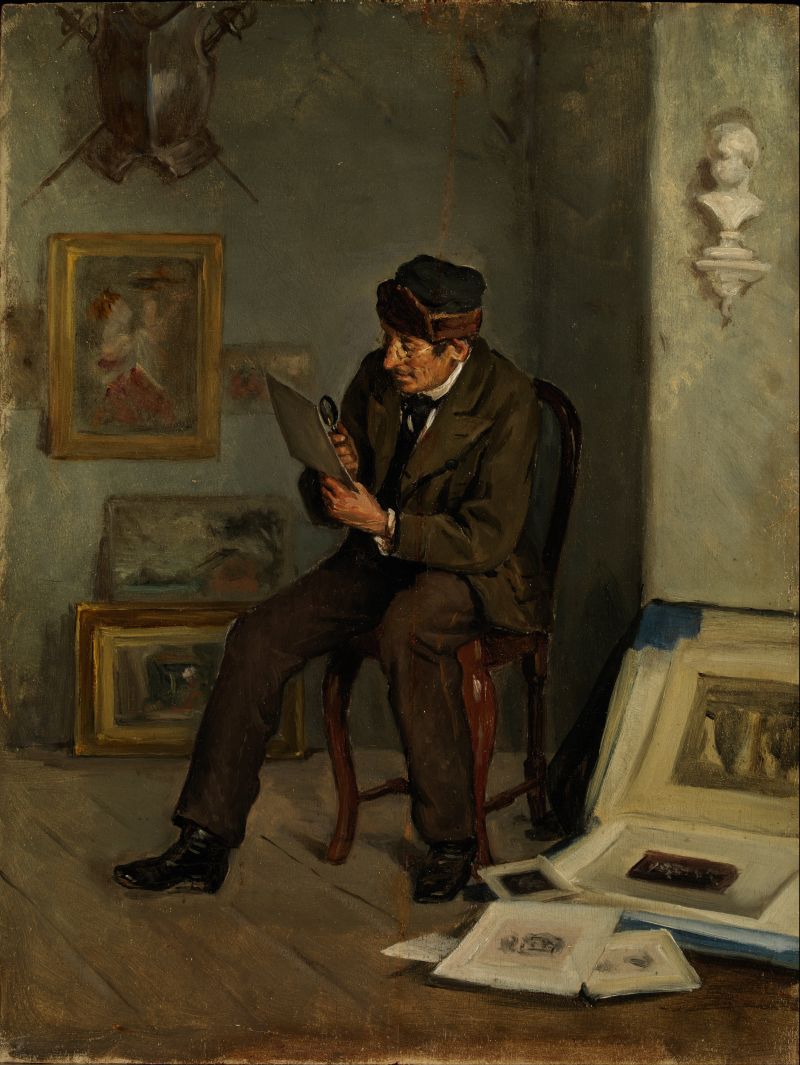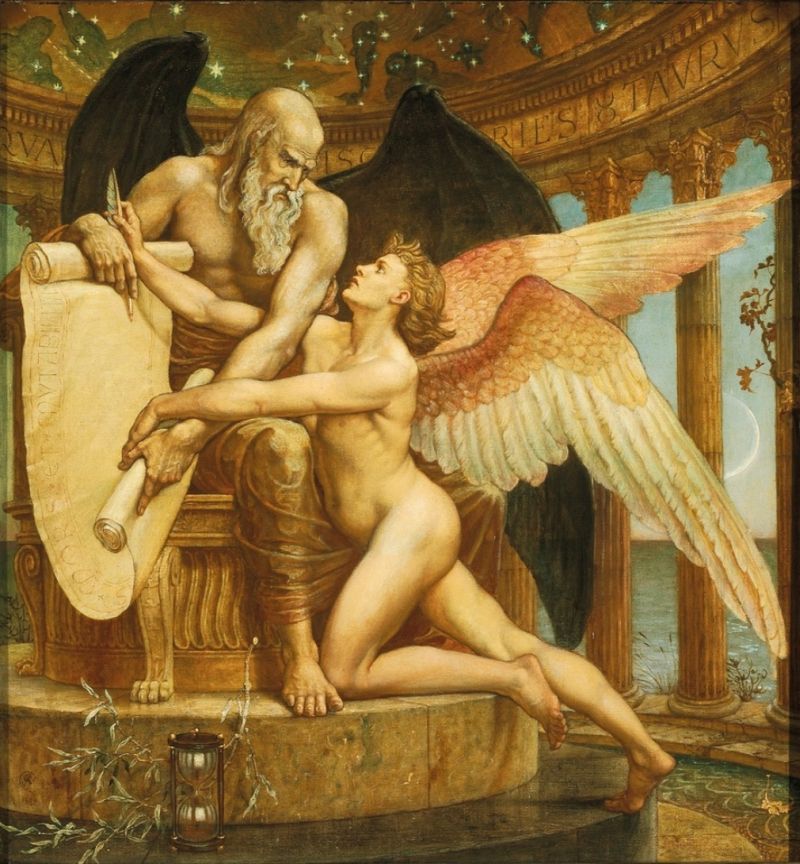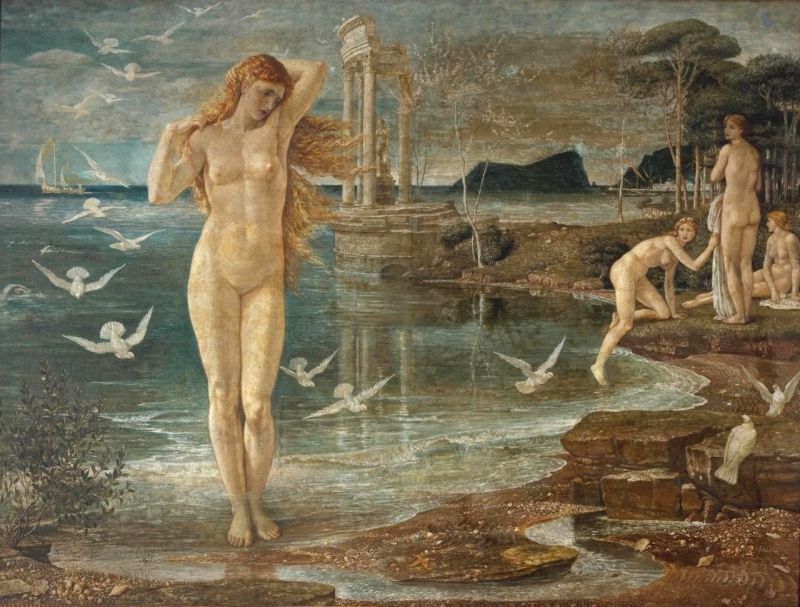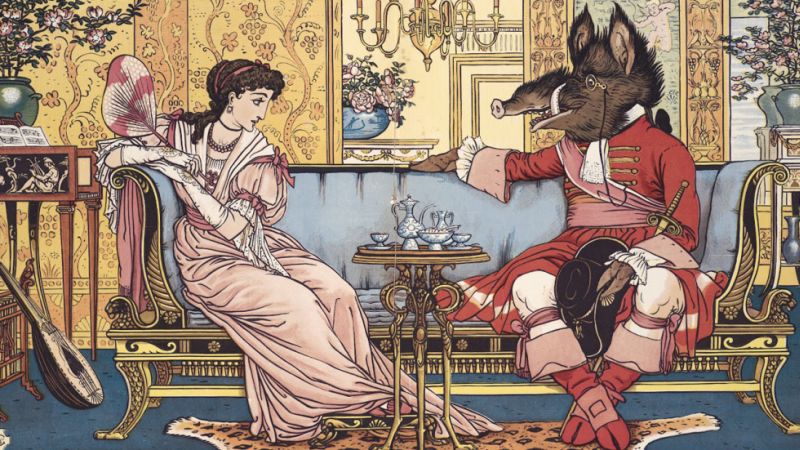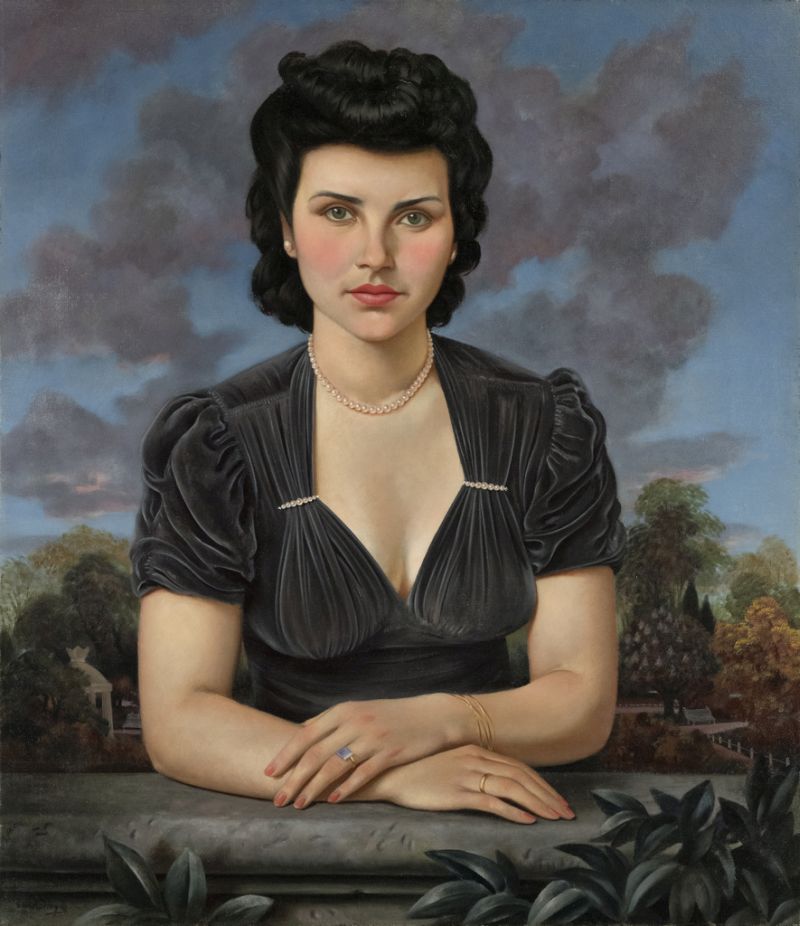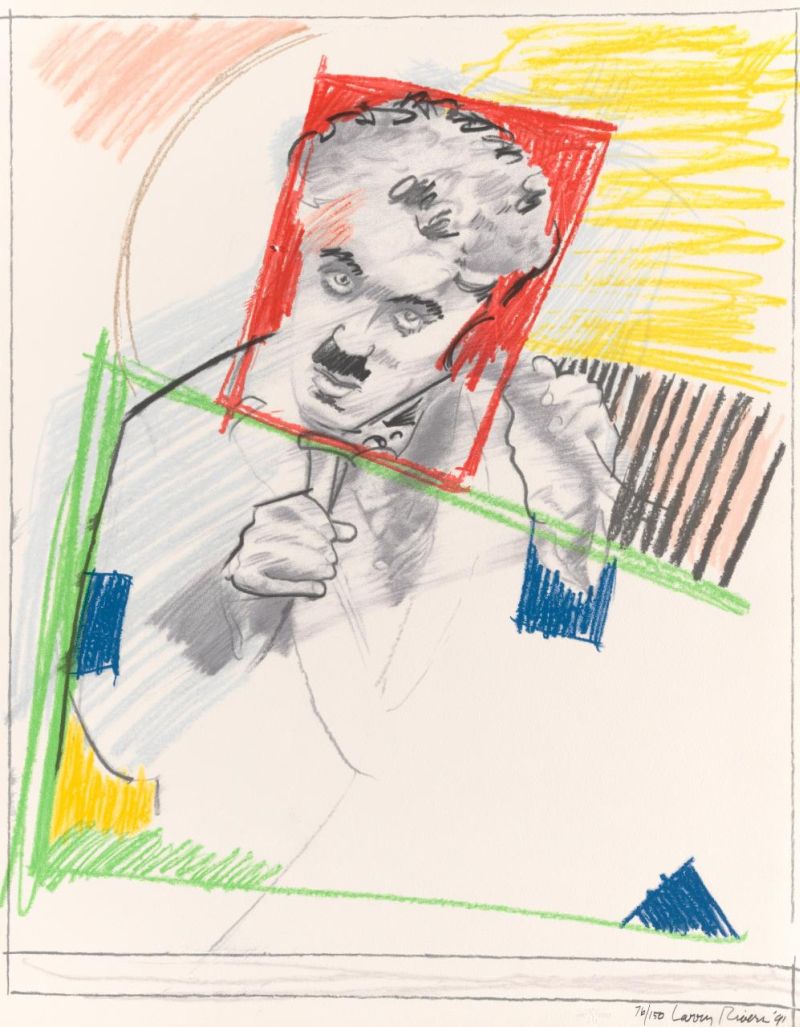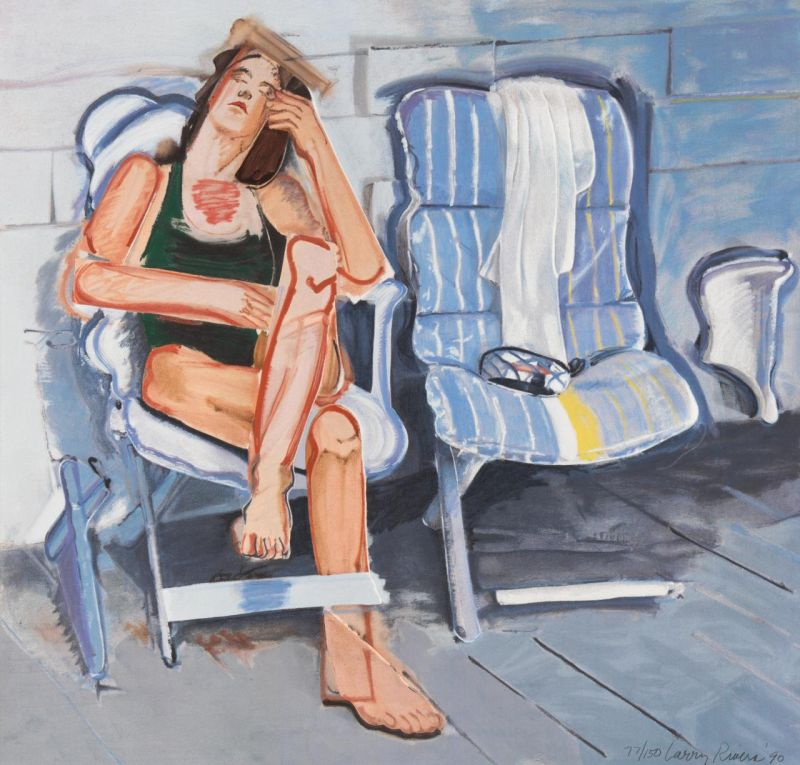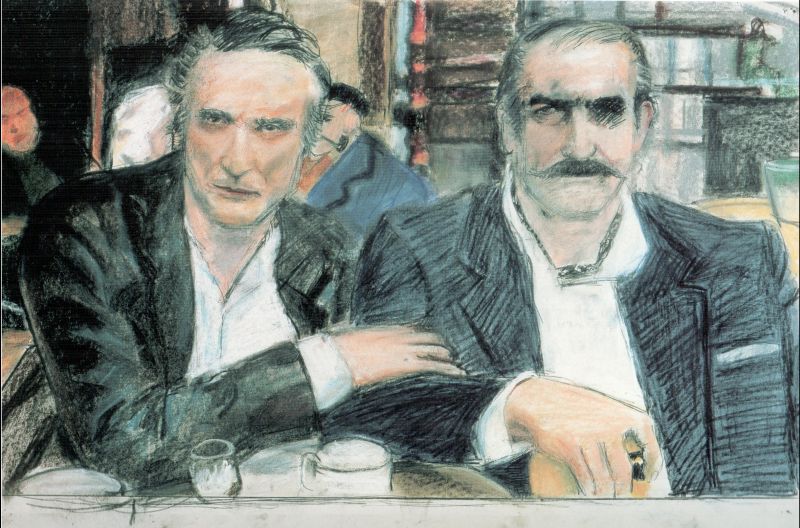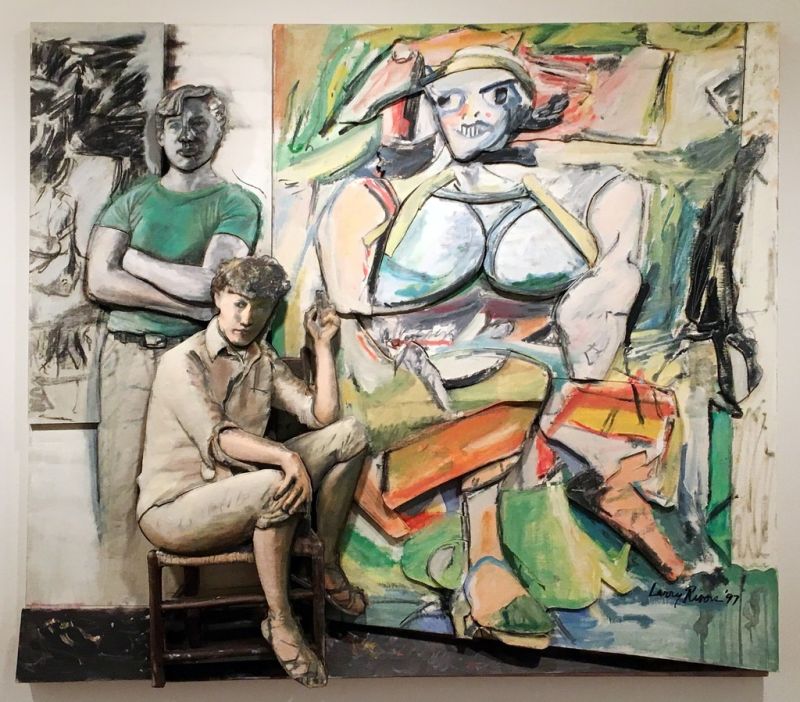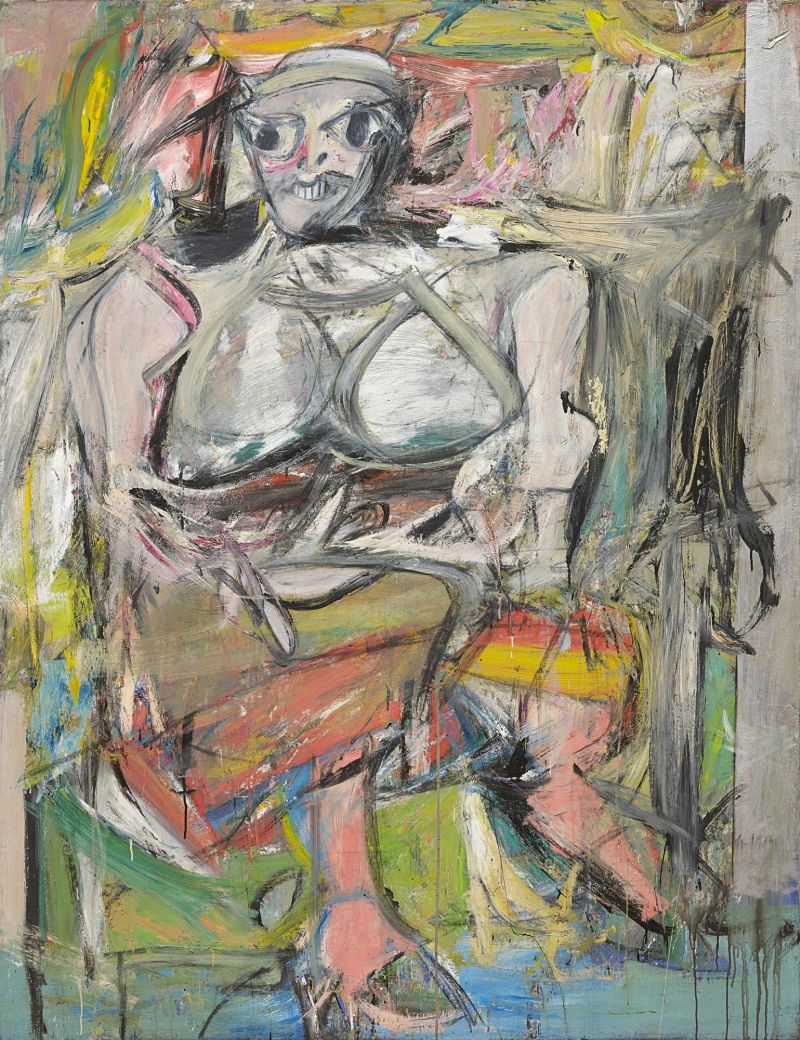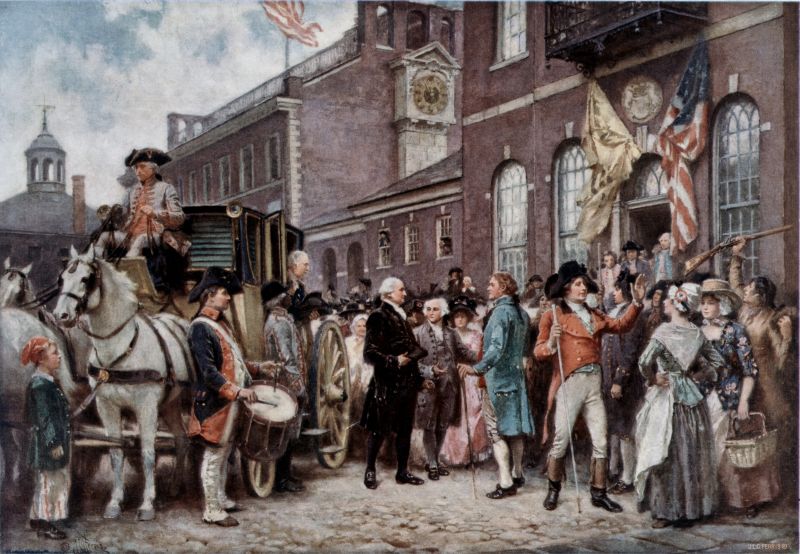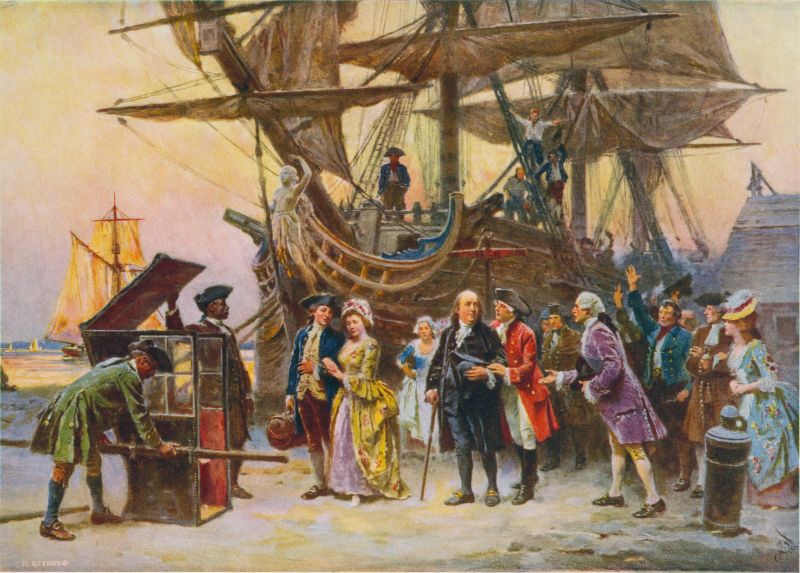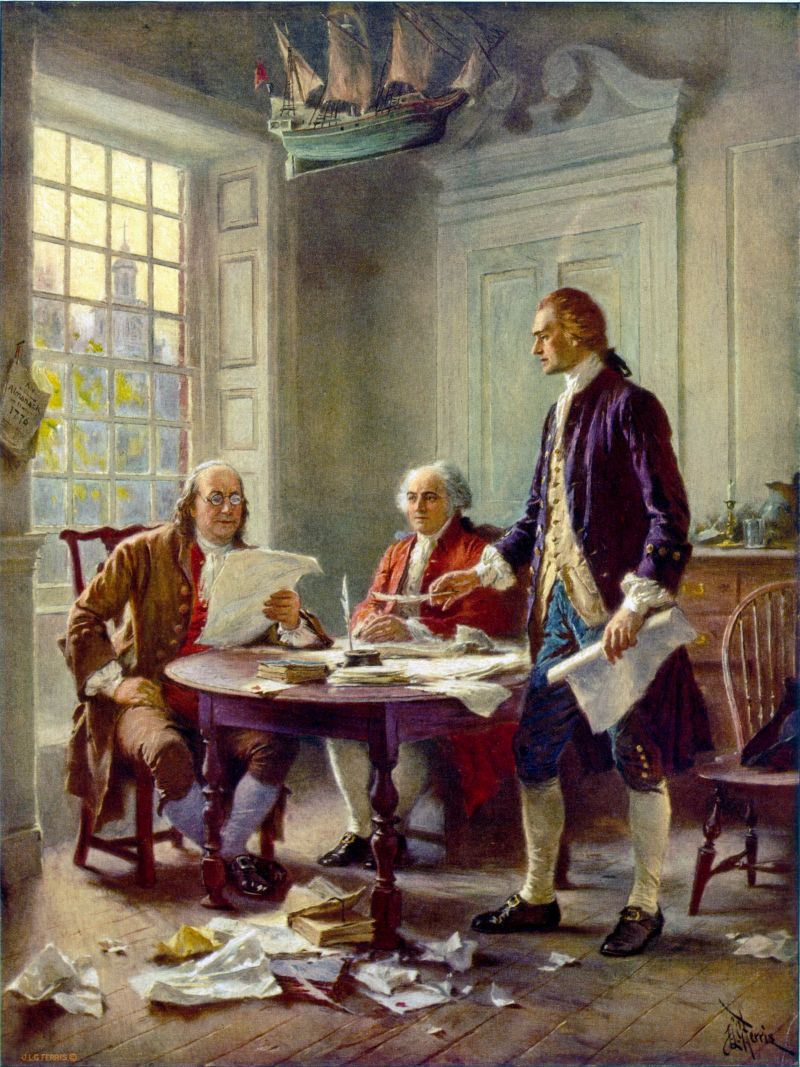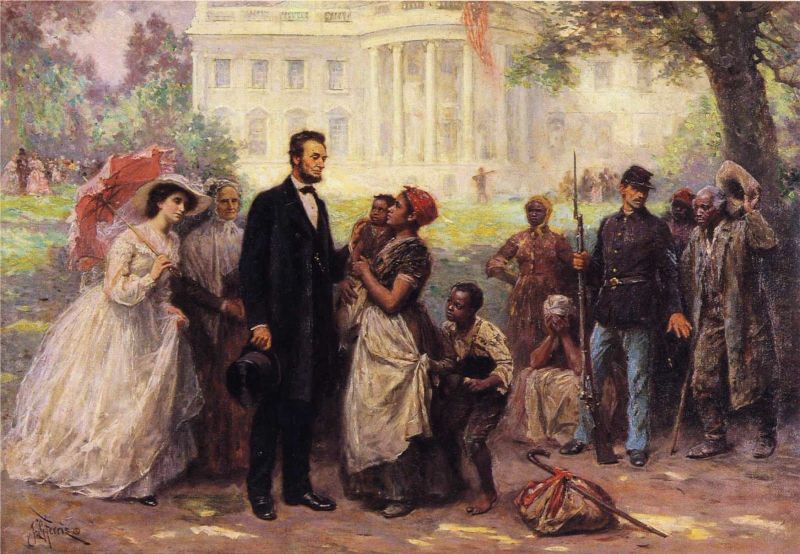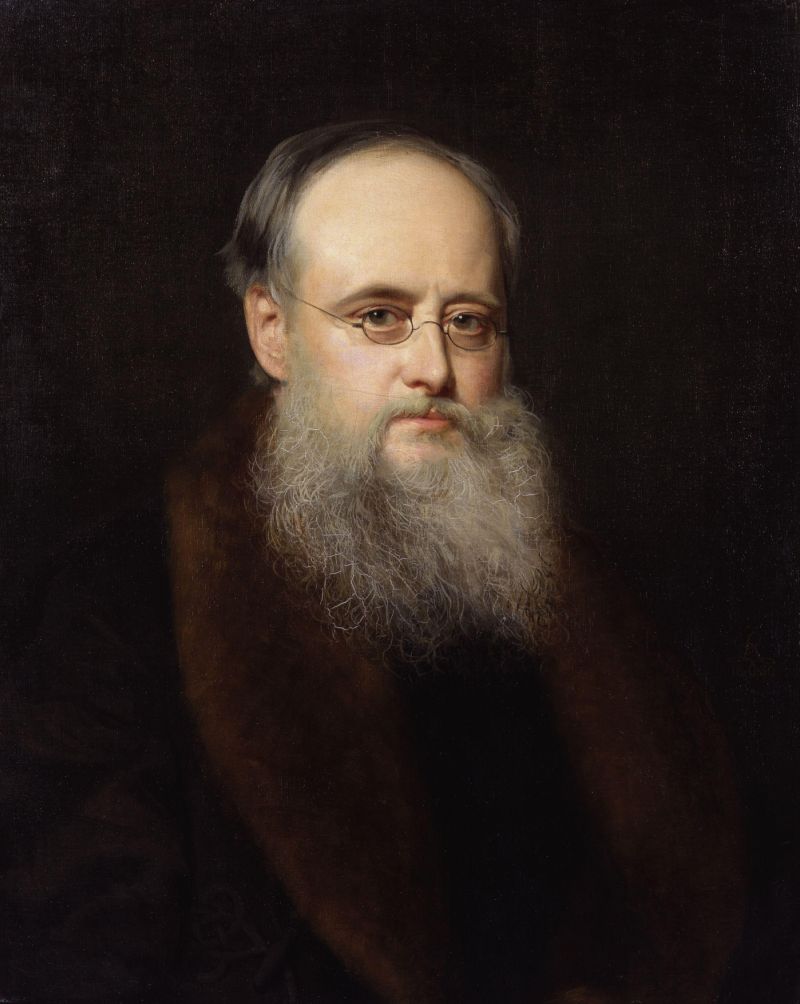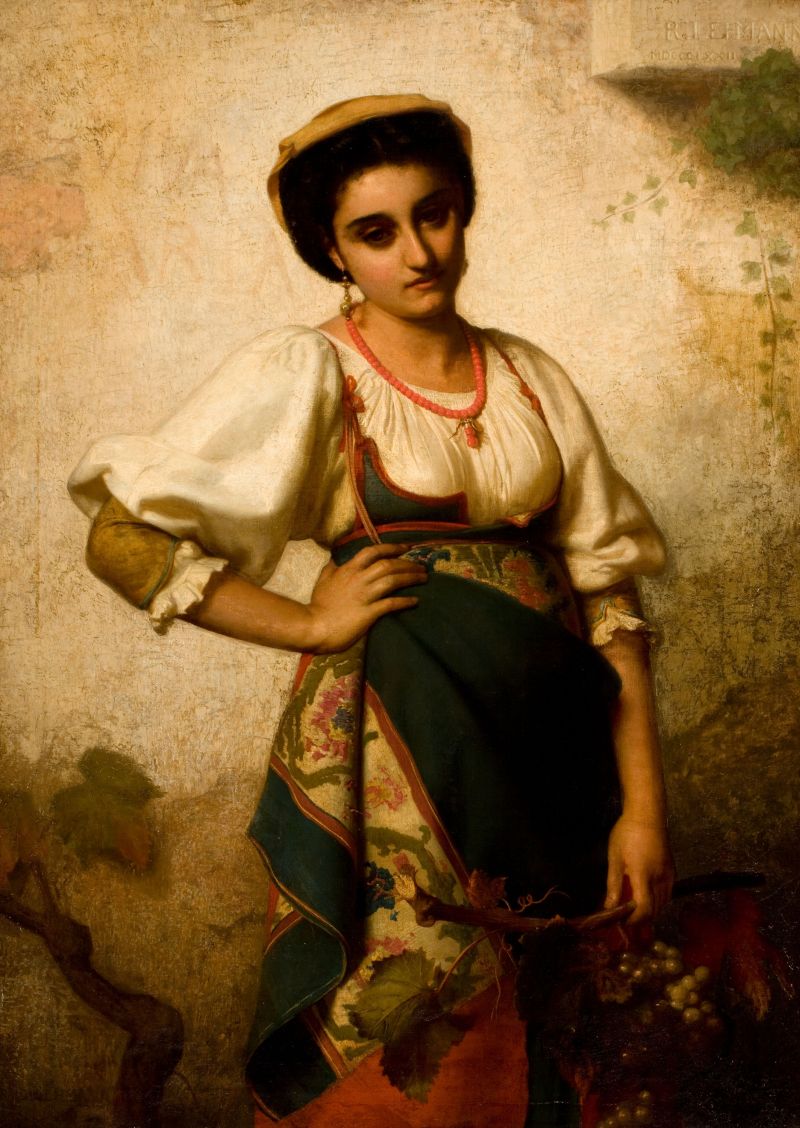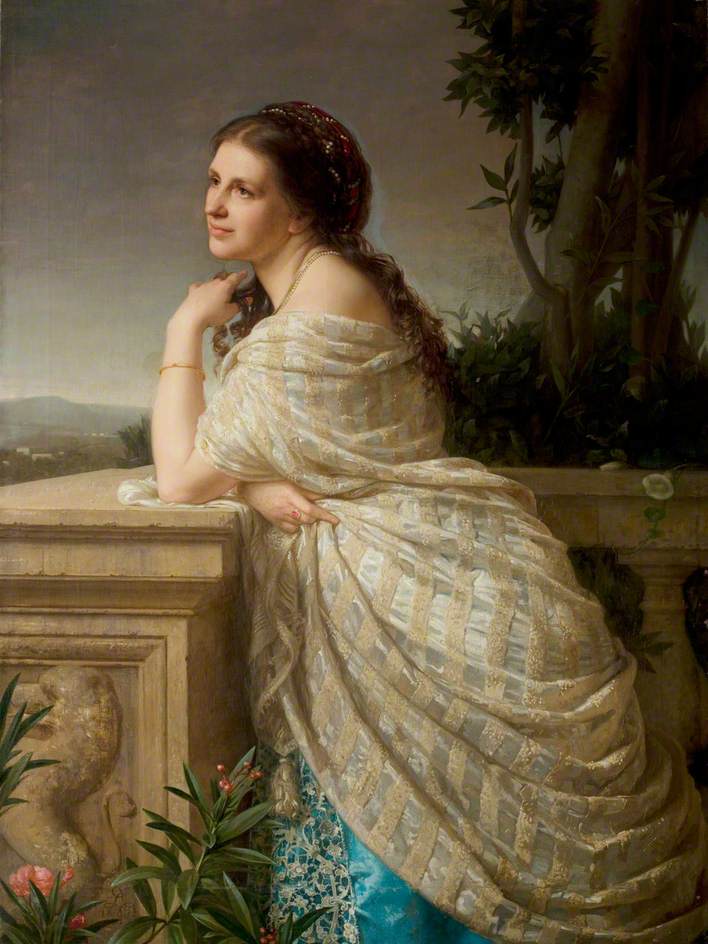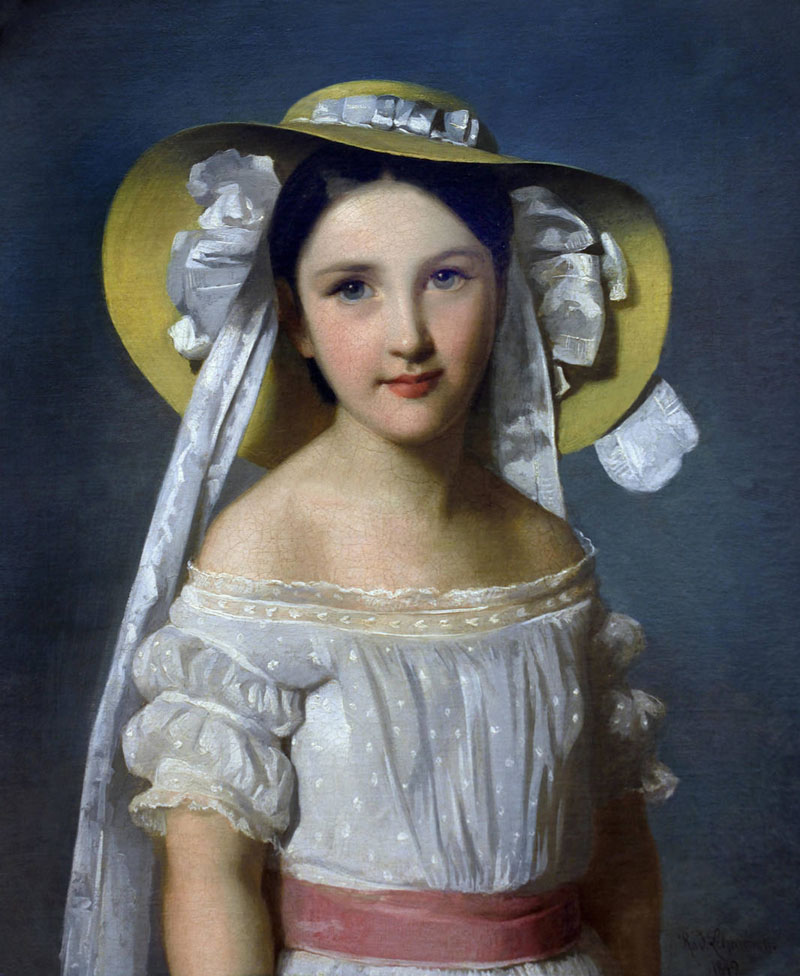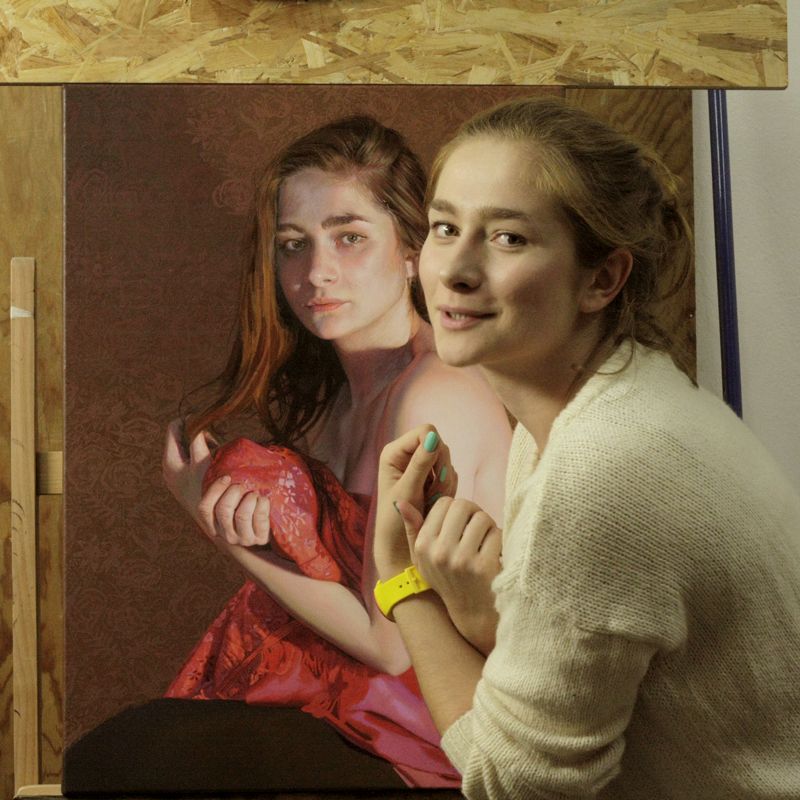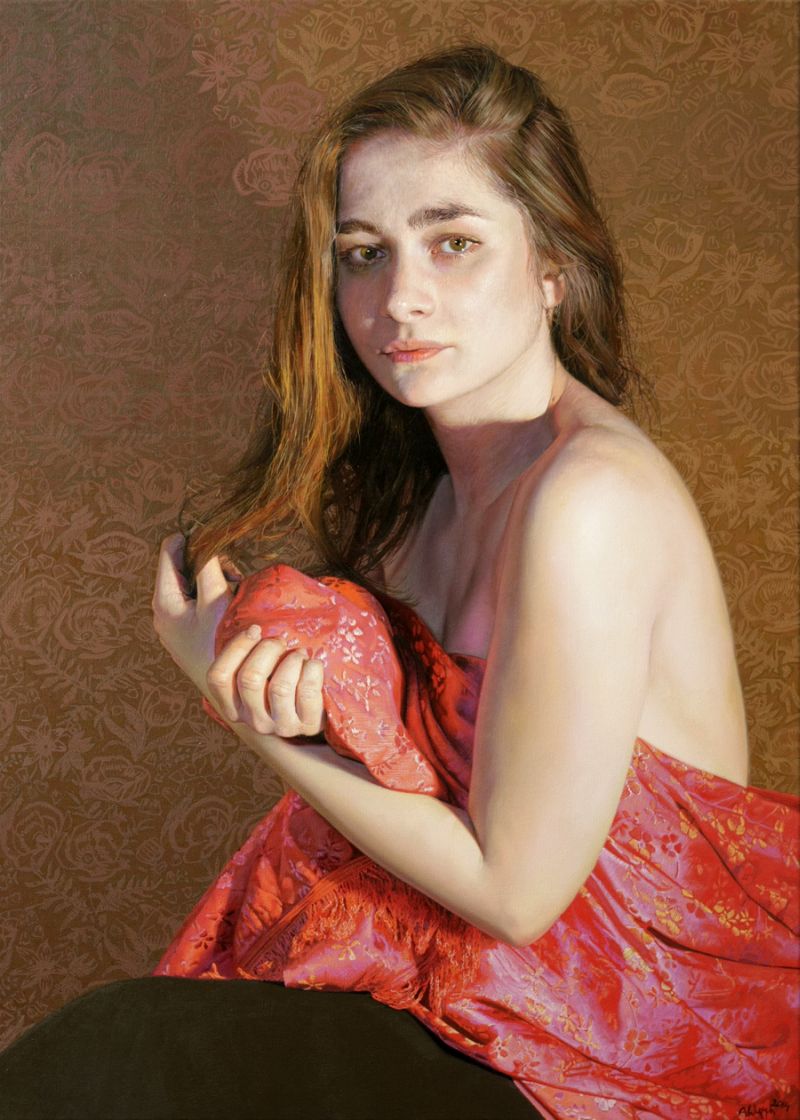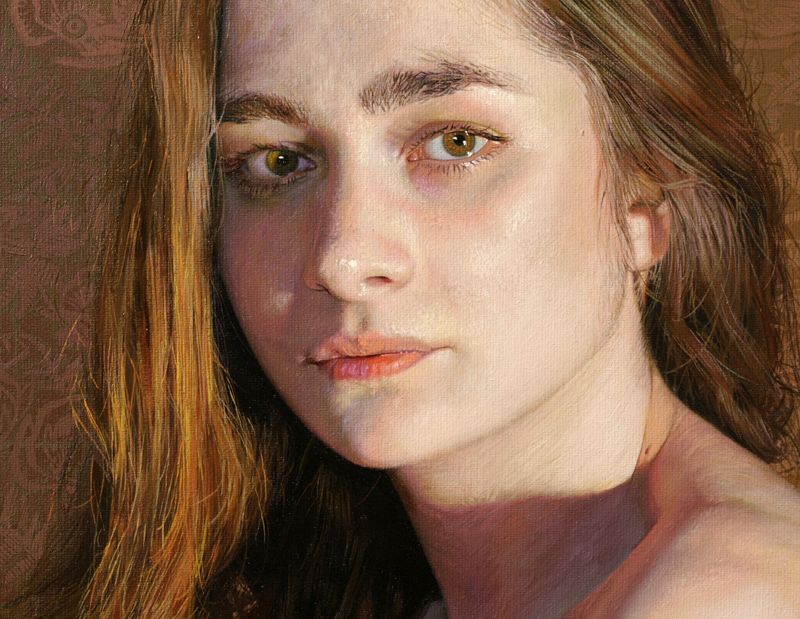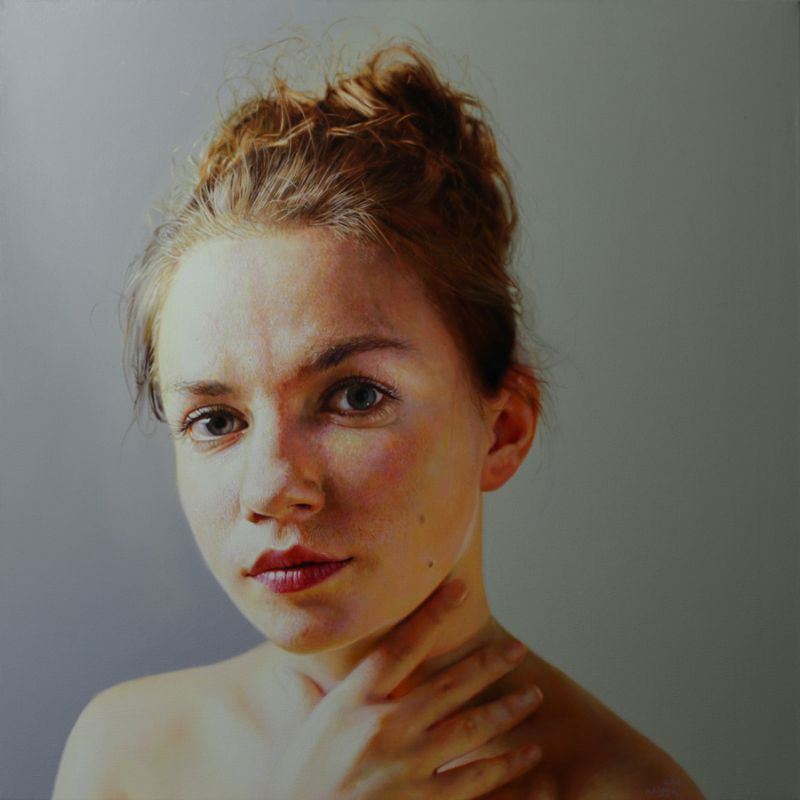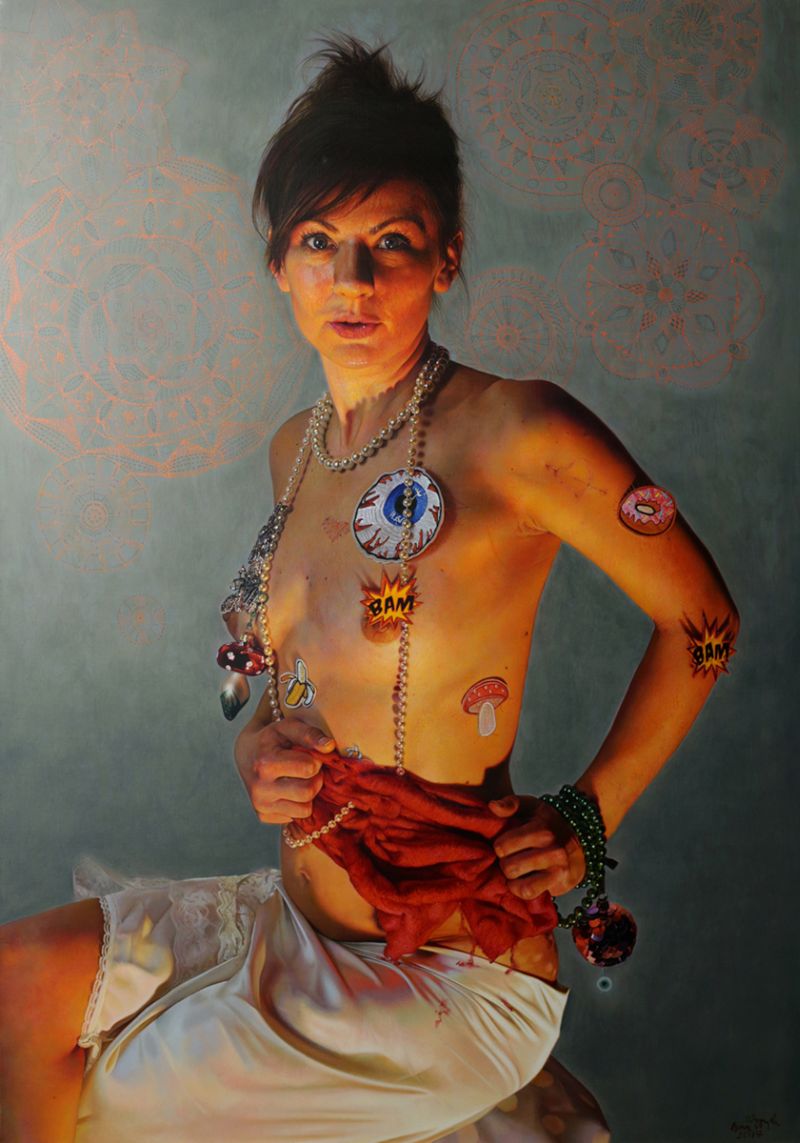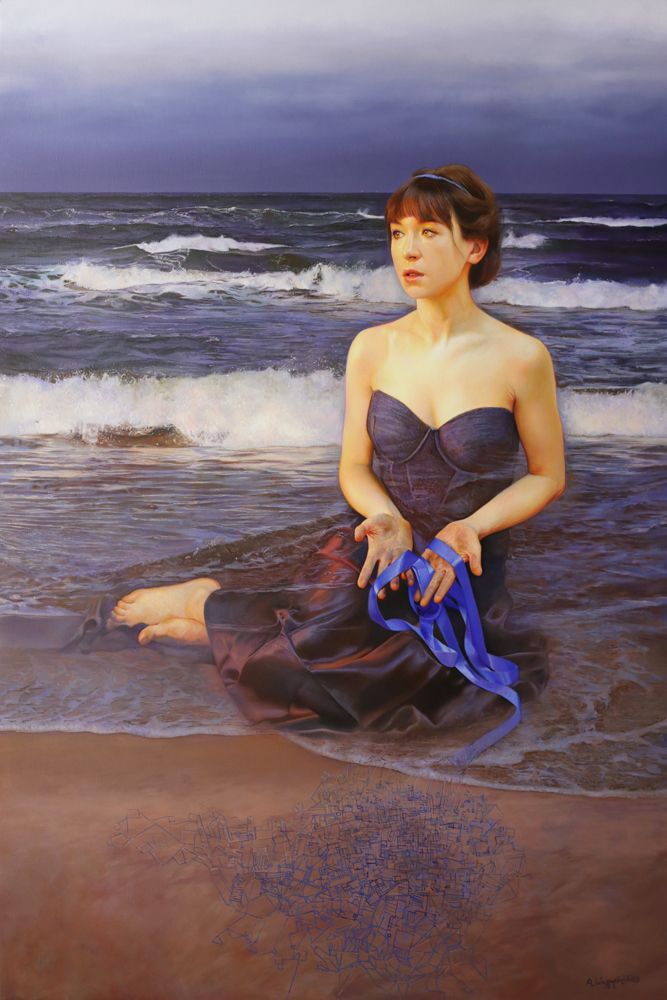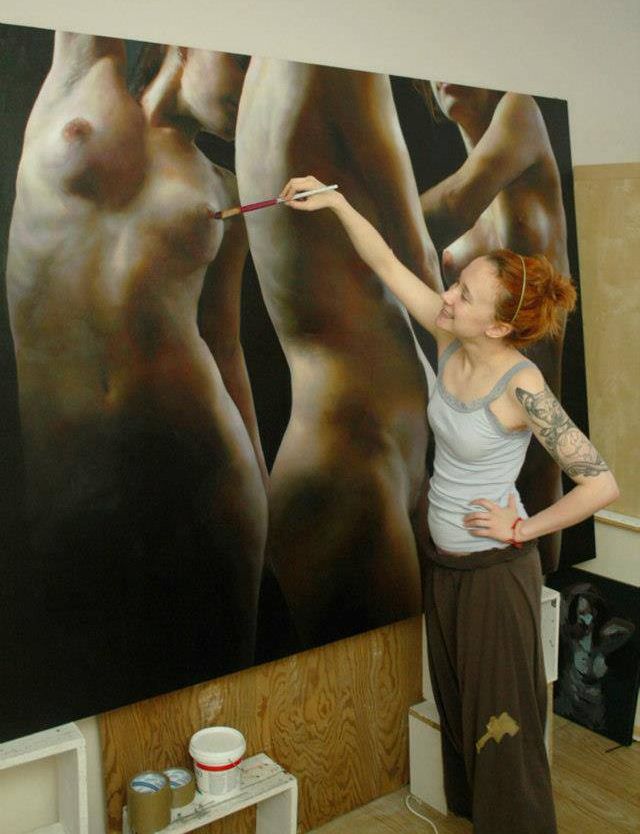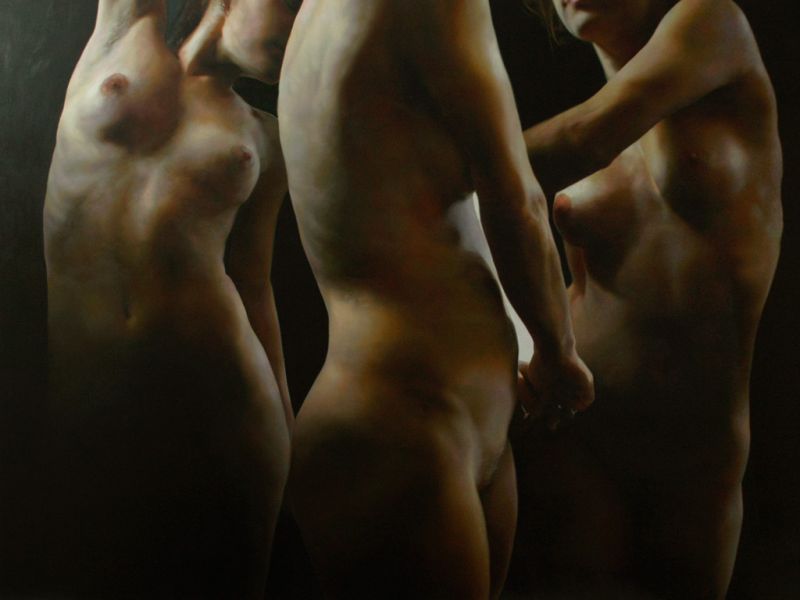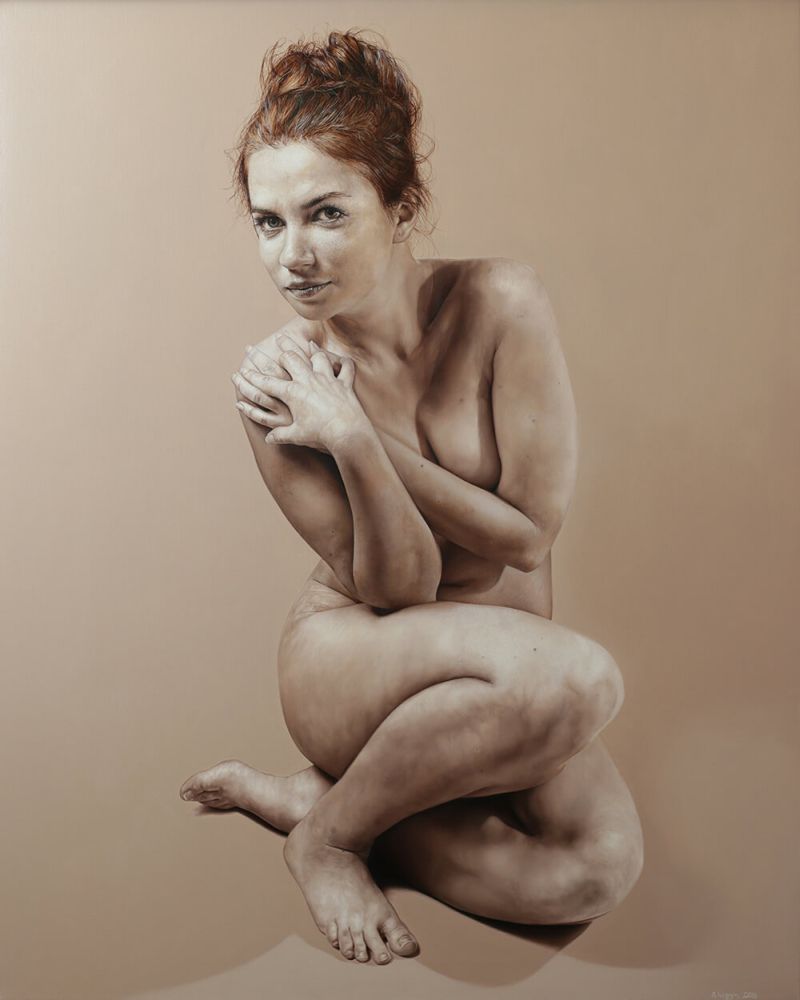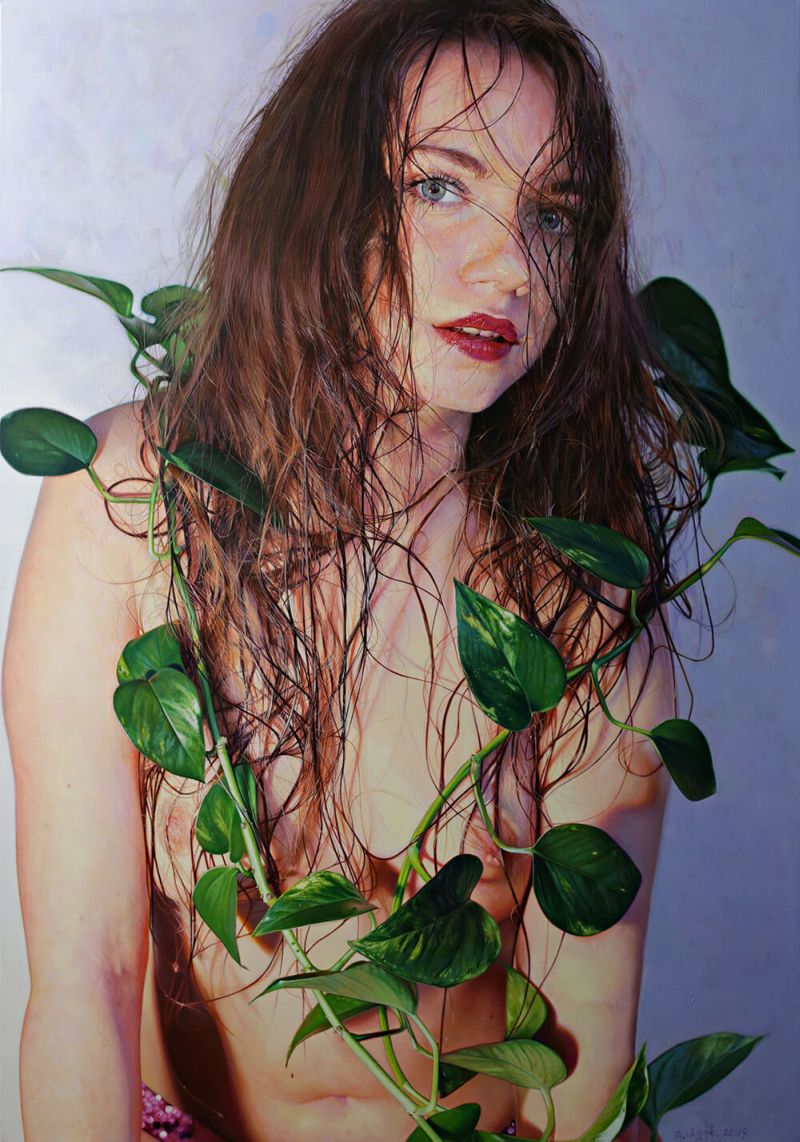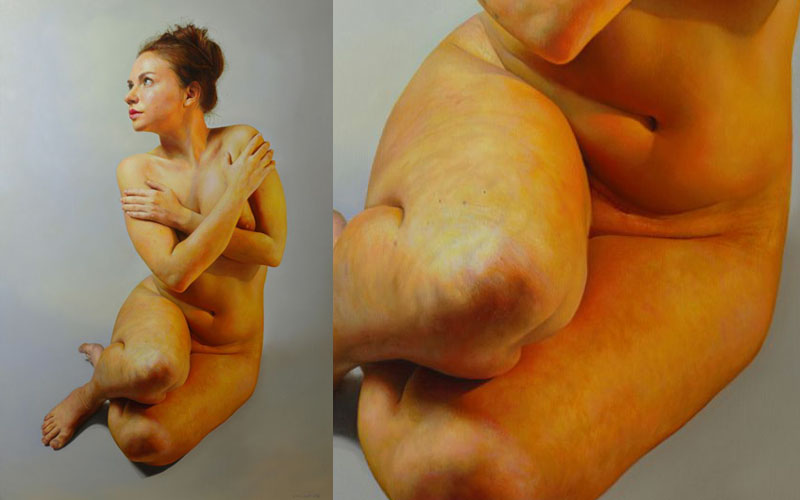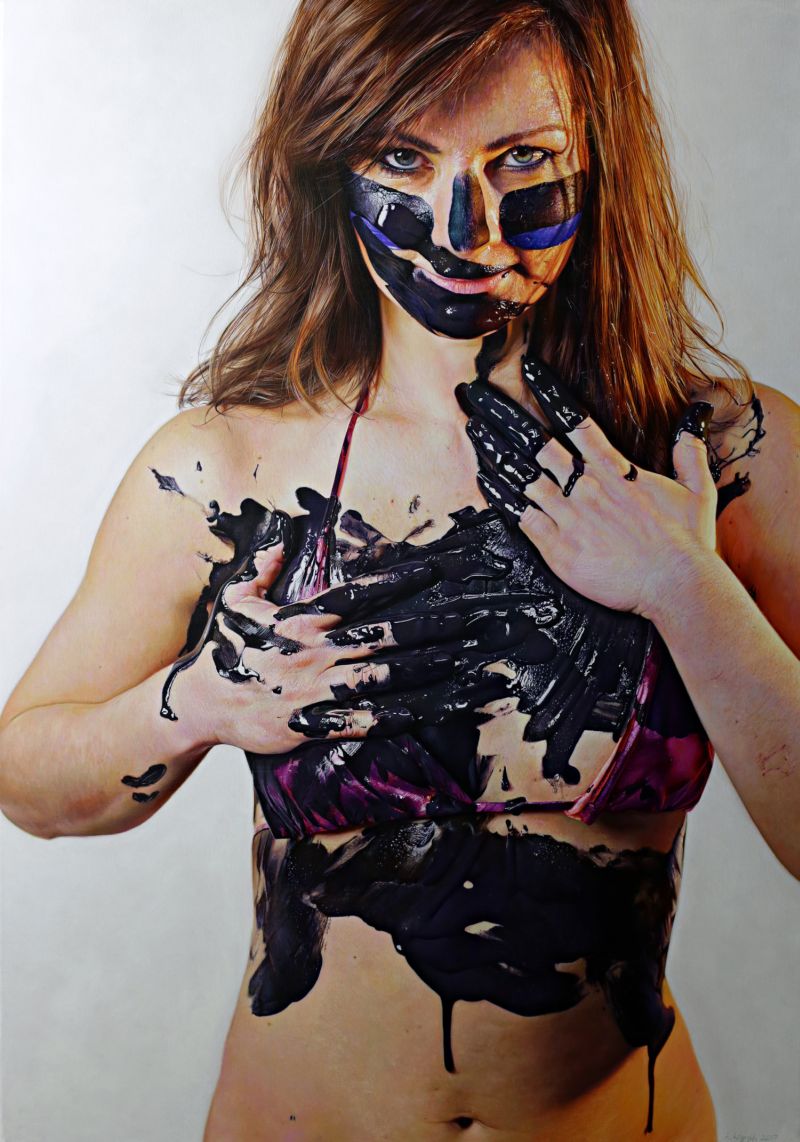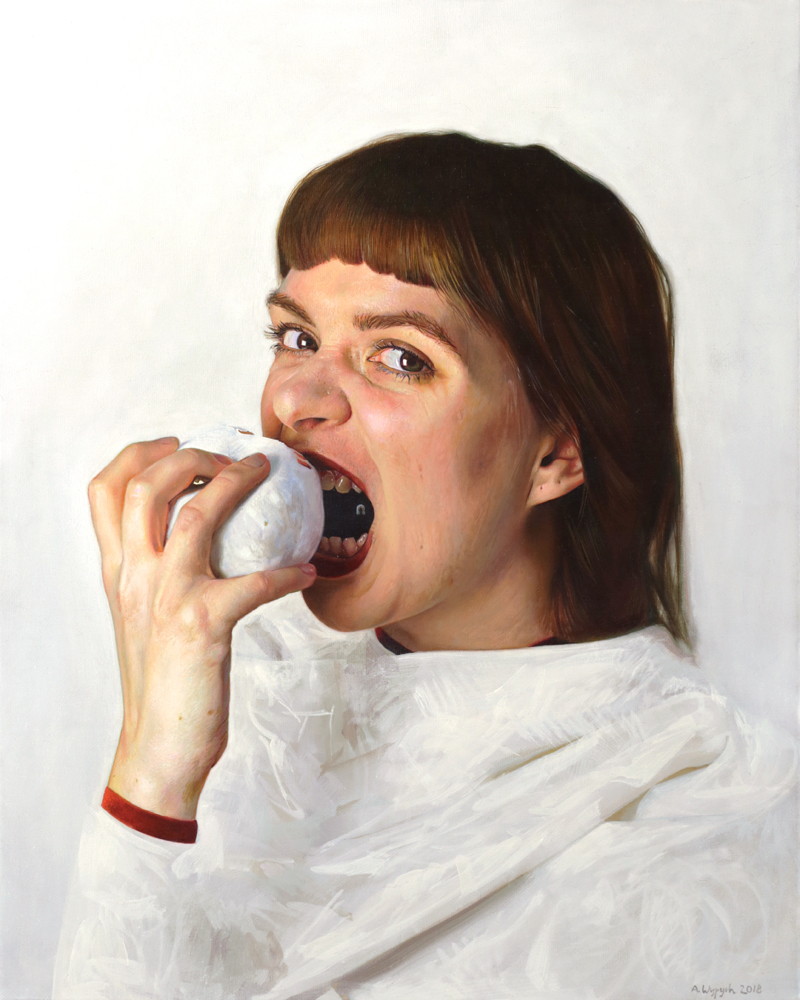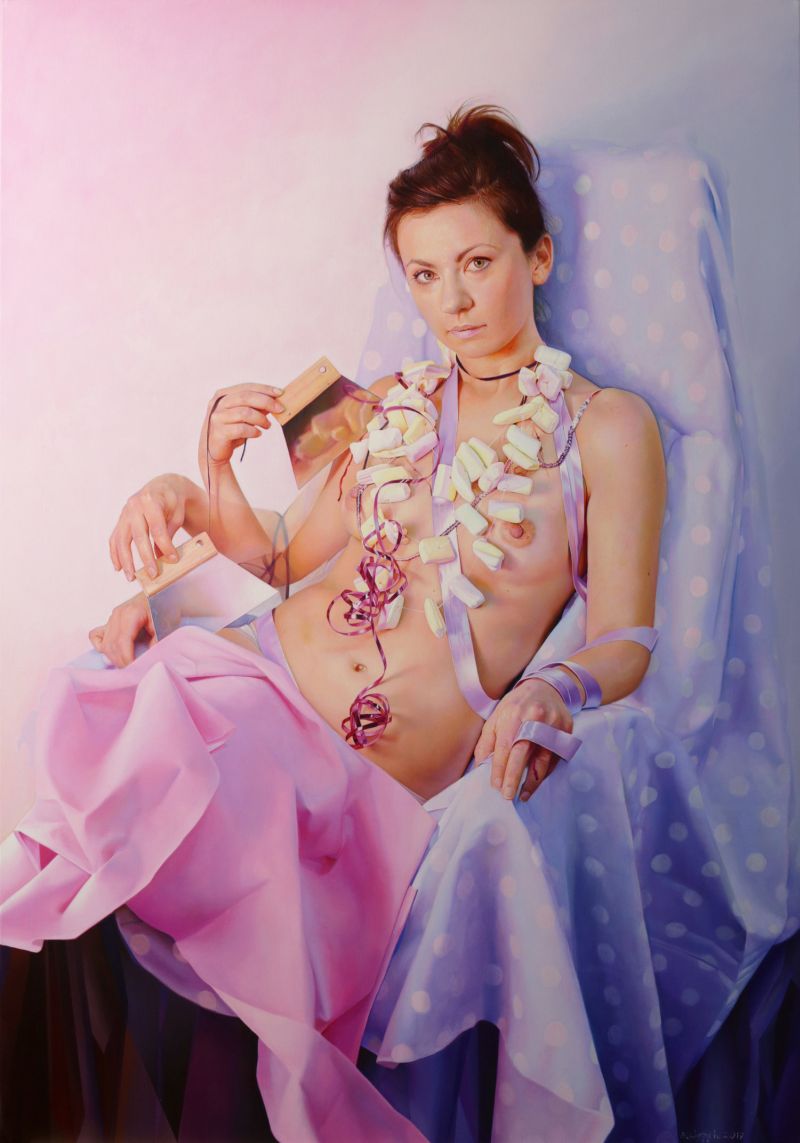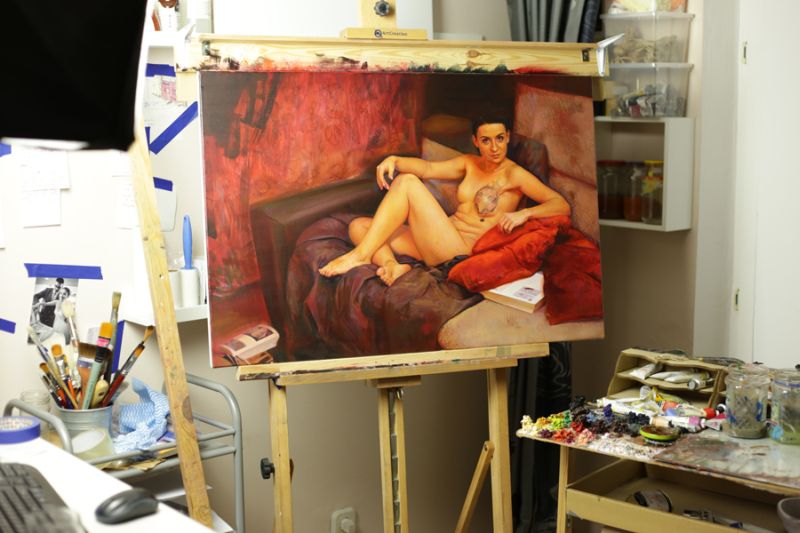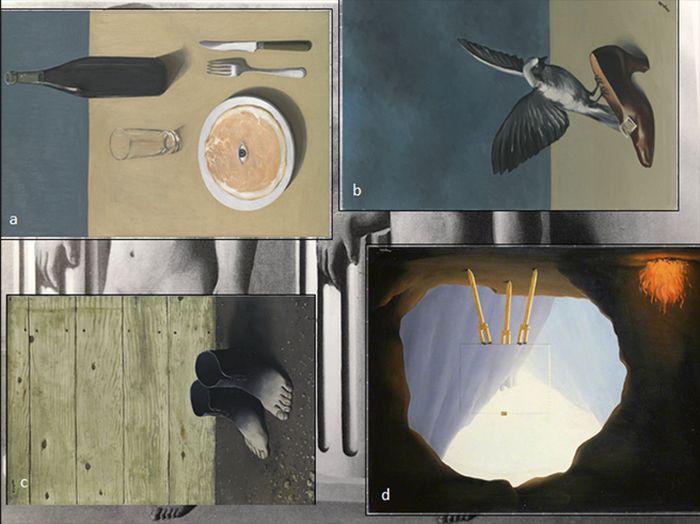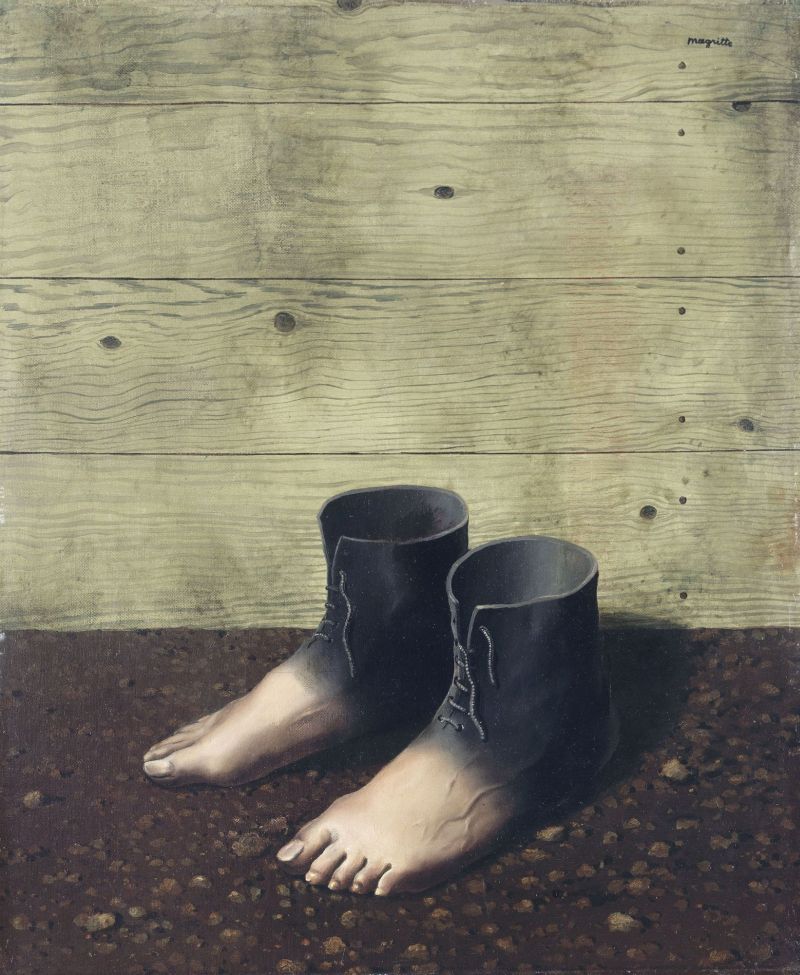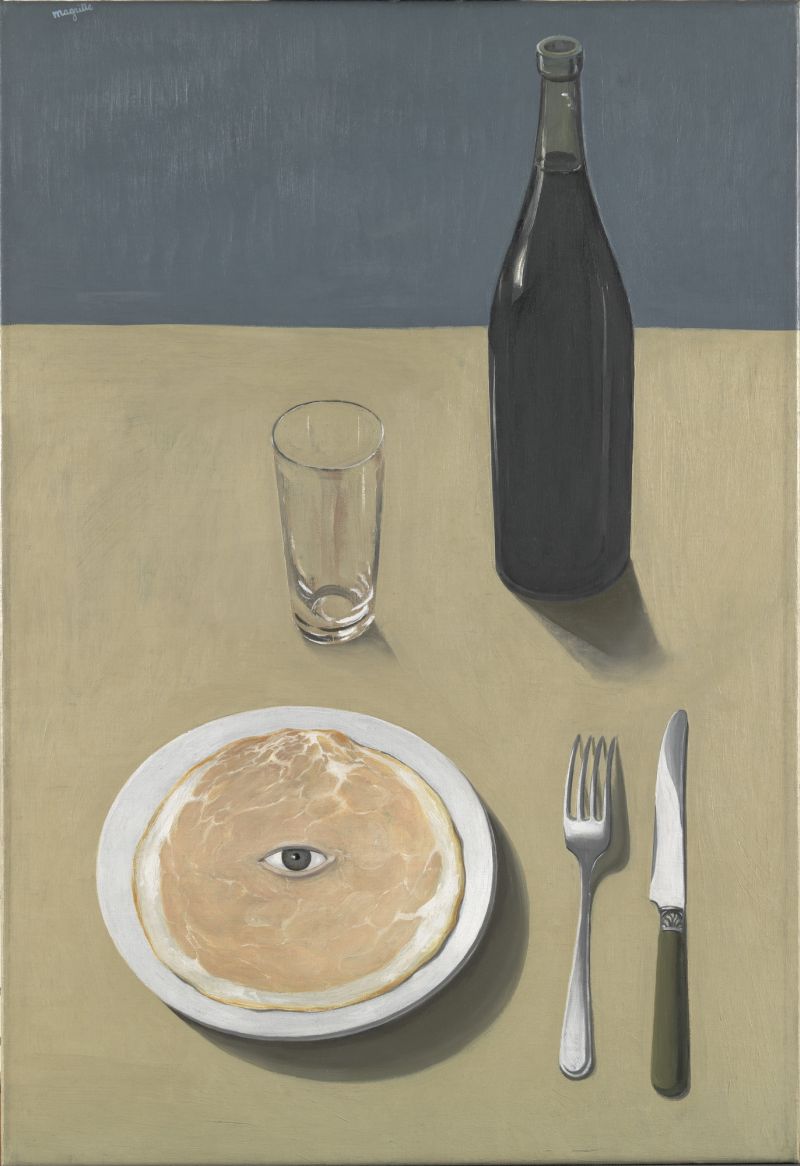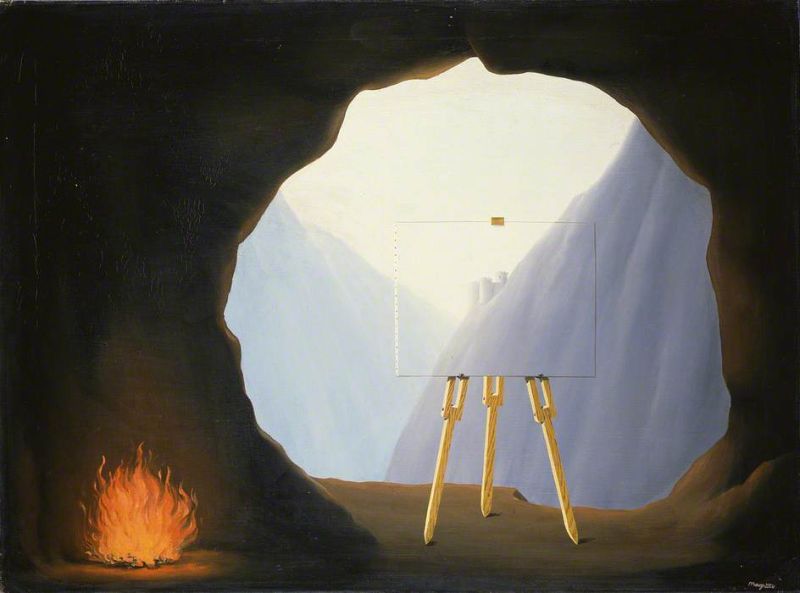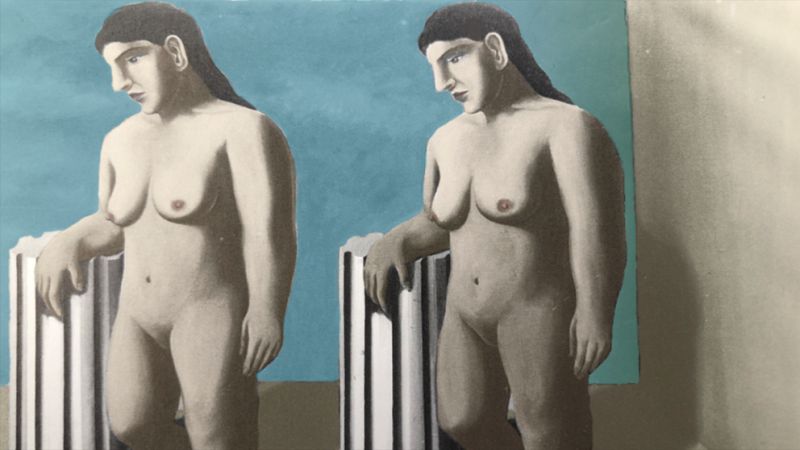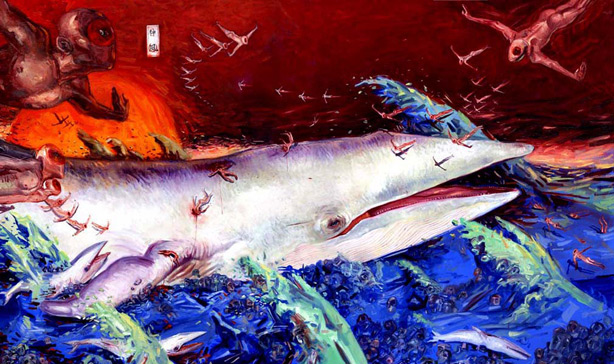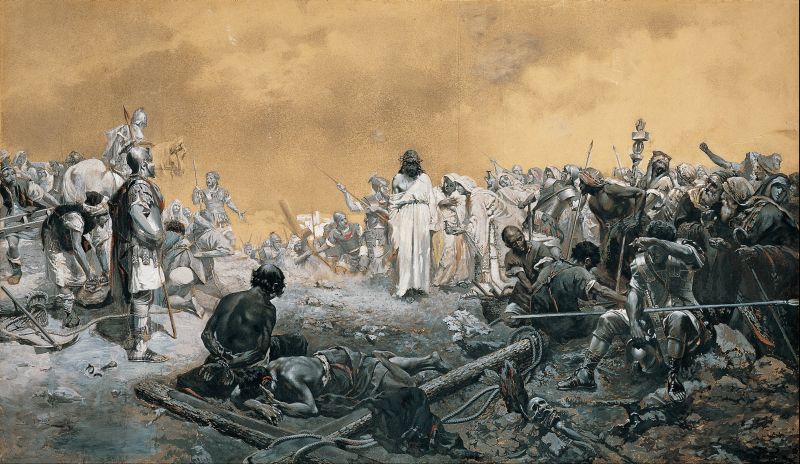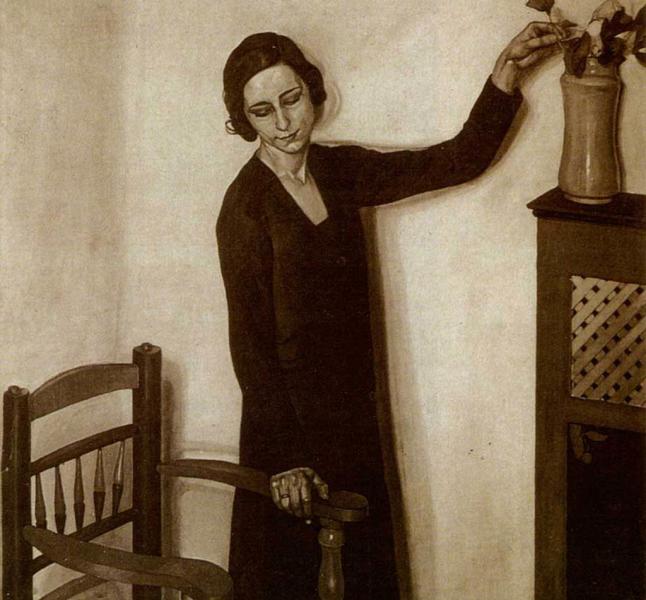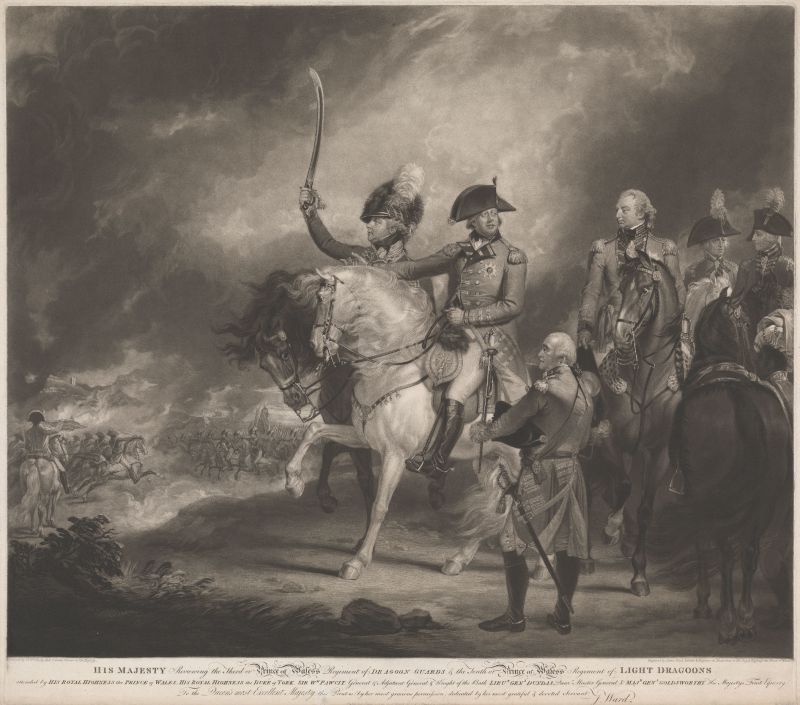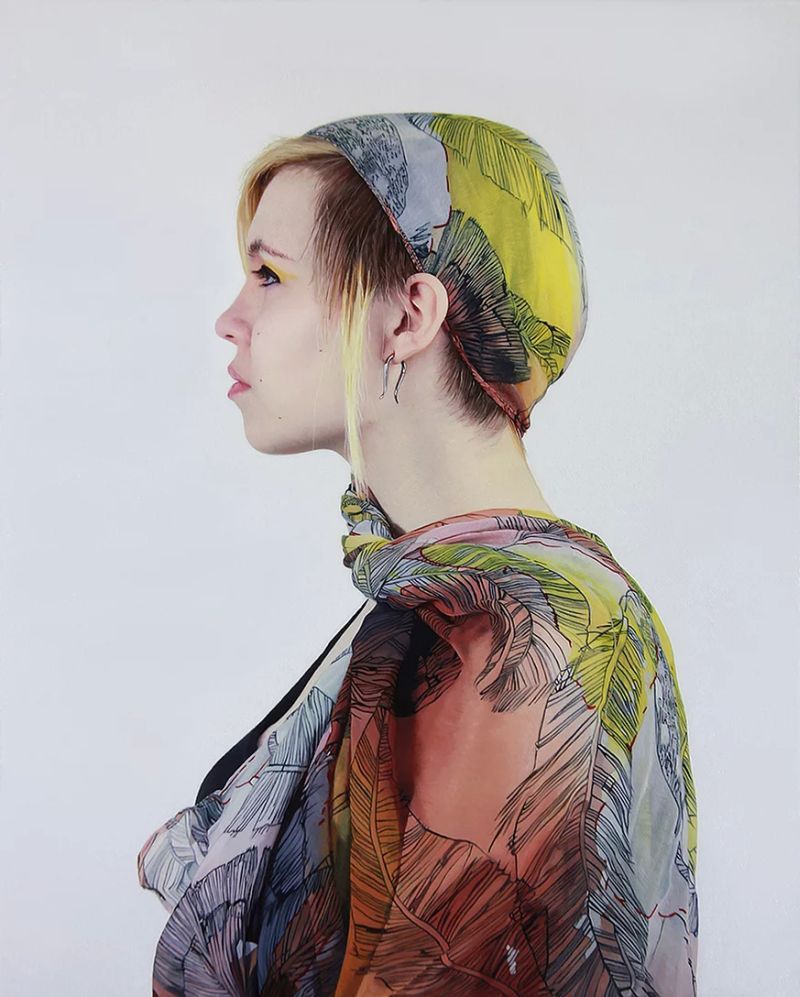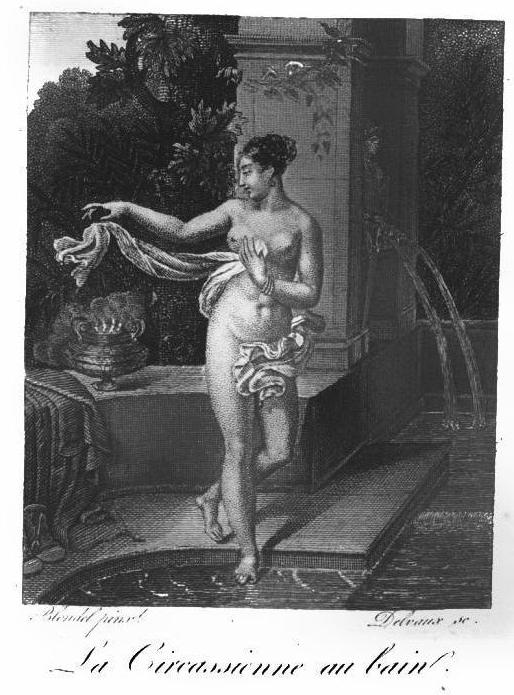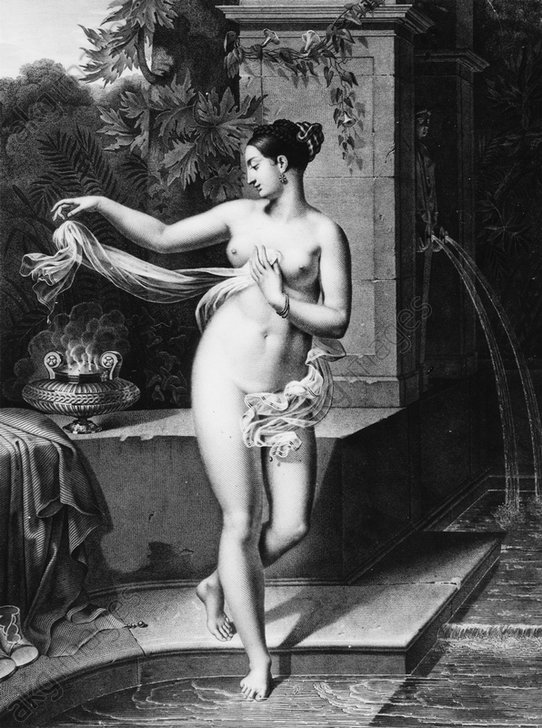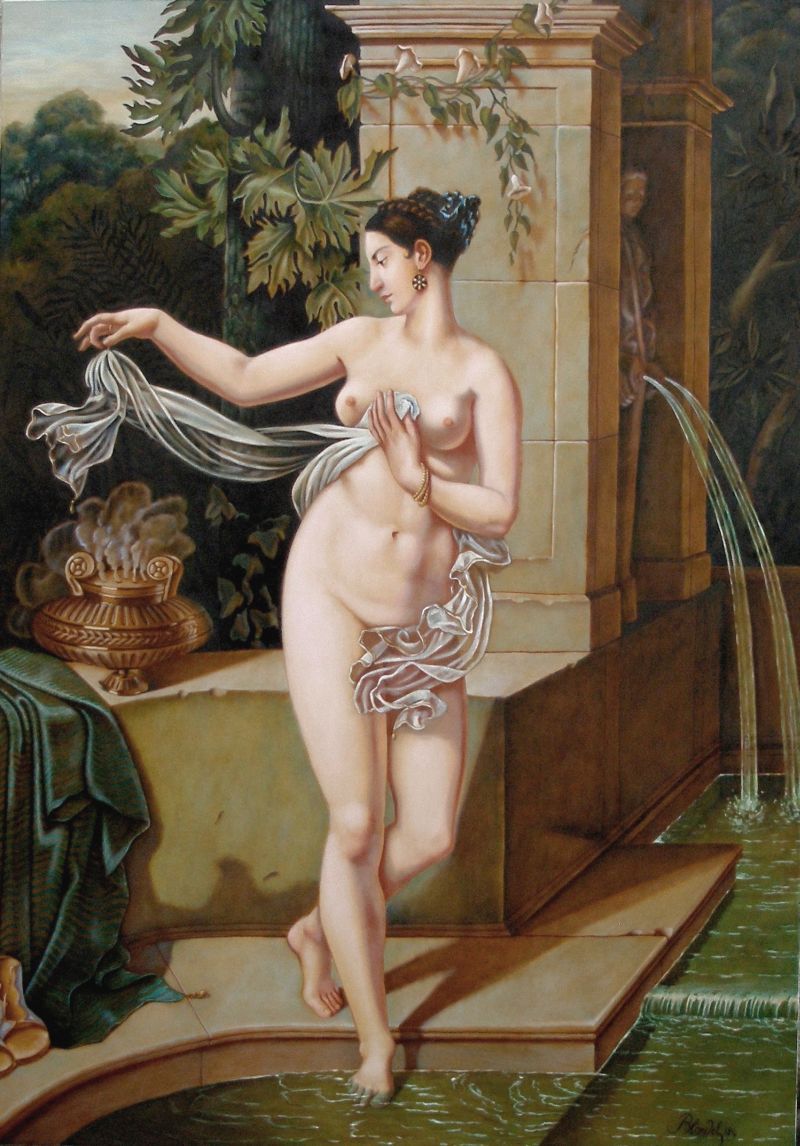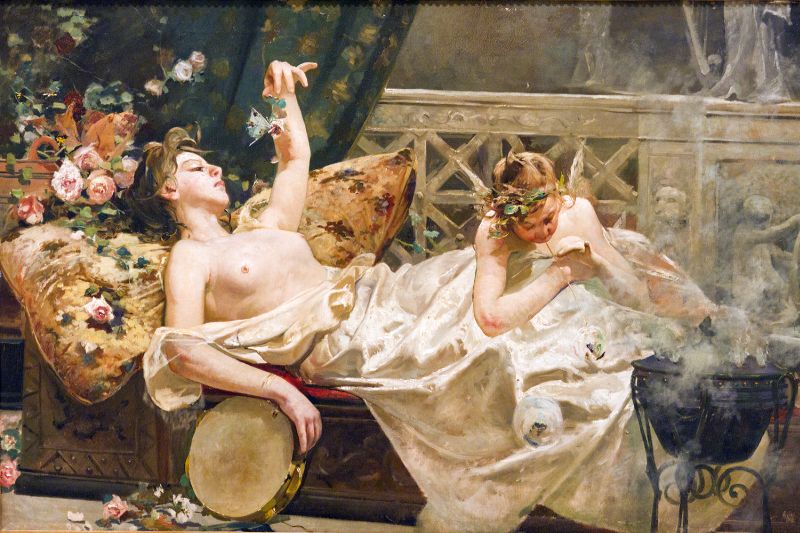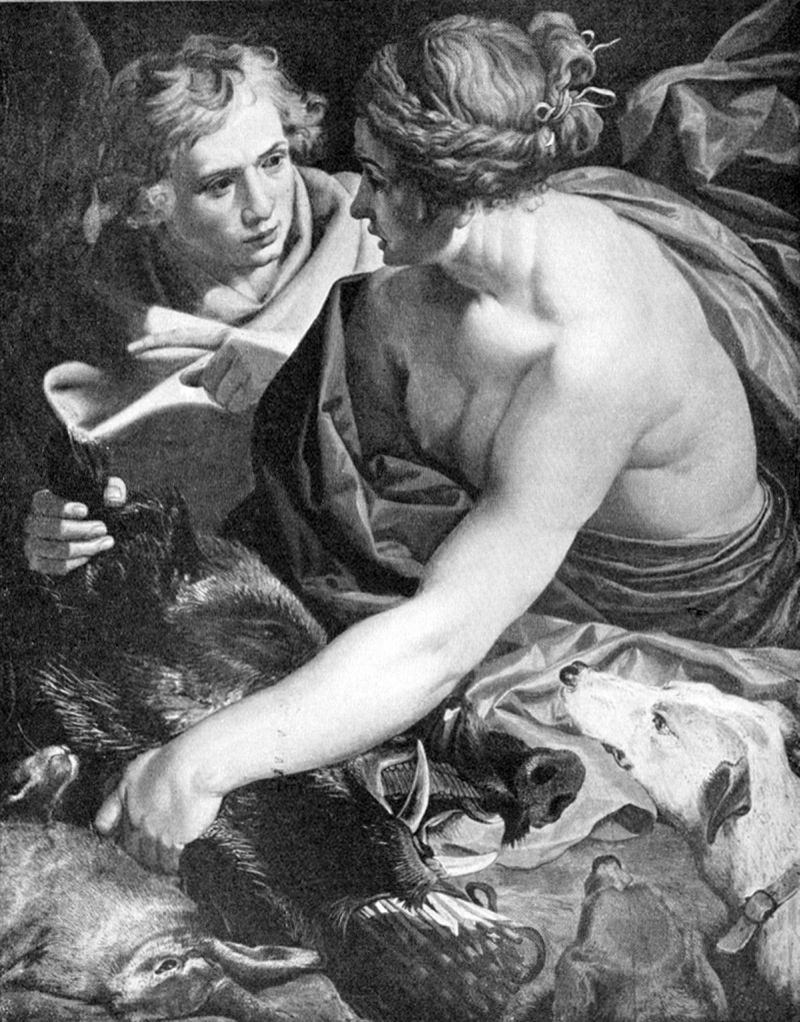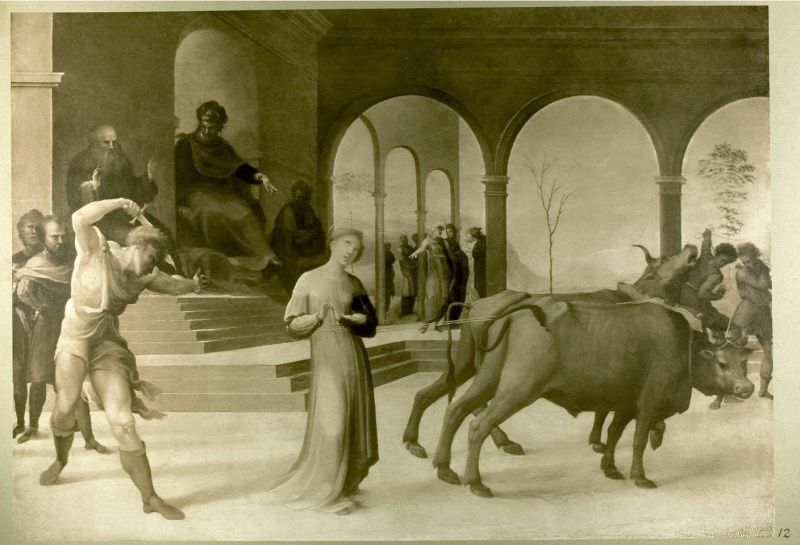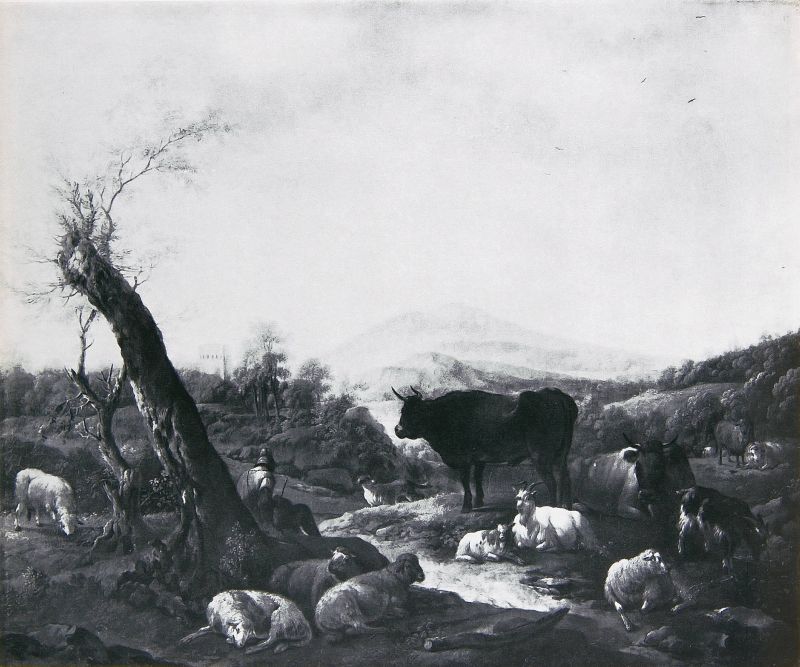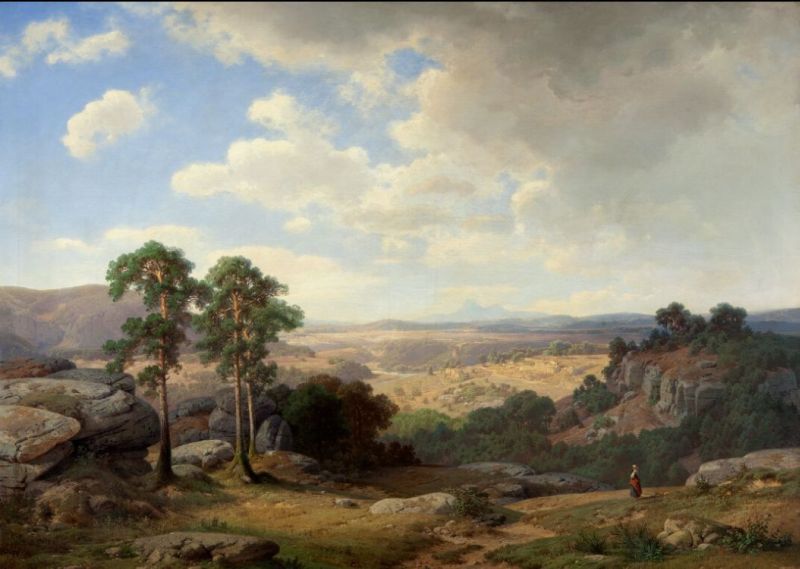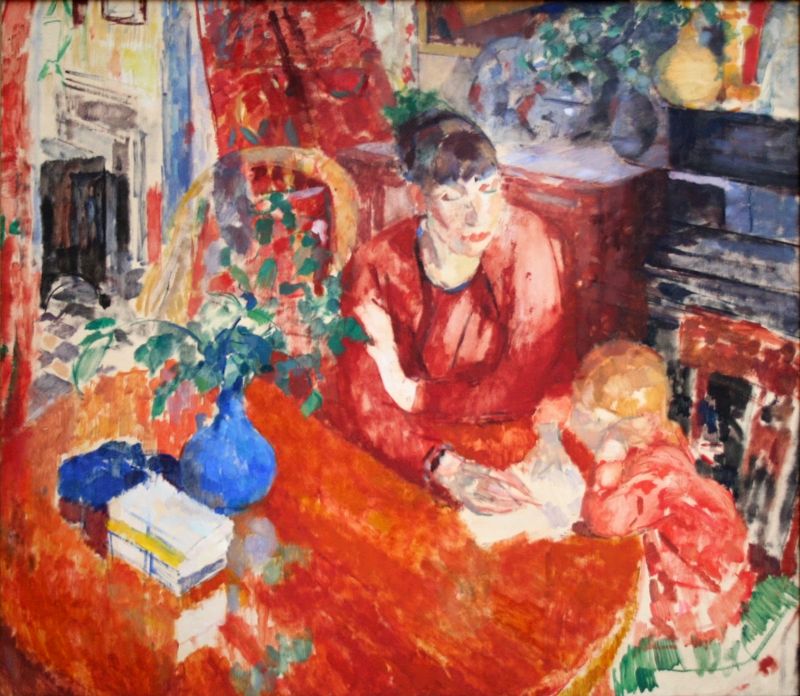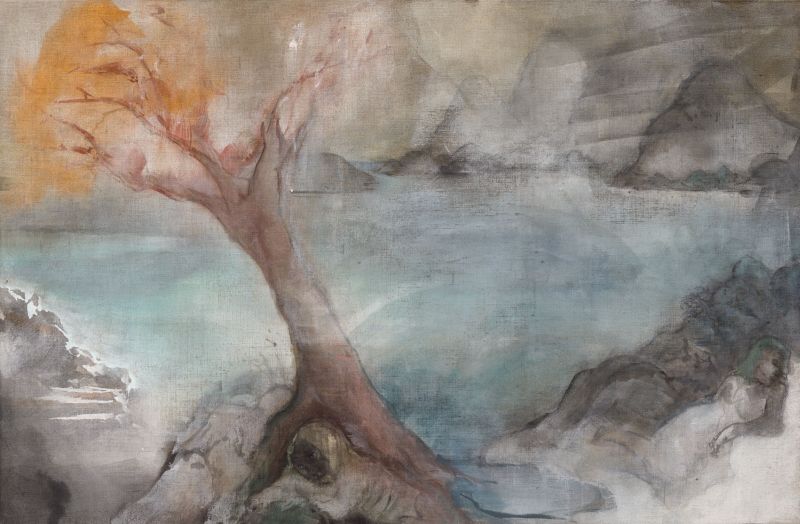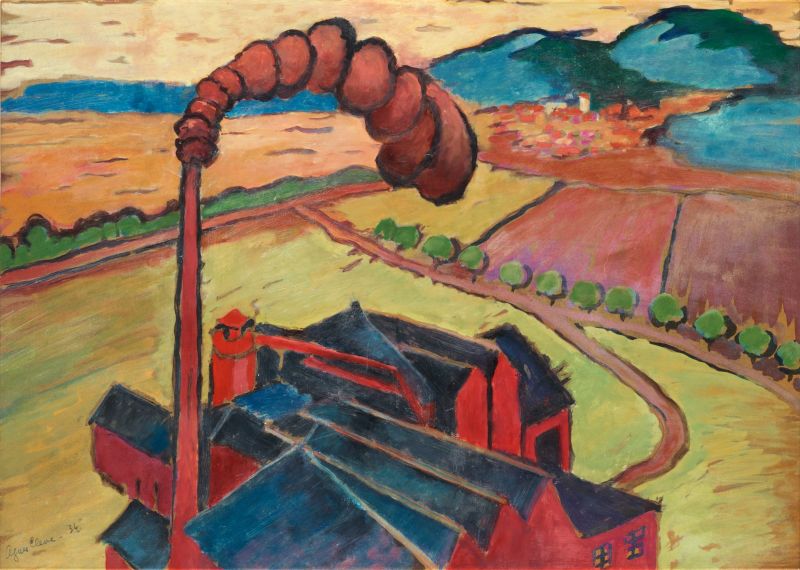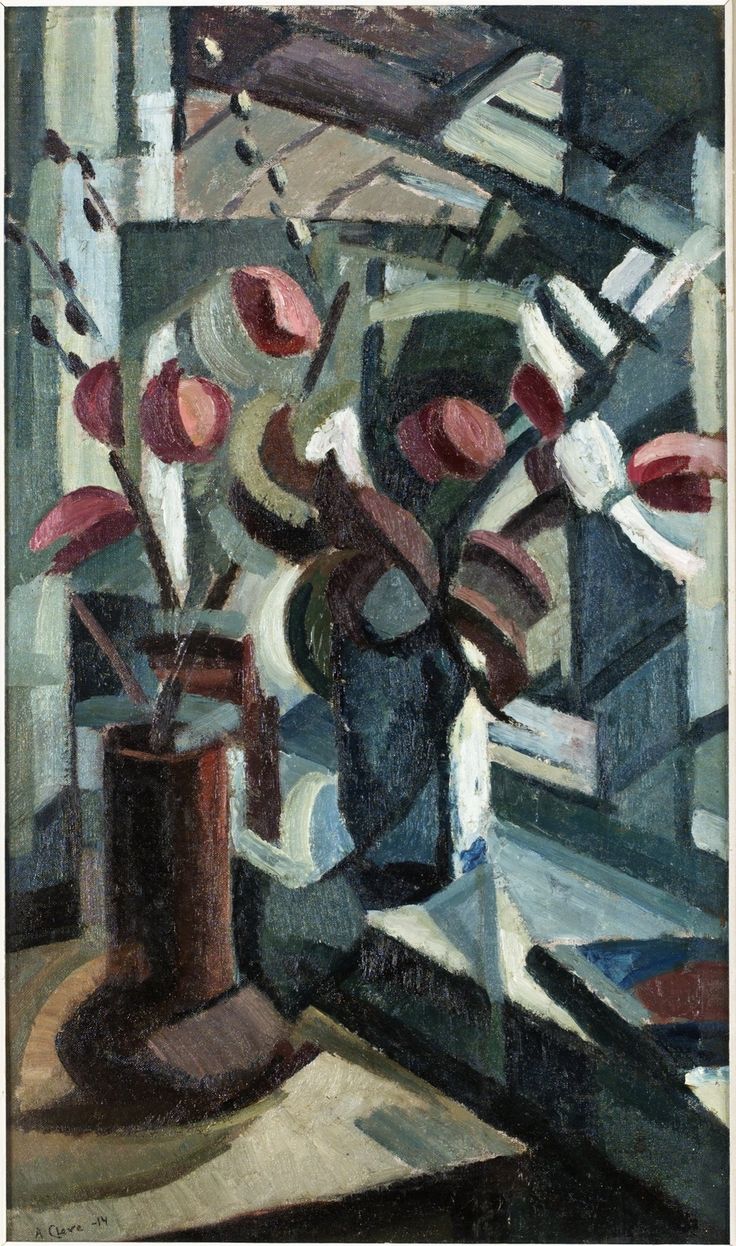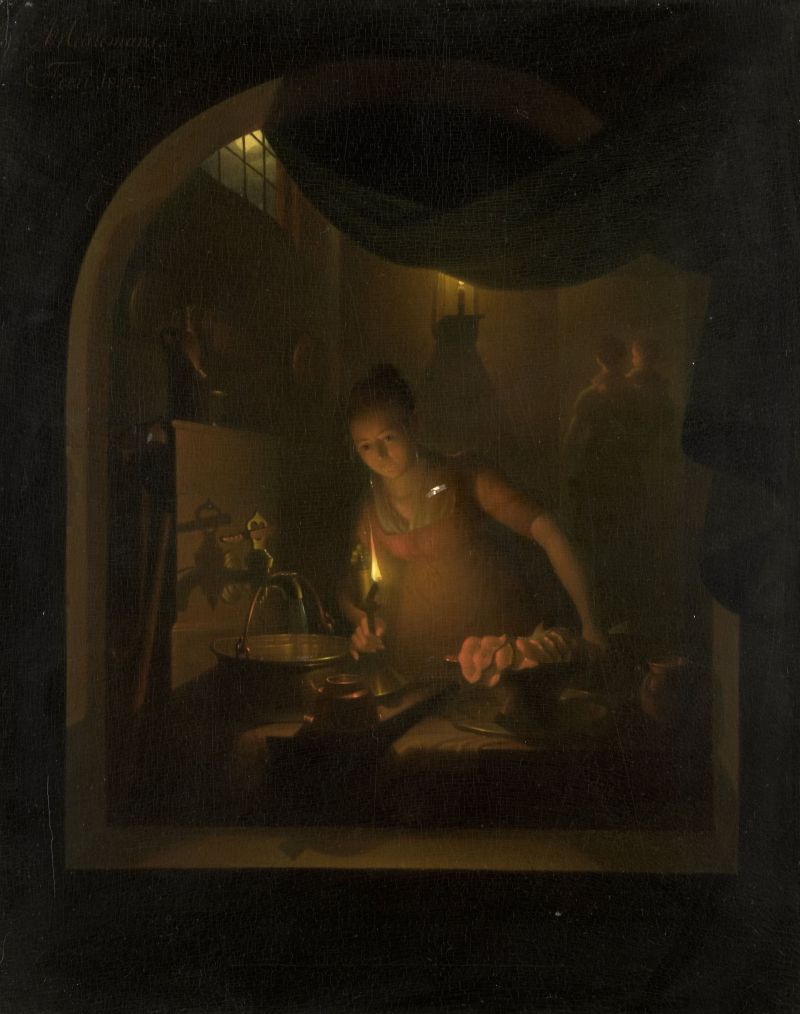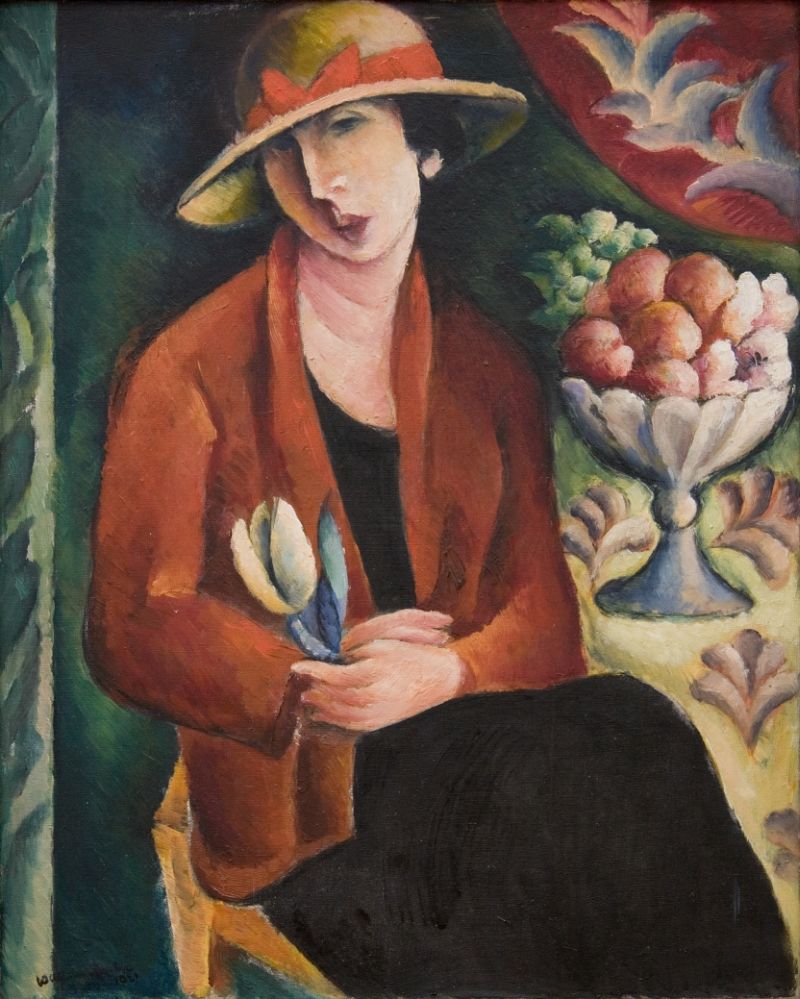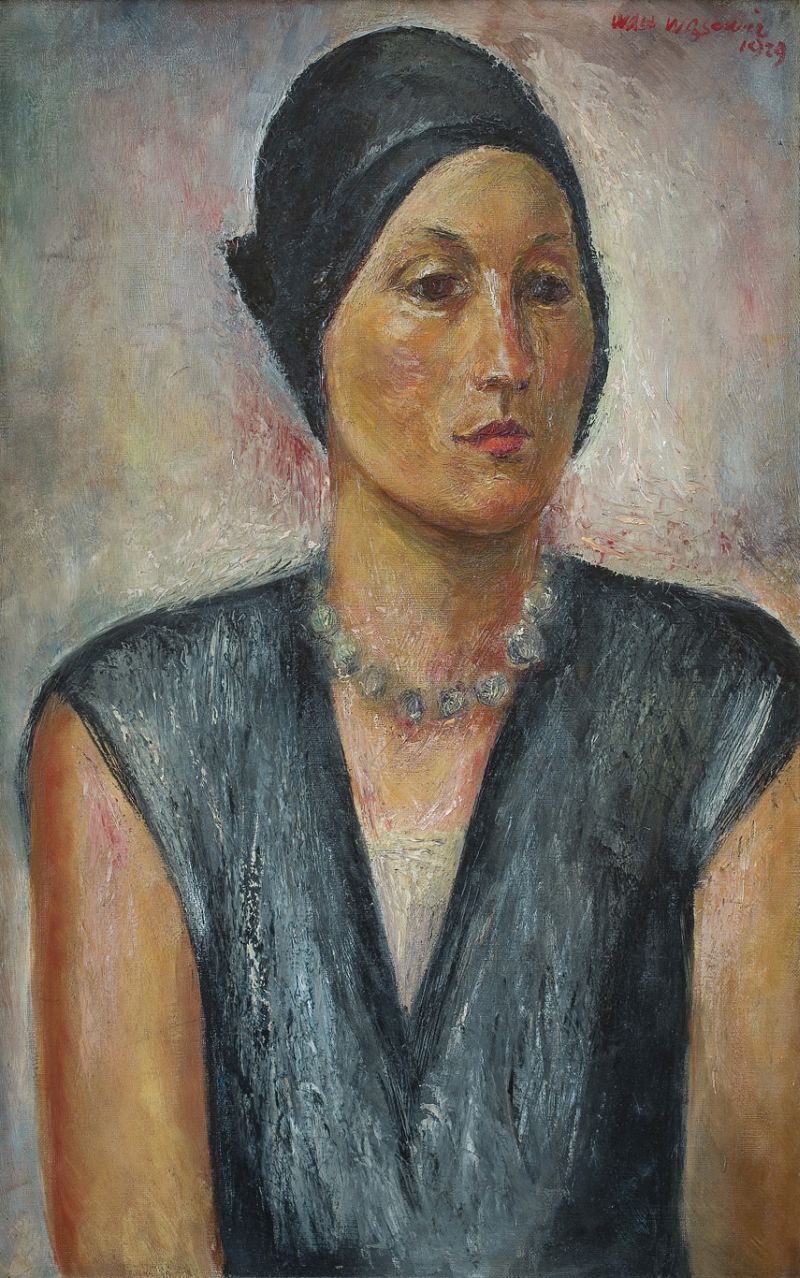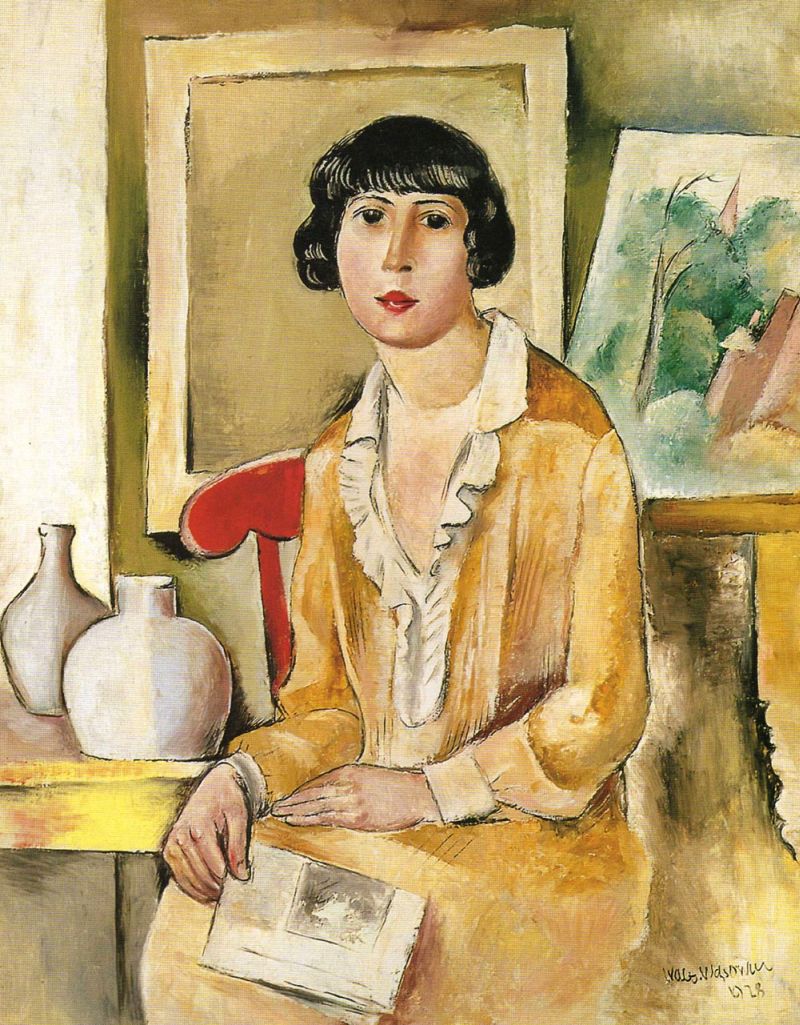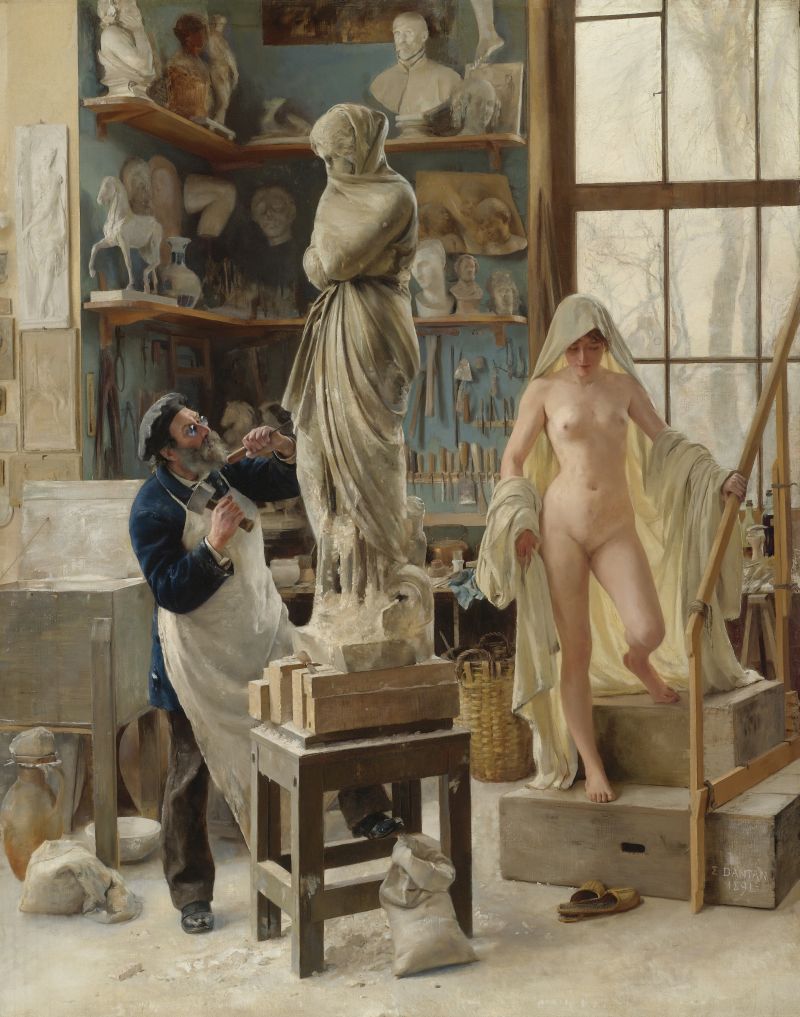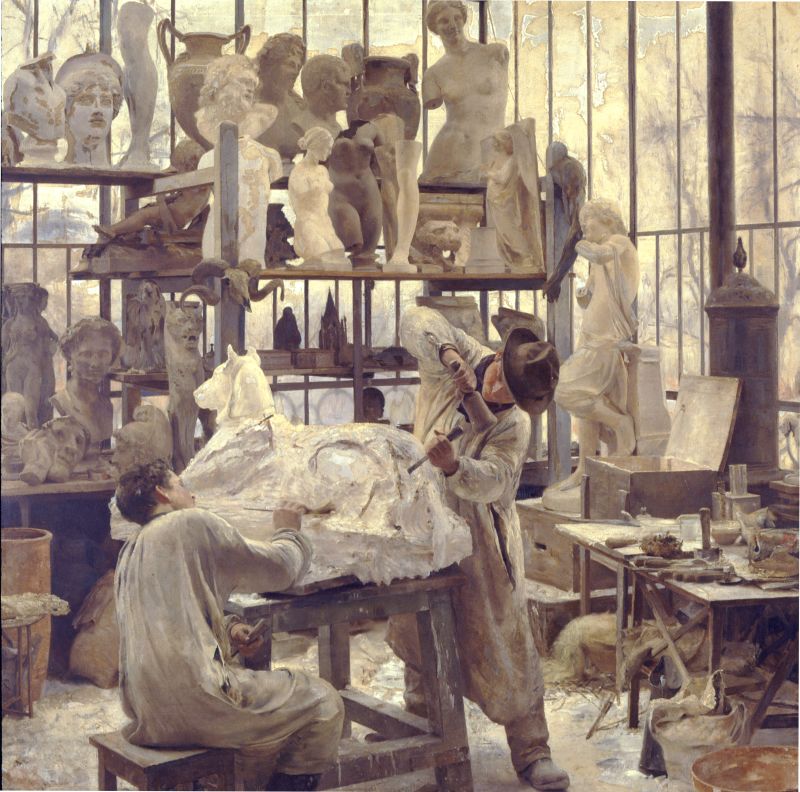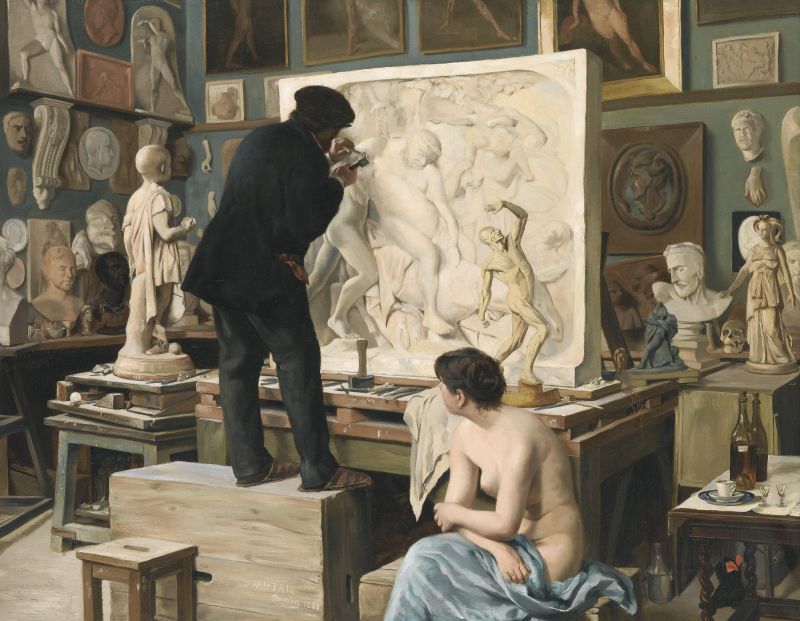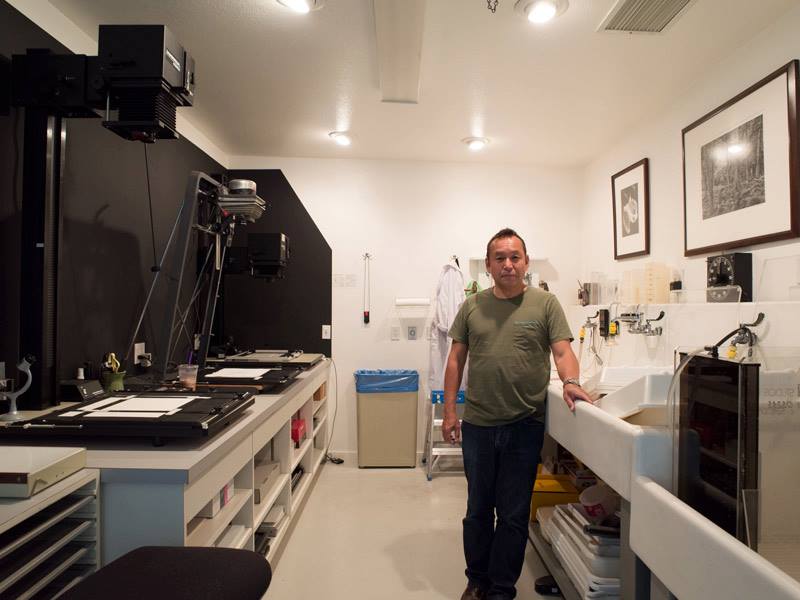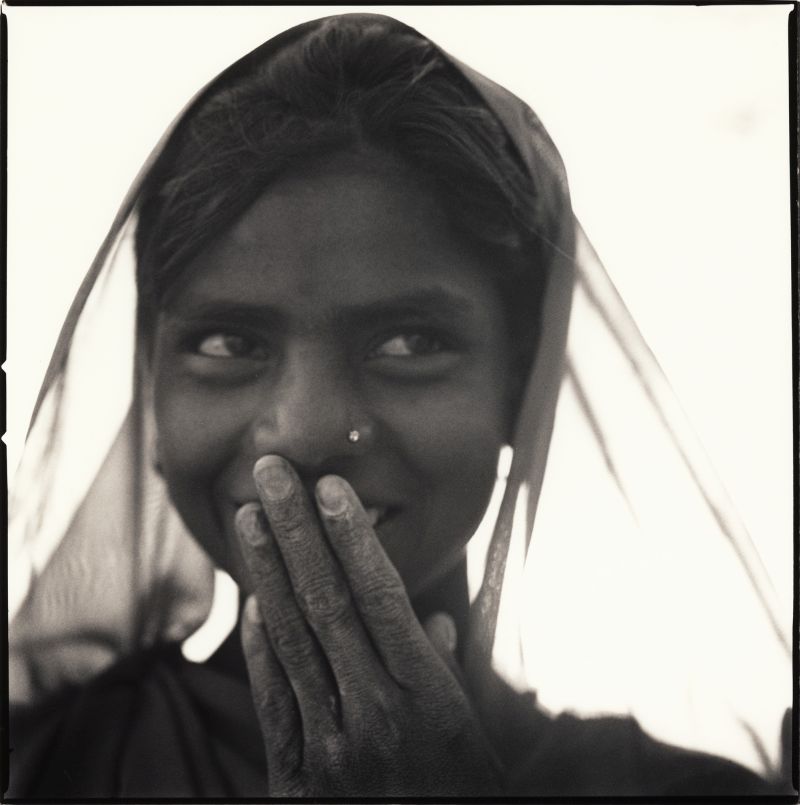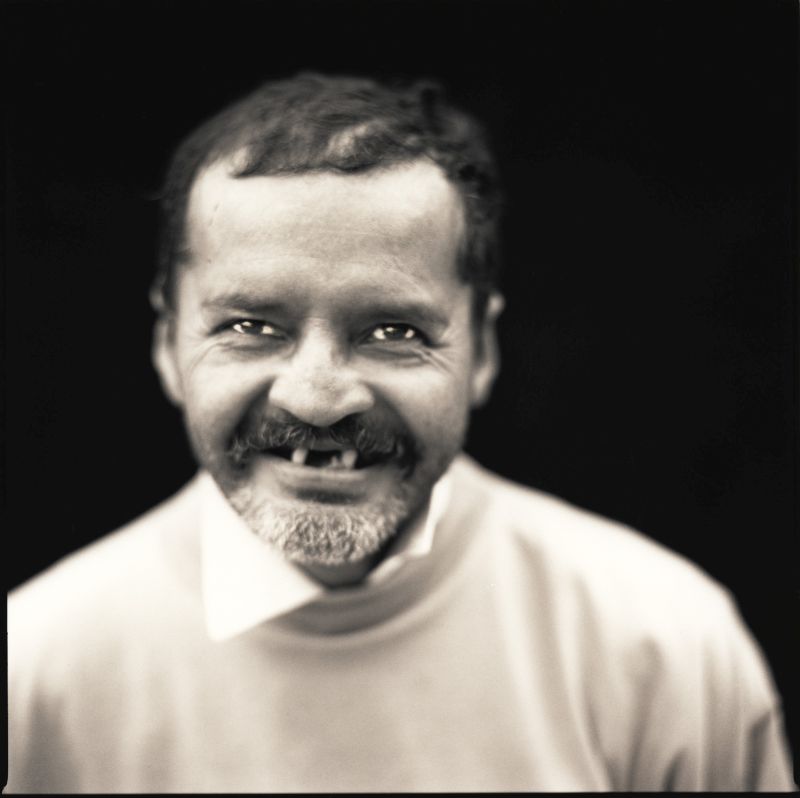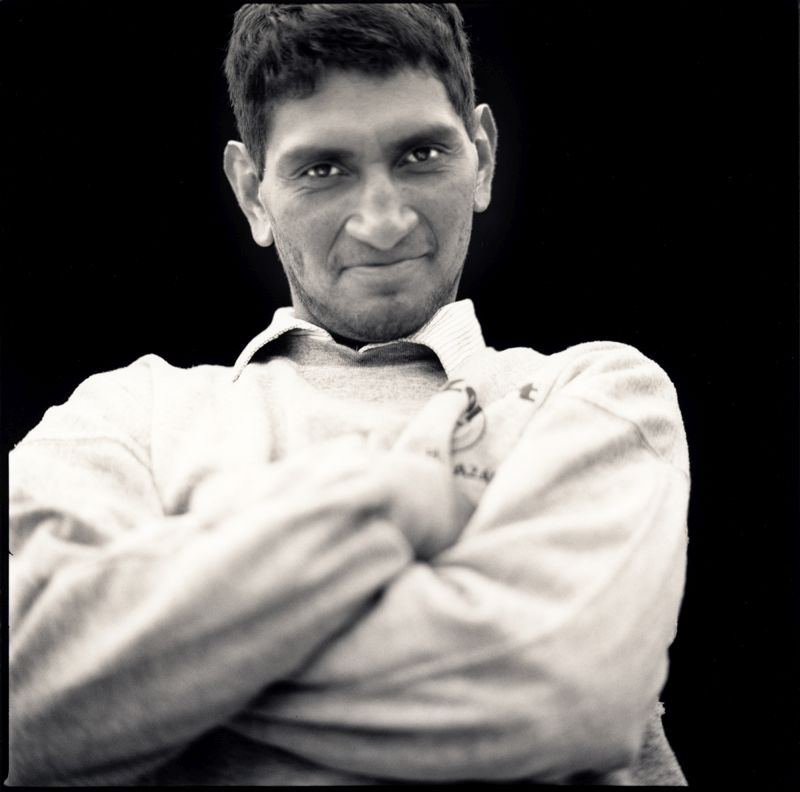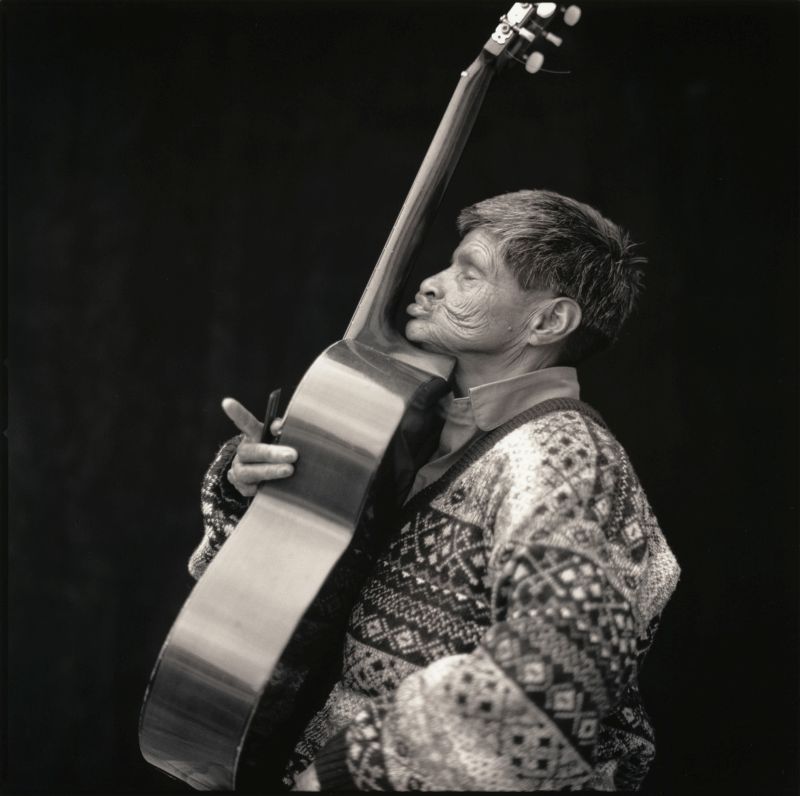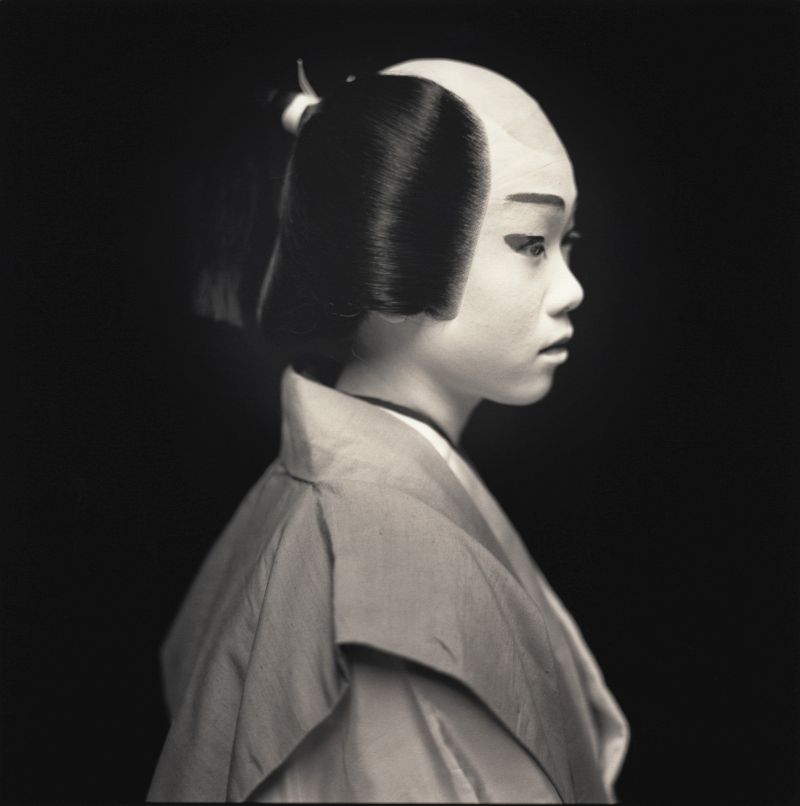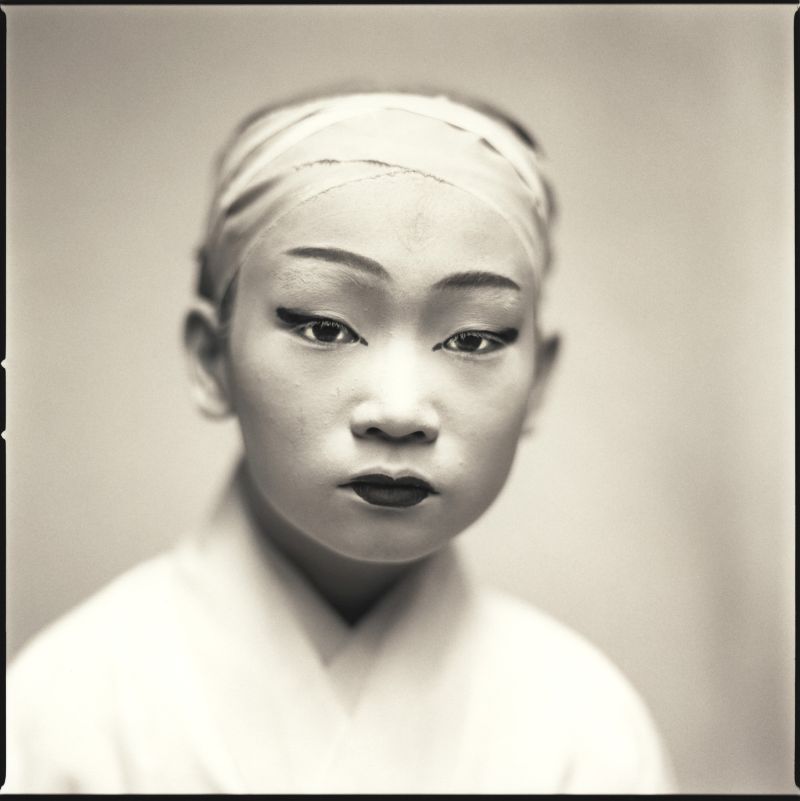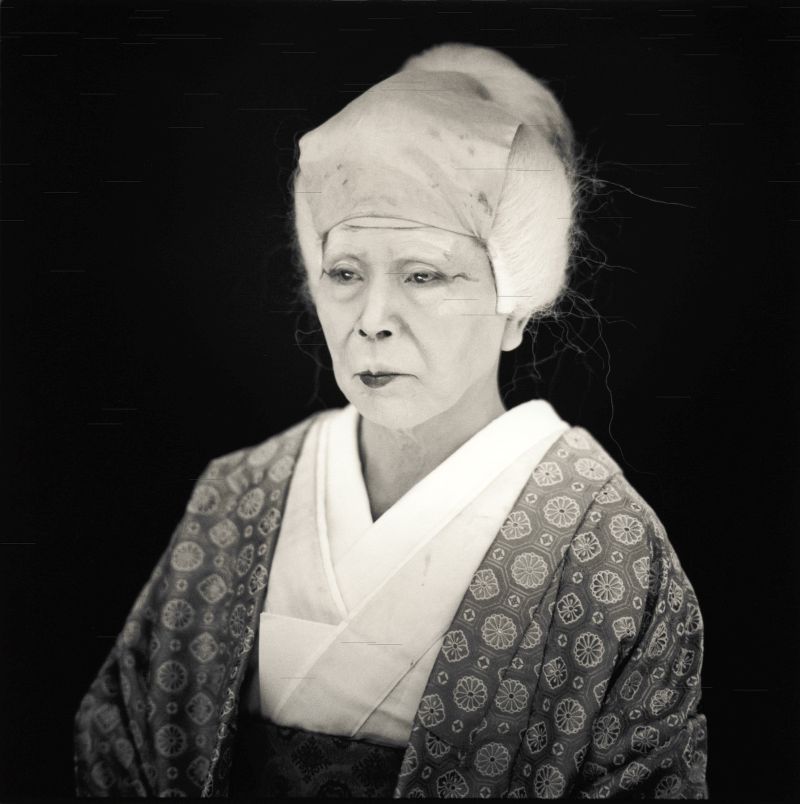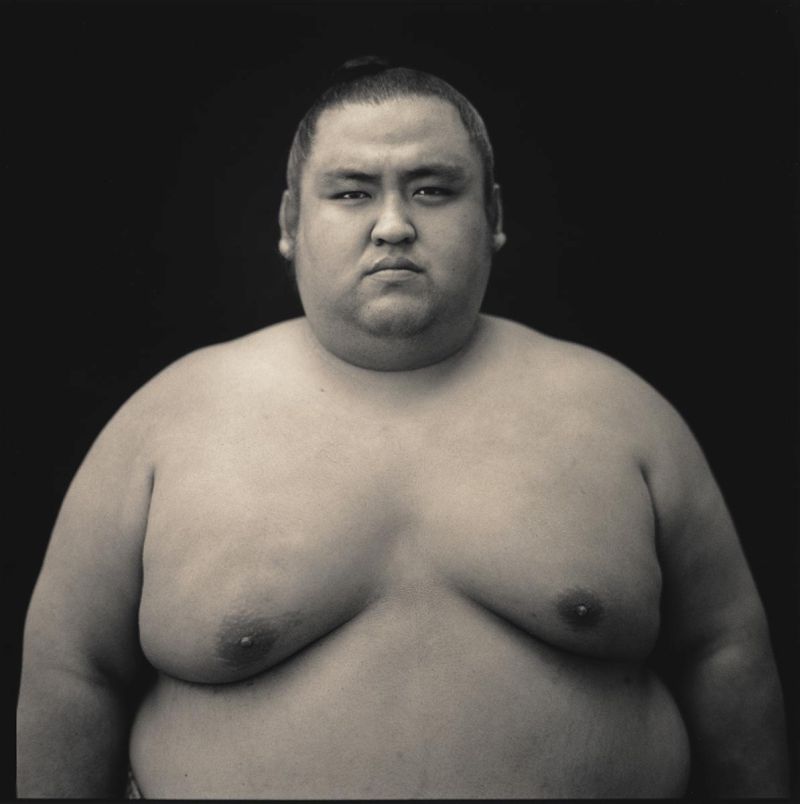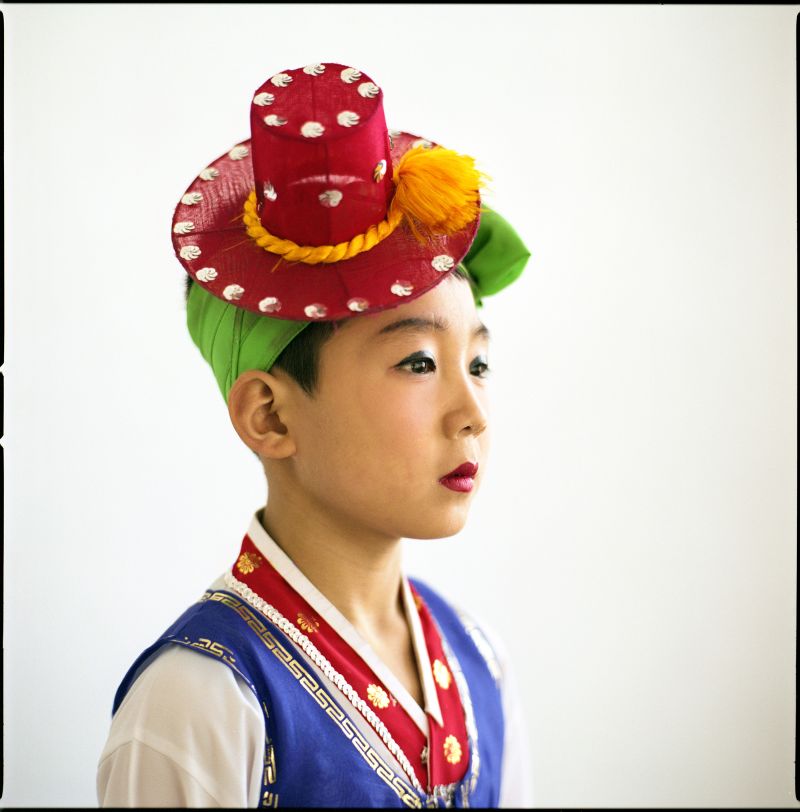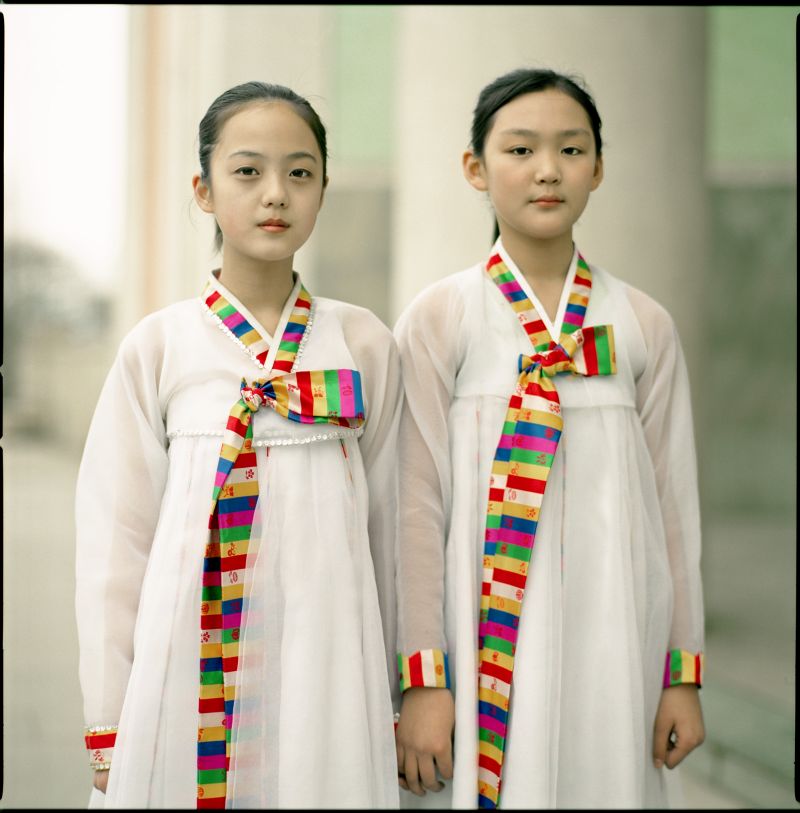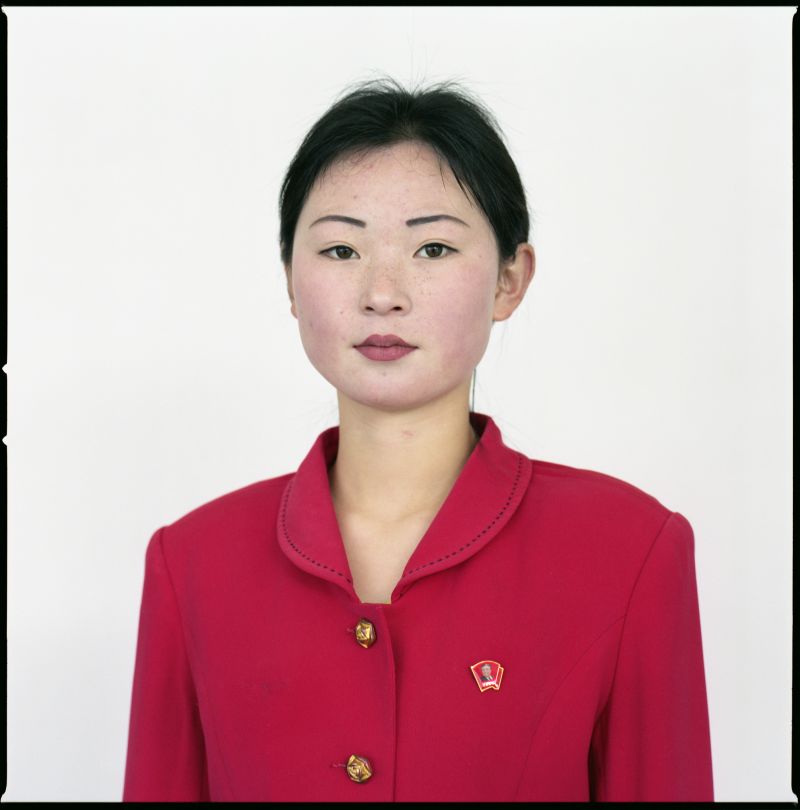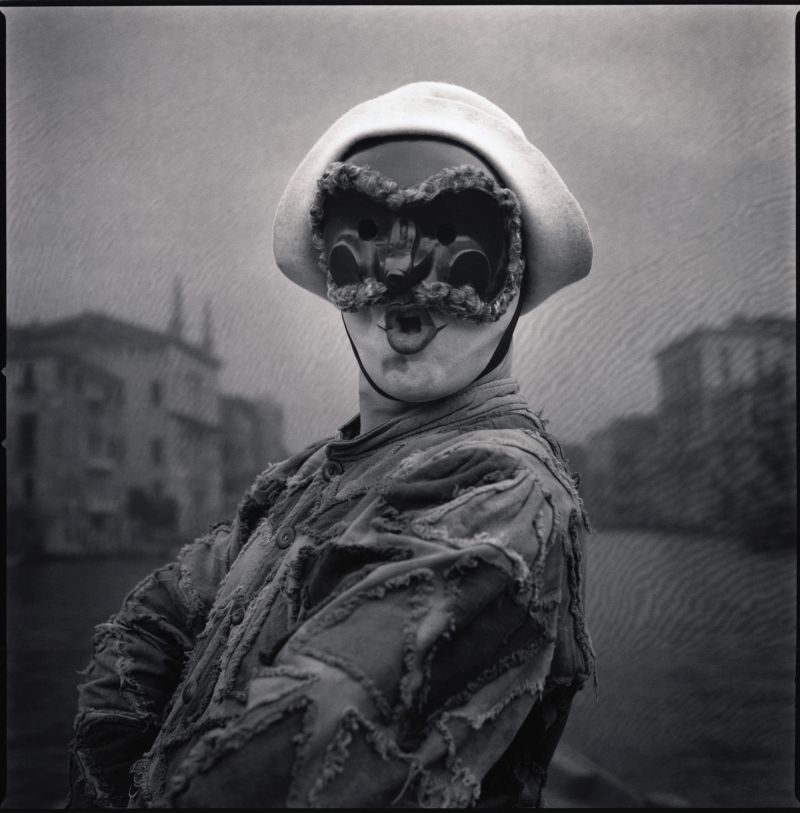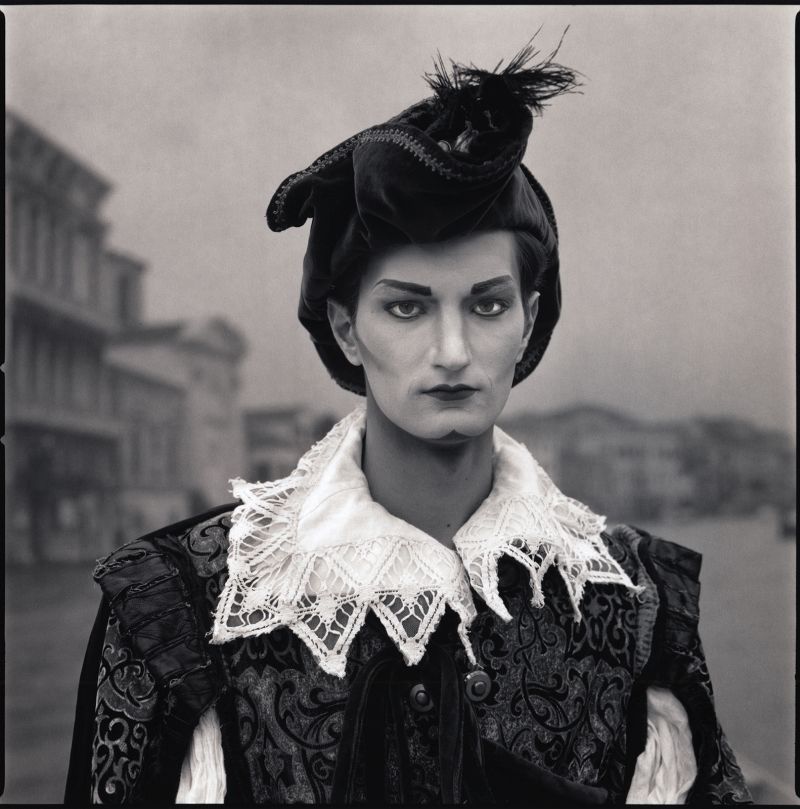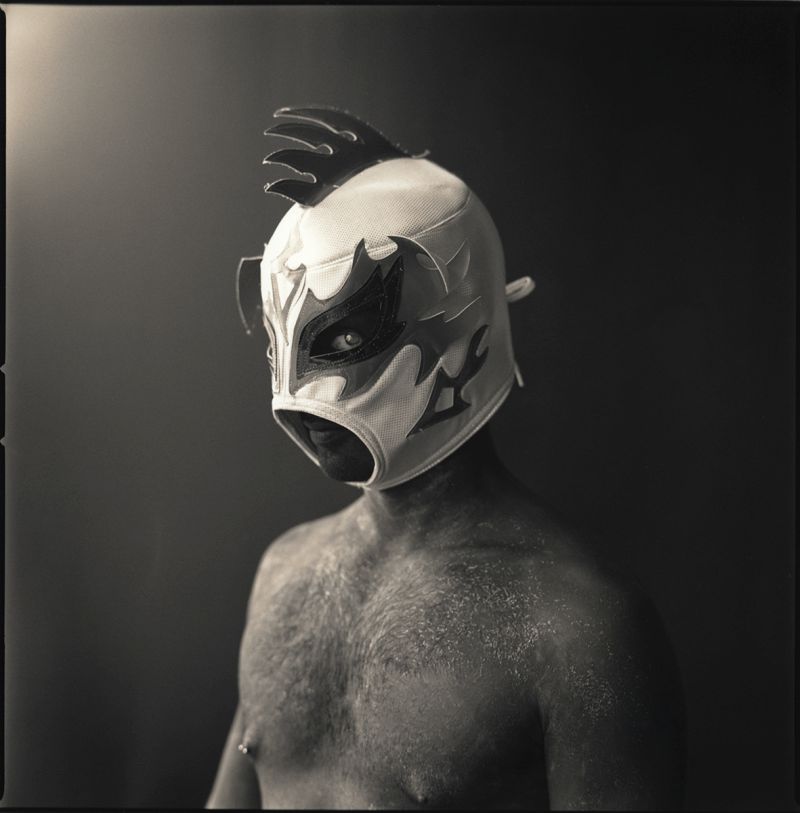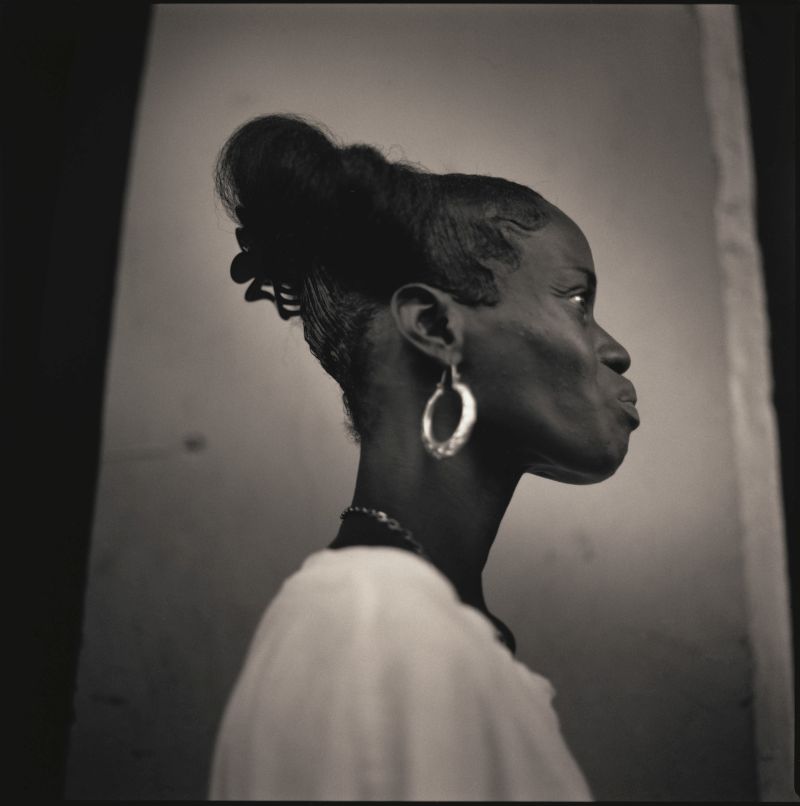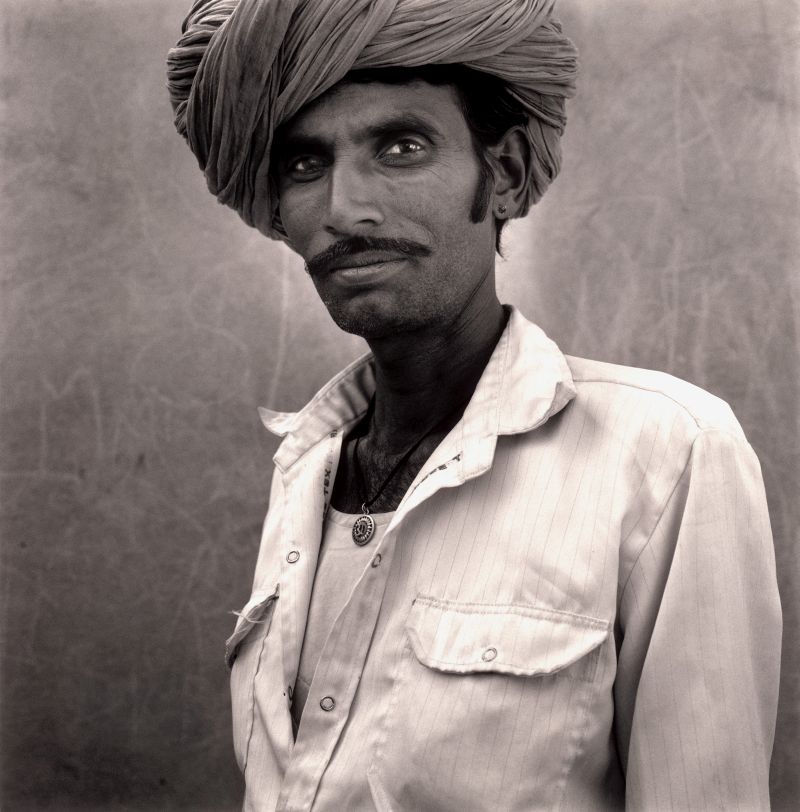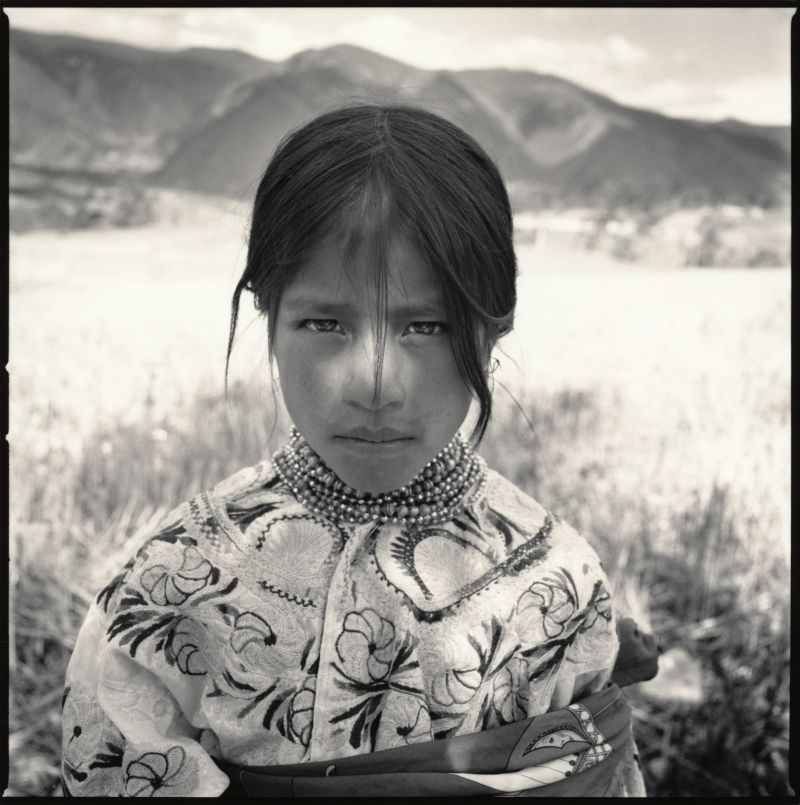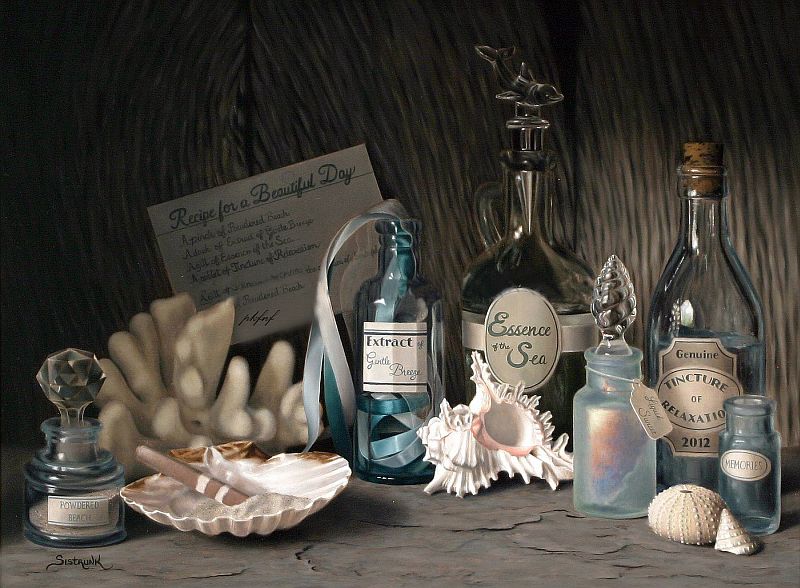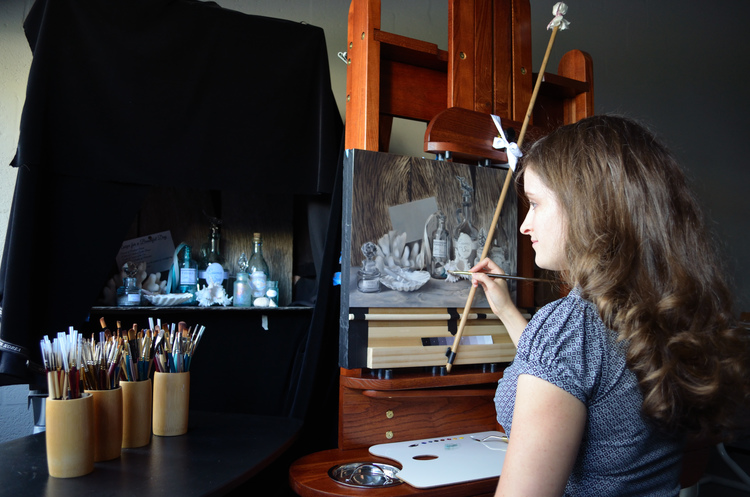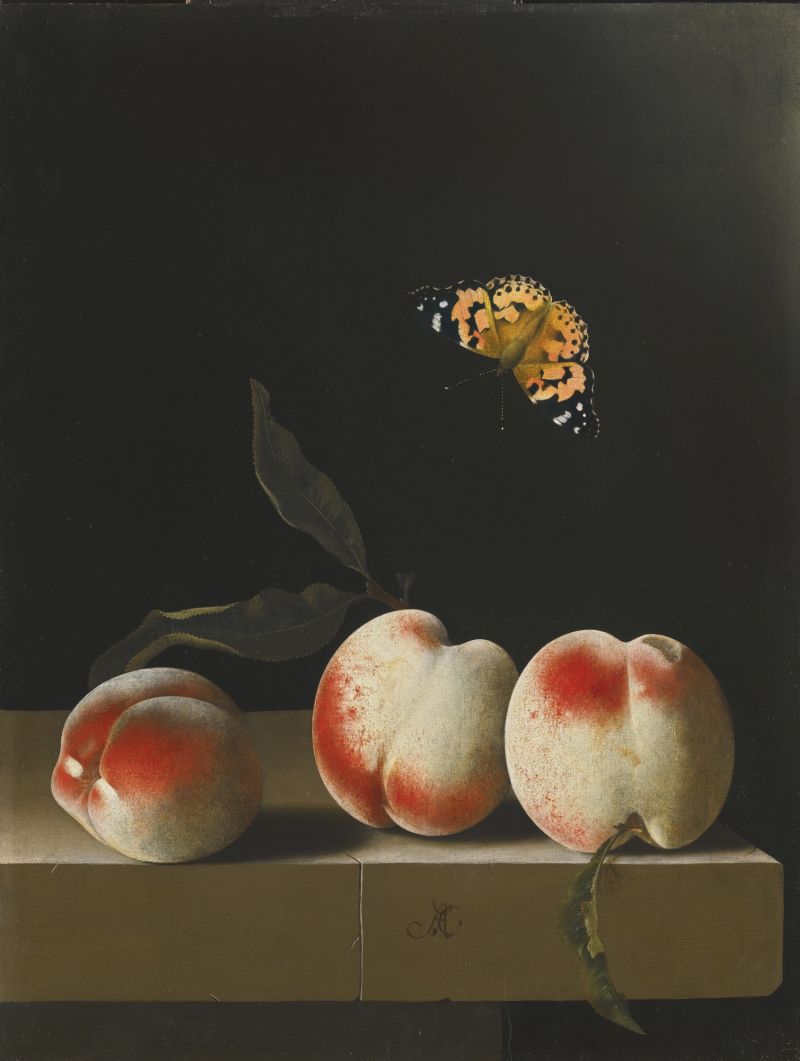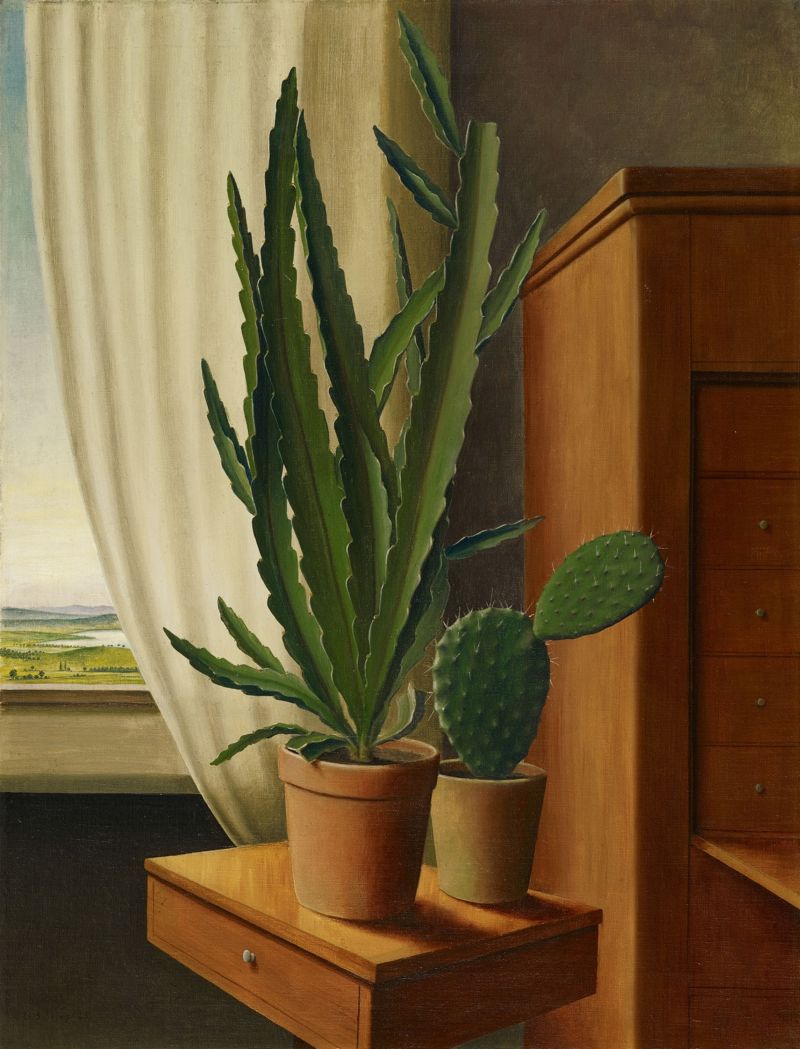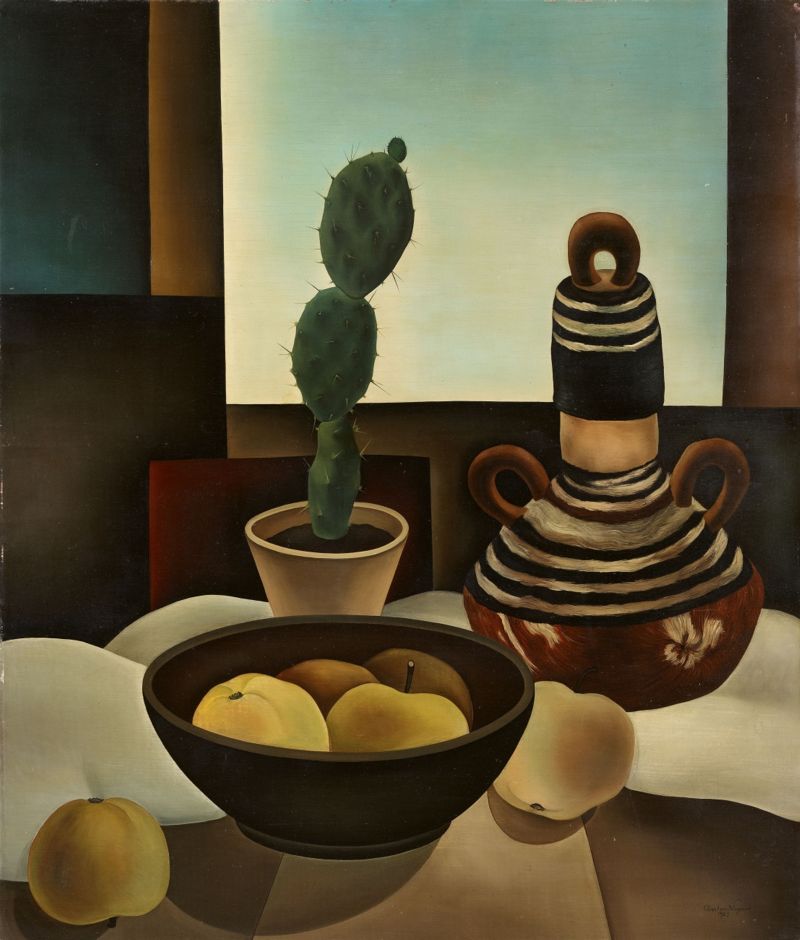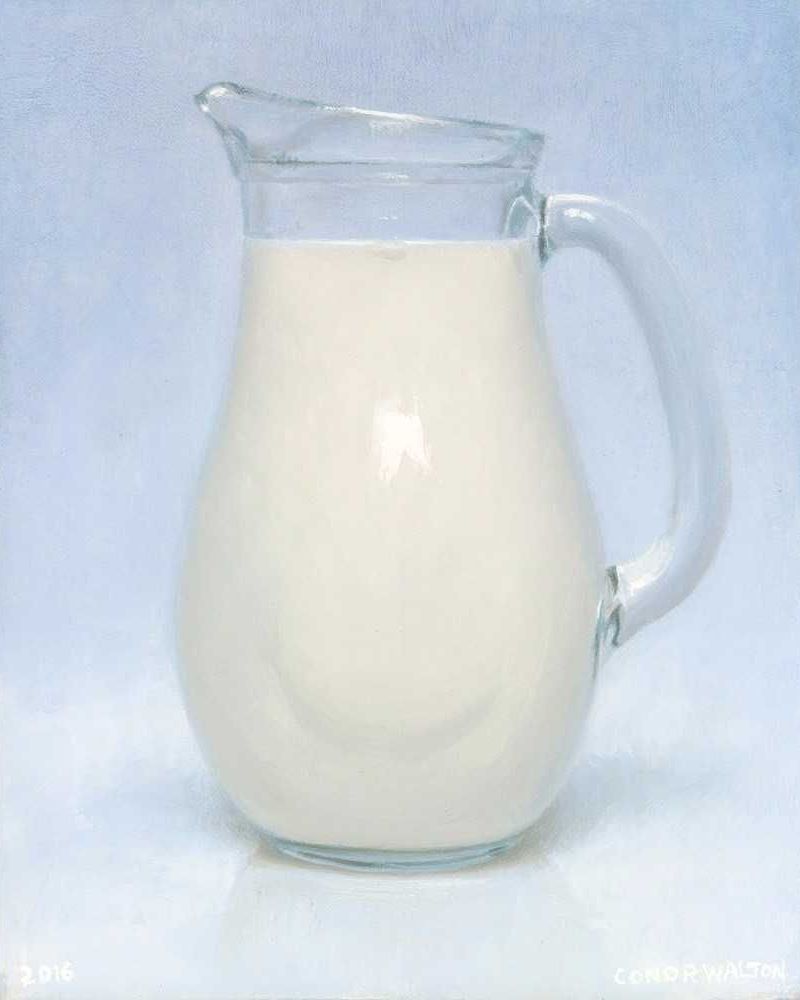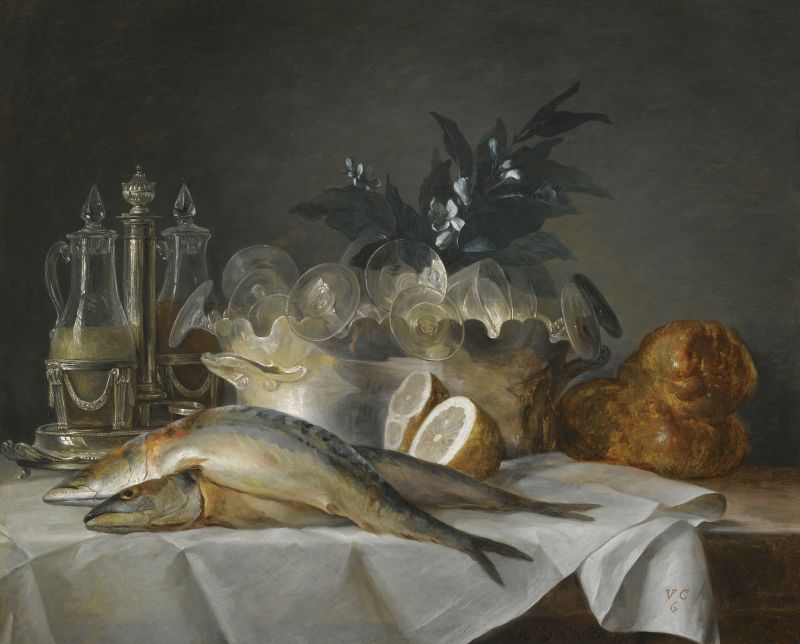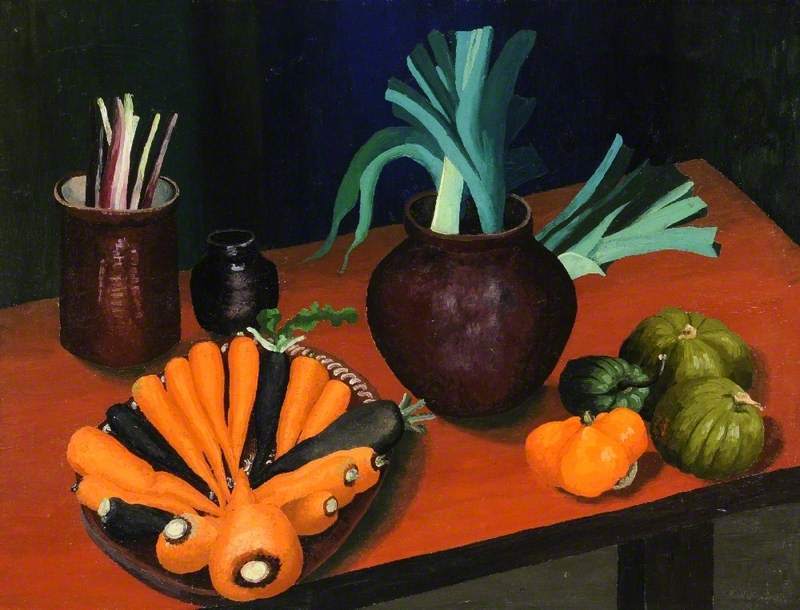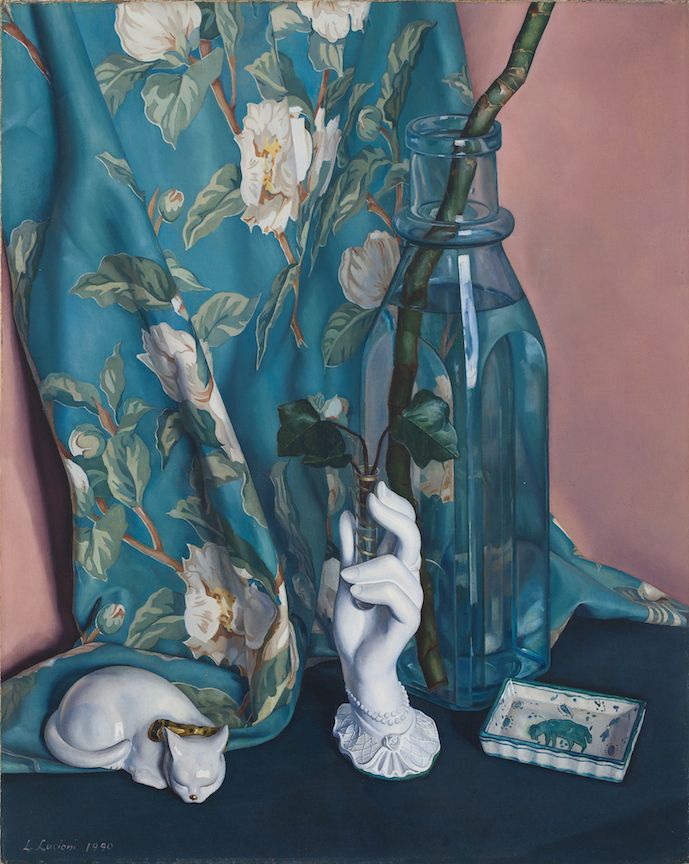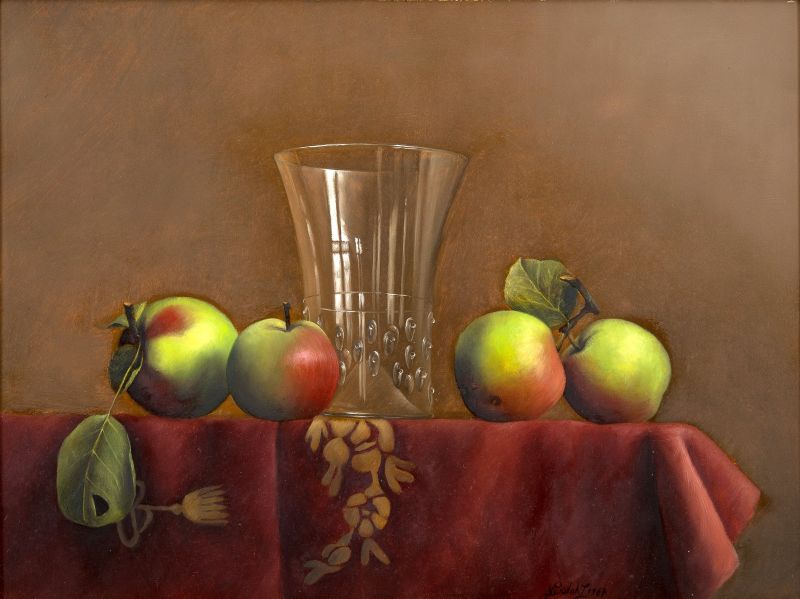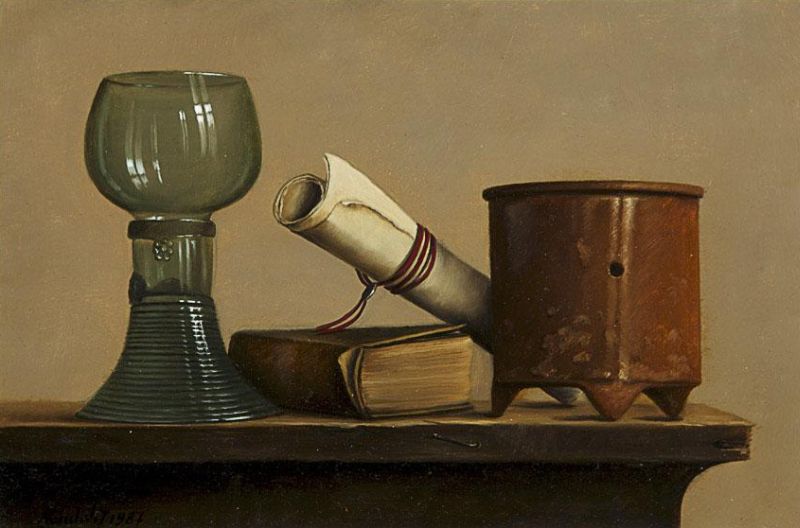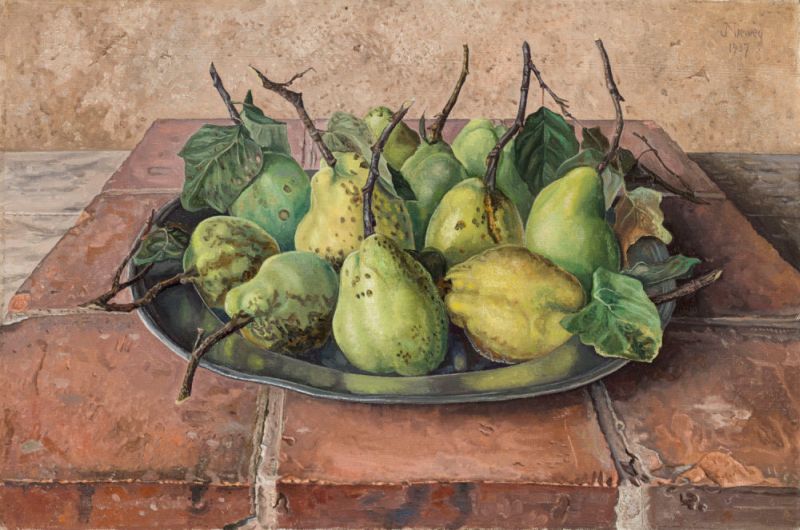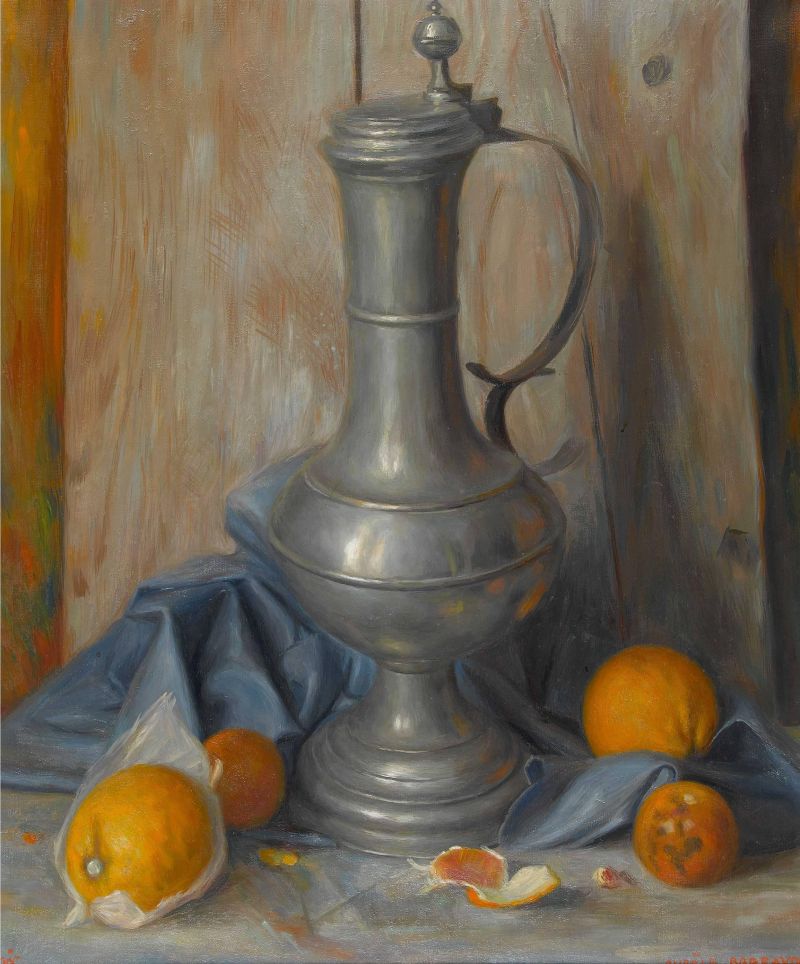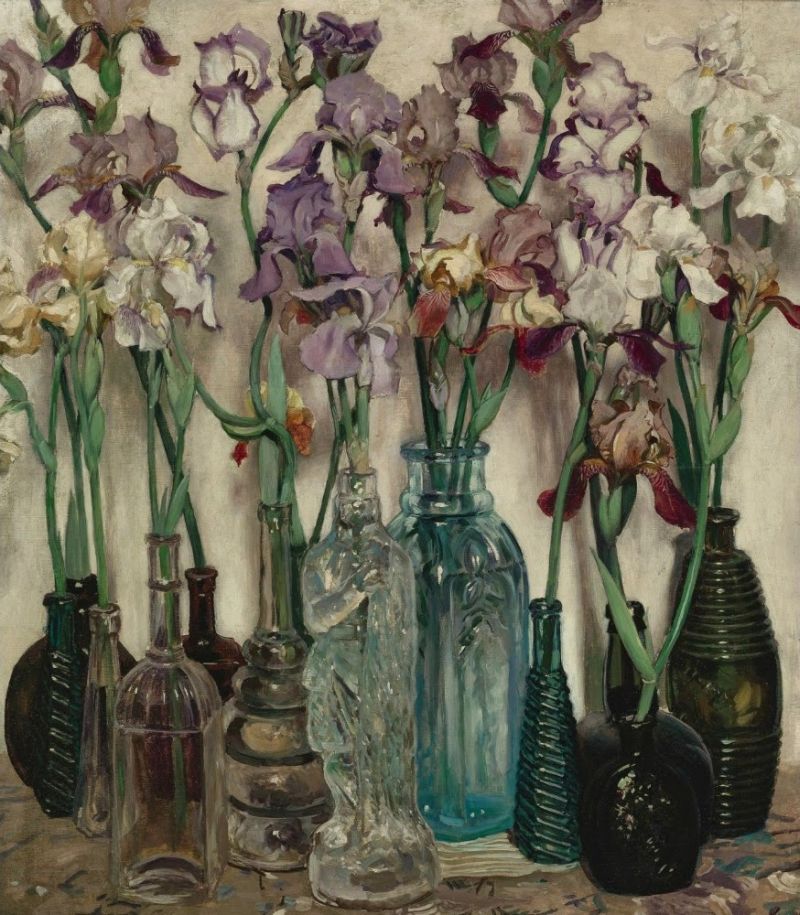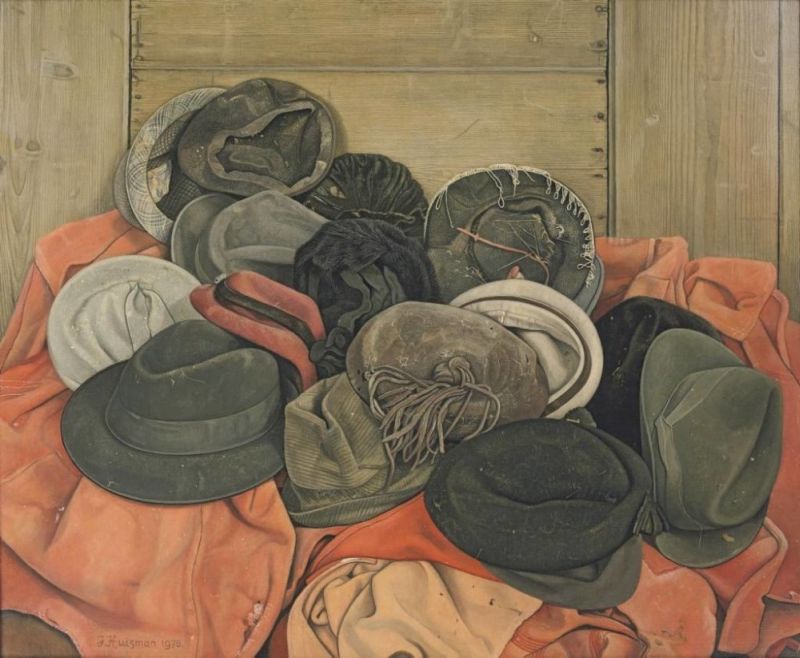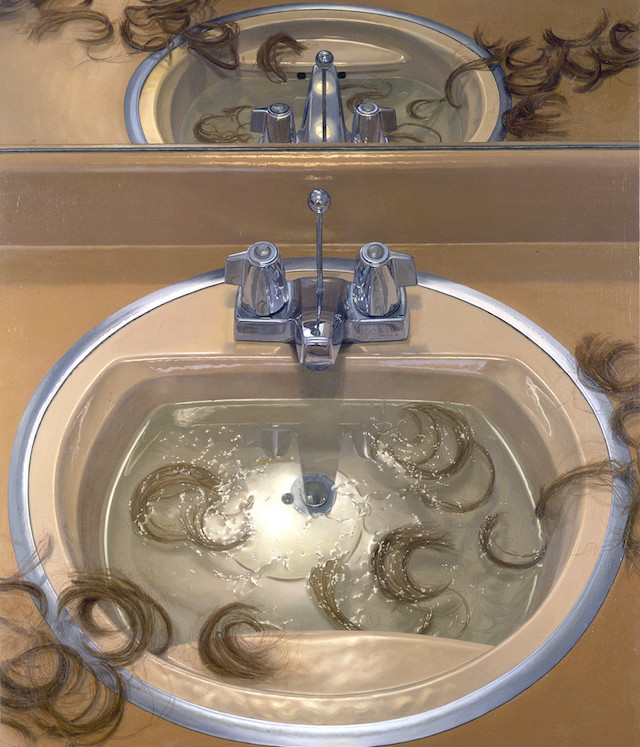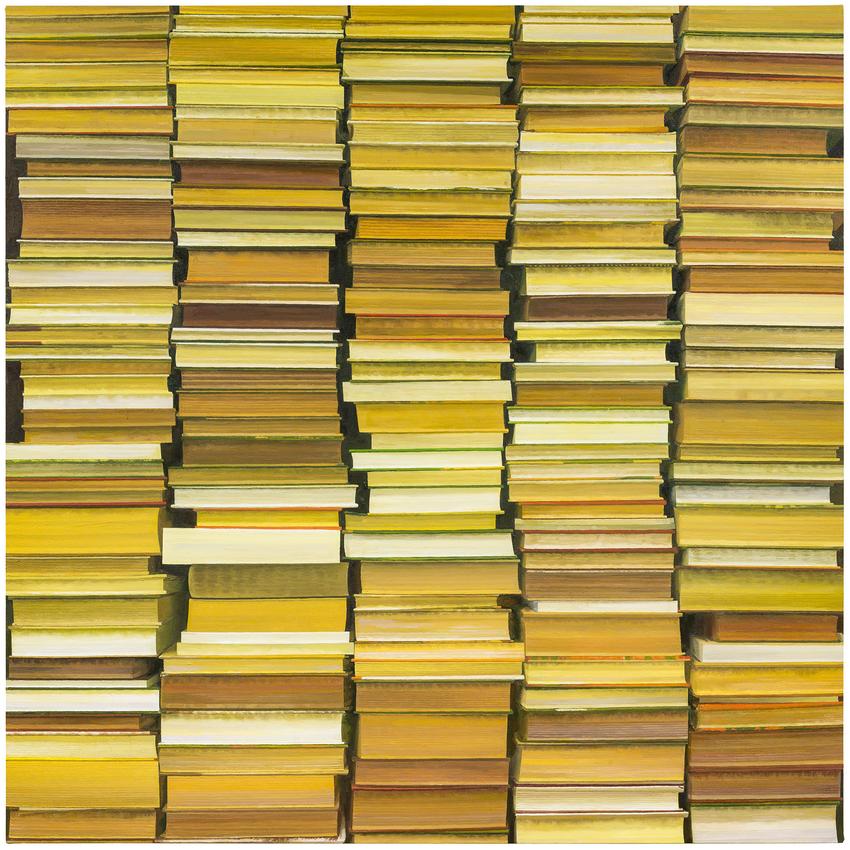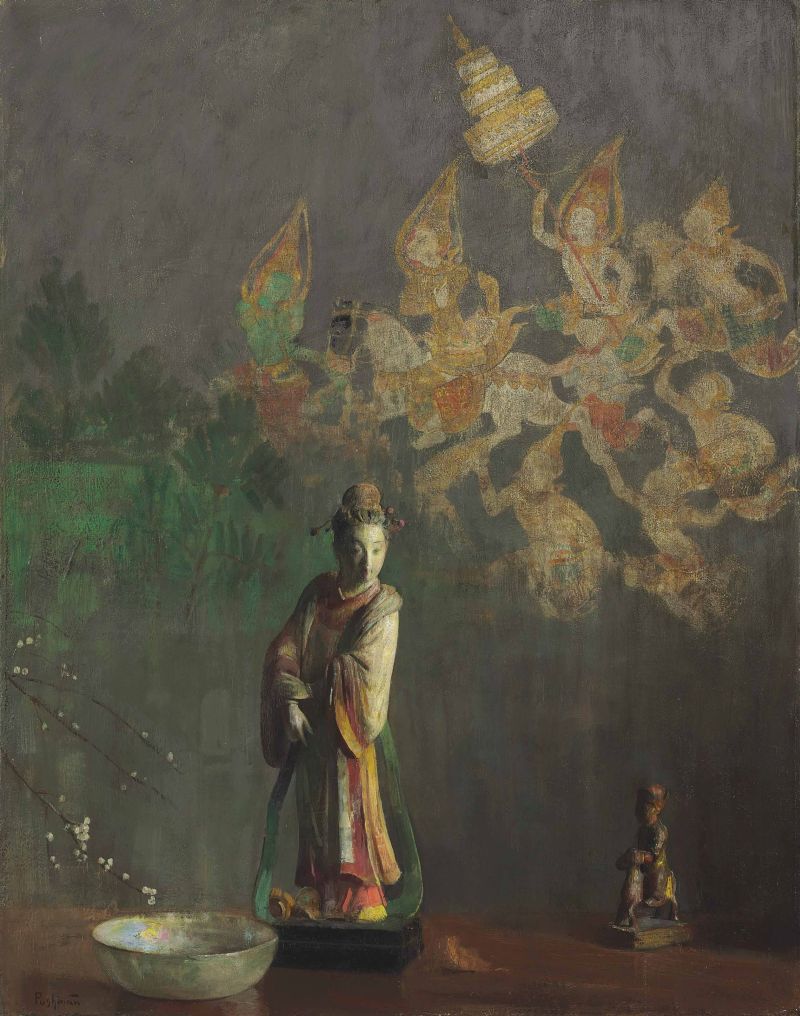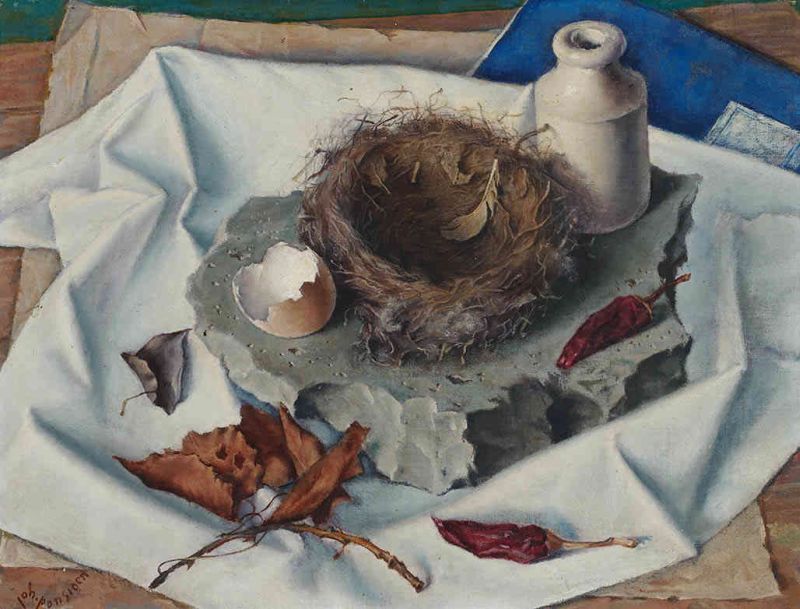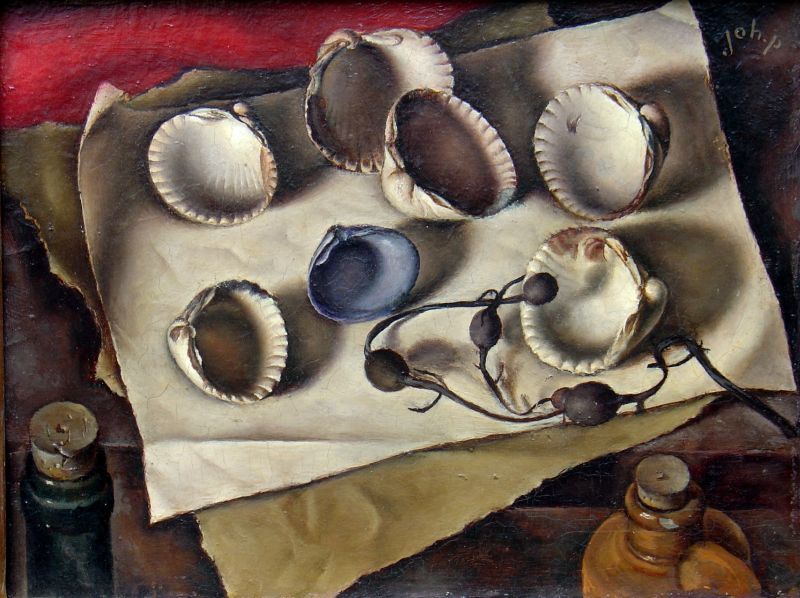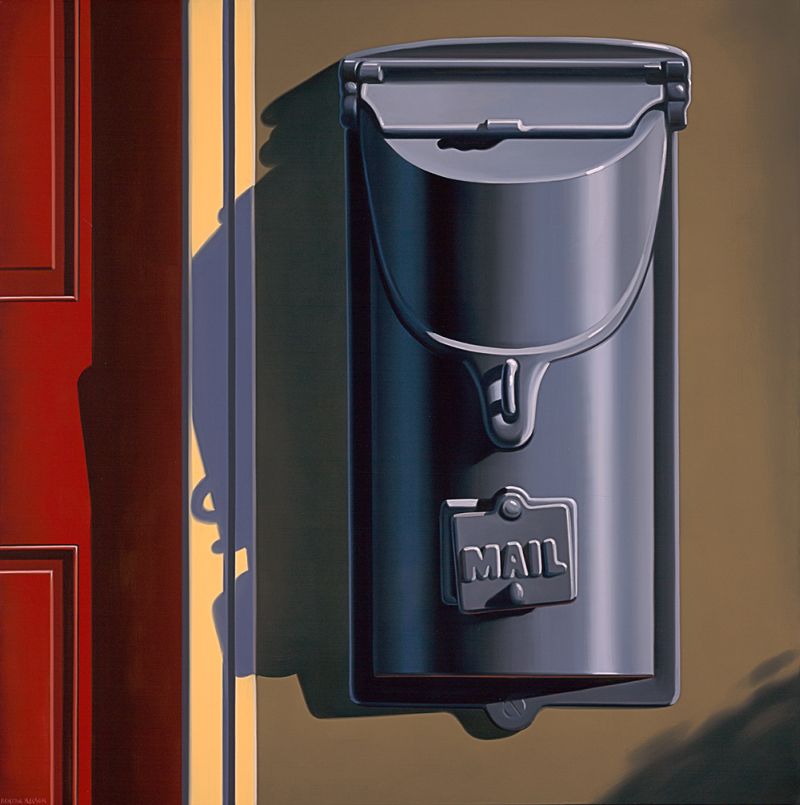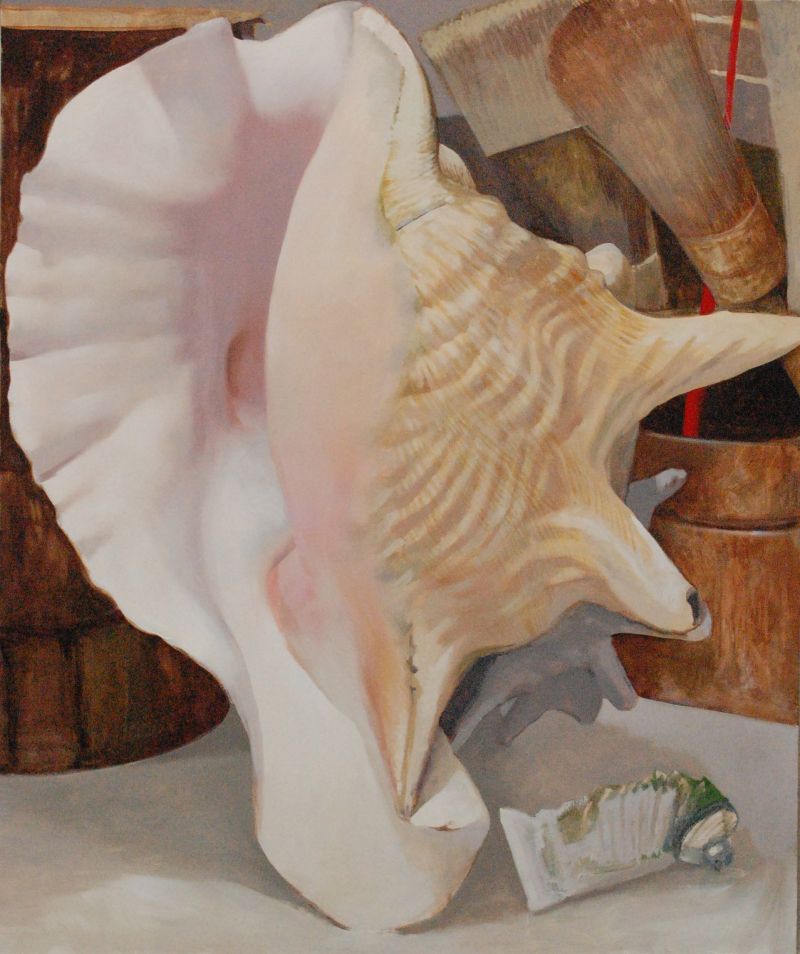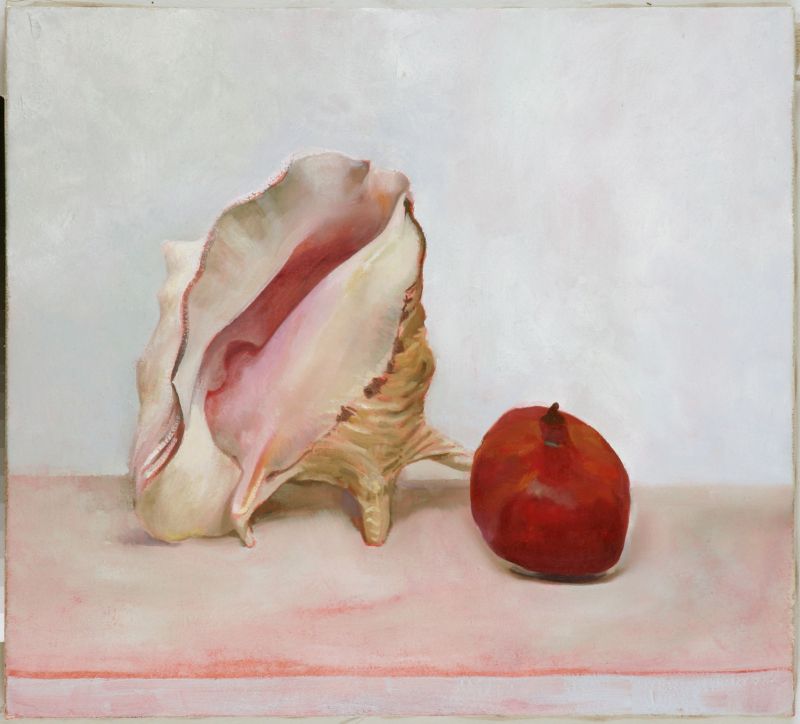_________________________________________________________
El 11 de Julio es el cumple de
John Macvicar Anderson, pintor y arquitecto escocés nacido en Glasgow en 1835.
Era hijo de John Anderson, comerciante y sobrino del arquitecto William Burn y su esposa, Eliza Macvicar. Fue educado en la Collegiate School y la Universidad de Glasgow y luego se mudó a Londres para completar sus estudios con su tío. Fue admitido ARIBA (Asociado del Real Instituto de Arquitectos Británicos) el 19 de diciembre de 1864.
Aunque diseñó el Sailors 'Home en Bombay en 1869, Anderson continuó con el concepto exclusivo de la casa de campo de la práctica de Burn, pero desde principios de la década de 1880 aceptó una gama más amplia de negocios comerciales y eclesiásticos, particularmente de clientes escoceses, especialmente la iglesia de St Columba en Pont Street, Londres, de la que era miembro, la sede del London Scottish, Christie's Galleries, King Street, Lloyd's Bank, Coutts Bank y British Linen Bank, cuya oficina de Threadneedle Street diseñó en 1913. Todas estas obras le fueron encargadas directamente.
"El palacio de Westminster desde el Támesis / The Palace of Westminster From the Thames"
Óleo sobre lienzo / oil on canvas, 81 x 152 cm., 1867. Sotheby's
Fue presidente del Royal Institute of British Architects en 1891-94. También fue arquitecto honorario del Royal Scottish Hospital y Royal Caledonian Asylum.
Se había casado con Janet Crum de Thornliebank, escocesa, y tenía tres hijos. Su práctica fue continuada por su hijo mediano, Henry Lennox Anderson, nacido en 1894, quien estudió en la Architectural Association y se asoció en 1905.
Murió en 1915.
"Vista de Westminster desde Lambeth / View Of Westminster From Lambeth", 1859. Pixels
On July 11 is the birthday of
John Macvicar Anderson, Scottish painter and architect born in Glasgow in 1835.
He was the son of John Anderson, merchant and the nephew of architect William Burn and his wife, Eliza Macvicar. He was educated at the Collegiate School and the University of Glasgow and then moved to London to complete his studies with his uncle. He was admitted ARIBA (Associate of the Royal Institute of British Architects) on 19 December 1864.
Although he designed the Sailors’ Home in Bombay in 1869, Anderson continued the exclusively country house nature of Burn’s practice but from the early 1880s accepted a wider range of commercial and ecclesiastical business, particularly from Scottish clients, notably St Columba's church in Pont Street, London of which he was a member, the Headquarters of the London Scottish, Christie’s Galleries, King Street, Lloyd’s Bank, Coutts Bank and the British Linen Bank whose Threadneedle Street office he designed as late as 1913. All of these were directly commissioned.
"Vista de la Abadía de Westminster y los edificios del Parlamento /
A View of Westminster Abbey and the Houses of Parliament", óleo sobre lienzo / oil on canvas, 1870. VdV
He was President of the Royal Institute of British Architects in 1891-94. He was also honorary architect to the Royal Scottish Hospital and Royal Caledonian Asylum.
He had married Janet Crum of Thornliebank, Scotland and had three sons. His practice was continued by his middle son, Henry Lennox Anderson, born 1894, who studied at the Architectural Association and was taken into partnership in 1905.
He died in 1915.
"Vista de Londres / View of London", óleo sobre lienzo / oil on canvas. Fine Art America

El 12 de Julio es el cumple de
Fredrik Marinus Kruseman, pintor holandés nacido en Haarlem en 1816.
Mostró un talento temprano para el dibujo. Fue el cuarto hijo de Benjamin Philip Kruseman, fabricante de sombreros luteranos, y primo de Cornelis Kruseman, director de la Real Academia de Bellas Artes de Amsterdam y pintor de temas históricos y bíblicos, y Jan Adam Kruseman, pintor histórico y retratista. Estudió con muchos de los grandes paisajistas holandeses de la escuela del siglo XIX.
Desde 1833 fue aprendiz de Jan Reekers, de quien aprendió dibujando del natural y las reglas de la perspectiva. Entre 1832 y 1833 también asistió a clases en la Escuela de Dibujo de la Ciudad y estudió pintura con Nicholas Roosenboom, que tenía un estudio cerca de donde vivía Kruseman. Roosenboom era el yerno y discípulo del gran artista Andreas Schelfhout y es probable que Kruseman haya entrado en contacto con Schelfhout ya que era un visitante habitual del estudio.
En septiembre de 1833 el artista hizo su debut en la Exposición de Maestros Vivientes en La Haya, exhibiendo un paisaje.
"Figuren op een bevroren rivier in een winterlandschap /
Figuras sobre un río helado en un paisaje invernal / Figures on a Frozen River in a Winter Landscape"
Óleo sobre panel / oil on panel, 55 x 74 cm., 1849. Wikimedia Commons
Kruseman viajó extensamente por el norte de Europa antes de establecerse definitivamente en Bruselas en 1841. Entre 1852 y 1856 vivió una vez más en las inmediaciones de Haarlem, donde realizó muchos viajes por las cercanías de la ciudad, pero regresó a Bruselas en 1856 donde permaneció por el resto de su vida. Expuso en Amsterdam y La Haya entre 1833 y 1856.
Los paisajes de invierno representan alrededor de dos tercios de su obra, y alrededor de 1860 su arte llegó a su apogeo. Sus grupos de árboles se hicieron cada vez más convincentes e introdujo sus primeras ramas de árbol similares a corales. La profundidad de sus paisajes panorámicos se hizo más marcada y los frescos tonos azul grisáceos dieron paso a una paleta mucho más cálida. Kruseman perfeccionó su interpretación de la superficie espejada color negro azabache del hielo y las marcas dejadas por los patinadores, y sus mejores obras se desarrollan a la luz difusa de la tarde mostrando a menudo el calor de una luz que emana de un pequeño interior en algún lugar de la pintura.
Trabajó bien hasta finales de los años setenta y murió en 1882.
"Zomerlandschap met oogstende boeren bij een windmolen /
Paisaje de verano con granjeros cosechando / Summer Landscape with Harvesting Farmers"
Óleo sobre panel / oil on panel, 28,5 x 38,1 cm., 1850. Wikimedia Commons
On July 12 is the birthday of
Fredrik Marinus Kruseman, Dutch painter born in Haarlem in 1816.
He showed an early talent for drawing. He was the fourth son of Benjamin Philip Kruseman, a Lutheran hat-maker, and cousin to both Cornelis Kruseman, Director of the Royal Academy of Fine Arts of Amsterdam and a painter of historical and biblical subjects, and Jan Adam Kruseman, a historical painter and portraitist. Fredrik studied under many of the great Dutch landscapists of the nineteenth century school.
From 1833 he was apprenticed to Jan Reekers from whom he learnt drawing from nature and the rules of perspective. Between 1832 and 1833 Kruseman also attended classes at the City Drawing School and he studied painting with Nicholas Roosenboom, who had a studio near where Kruseman lived. Roosenboom was the son-in-law and pupil of the great artist Andreas Schelfhout and it is likely that Kruseman would have come into contact with Schelfhout as he was a regular visitor to Roosenboom’s studio.
In the September of 1833 the artist made his debut at the Exhibition for Living Masters in The Hague, exhibiting a landscape.
"Verzamelaars van takkenbossen in een winterlandschap / Recolectores de rábanos en un paisaje invernal /
Faggot Gatherers in a Winter Landscape"
Óleo sobre panel / oil on panel, 26,4 x 34,9 cm., 1853. Wikimedia Commons
Kruseman travelled extensively in Northern Europe before finally settling in Brussels in 1841. Between 1852 and 1856, Kruseman lived once again in the environs of Haarlem where he took many trips around the vicinity of the city, but he returned to Brussels in 1856 where he remained for the rest of his life. He exhibited in Amsterdam and The Hague between 1833 and 1856.
Winter landscapes make up about two thirds of Kruseman’s oeuvre and around 1860 his art came into full fruition. His tree groups became increasingly more convincing and he introduced his first coral-like tree branches. The depth of his panoramic landscapes became more marked and the cool grey-blue tones steadily gave way to a much warmer palette. Kruseman perfected his rendering of the jet-black mirror surface of the ice and the marks left by skaters and his best works are set in the fading light of early evening often showing the warmth of a light emanating from a small interior somewhere in the painting.
He worked well until the late seventies and eventually died in 1882.
"Zomer landschap met vee in de buurt van een rivier /
Paisaje de verano con ganado cerca de un río / Summer Landscape With Cattle Near a River"
Óleo sobre lienzo / oil on canvas, 65 x 45,5 cm., 1873. ARC

El 13 de Julio es el cumple de
Ferdinand Martin Cordt Brütt, pintor alemán nacido en Hamburgo en 1849. Era un pariente lejano del escultor Adolf Brütt.
Tomó sus primeras lecciones de arte en la Escuela de Artes Aplicadas de Hamburgo, donde estudió con Günther Gensler y Friedrich Heimerdinger. Por recomendación suya, se trasladó a la Escuela de Arte Sajón-Gran Ducal de Weimar en 1870, donde sus maestros fueron Albert Baur, Karl Gussow y el pintor de historia Ferdinand Pauwels. Baur sería particularmente influyente en la formación del estilo maduro de Brütt.
Cuando Baur aceptó una cátedra en la Kunstakademie Düsseldorf, Brütt fue con él y se convirtió en un especialista en pintura de escenas de la corte. Fue capaz de sacar provecho de sus propias experiencias, pasando bastante tiempo como jurado, desarrollando el género basado en trabajos anteriores de Louis Gallait y Hendrik Leys.
En 1889 realizó un extenso viaje de estudios a Italia, donde se encontró menos inspirado por los "Viejos Maestros" que por los paisajes. Esto provocó nuevos viajes a los Alpes y el Mar del Norte. En 1893 fue nombrado profesor real prusiano.
"Vor den Richtern / Ante los jueces / In Front of the Judges"
Óleo sobre lienzo / oil on canvas, 80 x 115 cm. Lempertz
En 1898 su amigo Anton Burger lo invitó a alojarse en la Colonia de Artistas Kronberger en Kronberg im Taunus. Vivió y trabajó allí hasta 1920. Ejecutó varias comisiones municipales en Frankfurt de 1905 a 1913, incluyendo varias decoraciones grandes de paredes y techos para varios edificios públicos y diseños para el Bürgersaale (Salón Cívico) en el Ayuntamiento. En 1920 se fue a vivir con su hijo, un concejal del tribunal de distrito, en Bergen.
Su estilo puede describirse en general como impresionista, aunque prefería escenas con grandes multitudes en entornos urbanos o interiores. Su fase inicial se extendió a través de la década de 1880, cuando desarrolló interés en despliegues más sutiles de luz y color. Después de 1902 se concentró en paisajes grandes.
Murió en 1936.
"Chorgestühl im Dom zu Mainz / Puestos de coro en la Catedral de Mainz /
Choir Stalls in the Cathedral of Mainz"
Óleo sobre lienzo / oil on canvas, 82 x 67 cm., 1903. Wikimedia Commons
On July 13 is the birthday of
Ferdinand Martin Cordt Brütt, German painter born in Hamburg in 1849. He was a distant relative of the sculptor Adolf Brütt.
He took his first art lessons at the Hamburg School of Applied Arts, where he studied with Günther Gensler and Friedrich Heimerdinger. On their recommendation, he transferred to the Weimar Saxon-Grand Ducal Art School in 1870, where his teachers were Albert Baur, Karl Gussow and the history painter Ferdinand Pauwels. Baur would be particularly influential in forming Brütt's mature style.
When Baur accepted a professorship at the Kunstakademie Düsseldorf, Brütt went with him and became a specialist in painting courtroom scenes. He was able to draw from his own experiences, having spent quite a bit of time on jury duty, developing the genre based on earlier work by Louis Gallait and Hendrik Leys.
In 1889, he took an extended study trip to Italy where he found himself less inspired by the "Old Masters" than he was by the landscapes. This prompted further trips to the Alps and the North Sea. In 1893, he was appointed a Royal Prussian Professor.
"Gartenfest / Fiesta en el jardín / Garden Party"
Óleo sobre lienzo / oil on canvas, 61,5 x 80 cm., 1900. Dorotheum
In 1898, his friend Anton Burger invited him to stay at the Kronberger Artists' Colony in Kronberg im Taunus. He lived and worked there until 1920. He executed several municipal commissions in Frankfurt from 1905 to 1913, including several large wall and ceiling decorations for various public buildings and designs for the Bürgersaale (Civic Hall) in the Rathaus. In 1920, he went to live with his son, a District Court Councillor, in Bergen.
His style may generally be described as impressionistic, although he preferred scenes with large crowds in urban or indoor settings. His initial phase extended through the 1880s, when he developed an interest in more subtle displays of light and color. After 1902, he concentrated on large landscapes.
He died in 1936.
"En la estación / At the Station"
Óleo sobre lienzo / oil on canvas, 94,6 x 133,4 cm. The Athenaeum

El 14 de Julio es el cumple de
Juliette Wytsman (de nacimiento Trullemans), pintora impresionista de paisajes y jardines belga nacida en 1866 en Bruselas.
Primero estudió con Henri Hendrickx en el Instituto Bischoffsheim en Bruselas. Más tarde trabajó en el taller de Jean Capeinick en Gante, donde se especializó en pintura de flores.
"Tarde de verano en Mook (Holanda) / Summer Evening at Mook (Holland)"
Óleo sobre lienzo / oil on canvas, 80,5 x 111 cm. Blouin Art
En el taller de Capeinick conoció al pintor Rodolphe Wytsman. Fue miembro fundador de Les XX y la presentó a este círculo de artistas de vanguardia. Se casaron en 1886 y se mudaron a Linkebeek, cerca de Bruselas, en 1892. Durante la Primera Guerra Mundial, huyeron de Bélgica y vivieron en Rotterdam, en los Países Bajos.
Sus pinturas se pueden encontrar en las colecciones de varios museos como el Museo Real de Bellas Artes de Amberes, los Museos Reales de Bellas Artes de Bélgica en Bruselas y el Museo de Bellas Artes de Gante.
Murió en 1925.
"Bruyelles, les Nénuphars / Los nenúfares / The Water Lillies"
Óleo sobre lienzo / oil on canvas, 33 x 46 cm. Blouin Art
On July 14 is the birthday of
Juliette Wytsman (née Trullemans), Belgian impressionist painter of landscapes and gardens born in 1866 in Brussels.
She first studied under Henri Hendrickx at the Bischoffsheim Institute in Brussels. She later worked in the workshop of Jean Capeinick in Ghent, where she specialized in the painting of flowers.
"Spirées / Espireas / Spireas", óleo sobre lienzo / oil on canvas
Musée communal des Beaux-Arts (Ixelles, Bélgica / Belgium). Wikimedia Commons
At Capeinick's workshop, she met painter Rodolphe Wytsman. He was a founding member of Les XX and introduced her to this circle of avant-garde artists. They married in 1886 and moved to Linkebeek, near Brussels, in 1892. During World War I, they fled Belgium and lived in Rotterdam in the Netherlands.
Her paintings can be found at the collections of severam museums as The Royal Museum of Fine Arts in Antwerp, the Royal Museums of Fine Arts of Belgium in Brussels, and the Museum of Fine Arts in Ghent.
She died in 1925.
"Coin de jardin / Rincón de un jardín / Corner of a Garden"
Óleo sobre lienzo / oil on canvas, 60 x 80 cm., 1903. Blouin Art

El 15 de Julio es el cumple de
Elizabeth "Bessie" MacNicol, pintora escocesa nacida en Glasgow en 1869, miembro del grupo de artistas Glasgow Girls adscritas a la Escuela de artistas de Glasgow.
Tuvo algunos problemas de salud como consecuencia de sufrir alergias durante los meses de verano. Asistió a la Glasgow School of Art desde 1887 hasta 1892 y luego, a instancias del director de la escuela Francis Henry Newbery, estudió arte en París en la Académie Colarossi, que fue uno de los primeros estudios de París en ofrecer clases en las que las mujeres se formaban junto a los hombres. Ella fue por lo tanto parte de la primera ola de mujeres artistas que cruzaban a París desde el Reino Unido para promover su educación artística como lo habían estado haciendo sus pares masculinos durante varias generaciones. Sin embargo, aparentemente no consiguió mucho de su tiempo en la Académie Colarossi, sintiendo que estaba siendo constantemente reprimida en lugar de alentada.
"Vanidad / Vanity", óleo sobre lienzo / oil on canvas, 1899. Pixels
A su regreso a Escocia regresó a la casa familiar y poco después adquirió un estudio en St Vincent Street. En 1893 exhibió "Interior de Fifeshire / Fifeshire Interior" en la Royal Scottish Academy (la única vez que expondría allí), y "Estudio de una cabeza / Study of a Head" en el Royal Glasgow Institute. En 1895 expuso su obra en el Stephen Goodden Art Rooms en Glasgow, y en 1896 en la Exposición de la Secesión de Múnich. Ese año pasó un tiempo en la colonia de artistas de Kirkcudbright, donde pintó el retrato del destacado artista de Glasgow Edward Atkinson Hornel. En 1899 se casó con Alexander Frew, médico y artista, y vivieron en la zona de Hillhead en Glasgow, donde instaló un gran estudio en la parte trasera de la casa. Sus dos padres murieron en 1903, y ella estaba en las últimas etapas de un embarazo cuando murió en Glasgow el 4 de junio de 1904, a la edad de 34 años. Su esposo se volvió a casar poco antes de su propia muerte por suicidio en 1908, y su segunda esposa Vendió la casa Hillhead y todas las pinturas de MacNicol el mismo año. Esta podría ser una razón por la que se sabe que existen muy pocos de los trabajos y documentos de MacNicol; solo hay unas pocas cartas y fotografías, y parece que no se han encontrado bocetos.
"Bajo el manzano / Under the Apple Tree", óleo sobre lienzo / oil on canvas, 75,2 x 64,1 cm.
Glasgow Museums (Escocia / Scotland). ArtUK
Las pinturas de MacNicol en óleo y acuarela están influenciadas por la tradición de pintura al aire libre de la Escuela Barbizon, así como por el impresionismo de James McNeill Whistler y algunos de sus contemporáneos de Glasgow entre los Glasgow Boys como Hornel. Era conocida por su dominio magistral del color, la luz y la textura, mientras que sus retratos son admirados por su sólida composición y profundidad psicológica. Al igual que Berthe Morisot, a menudo pintaba mujeres jóvenes y de moda posando al aire libre, pero con un distintivo juego de sombras de hojas que crea un fuerte patrón general de luz y sombras alternas.
"Autorretrato / Self-portrait", óleo sobre lienzo / oil on canvas, 40,7 x 30,5 cm., c.1893. Wikimedia Commons
Kelvingrove Art Gallery and Museum (Glasgow, Escocia / Scotland)
On July 15 is the birthday of
Elizabeth "Bessie" MacNicol, Scottish painter born in Glasgow in 1869, member of the Glasgow Girls group of artists affiliated with the Glasgow School of artists.
She had some health problems consequent on suffering from allergies during the summer months. She attended Glasgow School of Art from 1887 until 1892 and afterwards, at the urging of school director Francis Henry Newbery, studied art in Paris at the Académie Colarossi, which was one of the first of the Paris studios to offer classes in which women trained alongside men. She was thus part of the first wave of women artists who were crossing to Paris from the United Kingdom to further their art education as their male peers had been doing for several generations. However, she apparently did not gain much from her time at Académie Colarossi, feeling that she was being constantly repressed rather than encouraged.
"Una chica de los '60 / A Girl of the Sixties"
Óleo sobre lienzo / oil on canvas, 81,3 x 61 cm. c.1900
Glasgow Museums Resource Centre (GMRC) (Escocia / Scotland). Pinterest
On her return to Scotland, MacNicol moved back into the family home and not long afterwards acquired a studio in St Vincent Street. In 1893 she exhibited Fifeshire Interior at the Royal Scottish Academy (the only time she would exhibit there), and Study of a Head at the Royal Glasgow Institute. In 1895, she exhibited work at the Stephen Goodden Art Rooms in Glasgow, and in 1896 at the Munich Secession Exhibition. That year she spent time in the artist's colony of Kirkcudbright, where she painted the portrait of leading Glasgow artist Edward Atkinson Hornel. In 1899 she married Alexander Frew, a physician and artist, and they lived in the Hillhead area of Glasgow, where she set up a large studio at the back of the house. Both her parents died in 1903, and she was in the late stages of a pregnancy when she died in Glasgow on 4 June 1904, at the age of 34. Her husband remarried shortly before his own death by suicide in 1908, and his second wife sold the Hillhead house and all of MacNicol's paintings the same year. This could be one reason that so few of MacNicol's works and papers are known to exist; there are only a few letters and photographs, and no sketchbooks appear to have been found.
"Otoño / Autumn", óleo sobre lienzo / oil on canvas, 61,3 x 51,3 cm., c.1898. ArtUK
MacNicol's paintings in oil and watercolor are influenced by the plein air tradition of the Barbizon School, as well as by the impressionism of James McNeill Whistler and some of her Glasgow contemporaries among the Glasgow Boys such as Hornel. She was known for her masterful command of color, light, and texture, while her portraits are admired for their solid composition and psychological depth. Like Berthe Morisot, she often painted young, fashionable women posing outdoors, but with a distinctive dappling of leaf shadows that creates a strong overall pattern of alternating light and dark.
She died in 1904.
"Joven con tocado para el sol / Young Woman in a Sun Bonnet"
Óleo sobre lienzo / oil on canvas, 51,1 x 40,1 cm., 1898. Perth & Kinross Council (Reino Unido / UK). ArtUK


